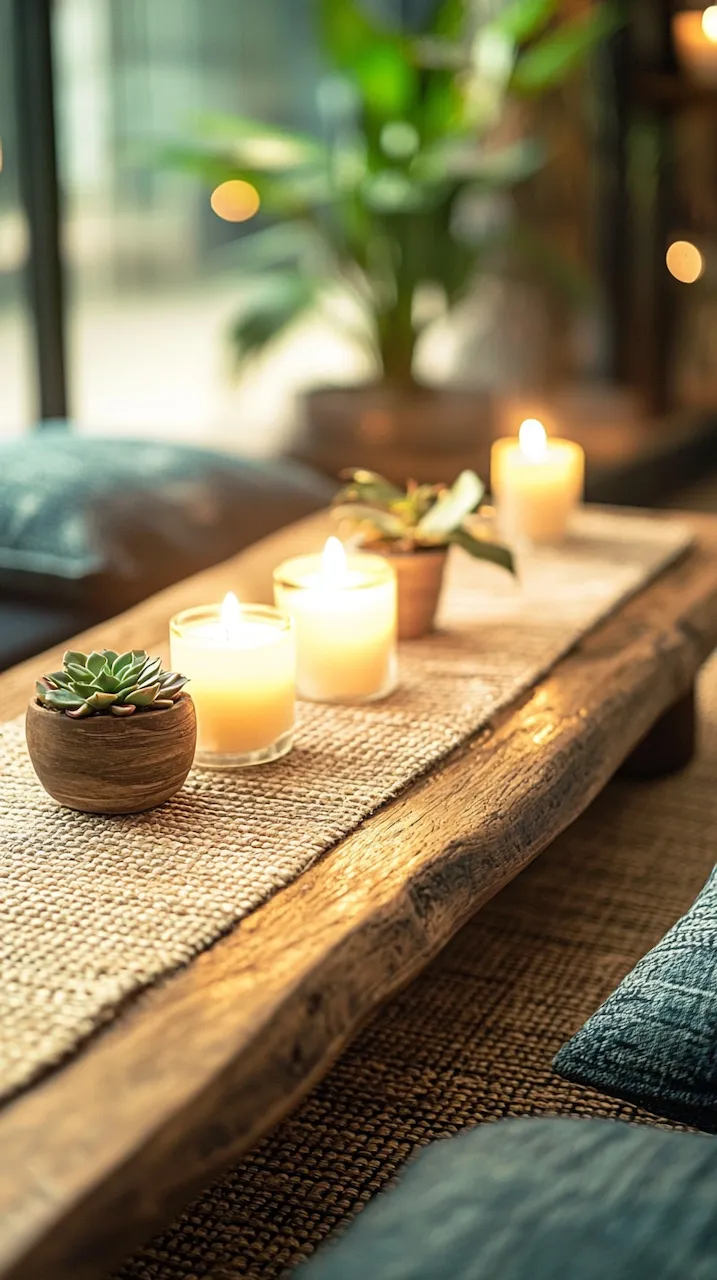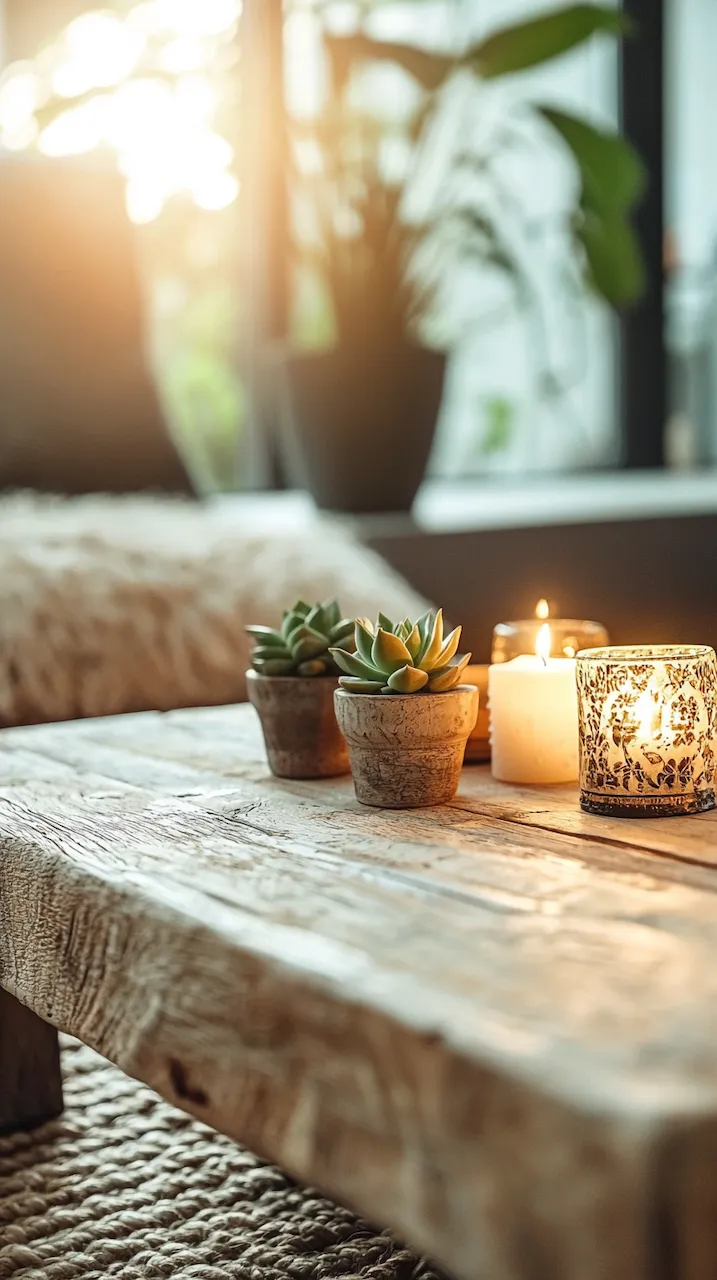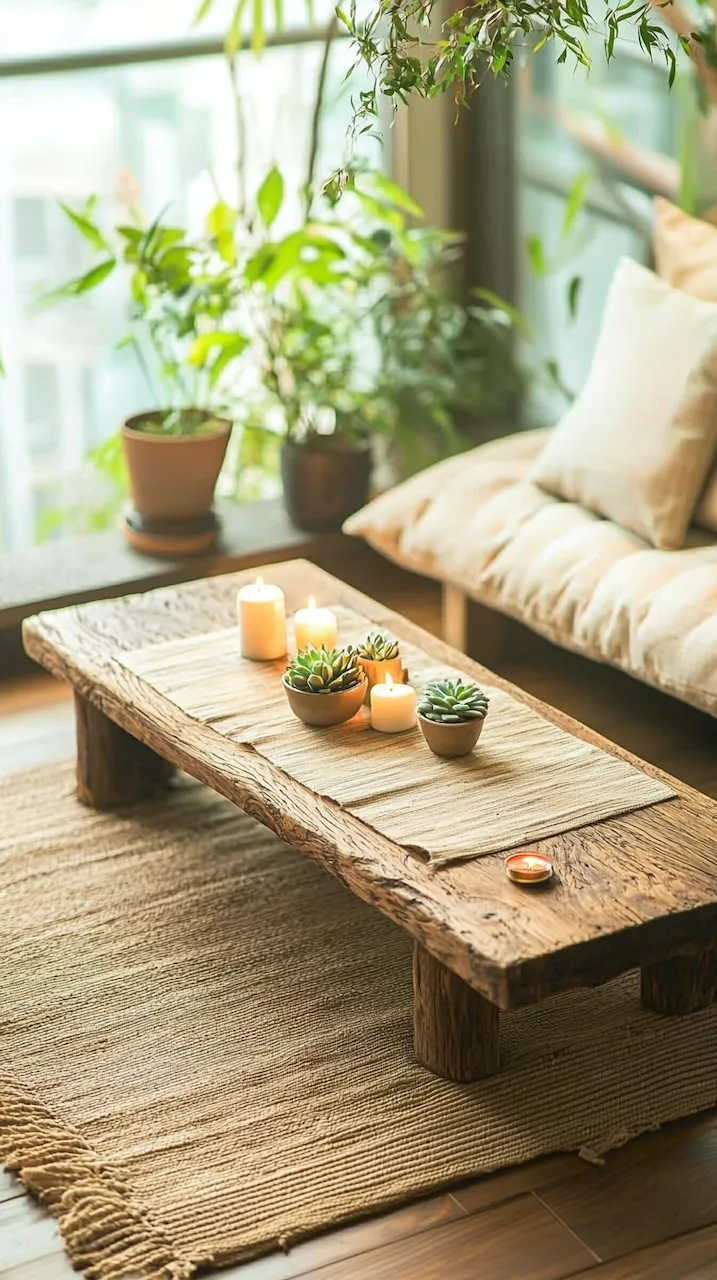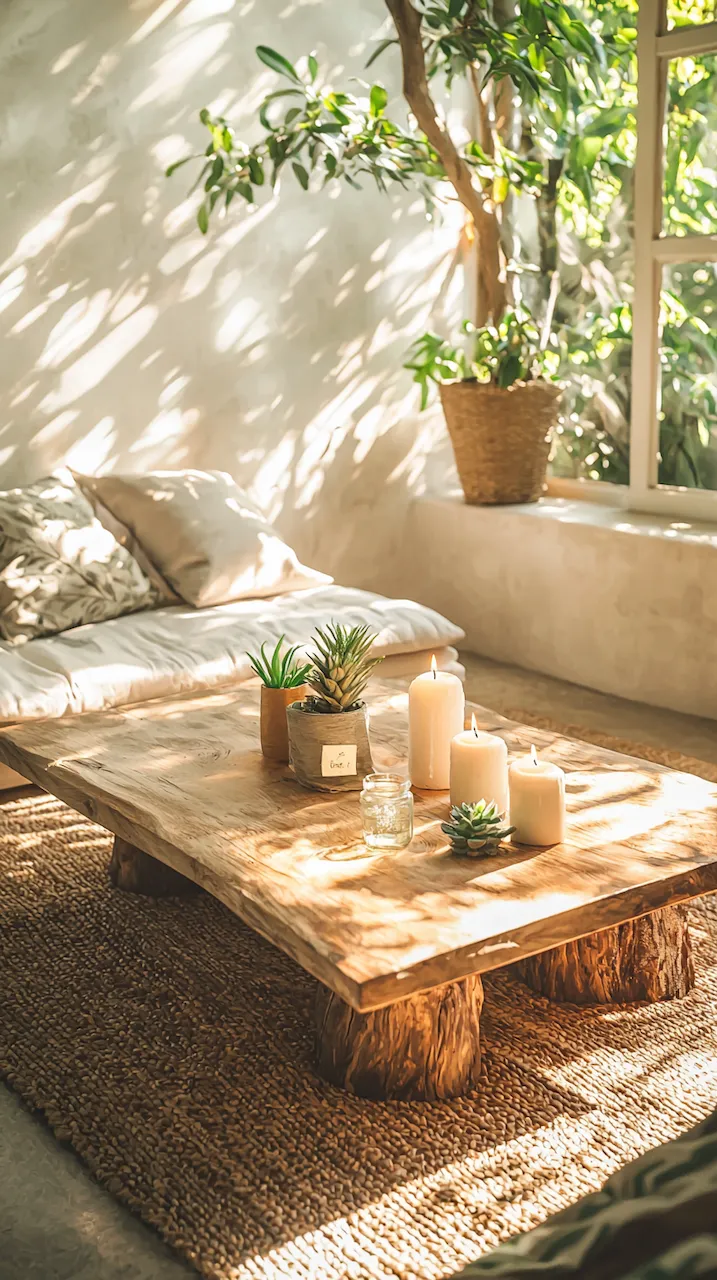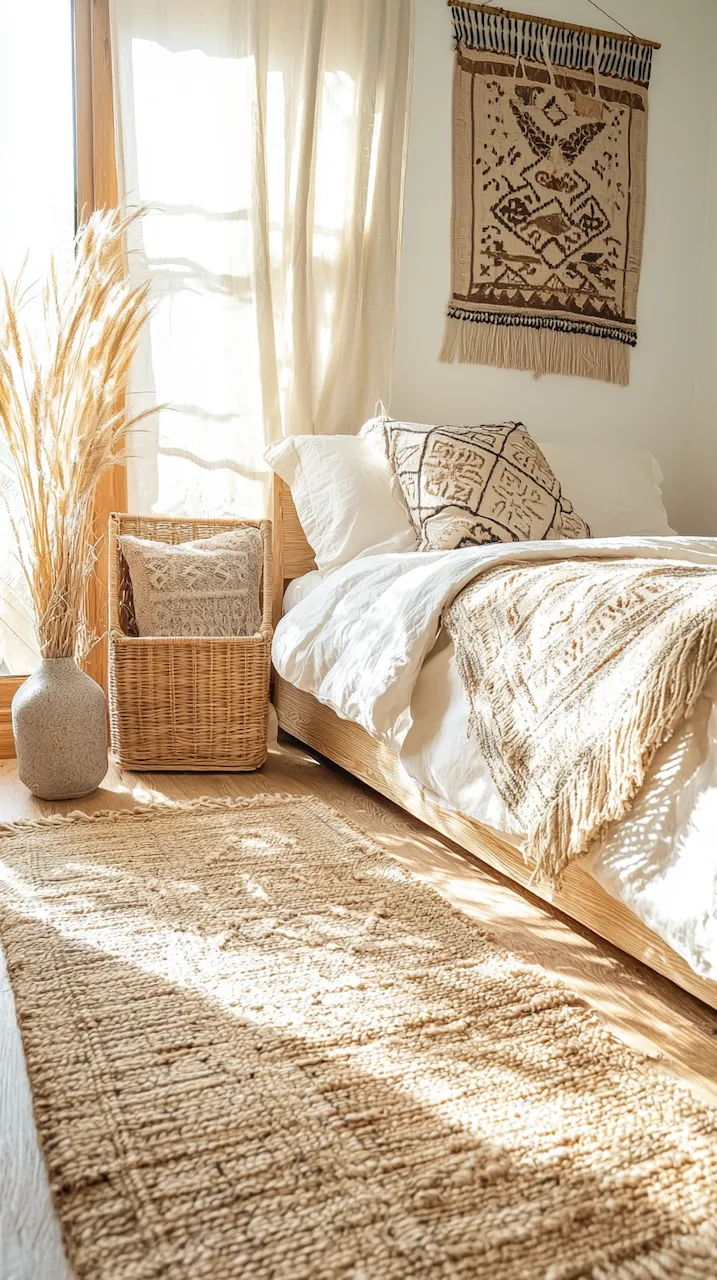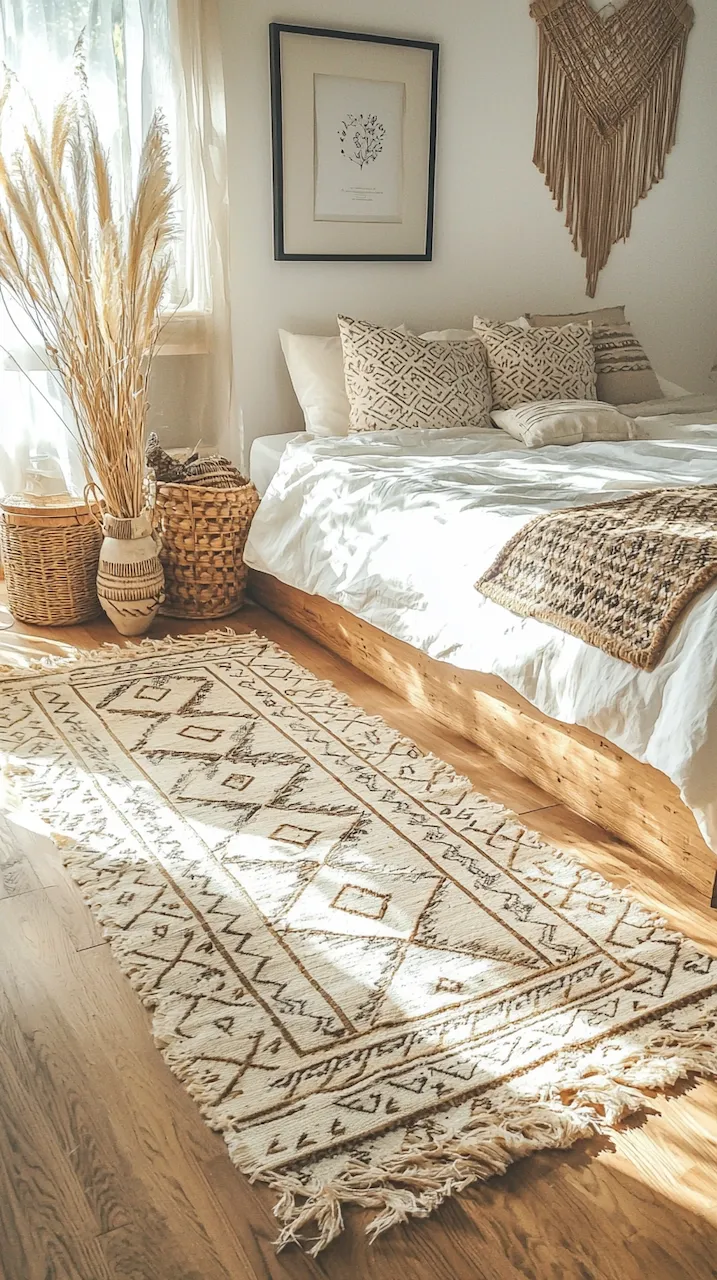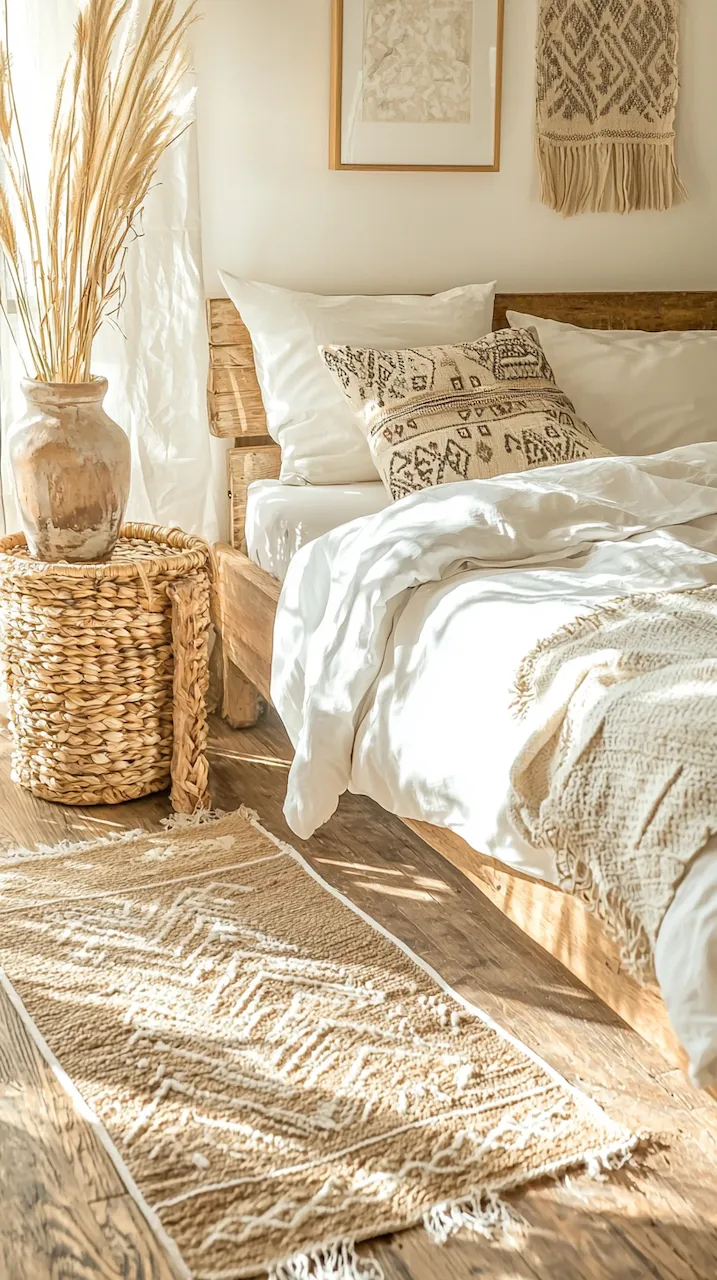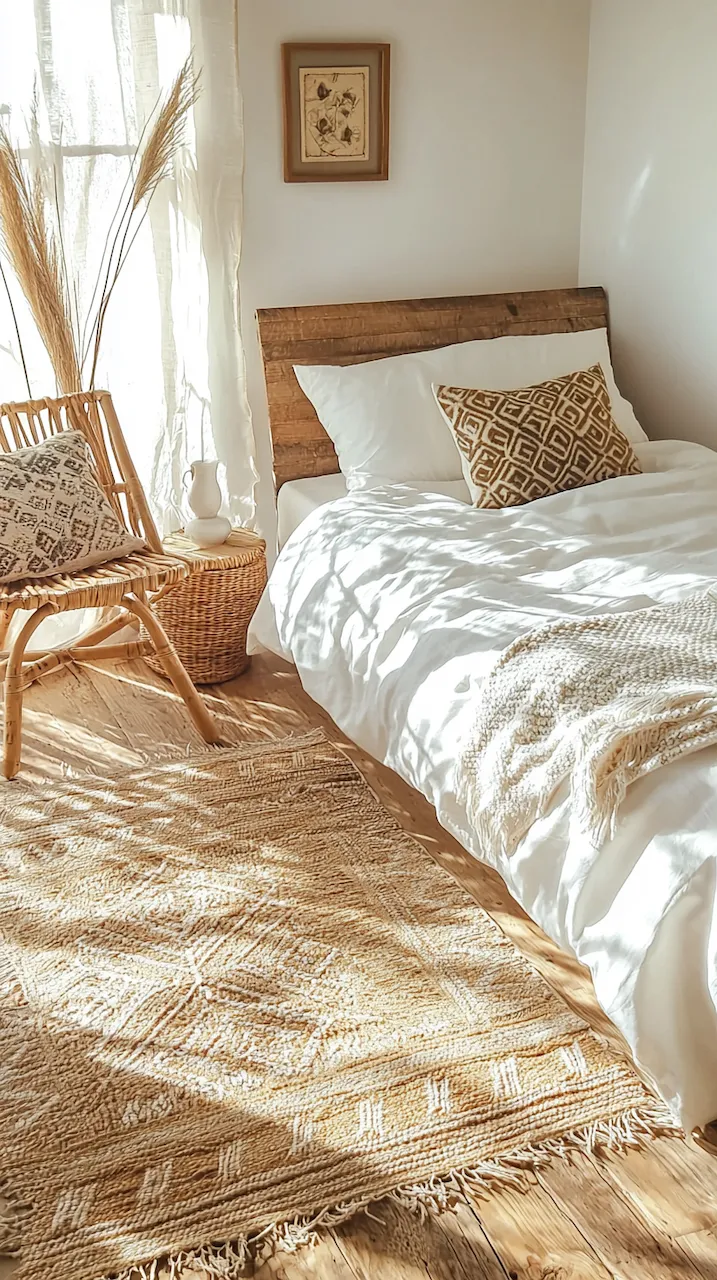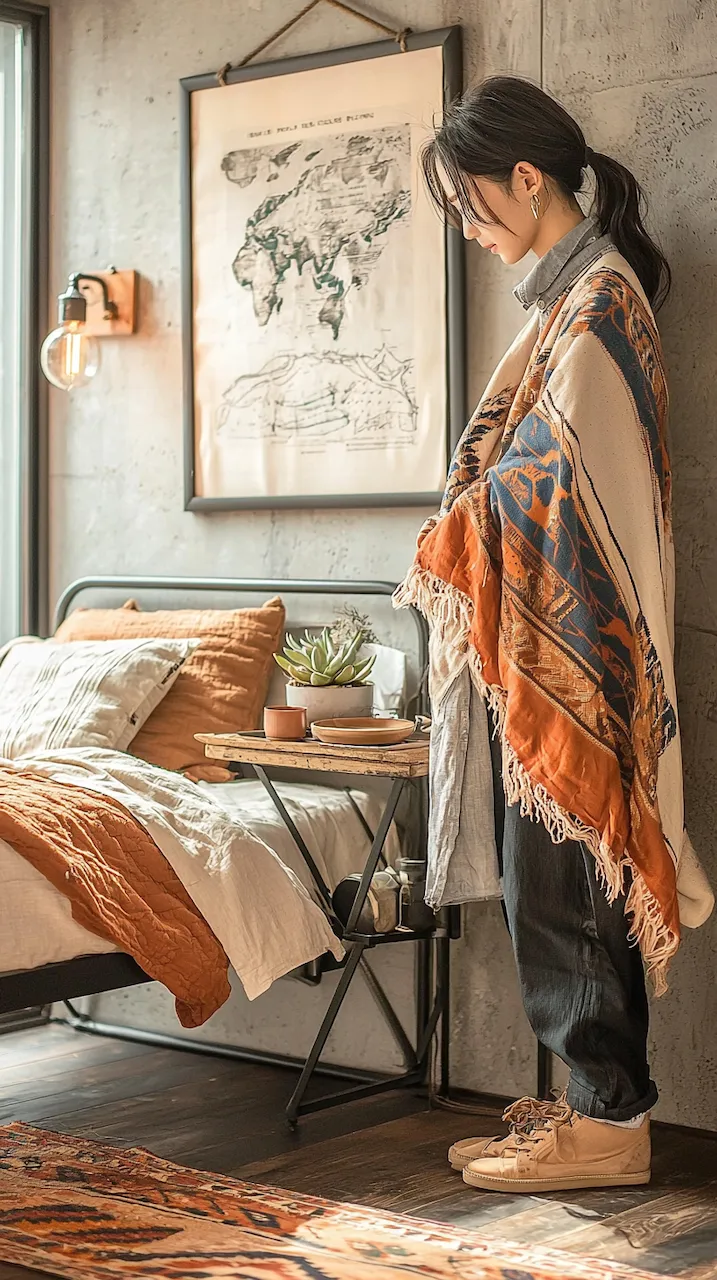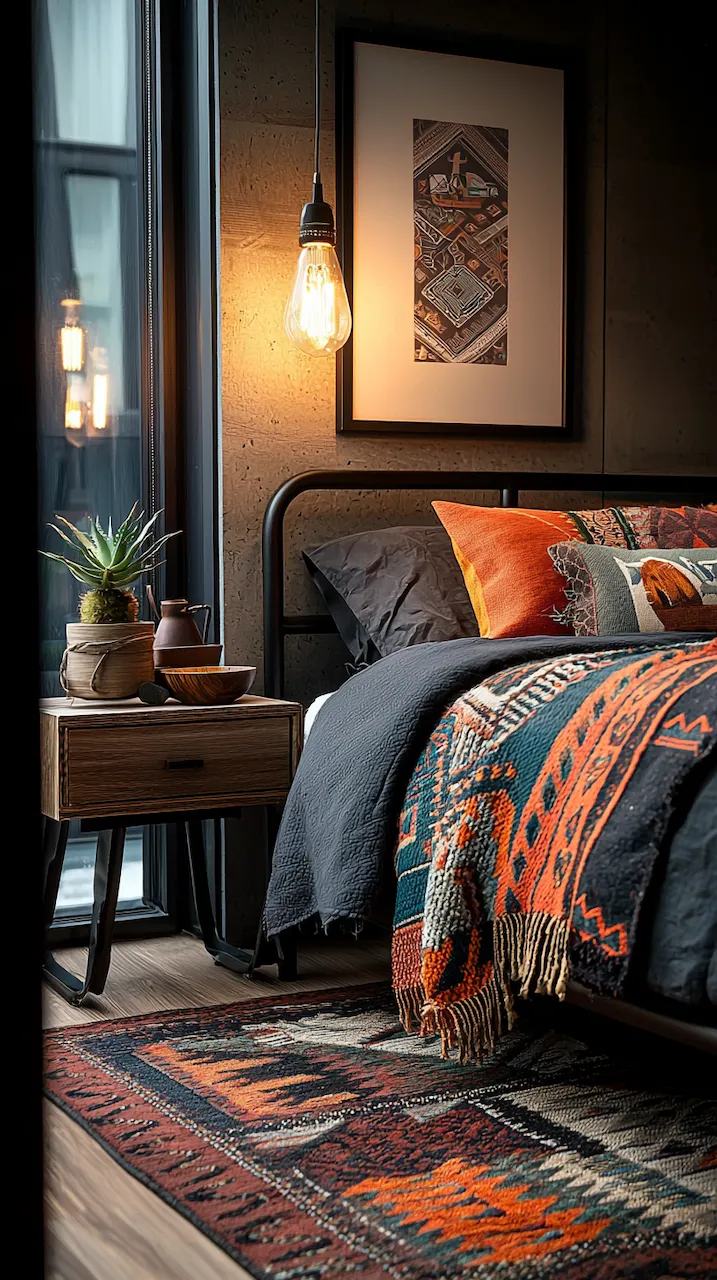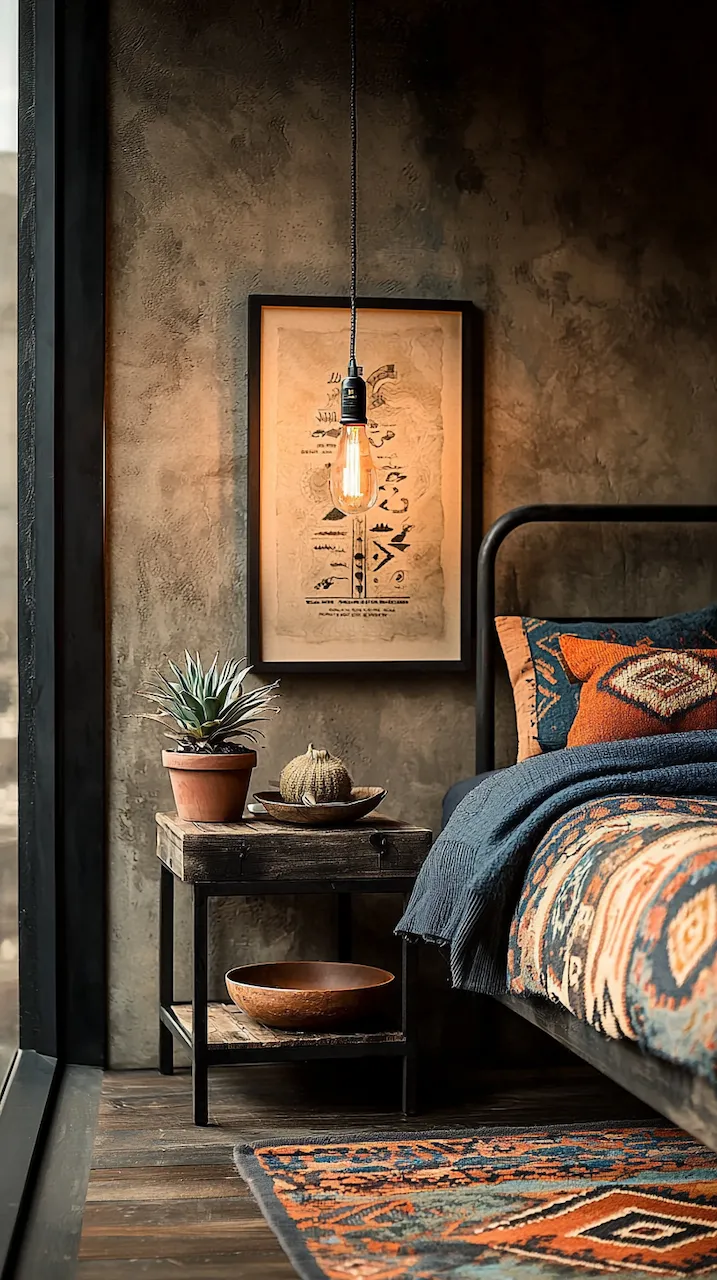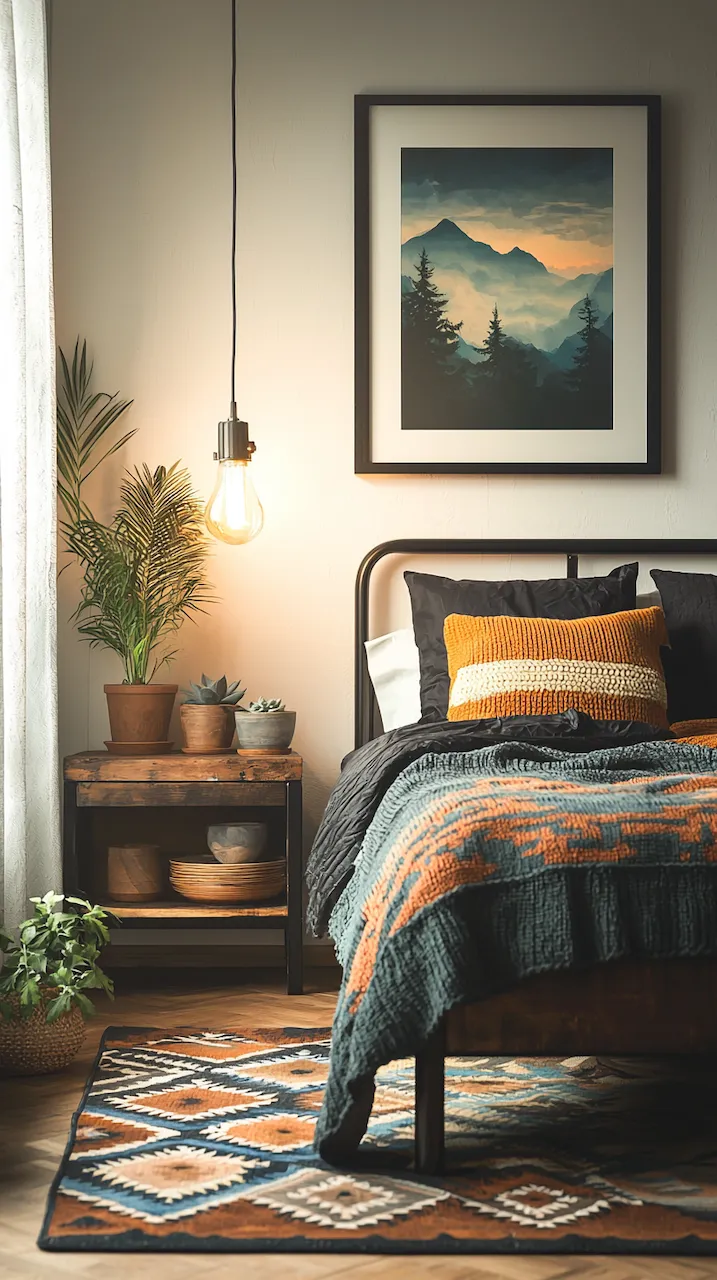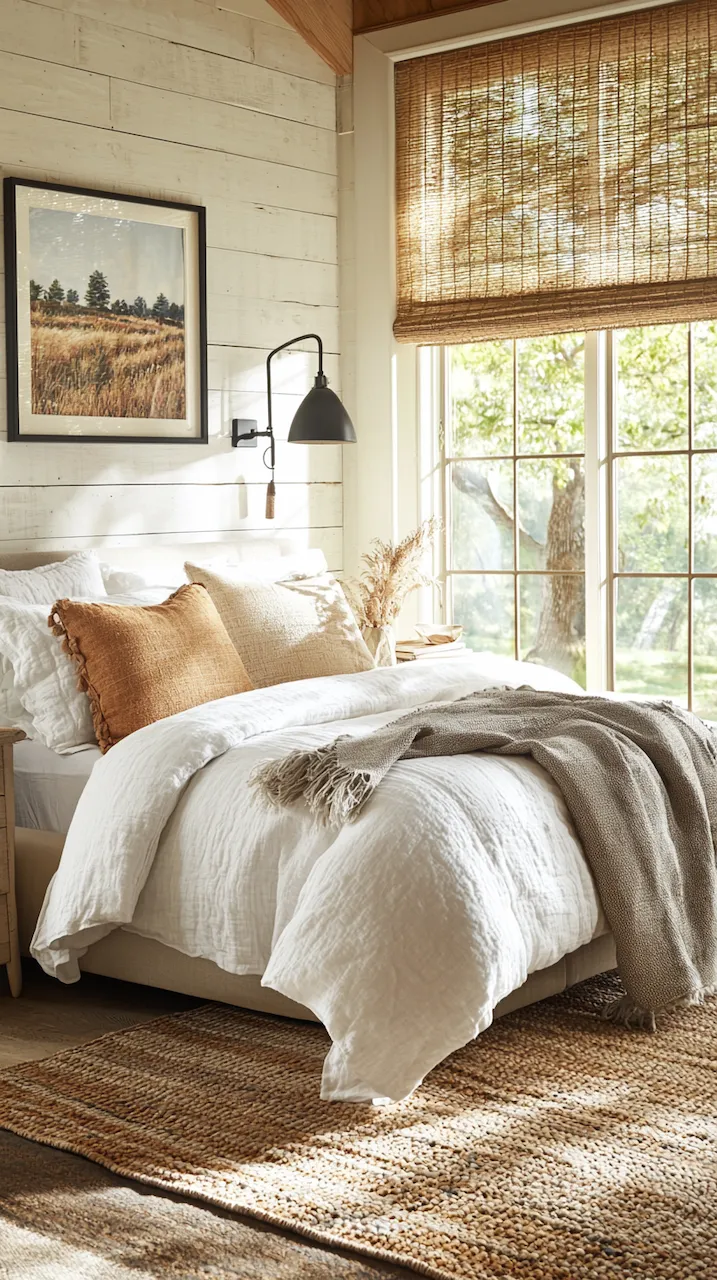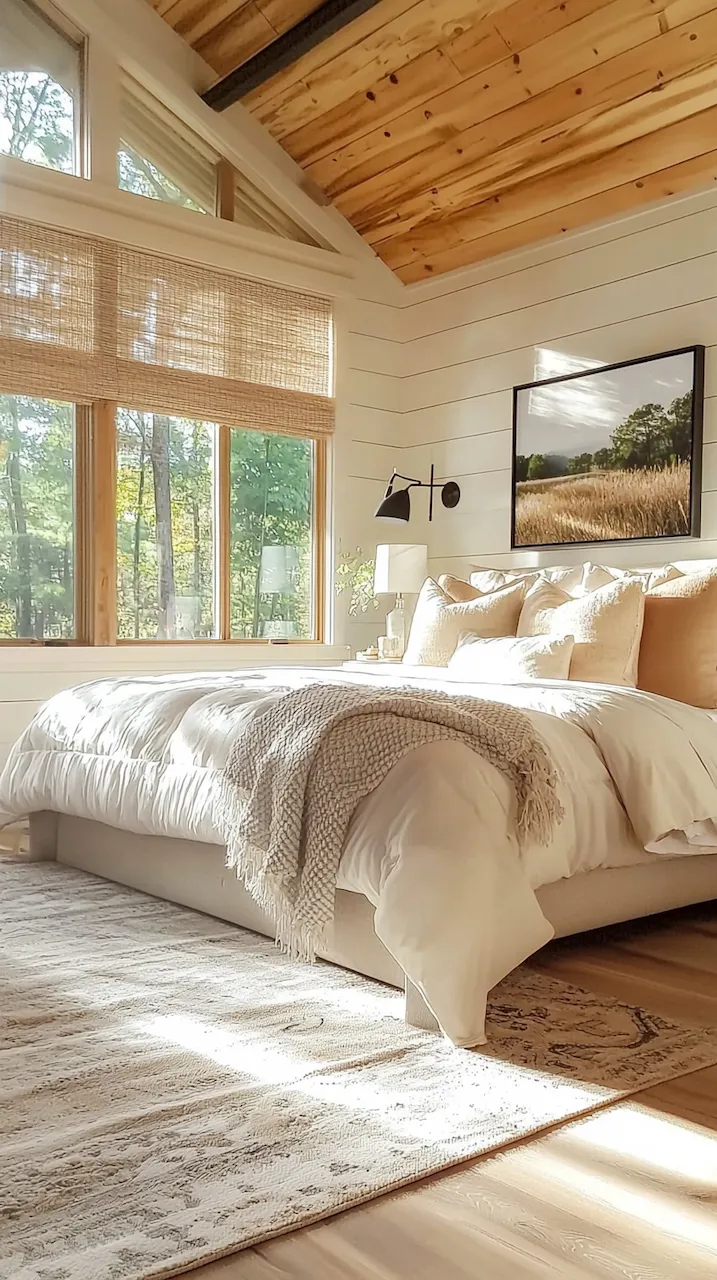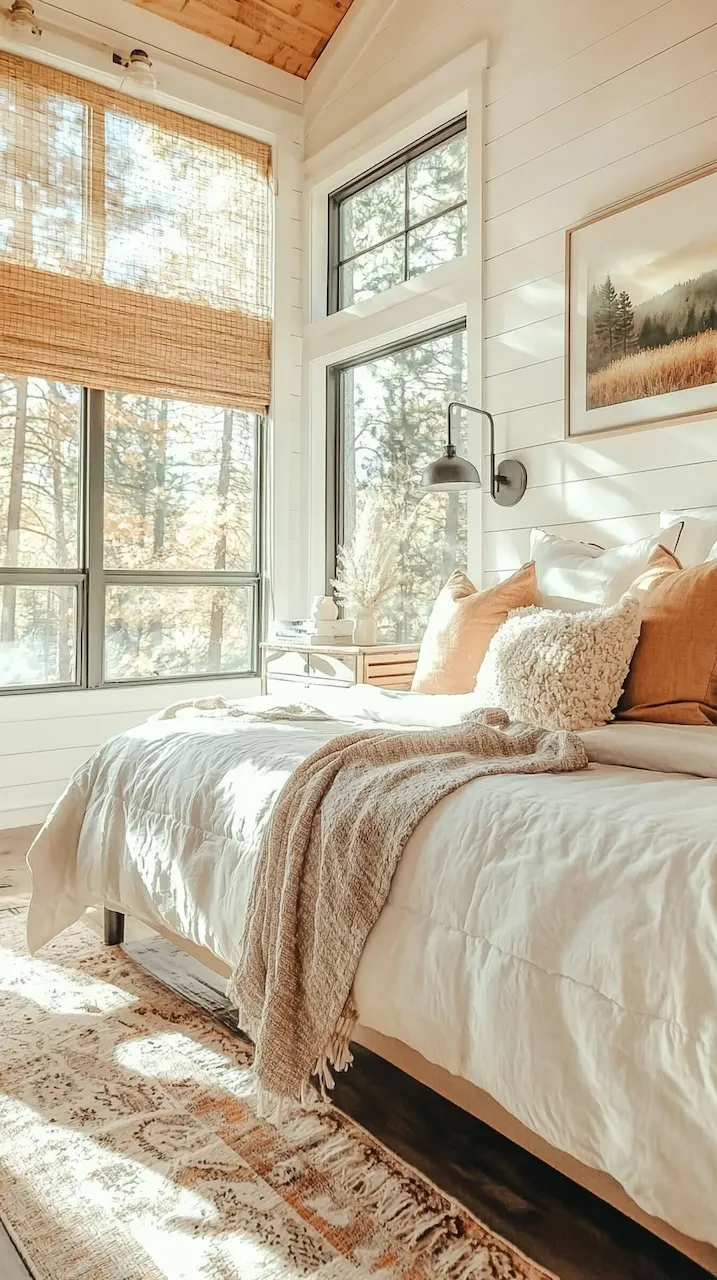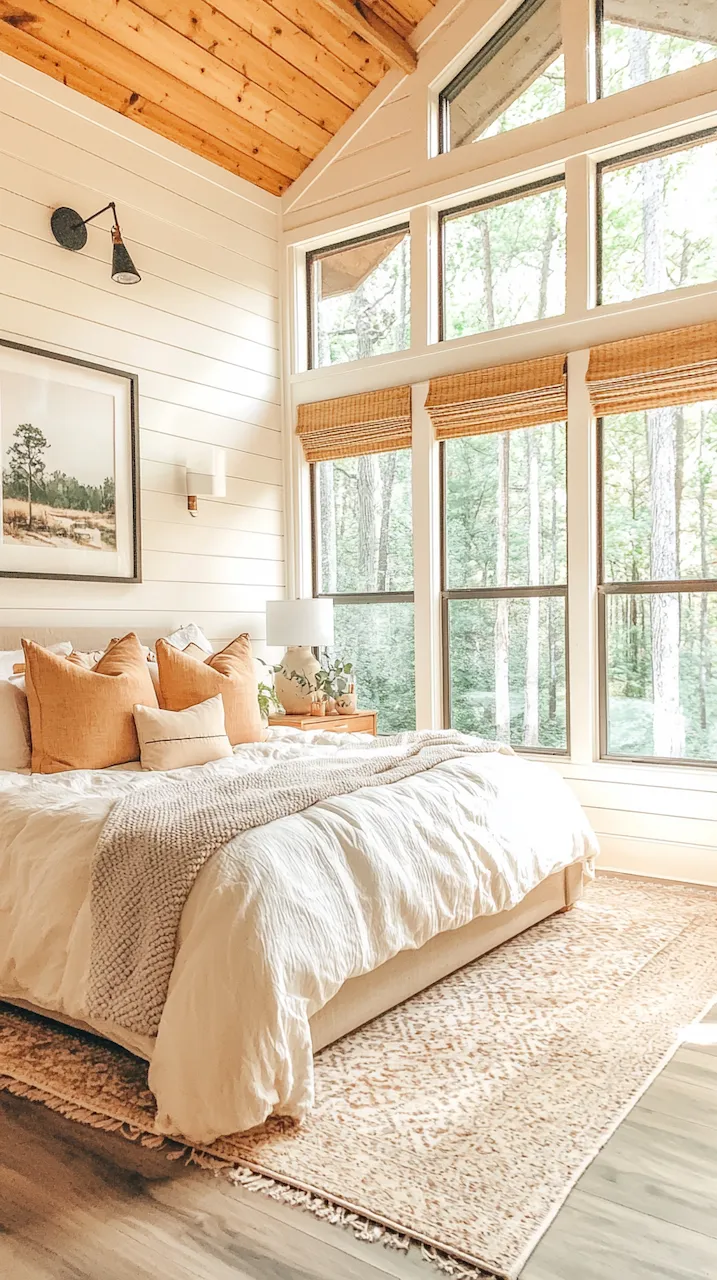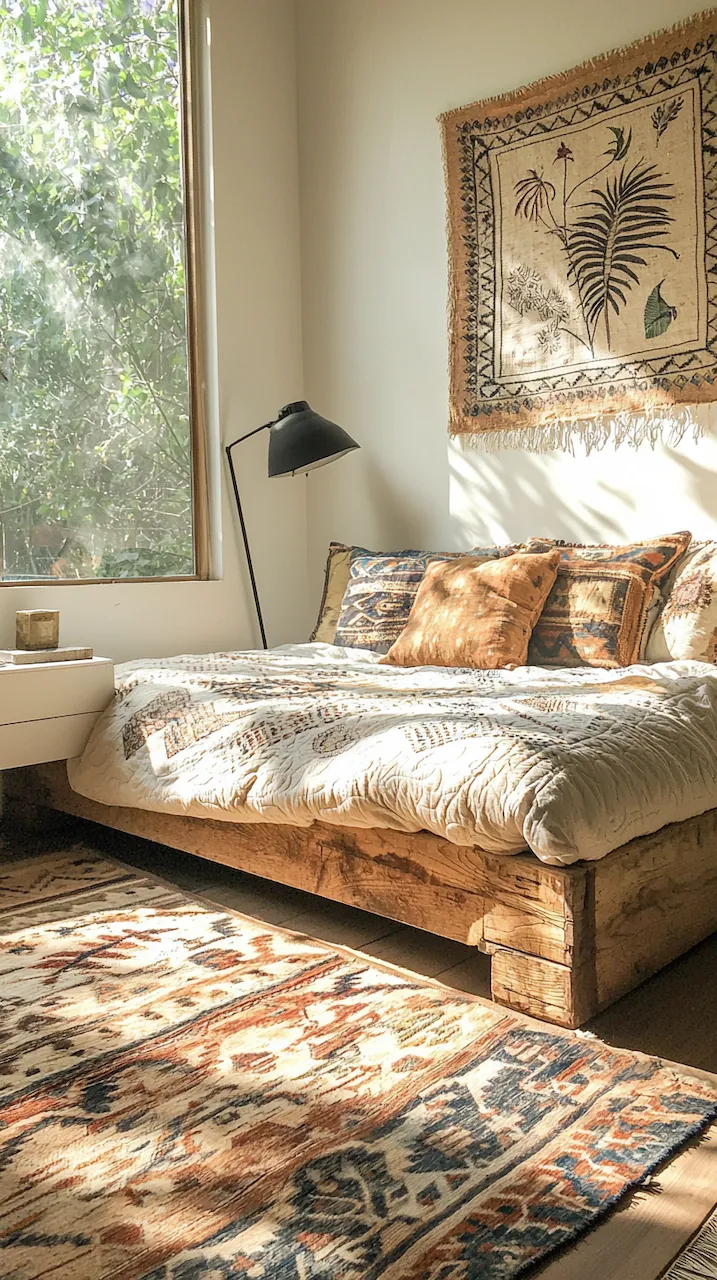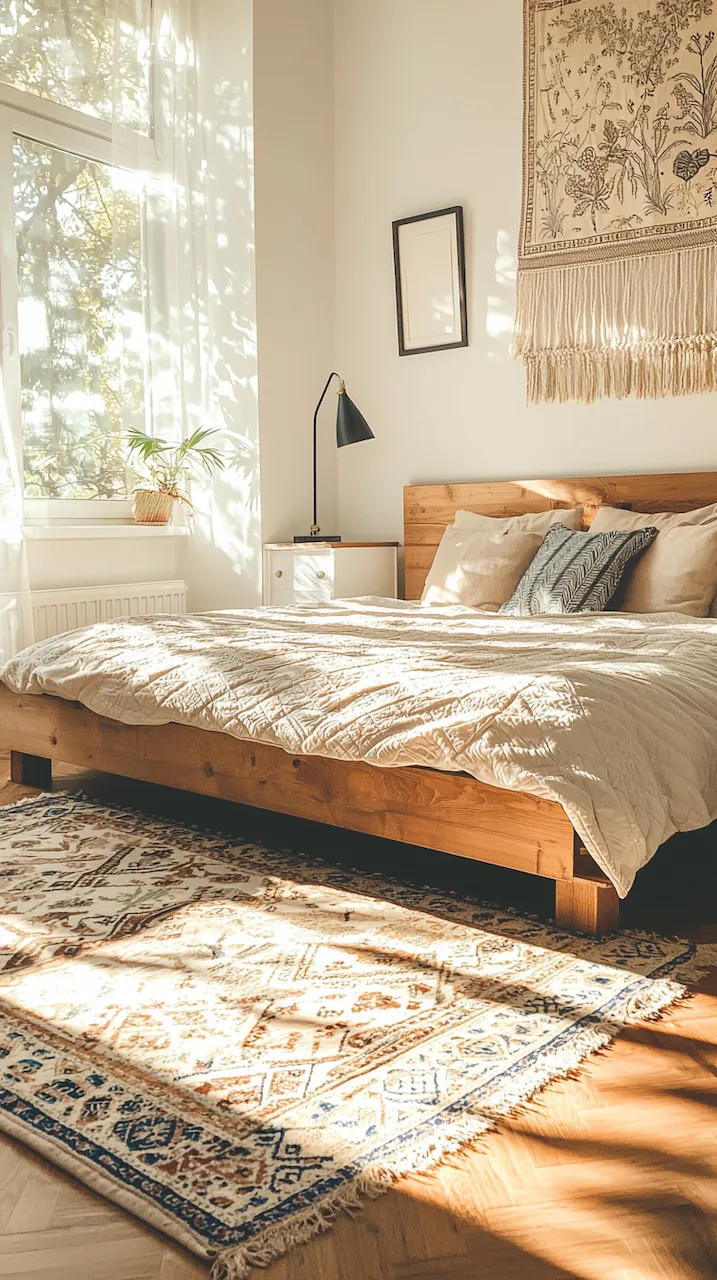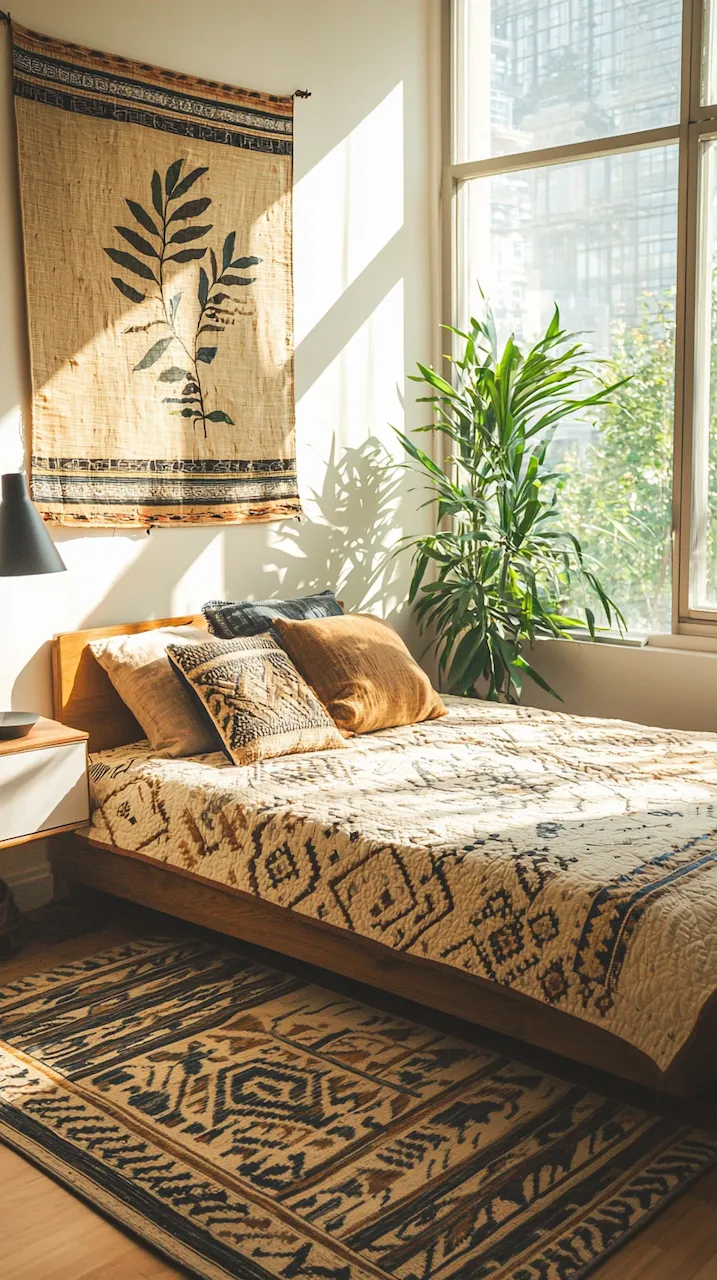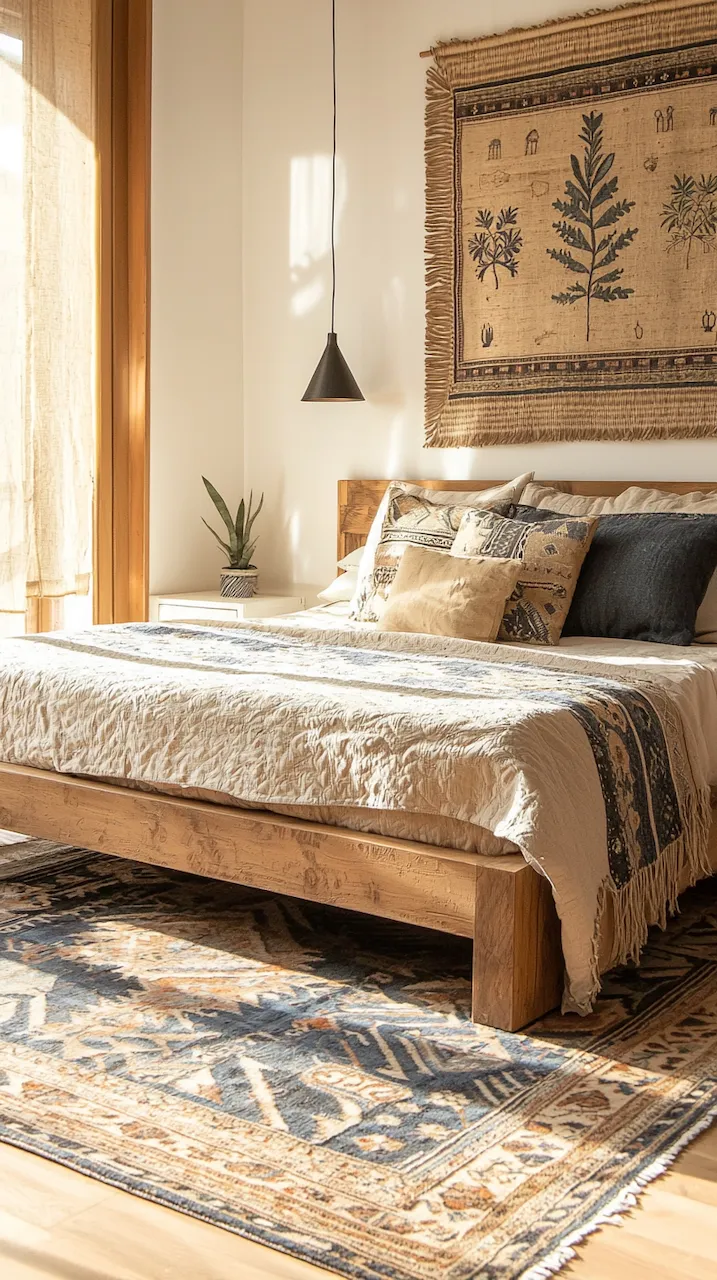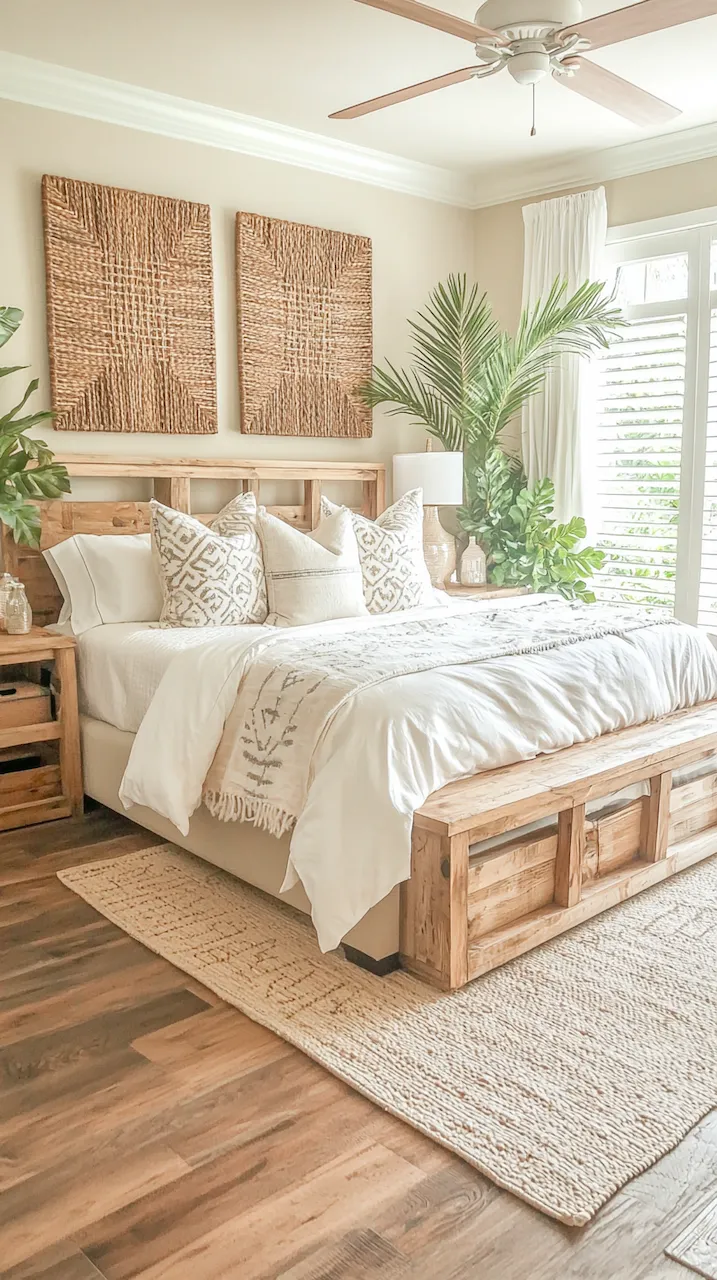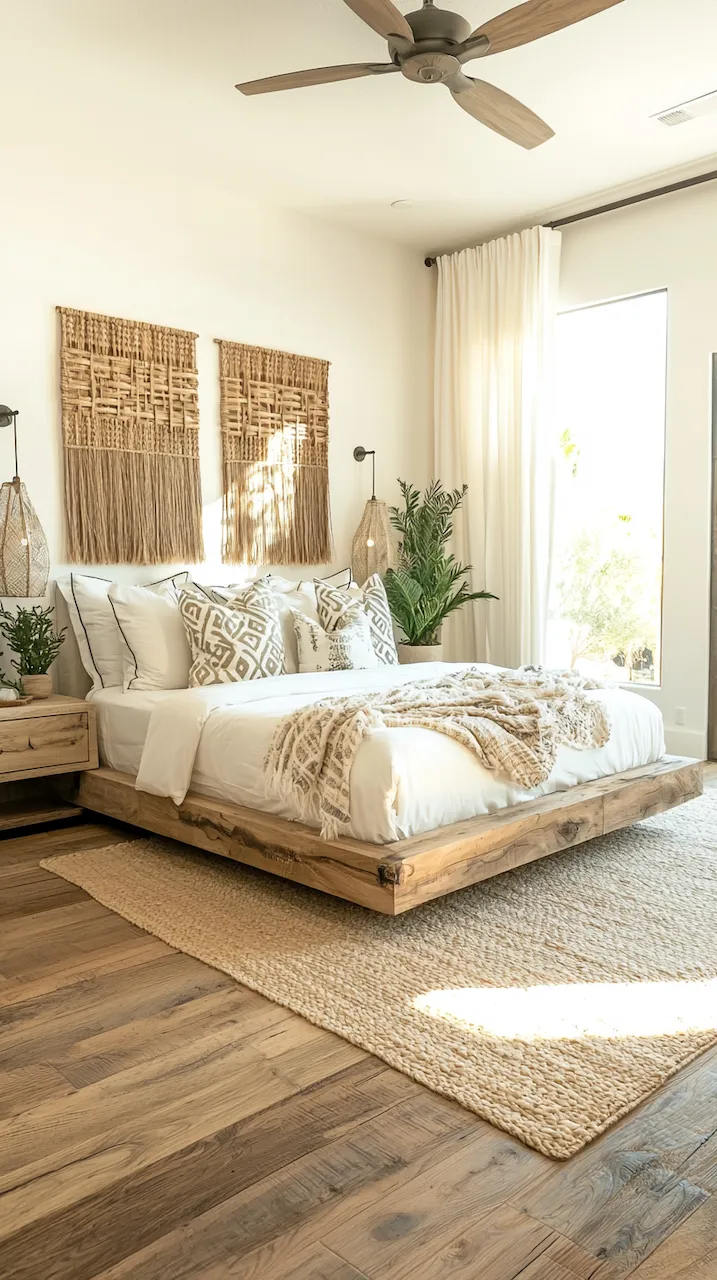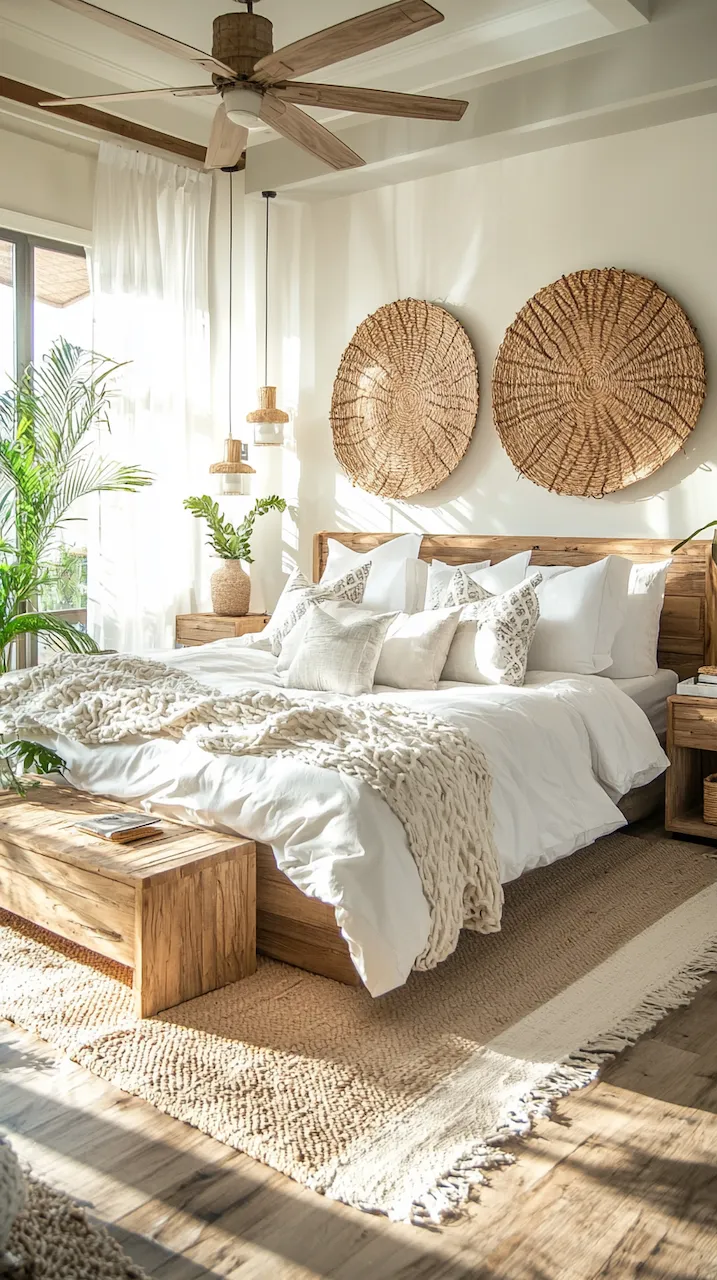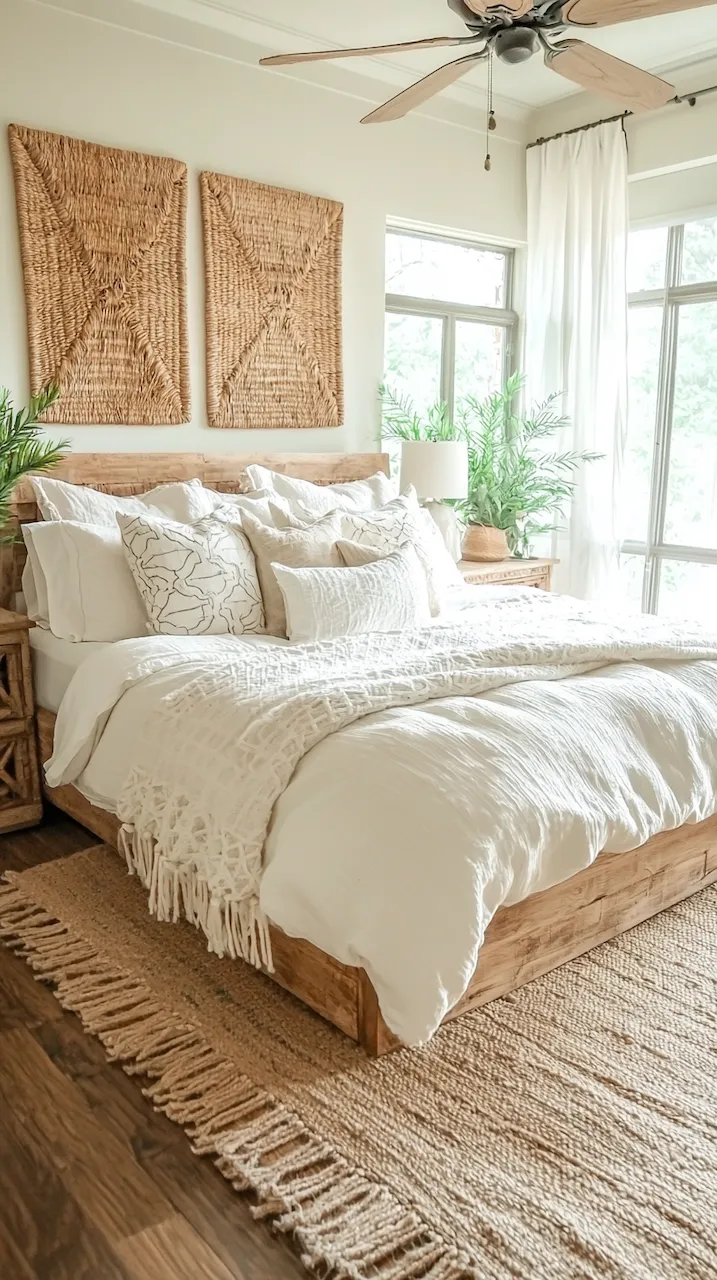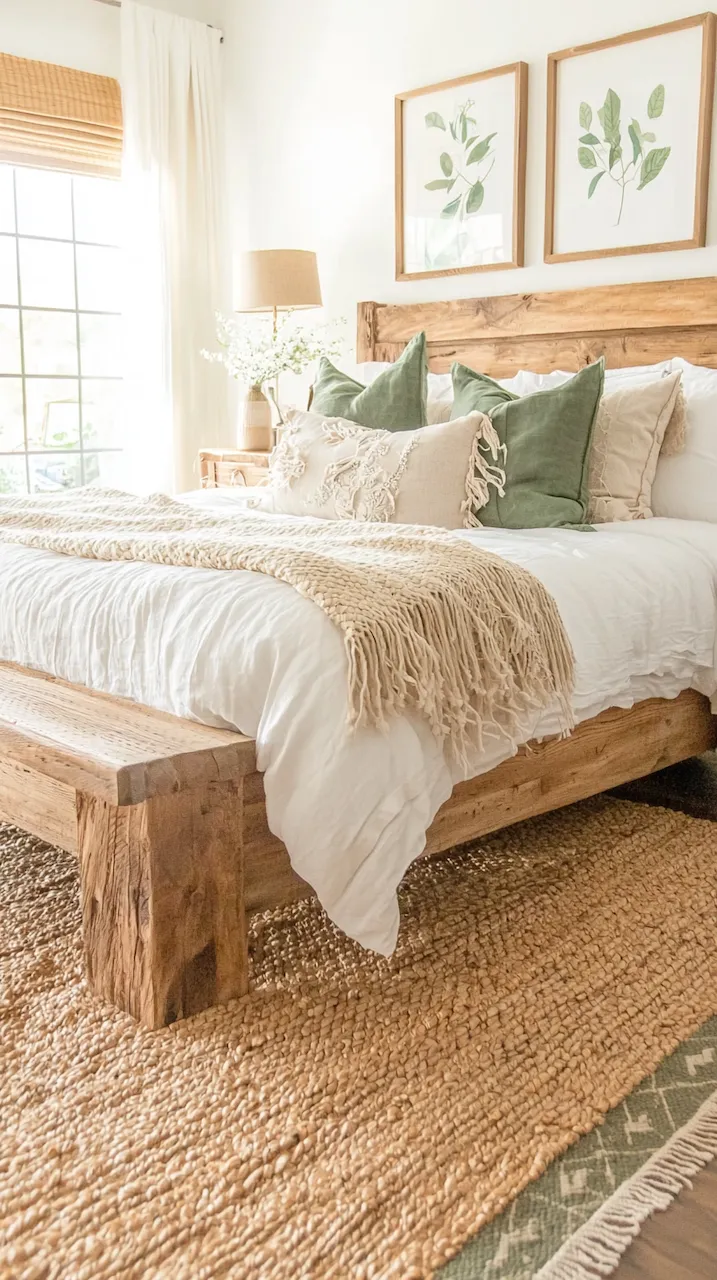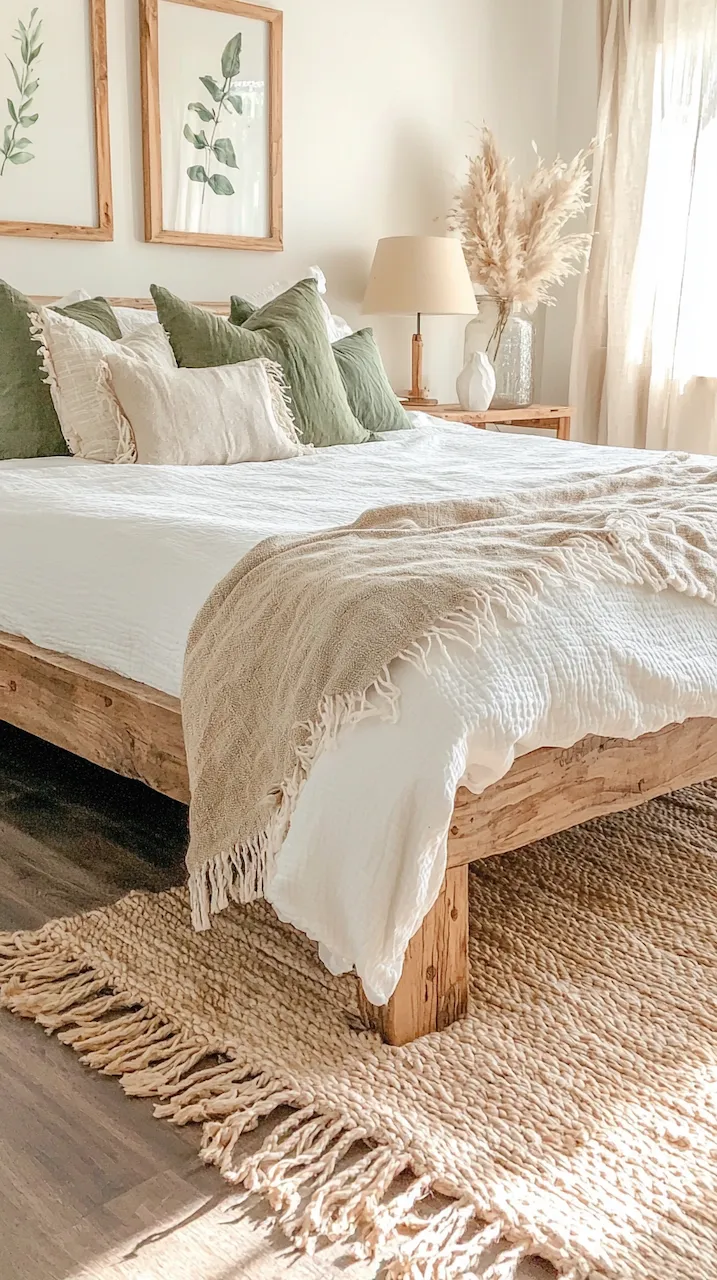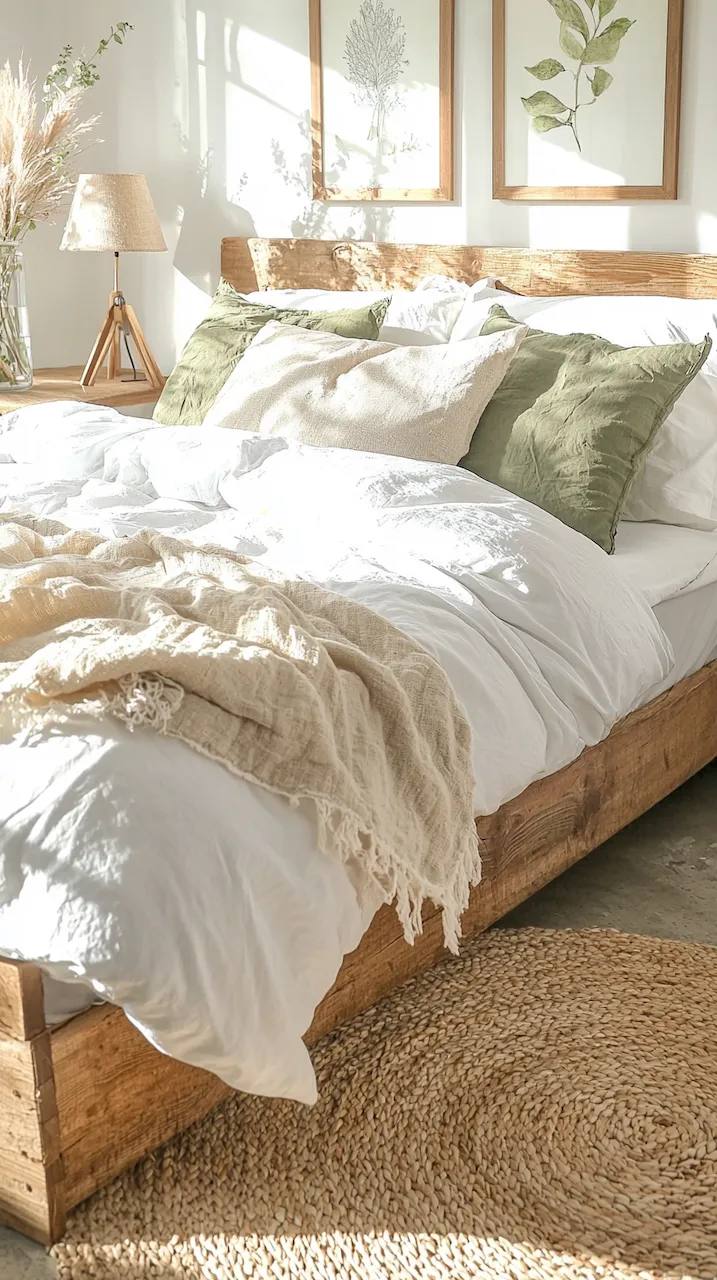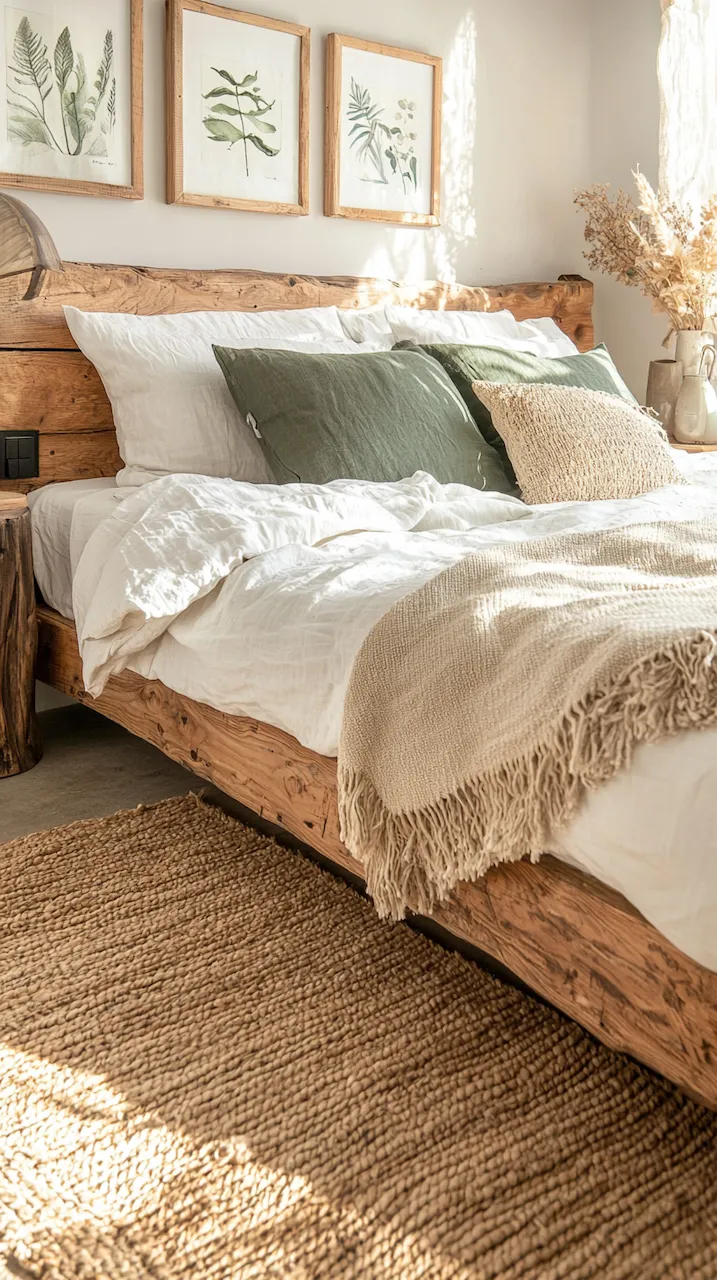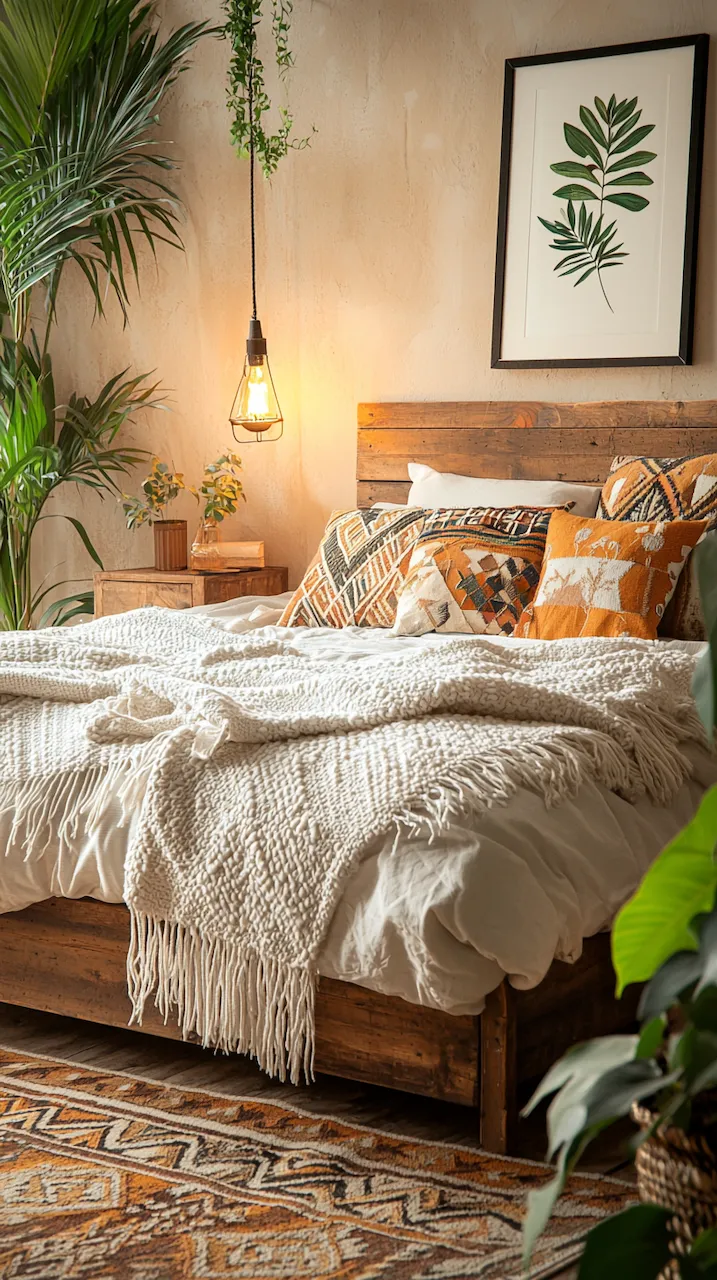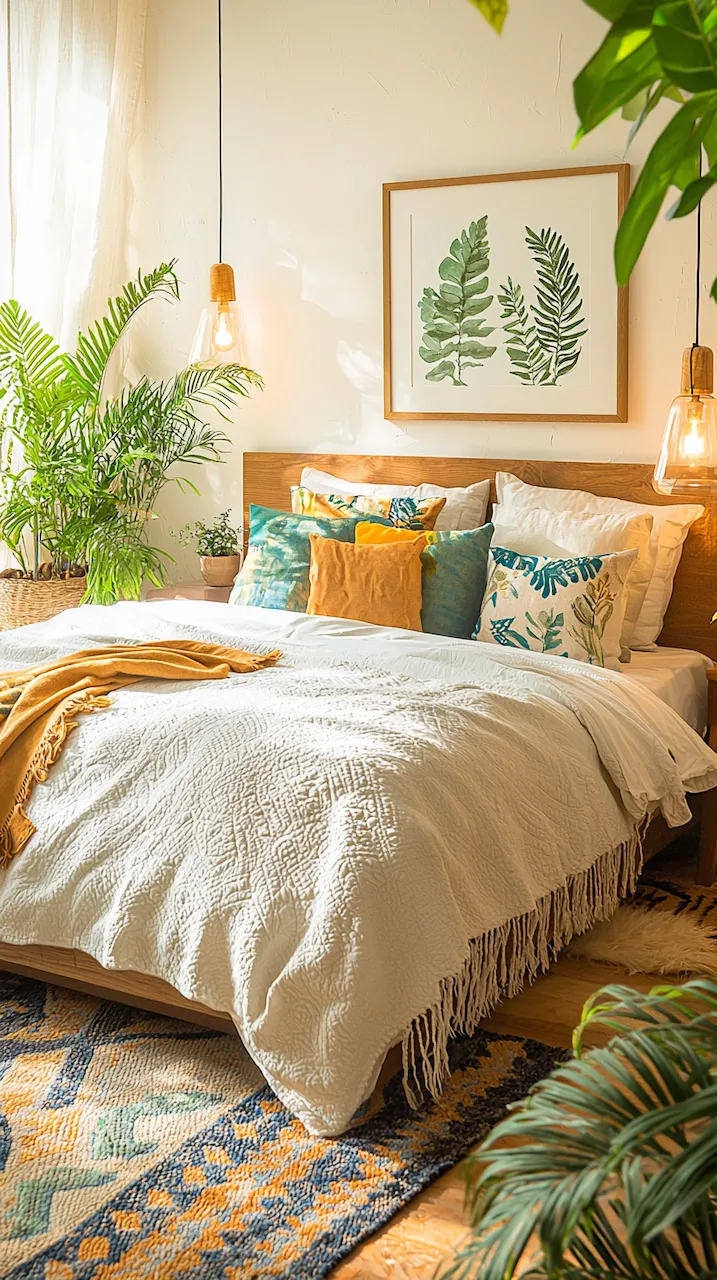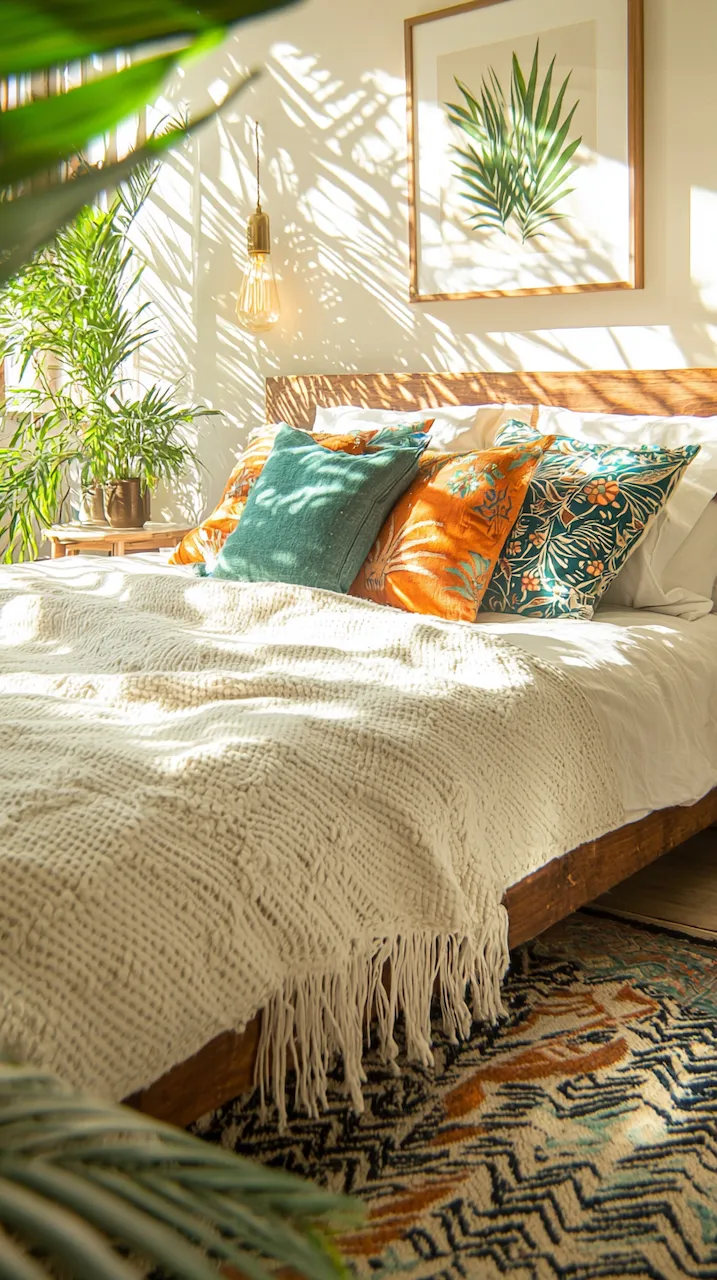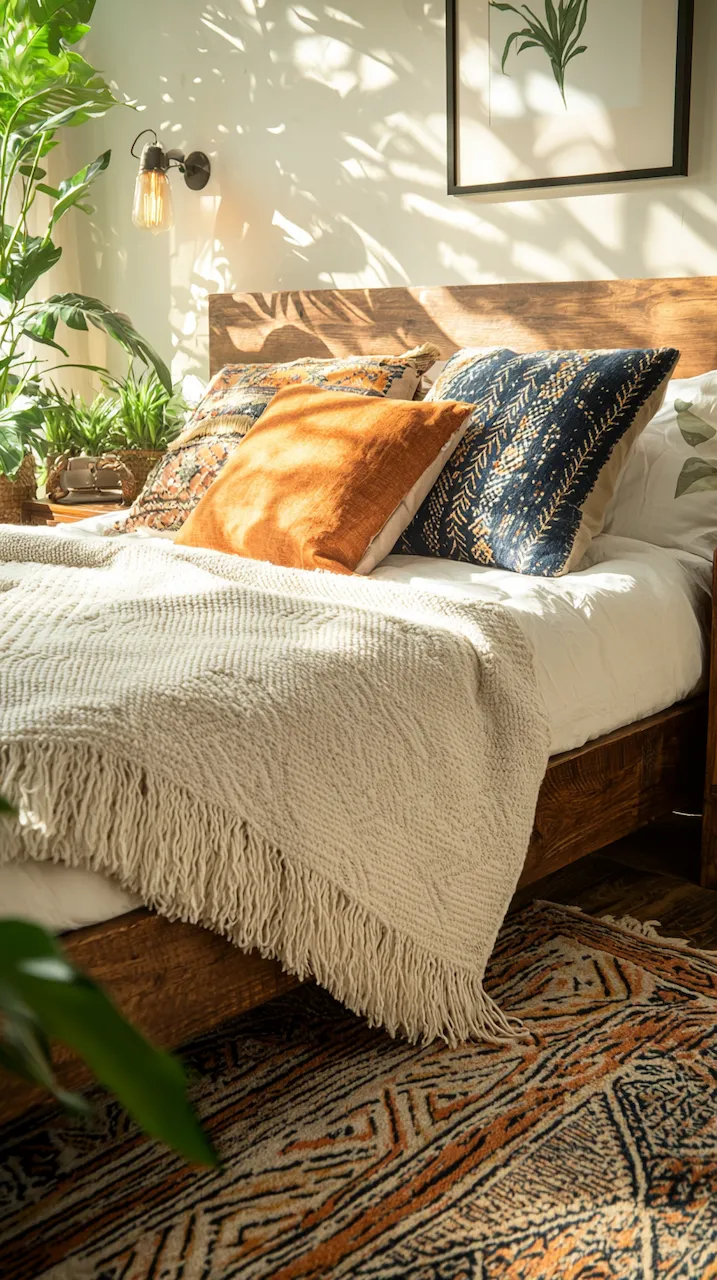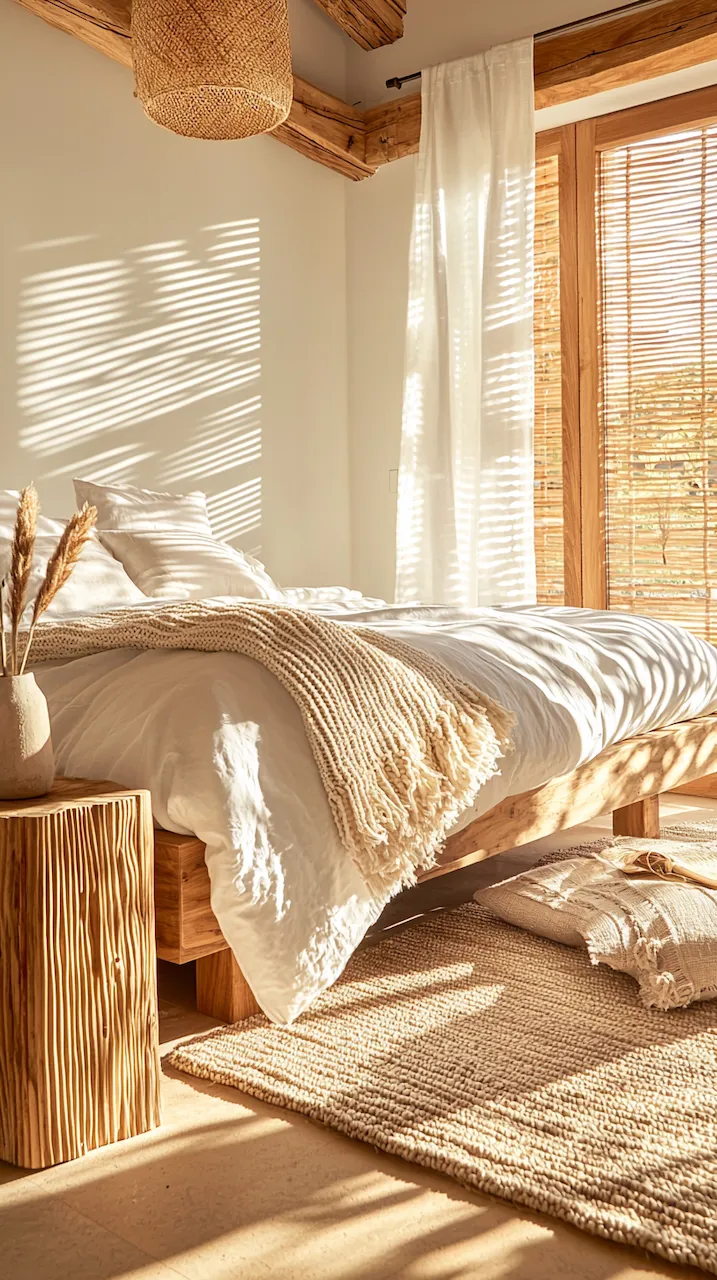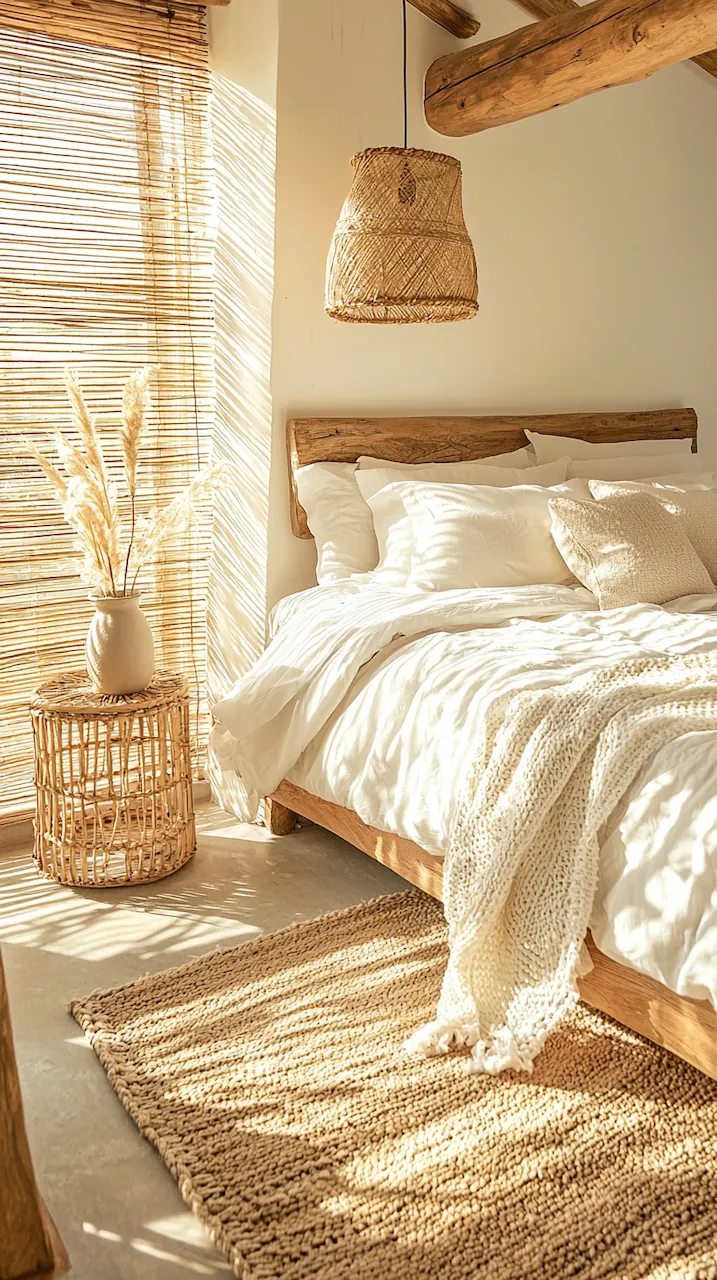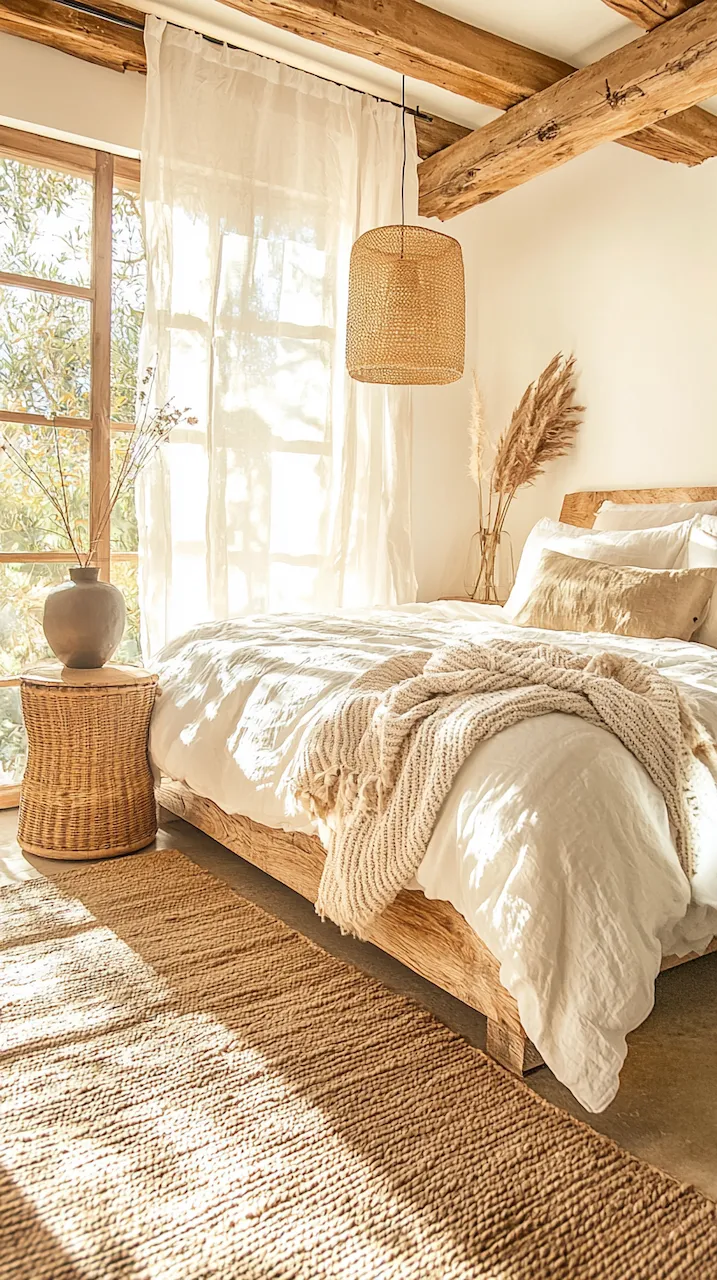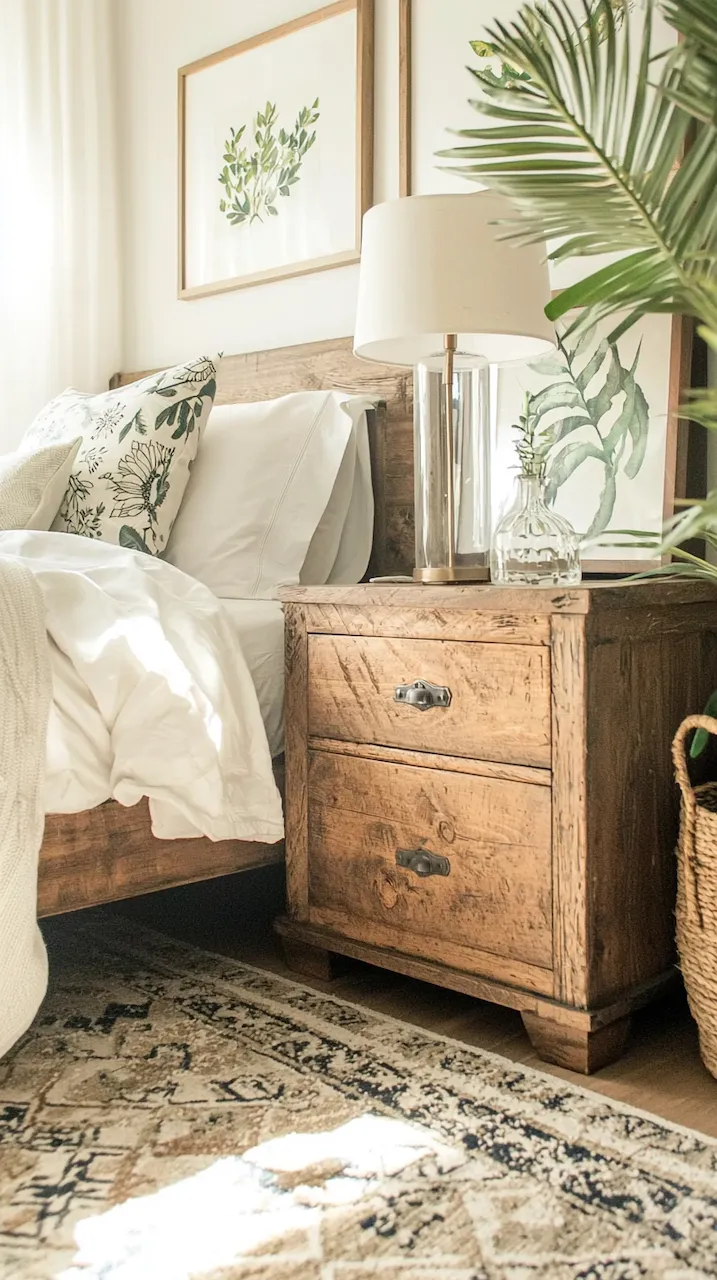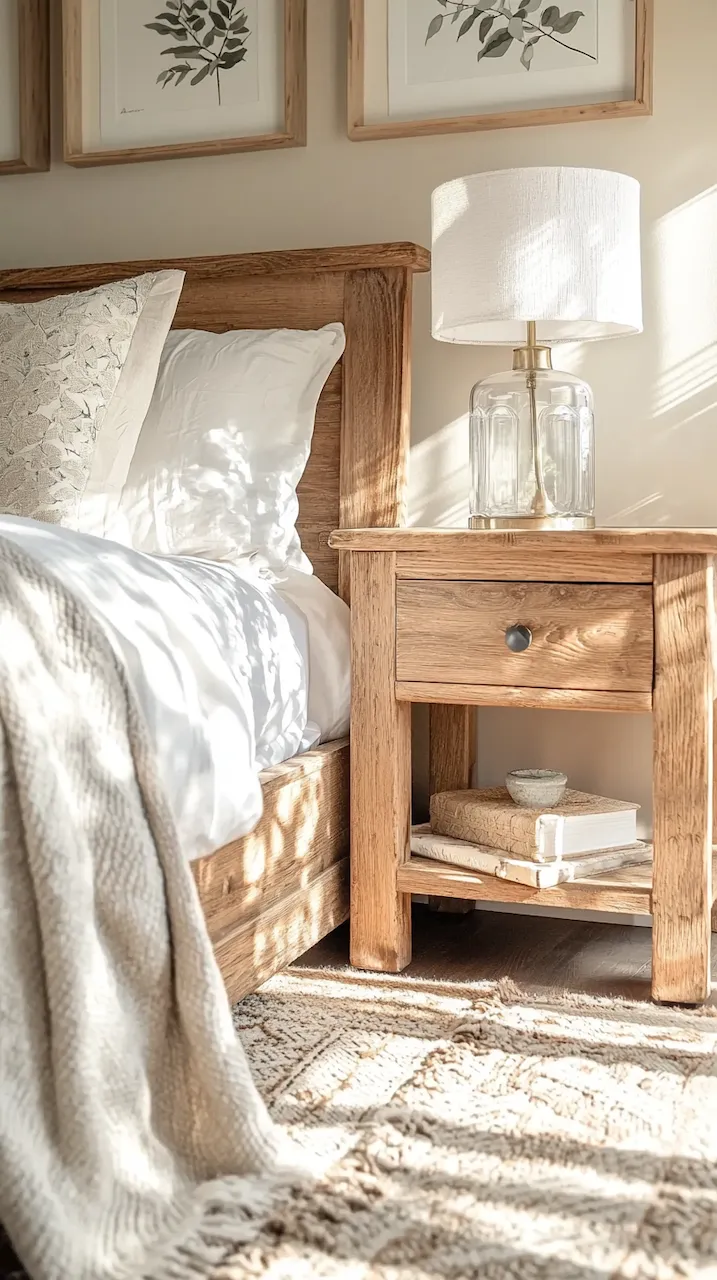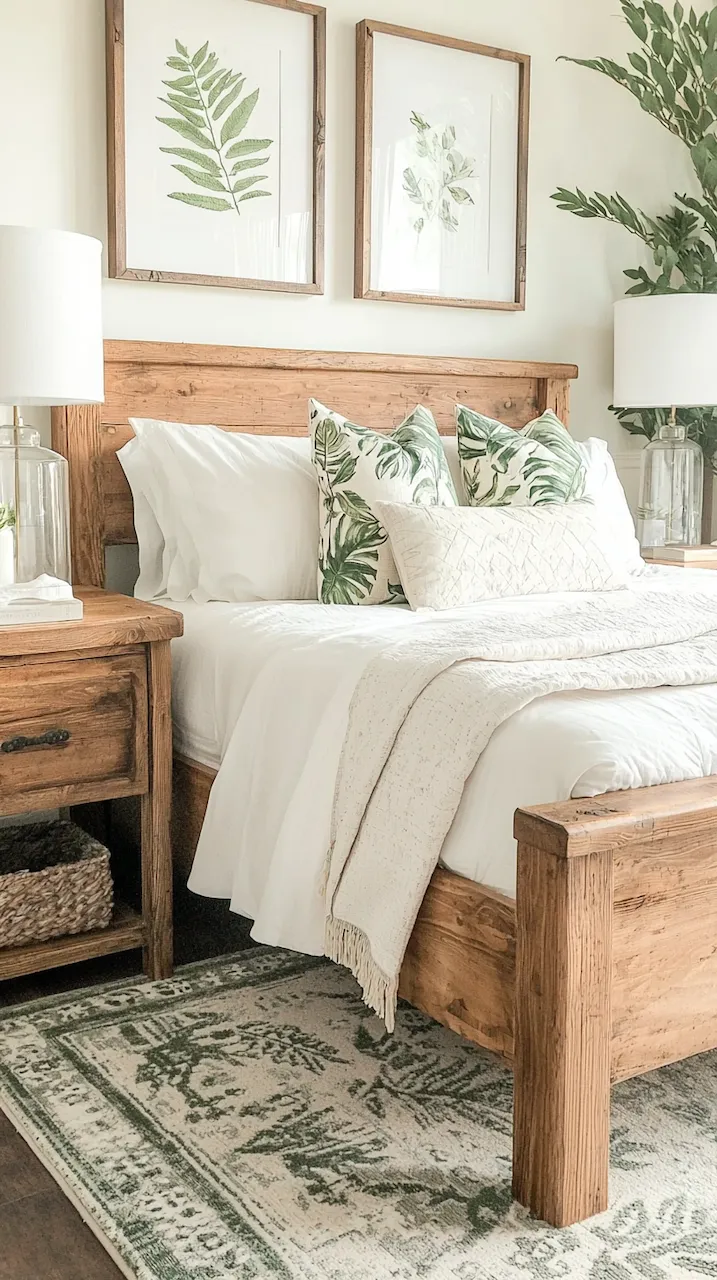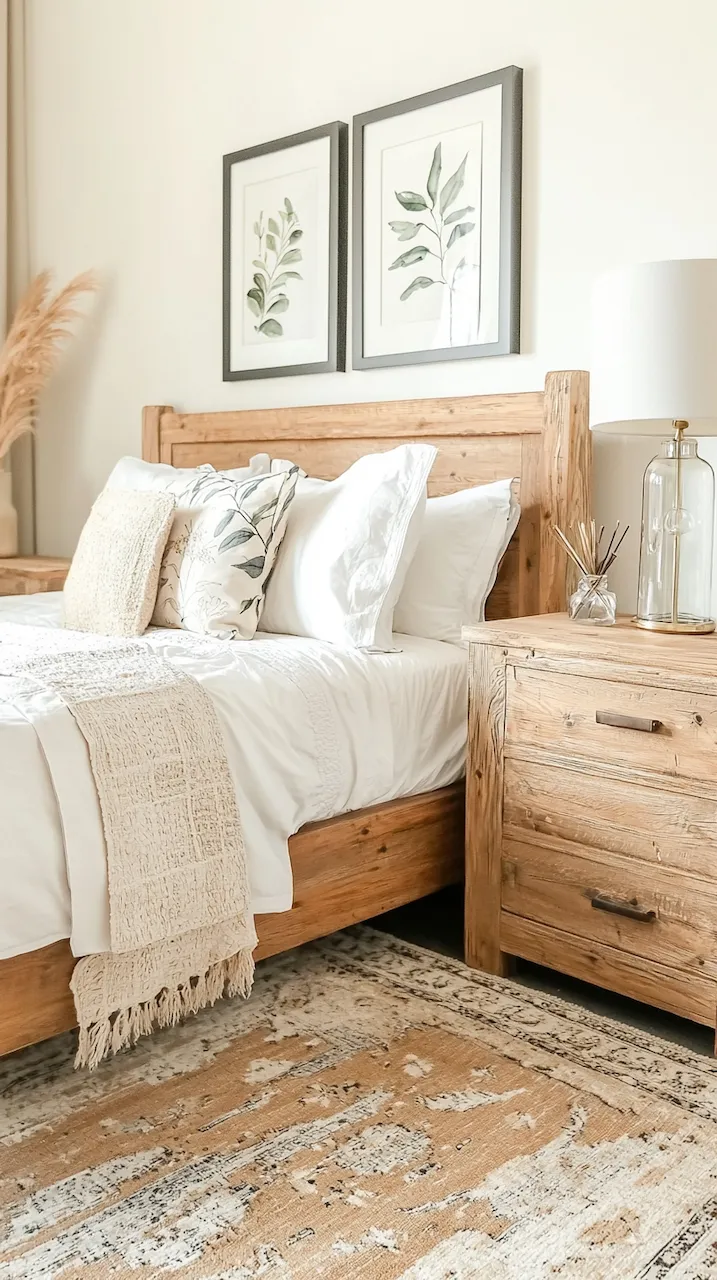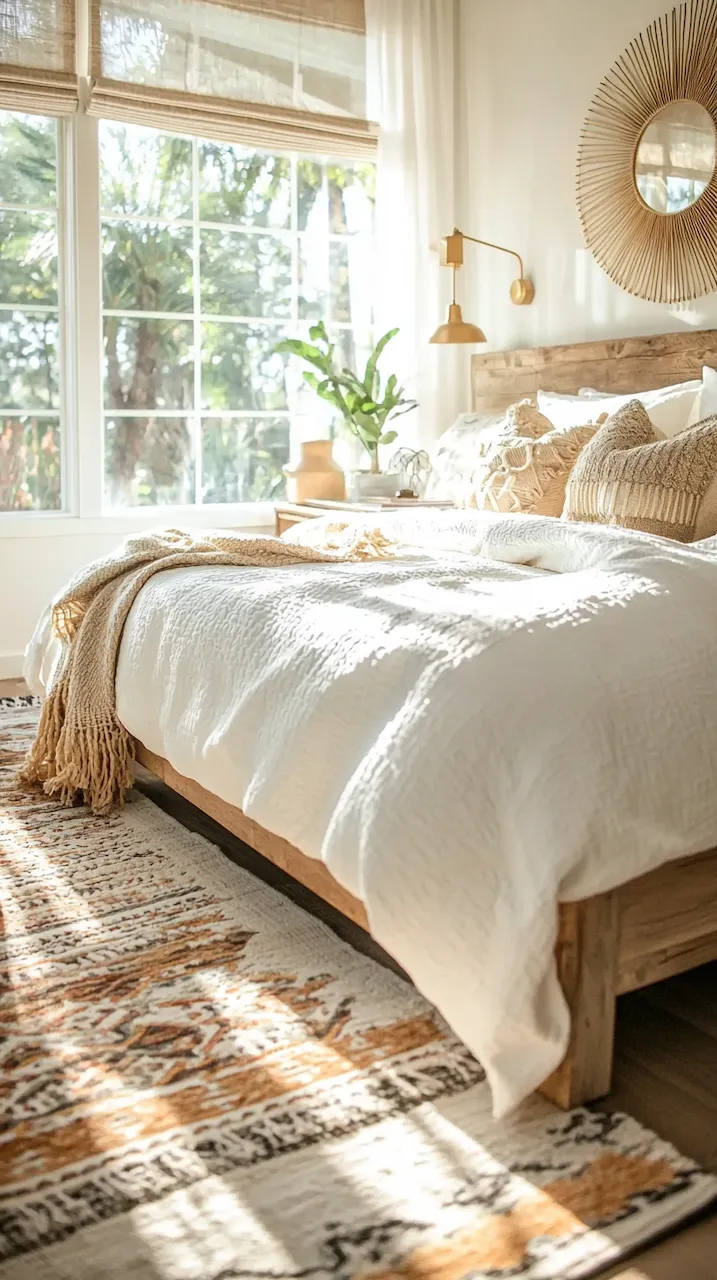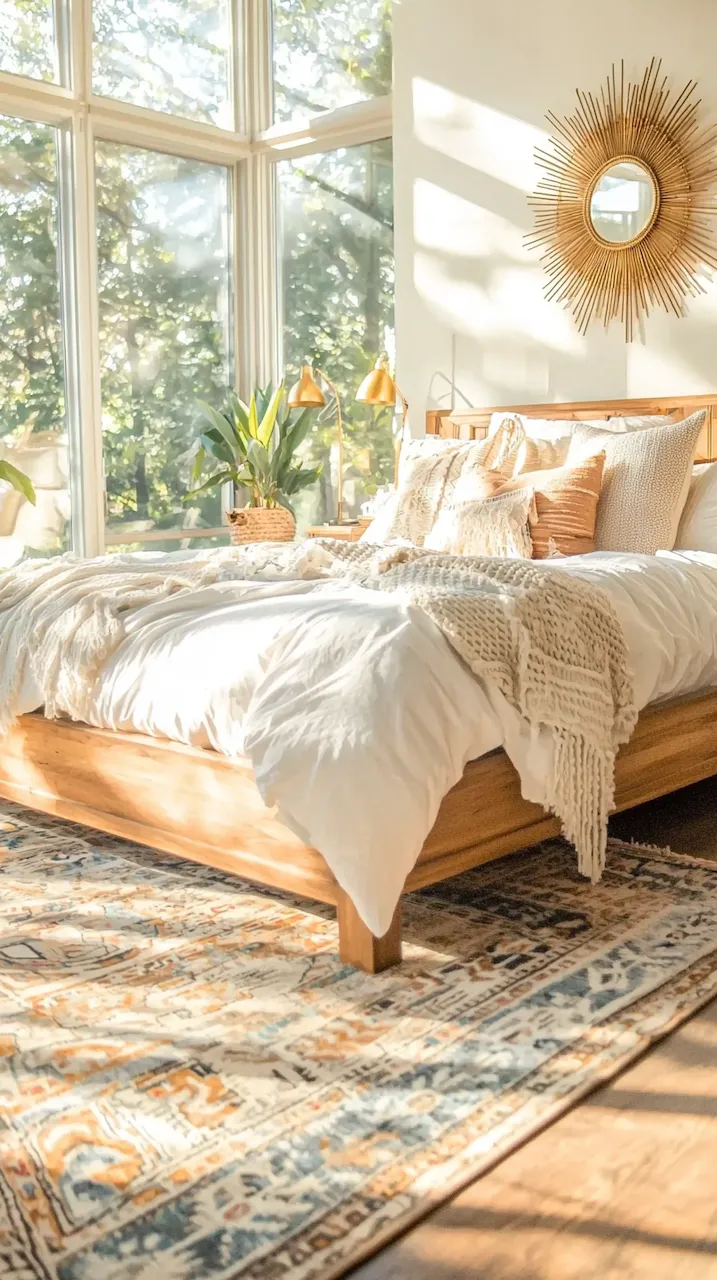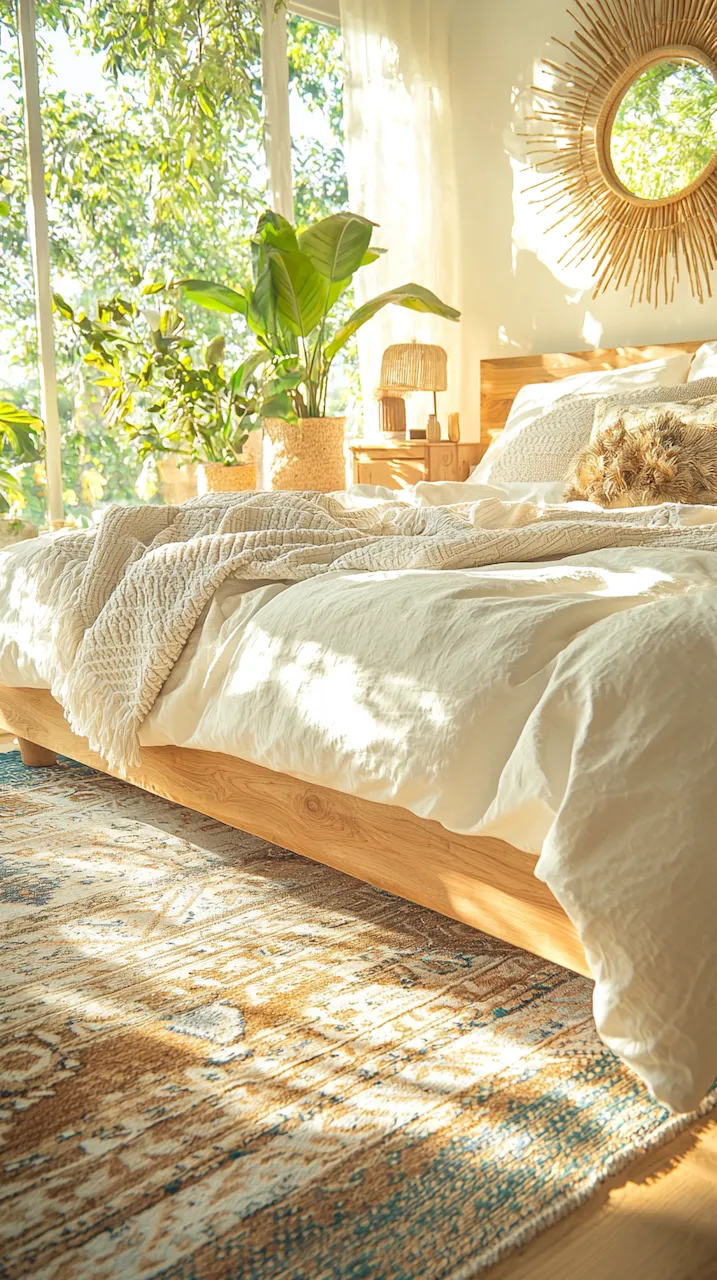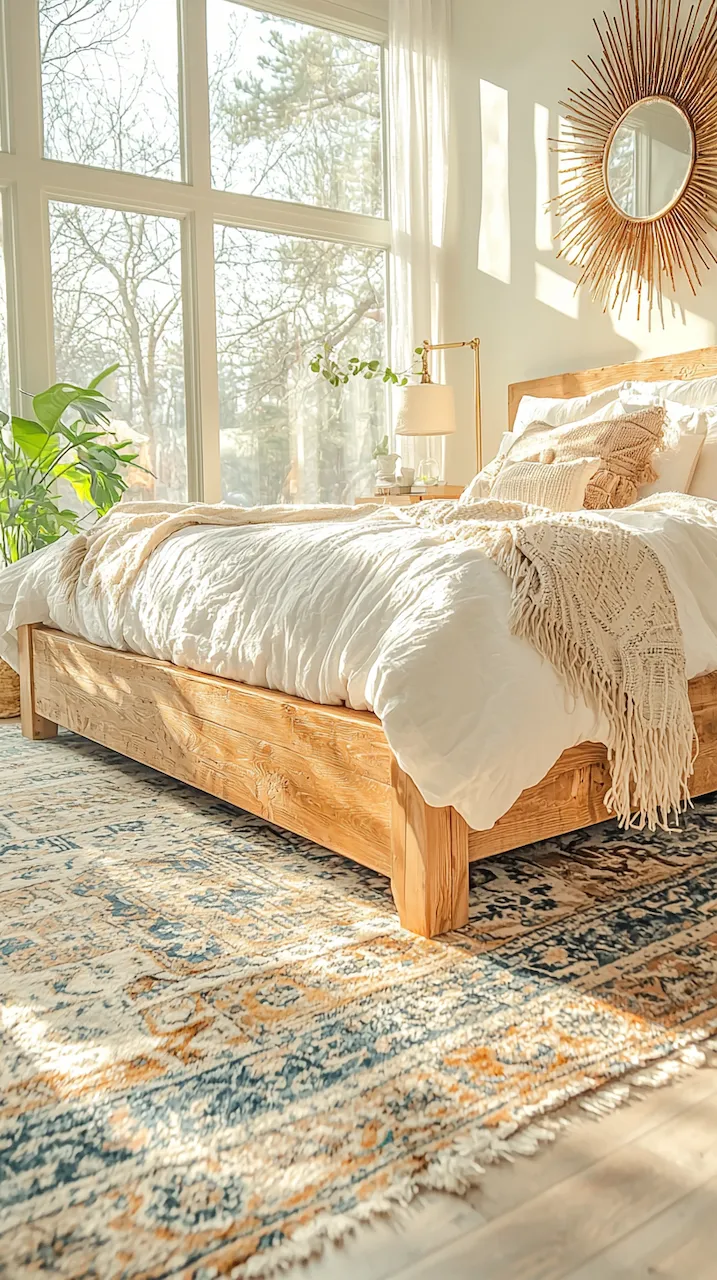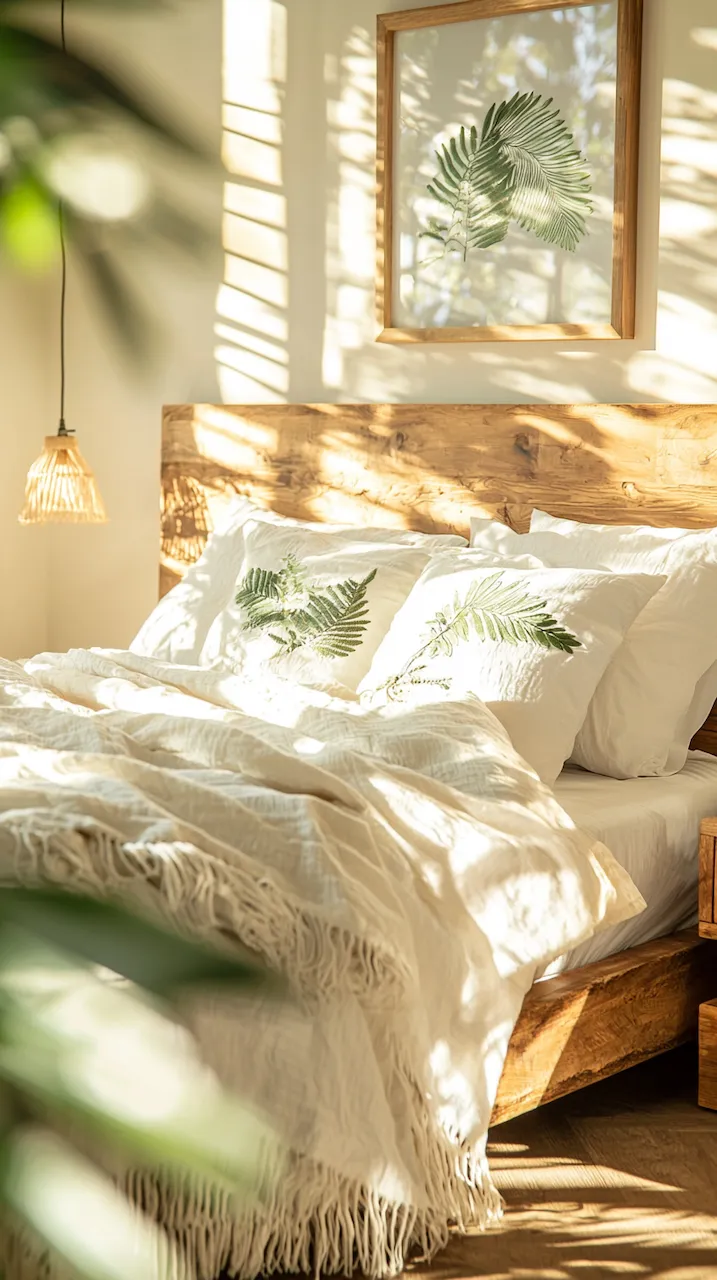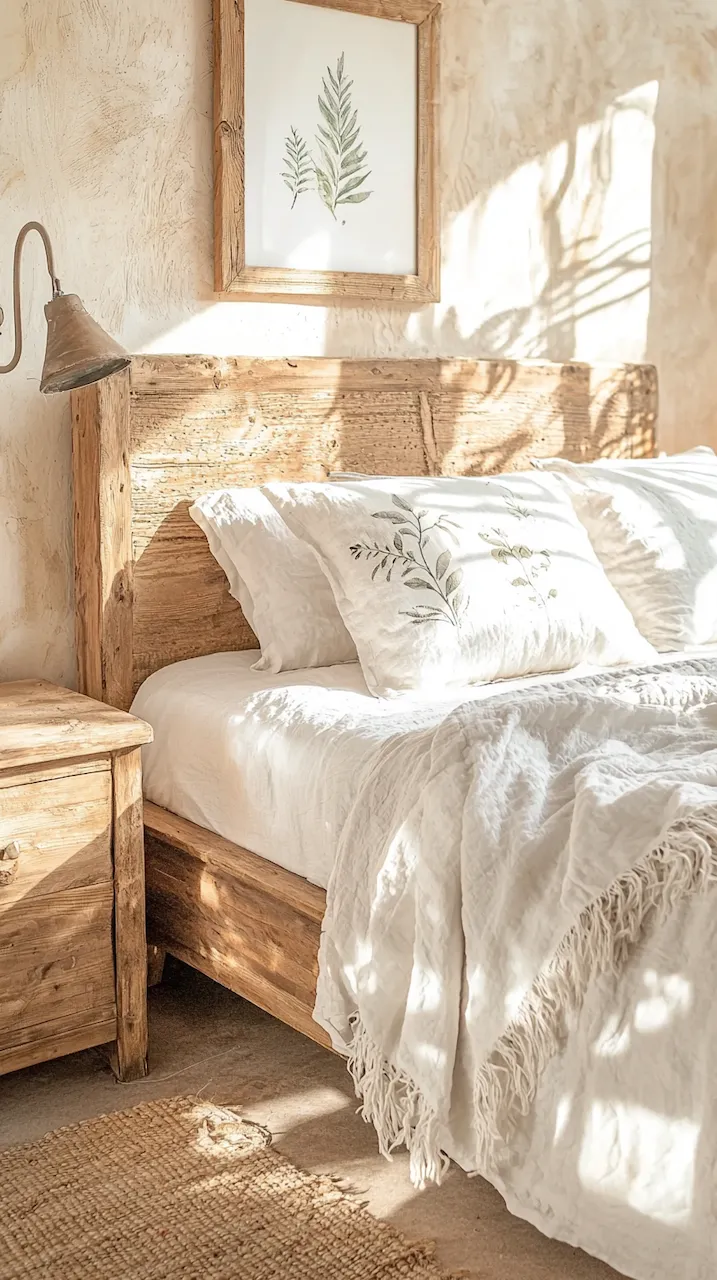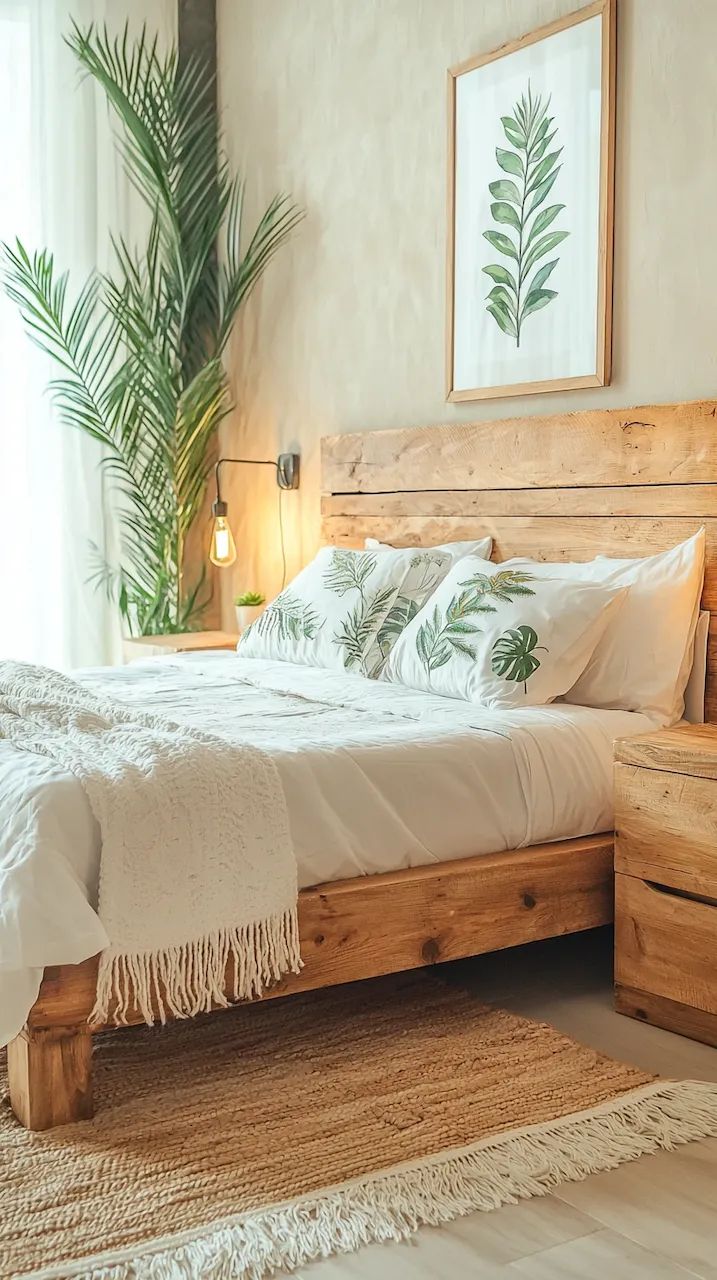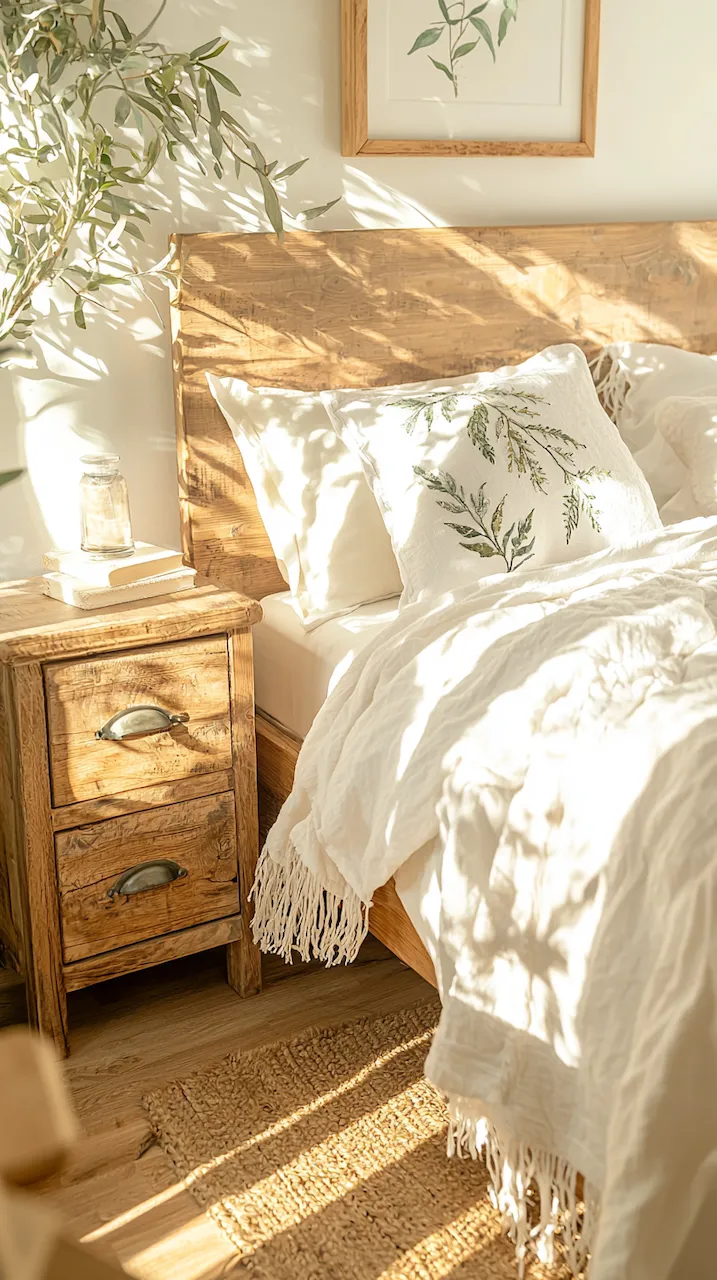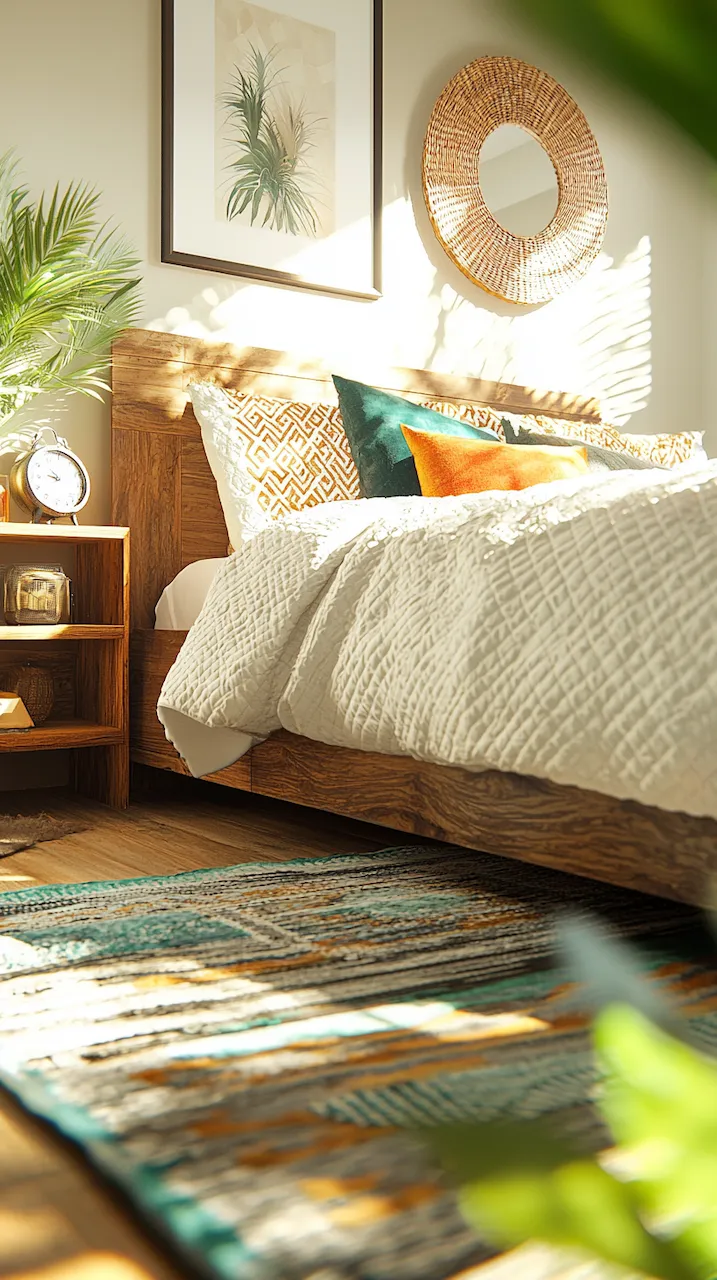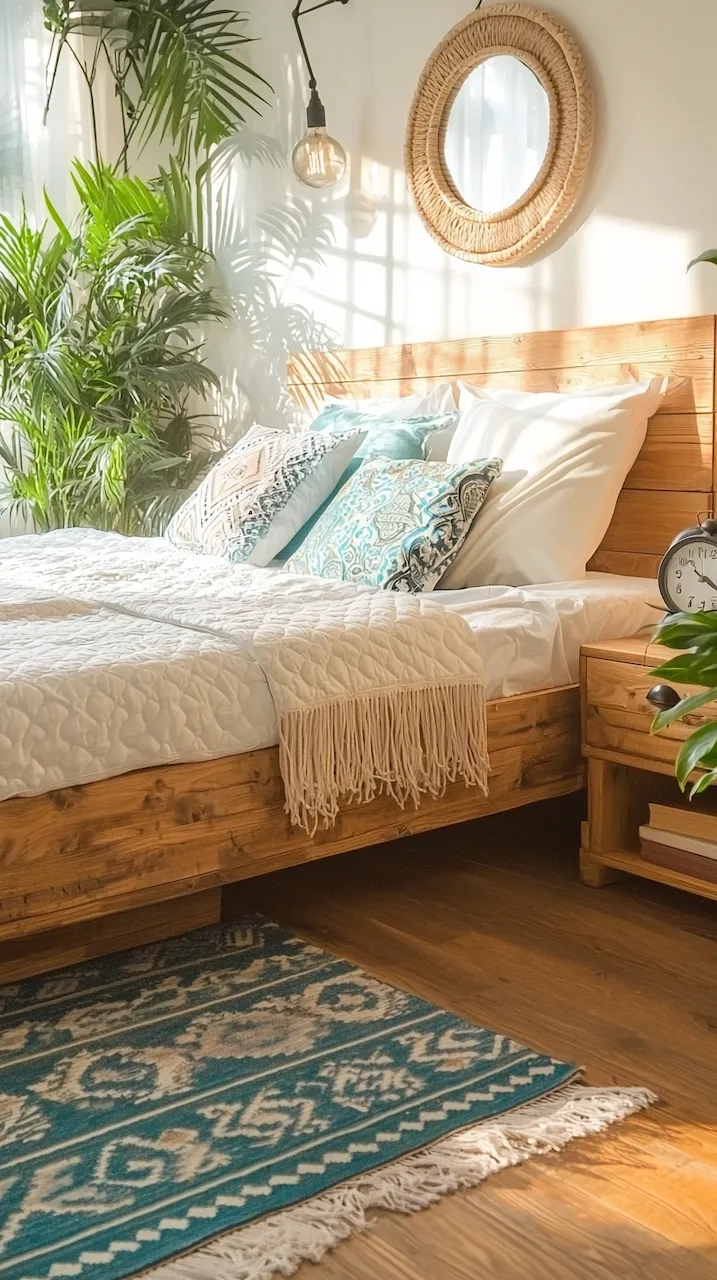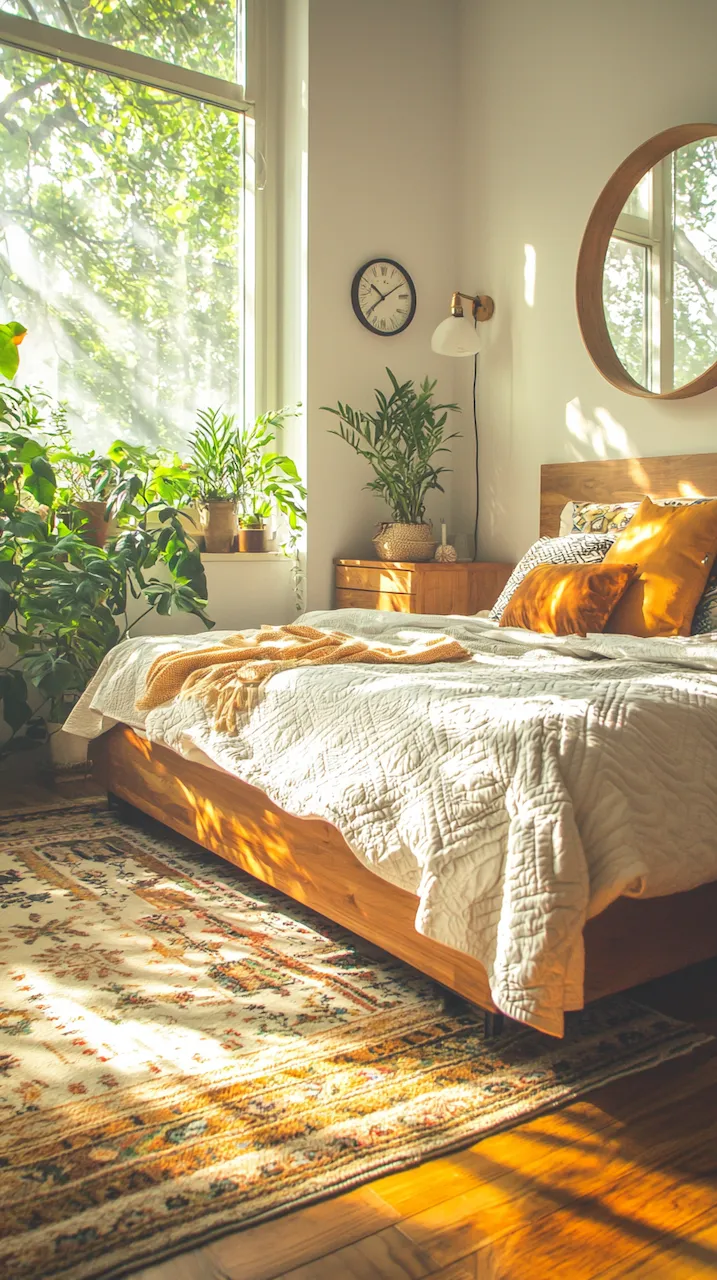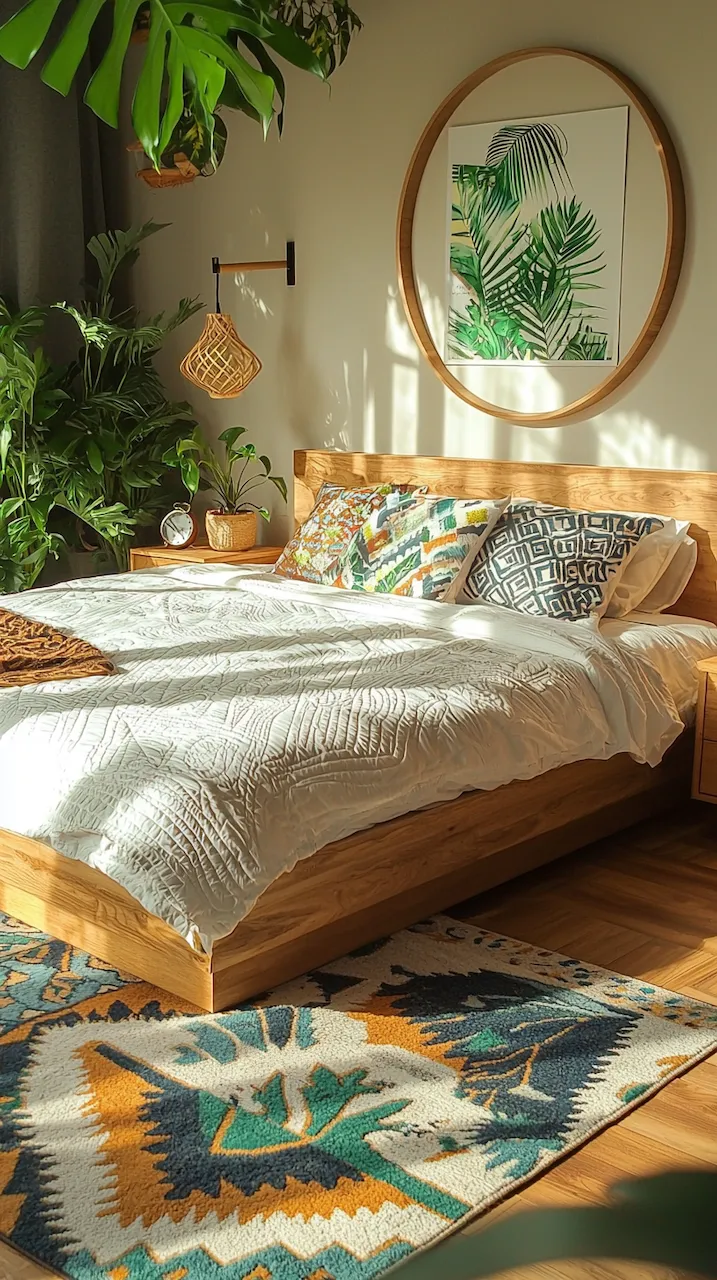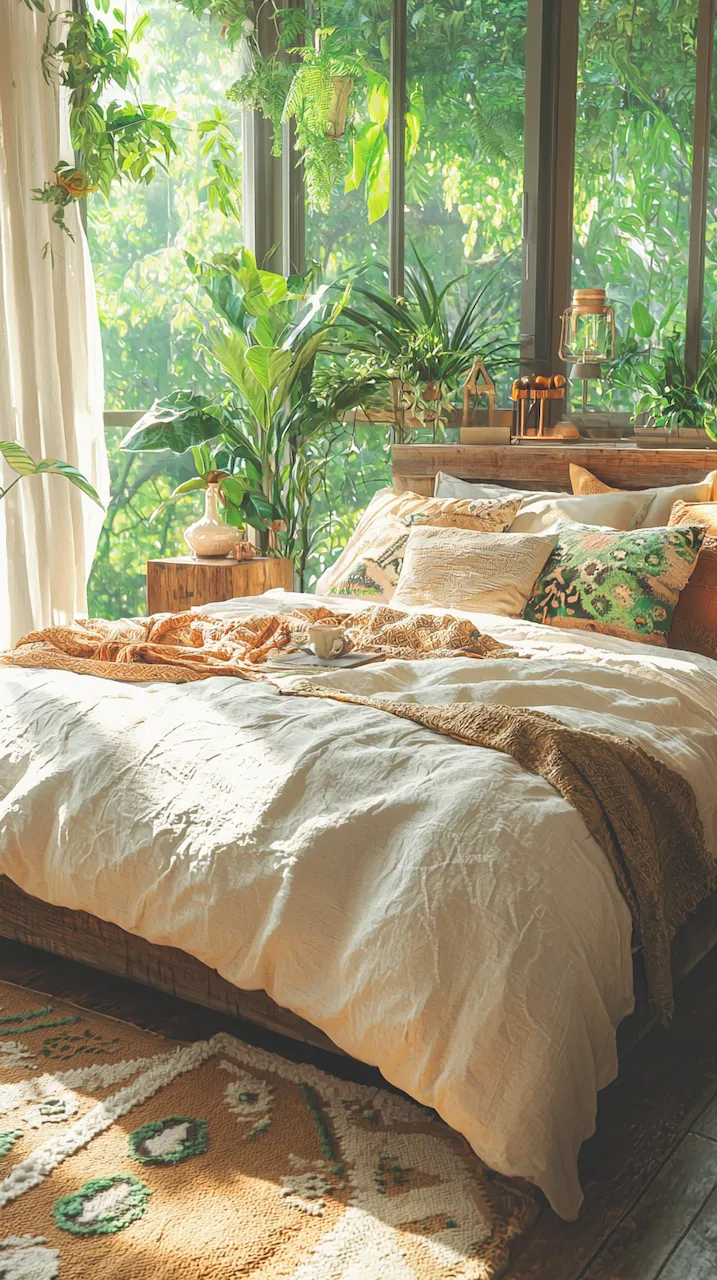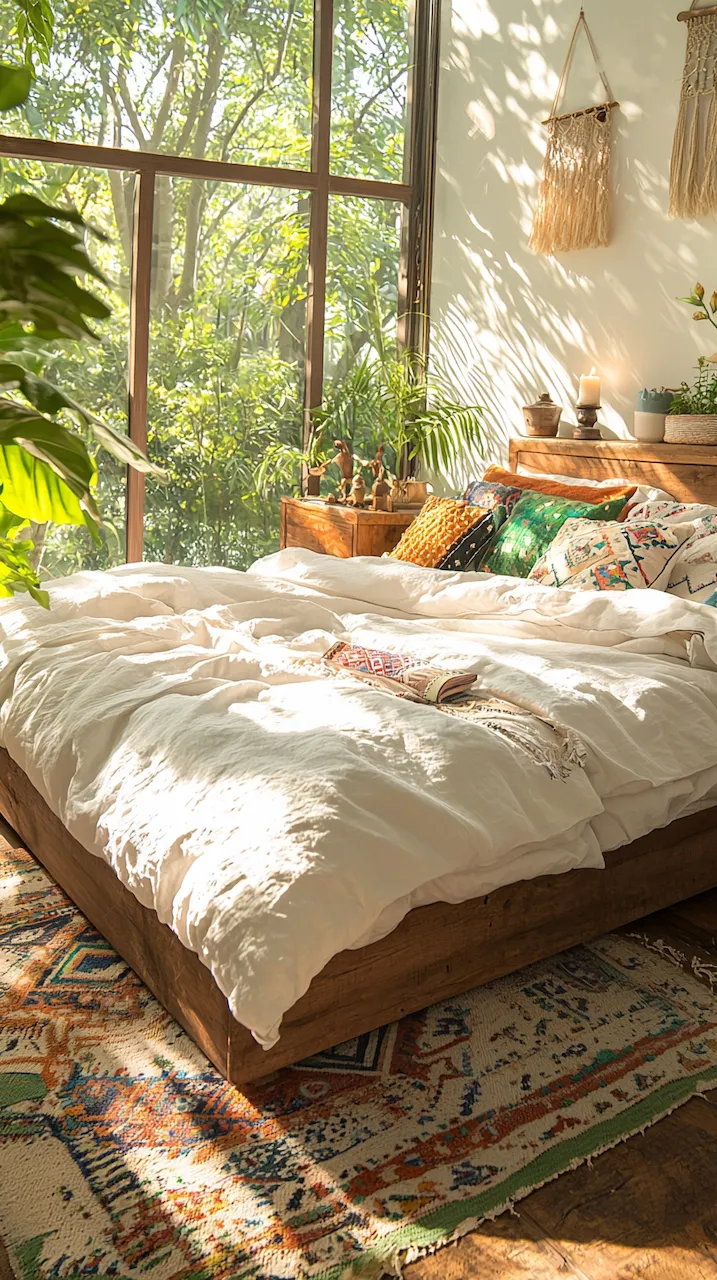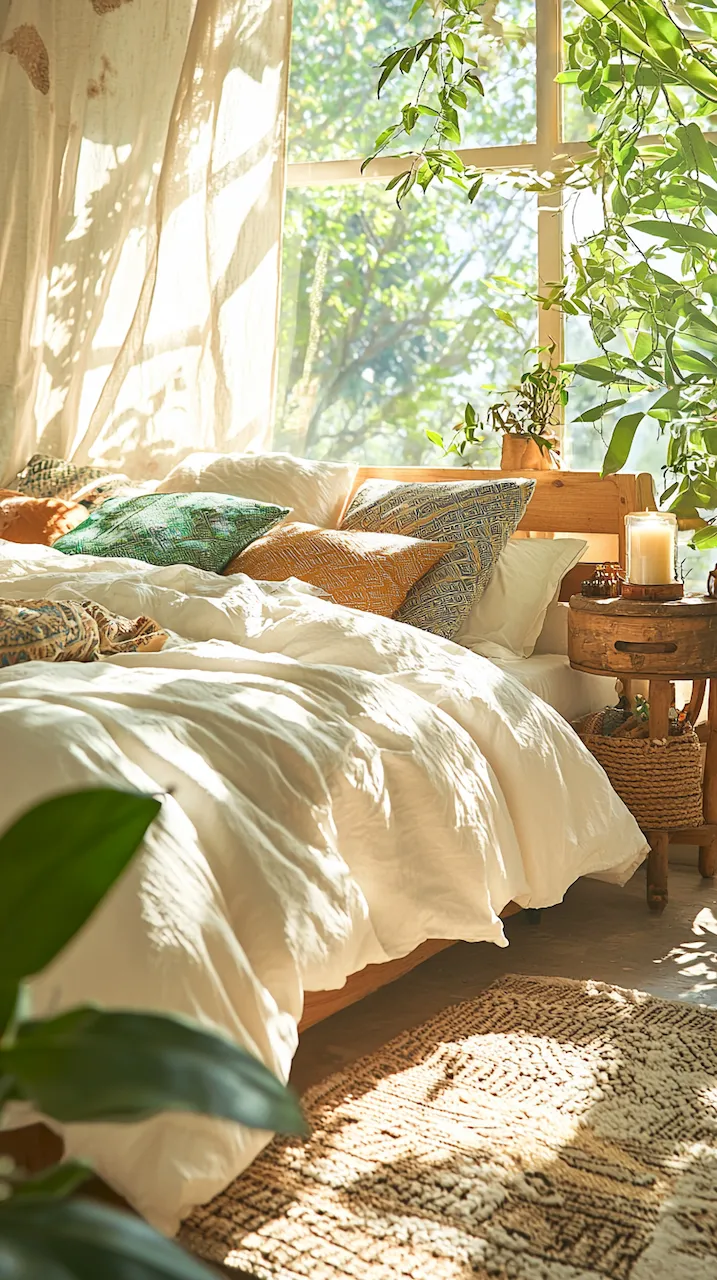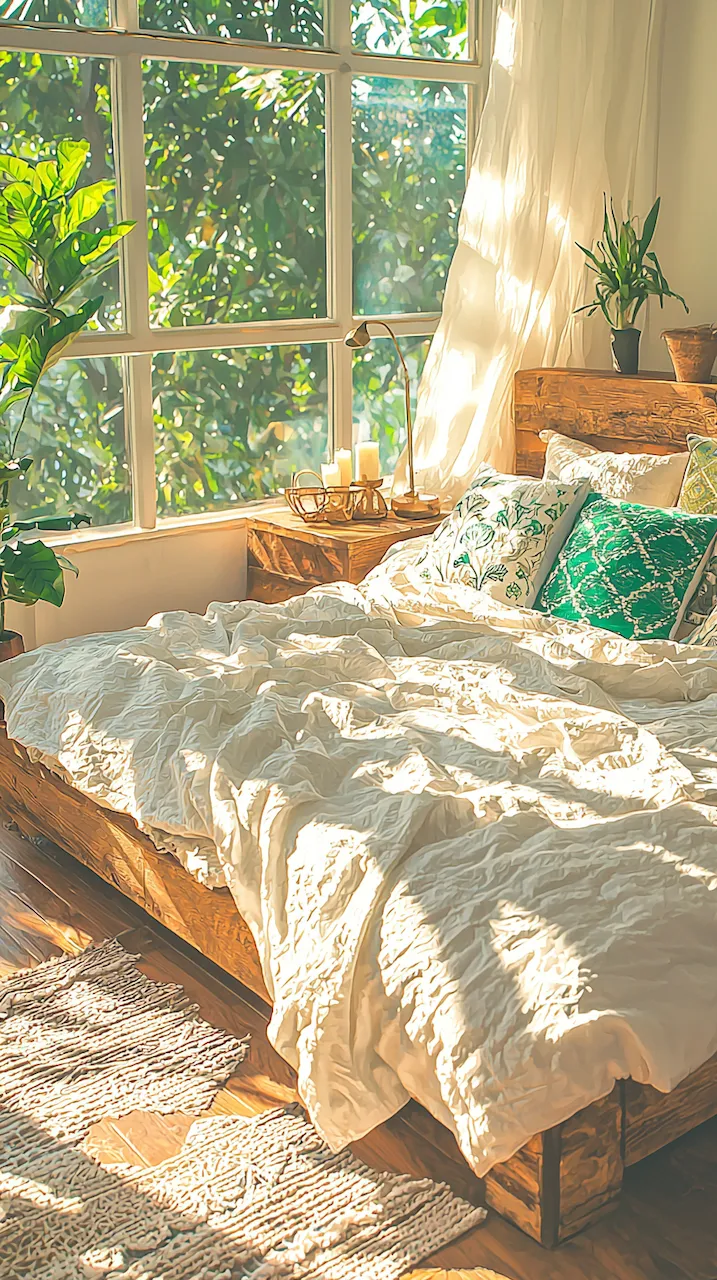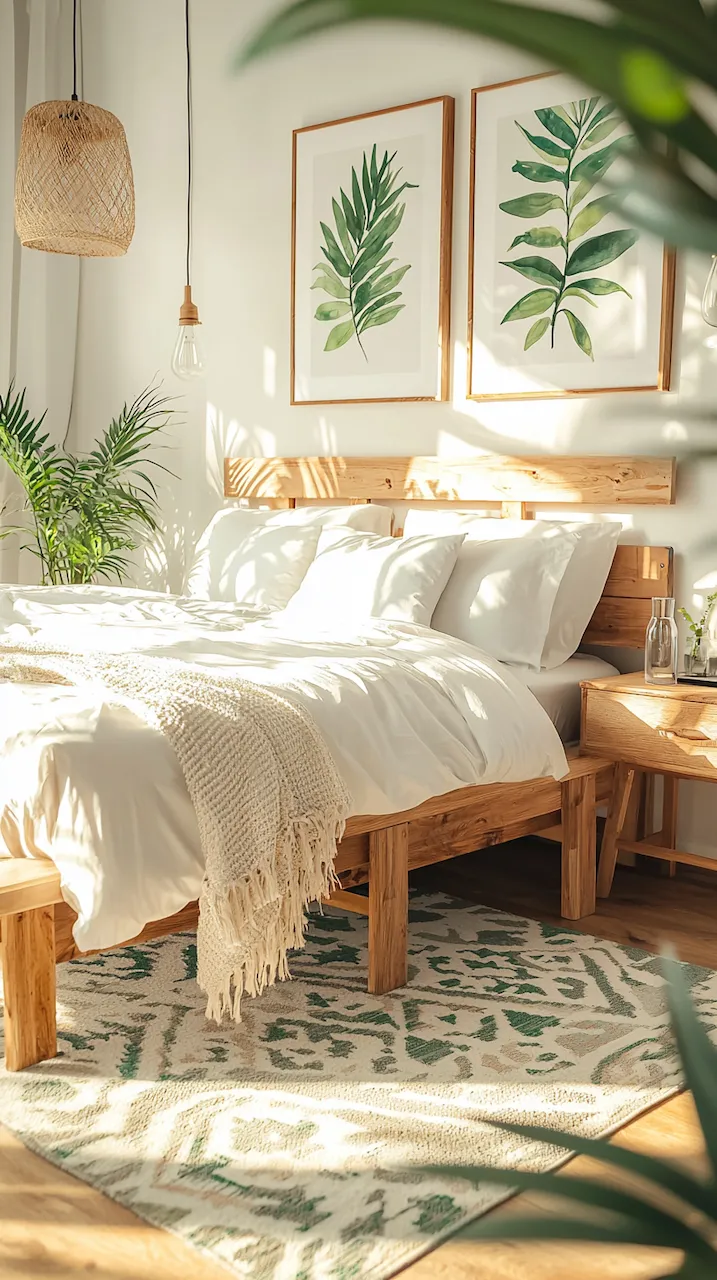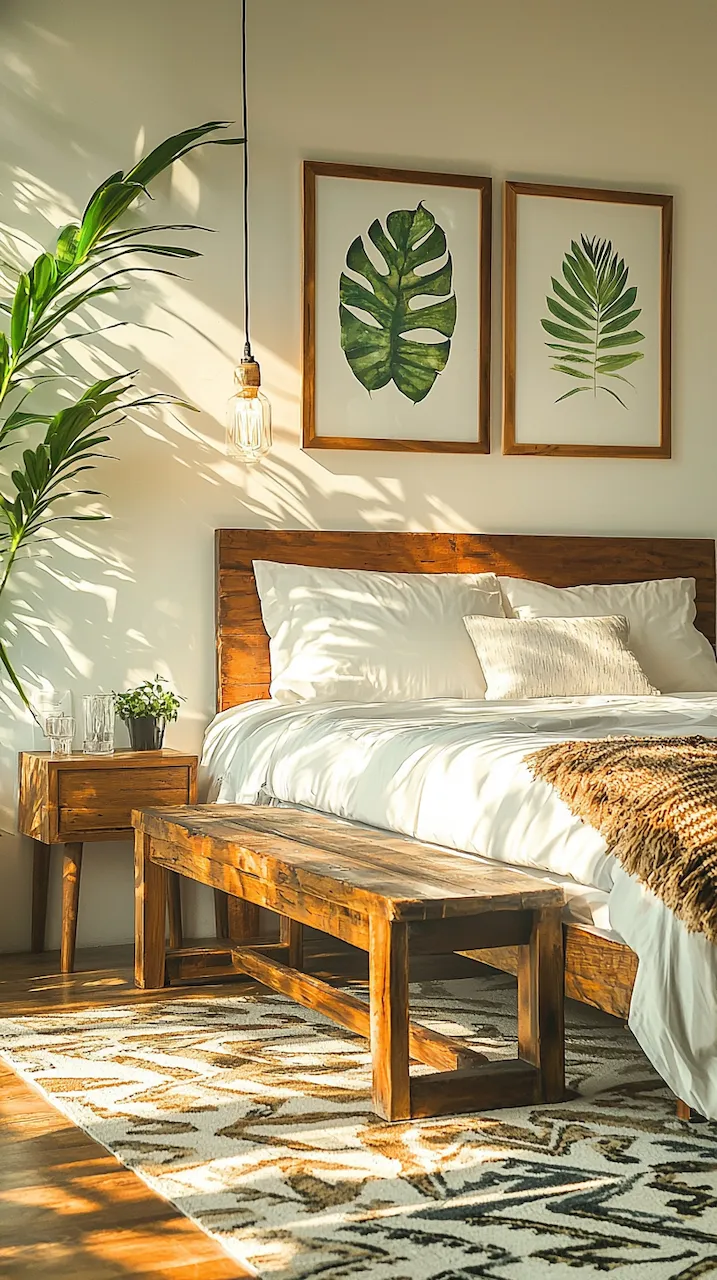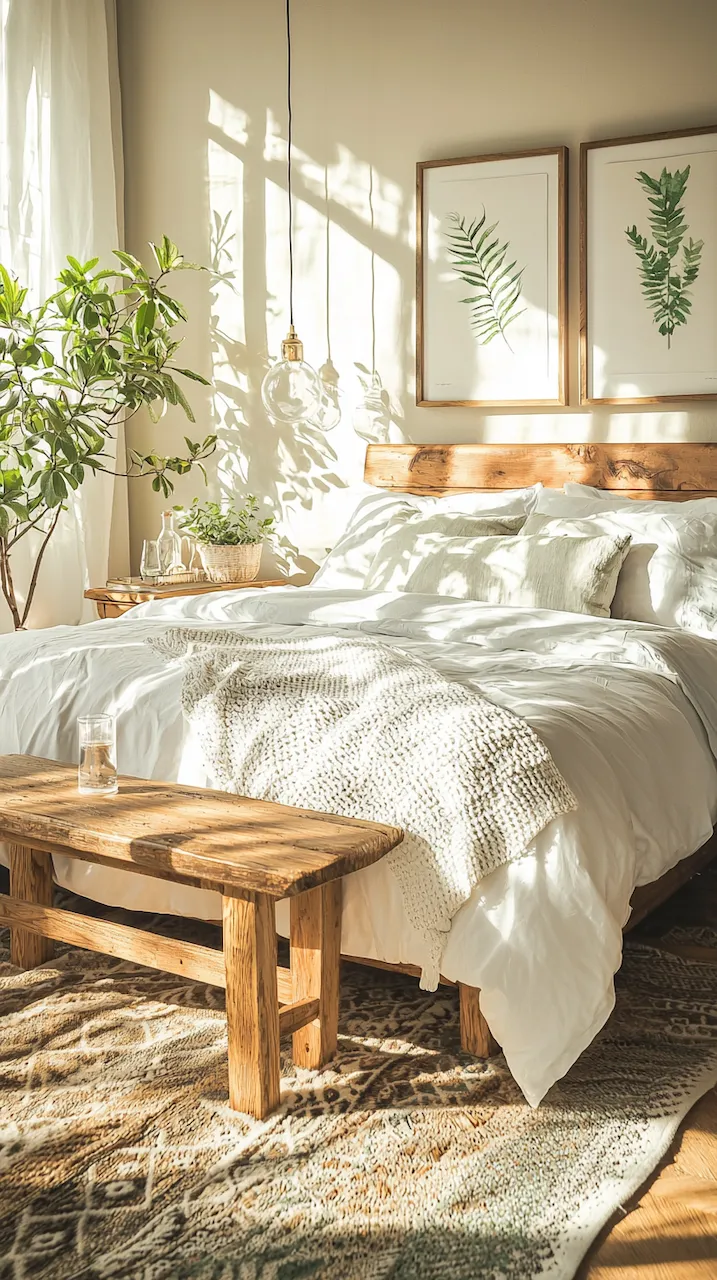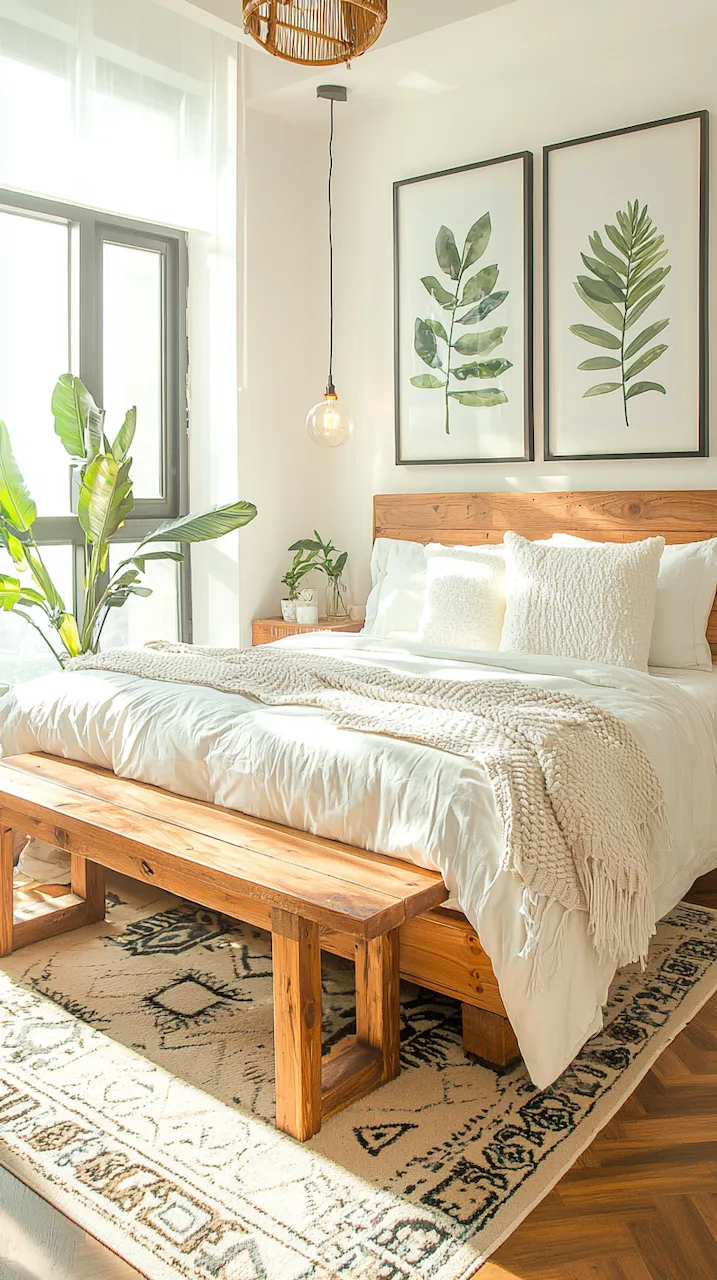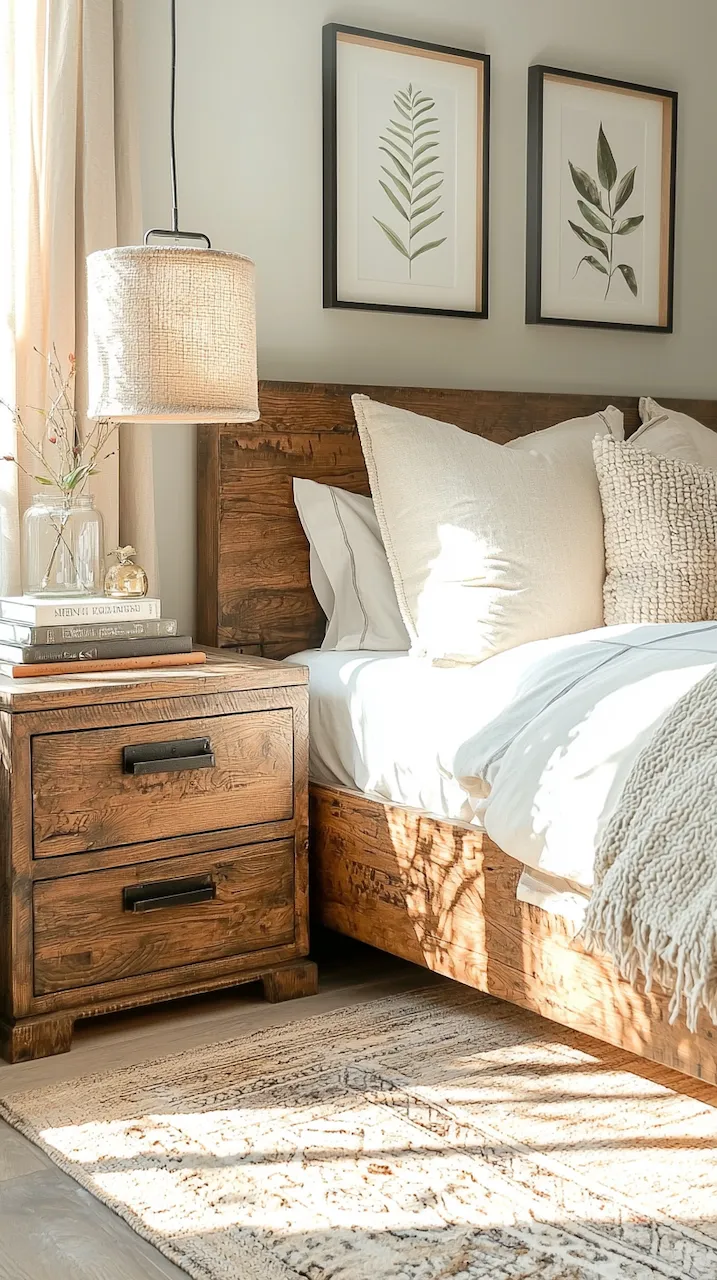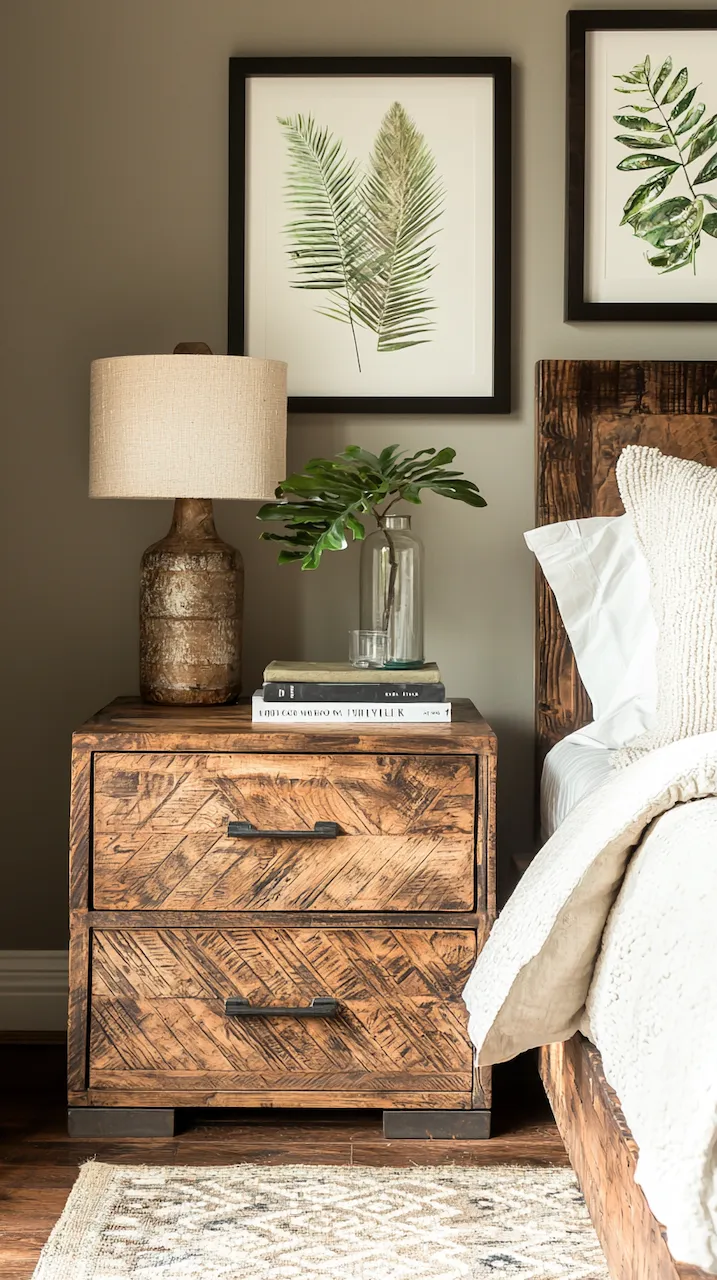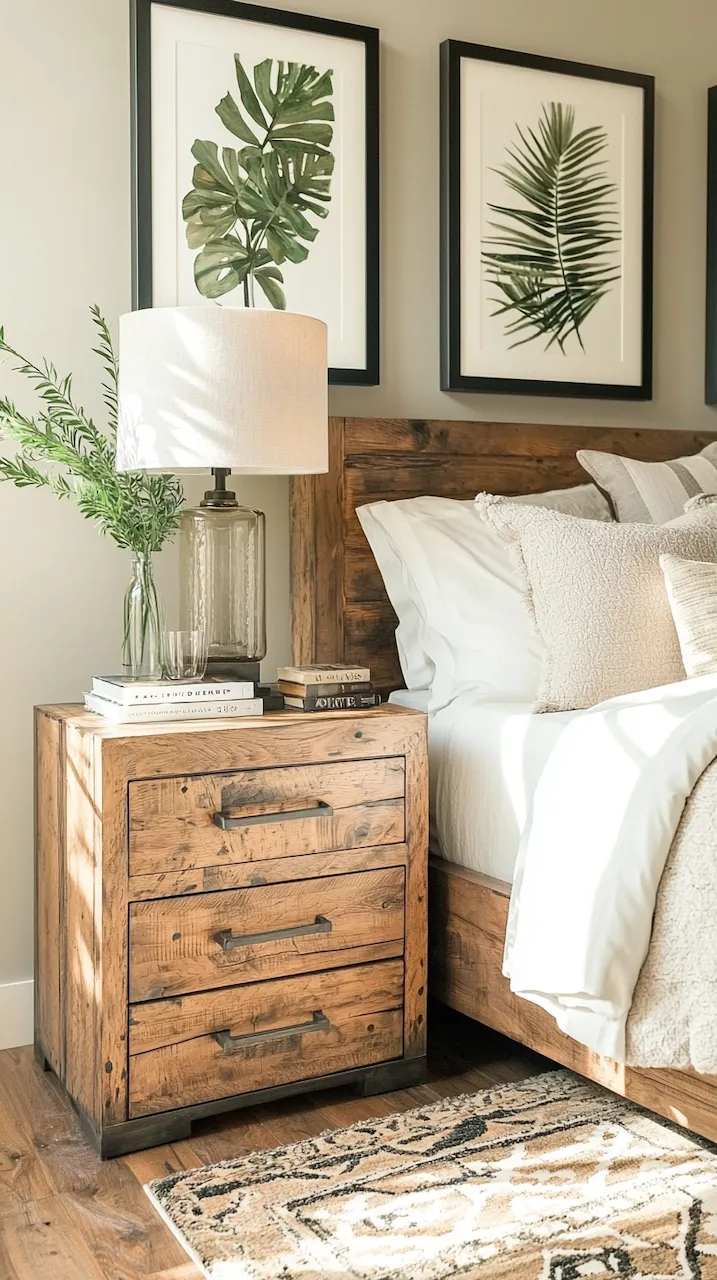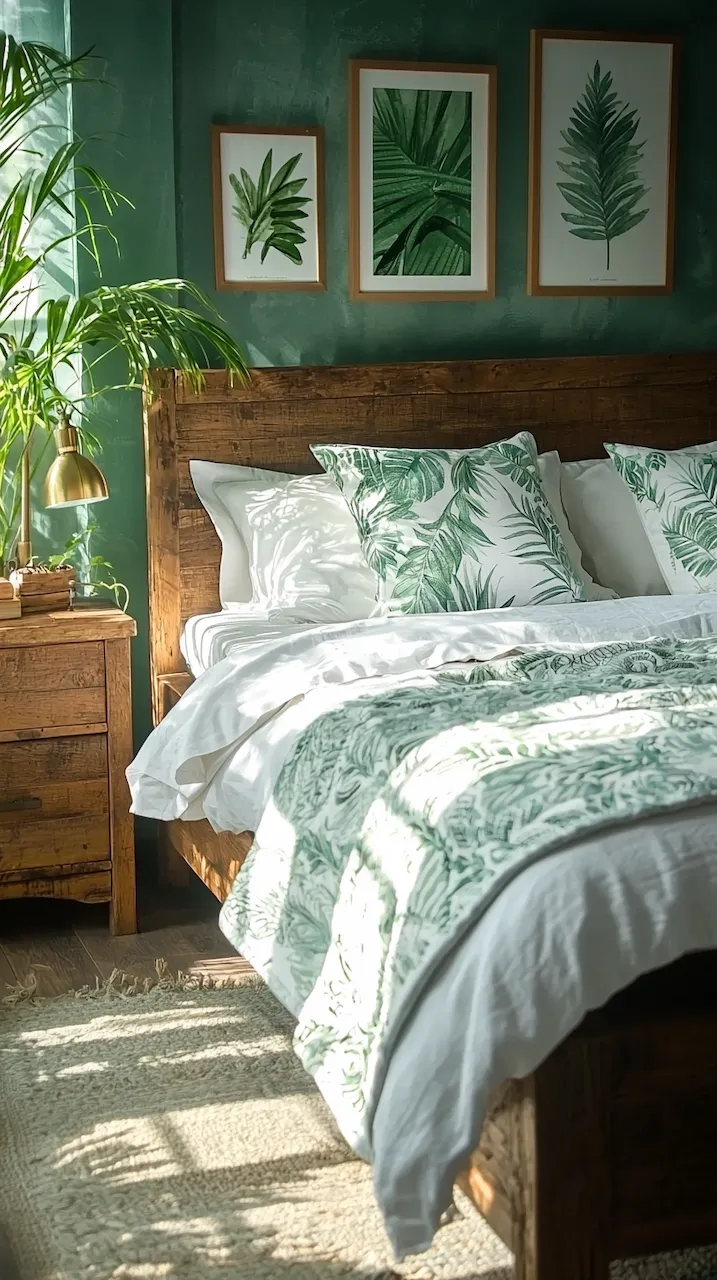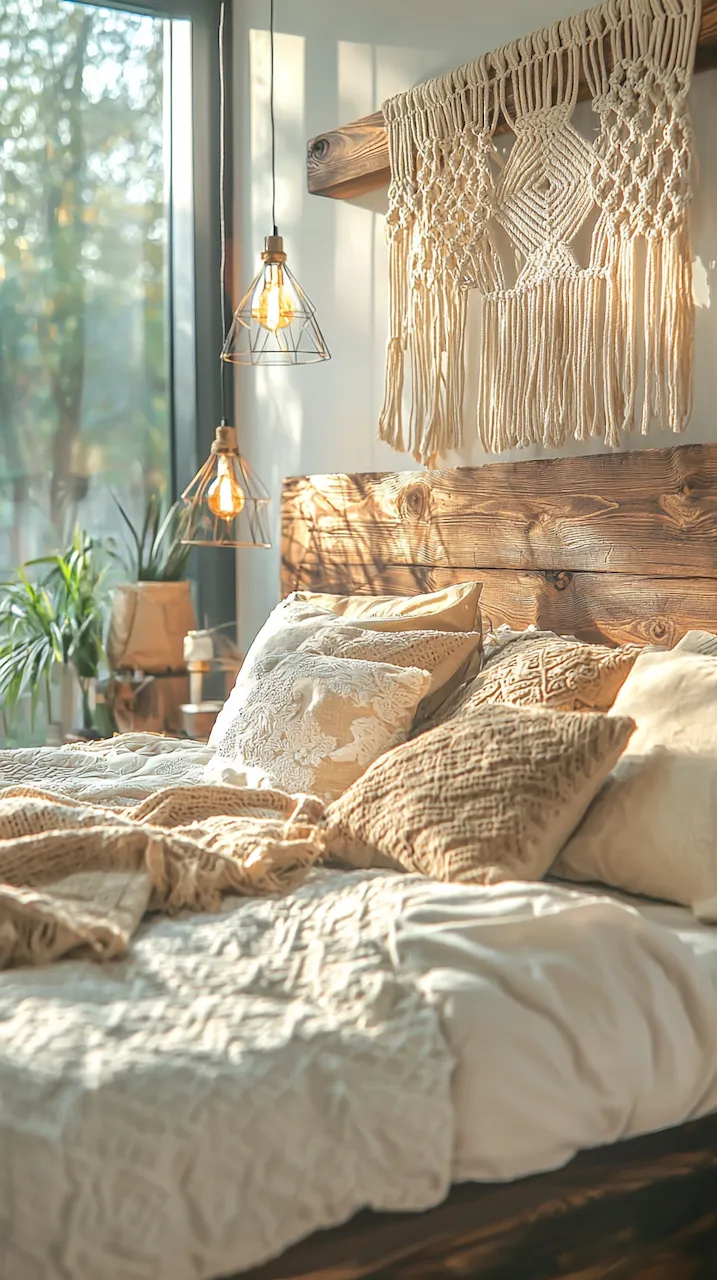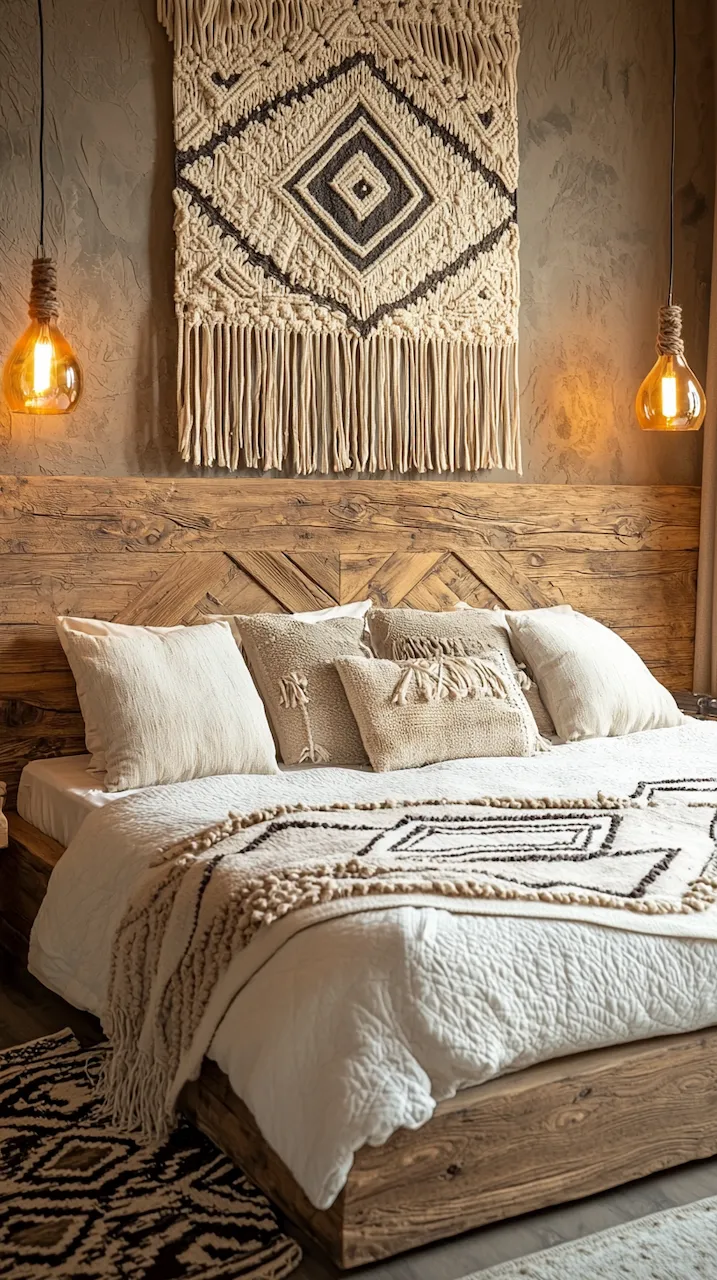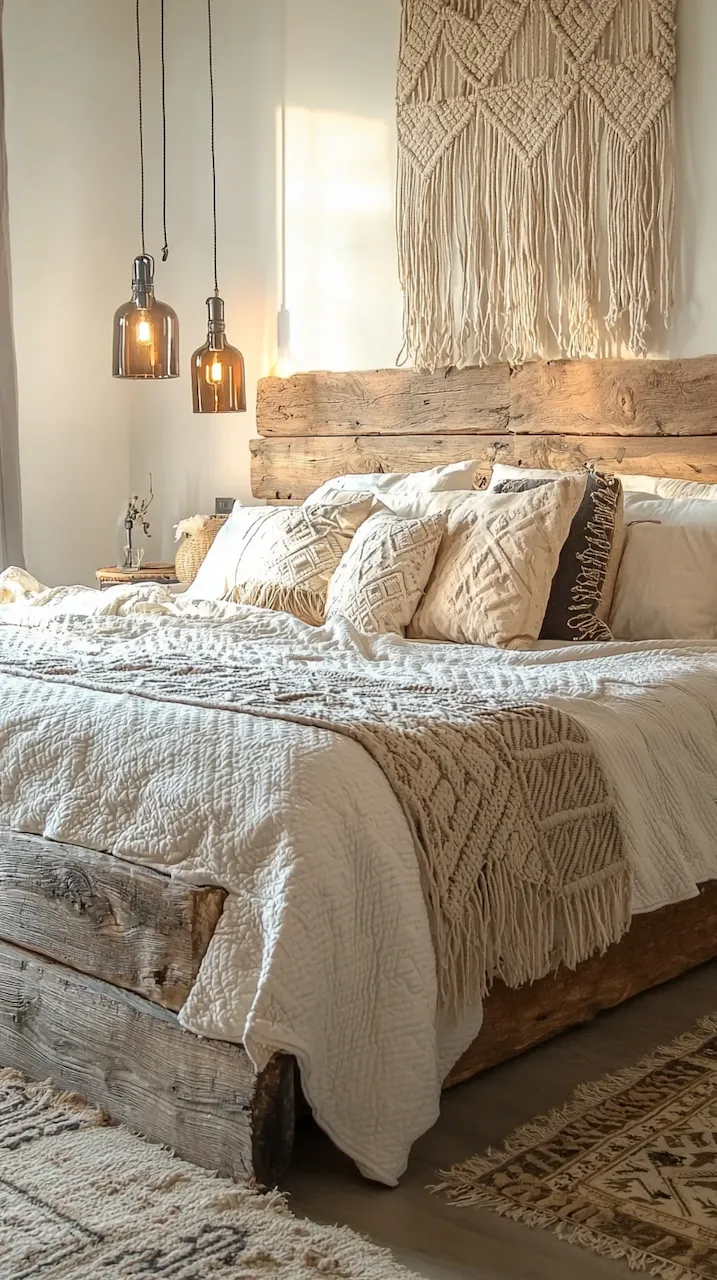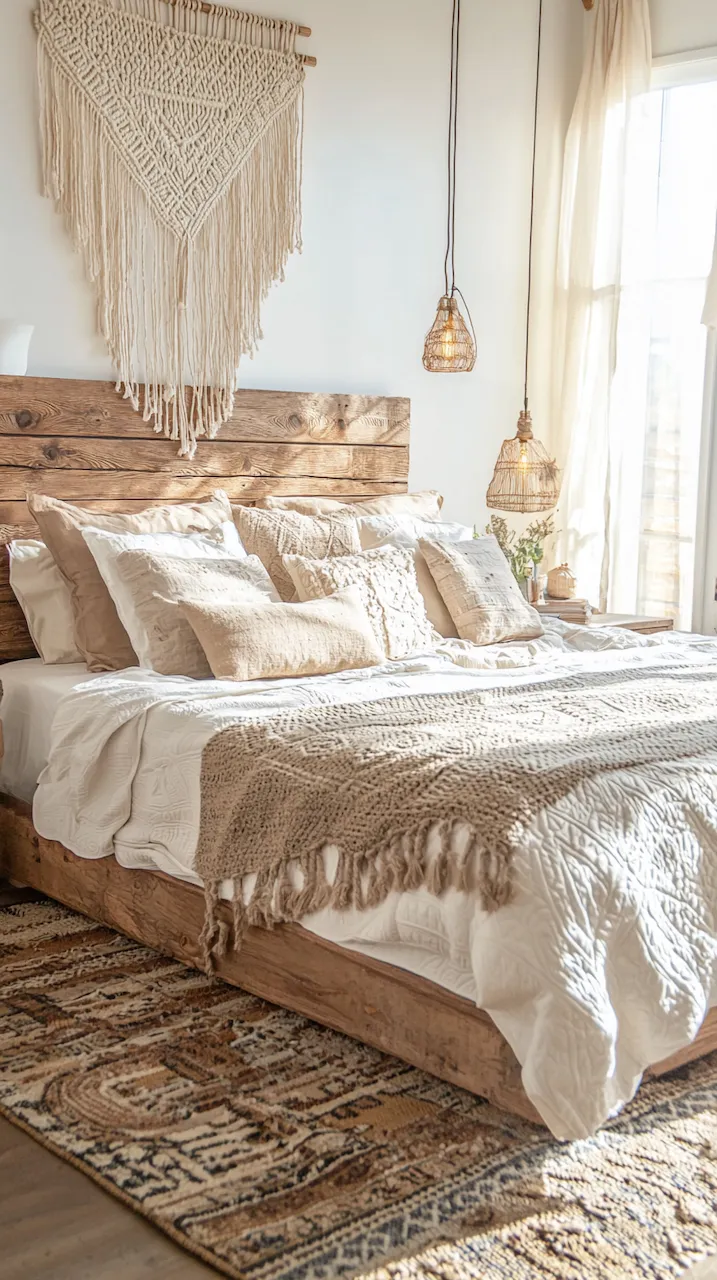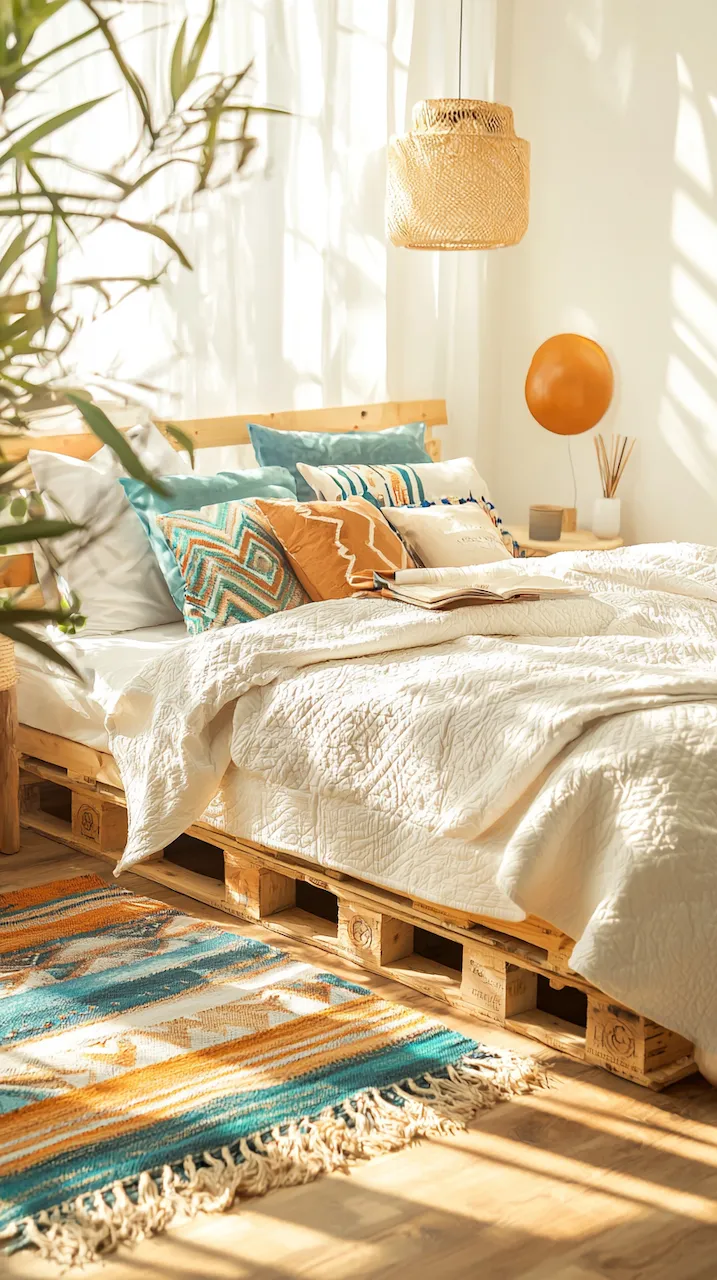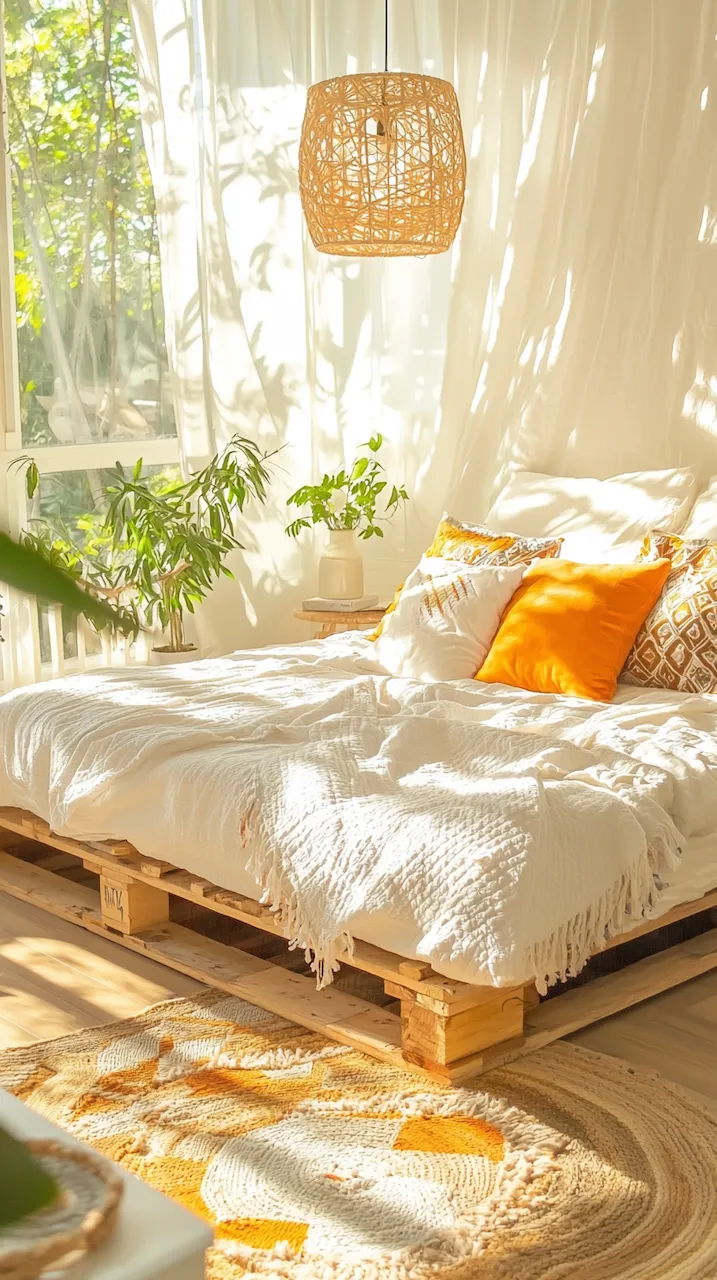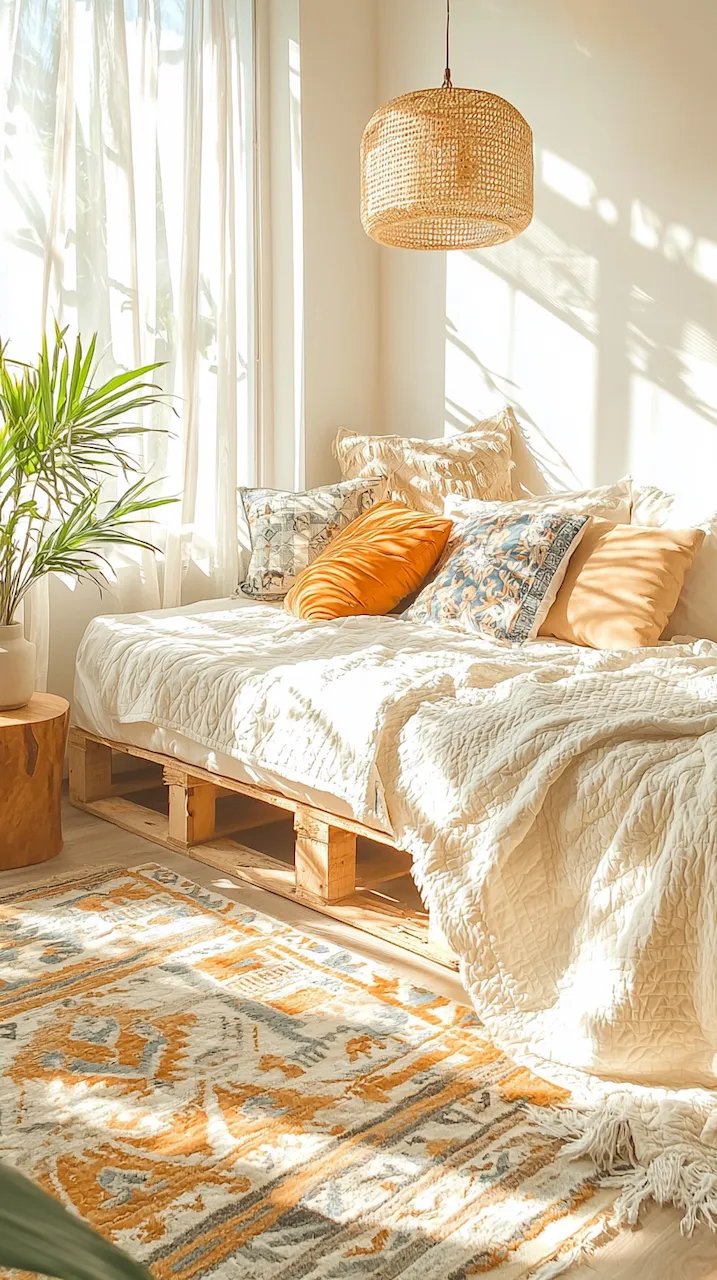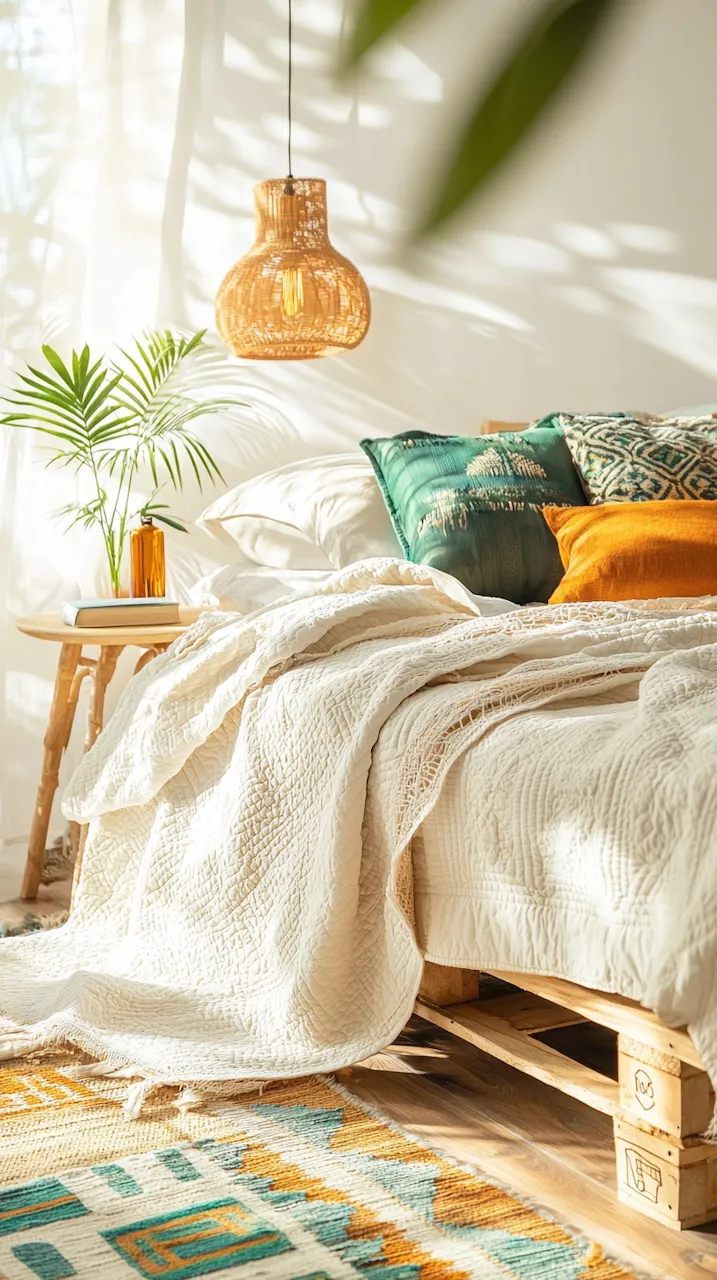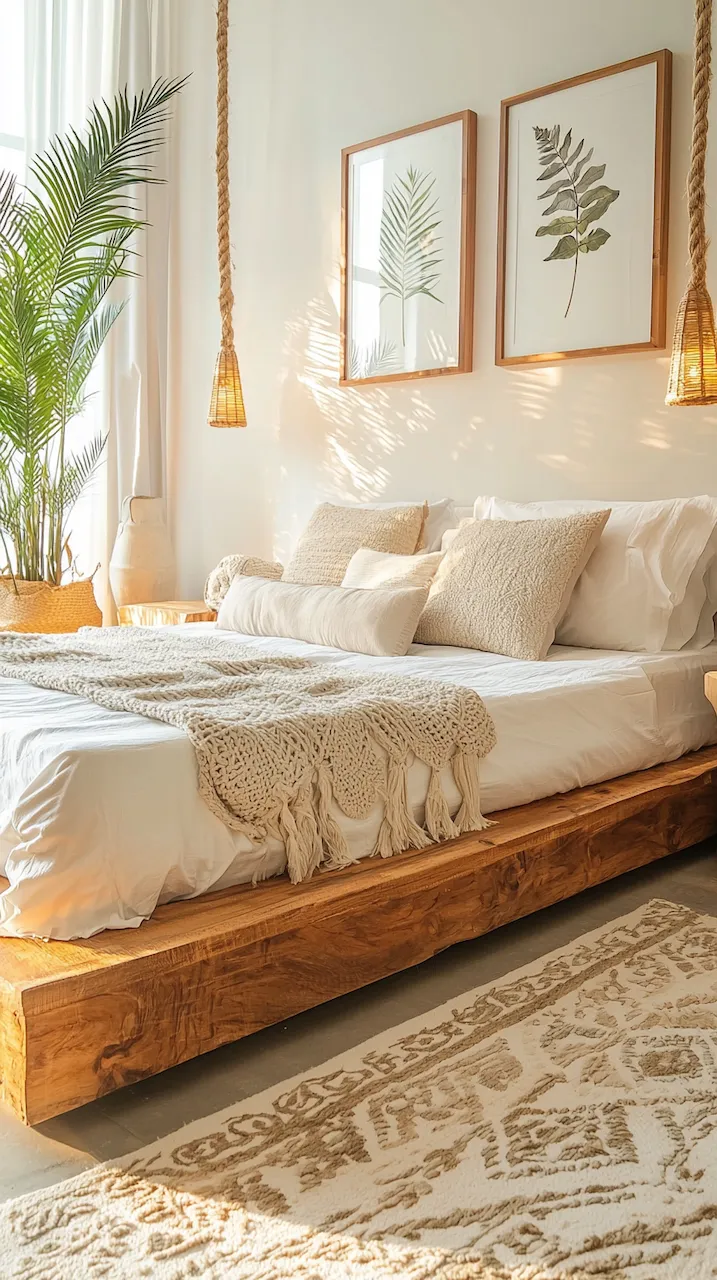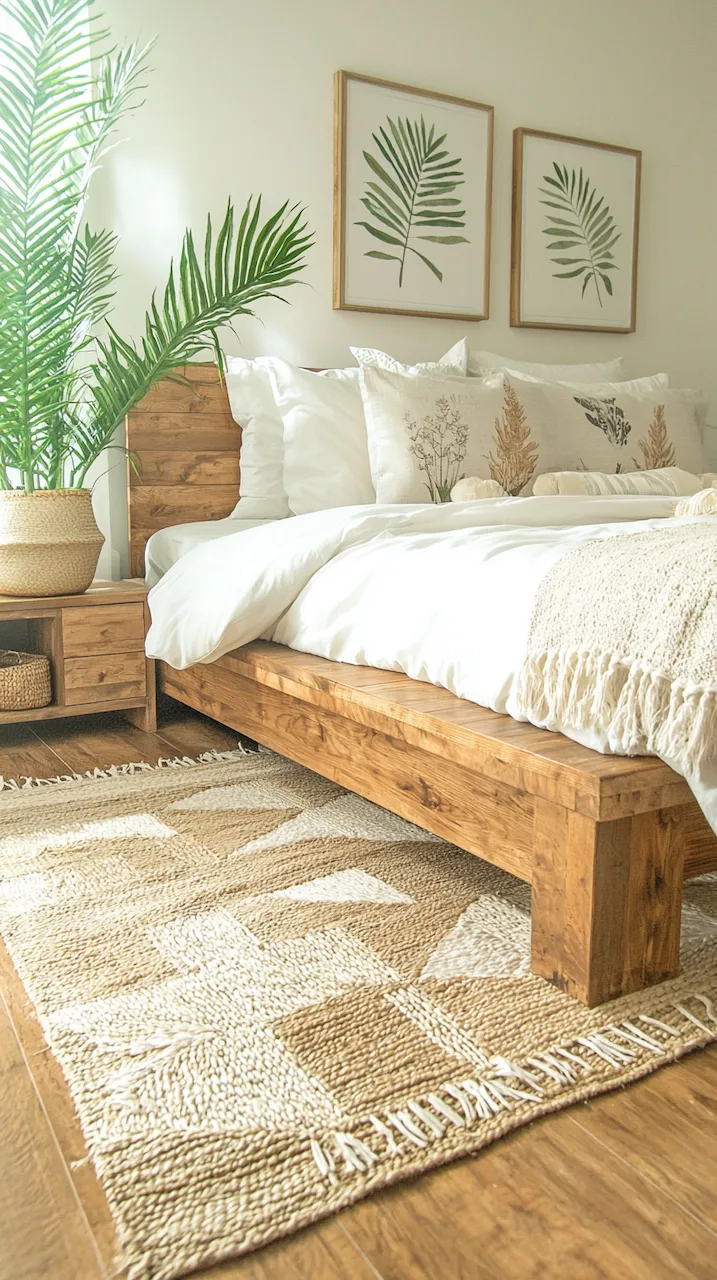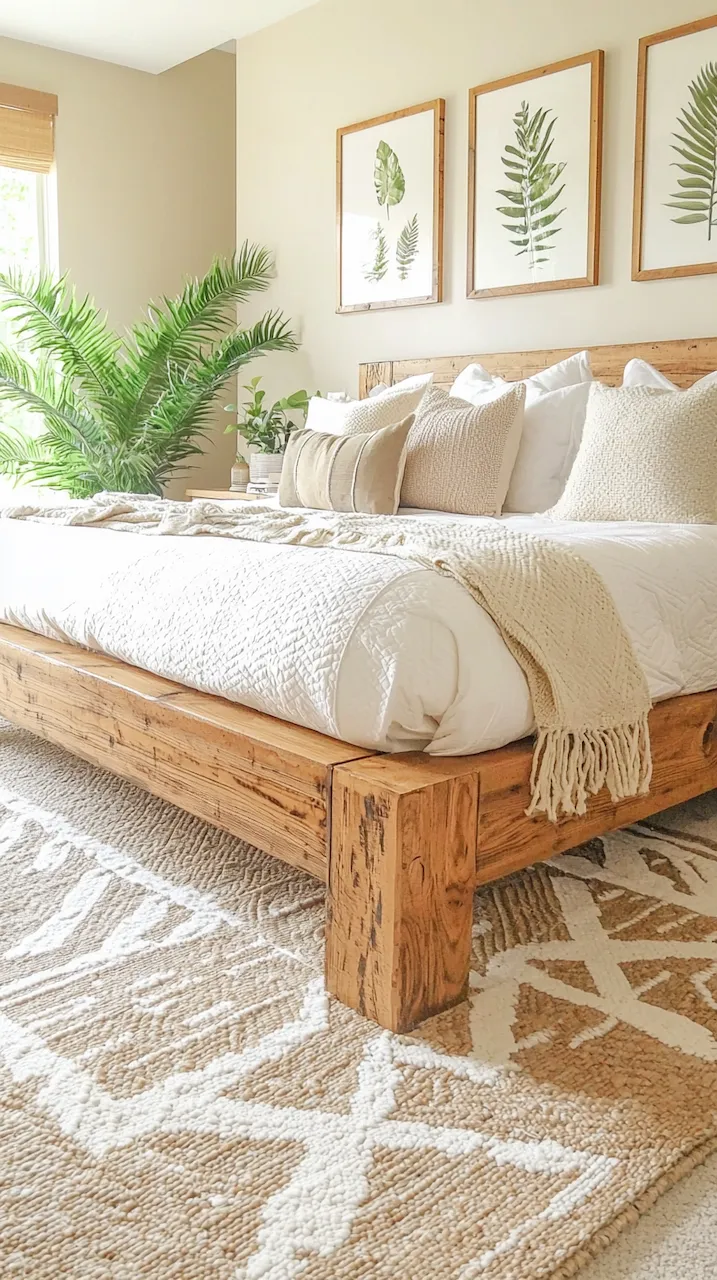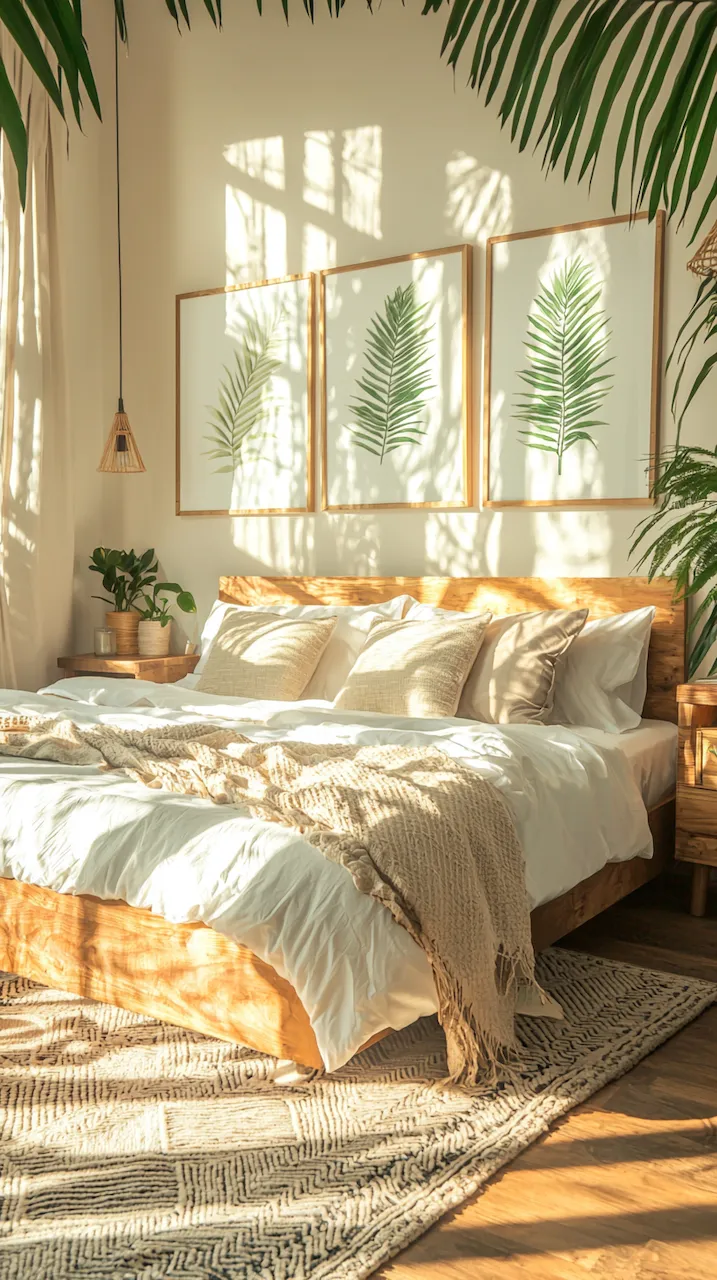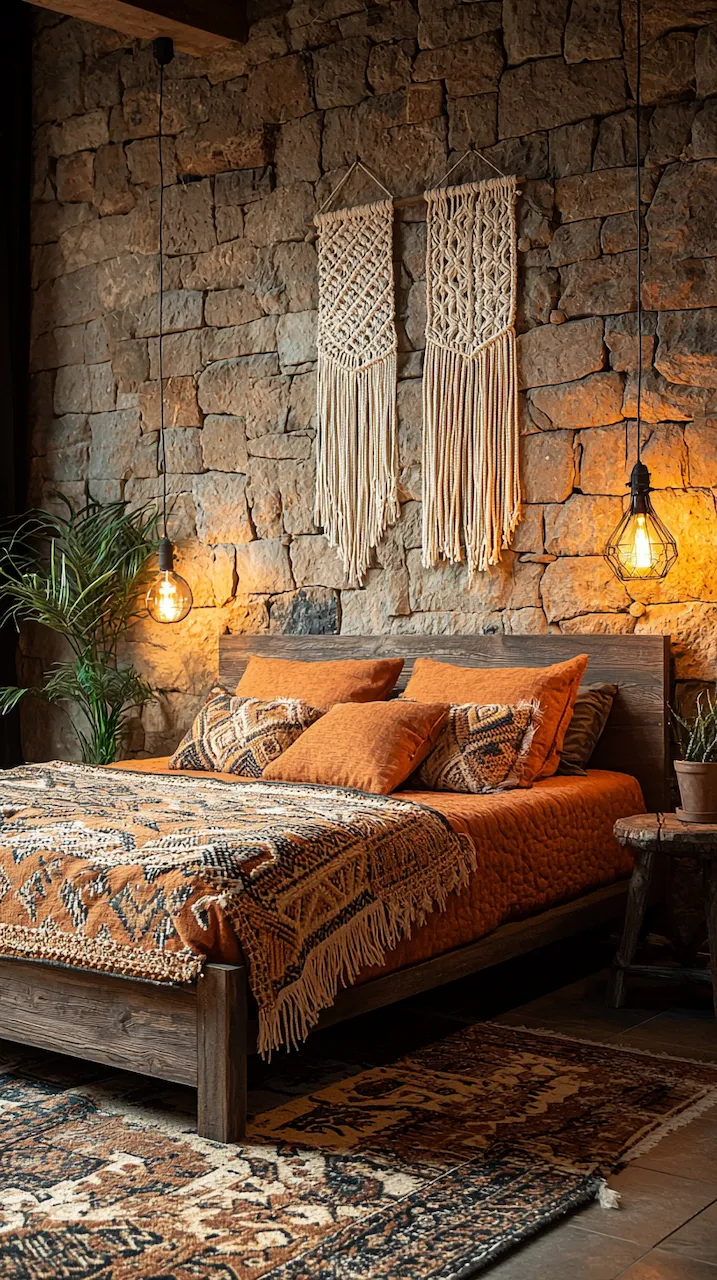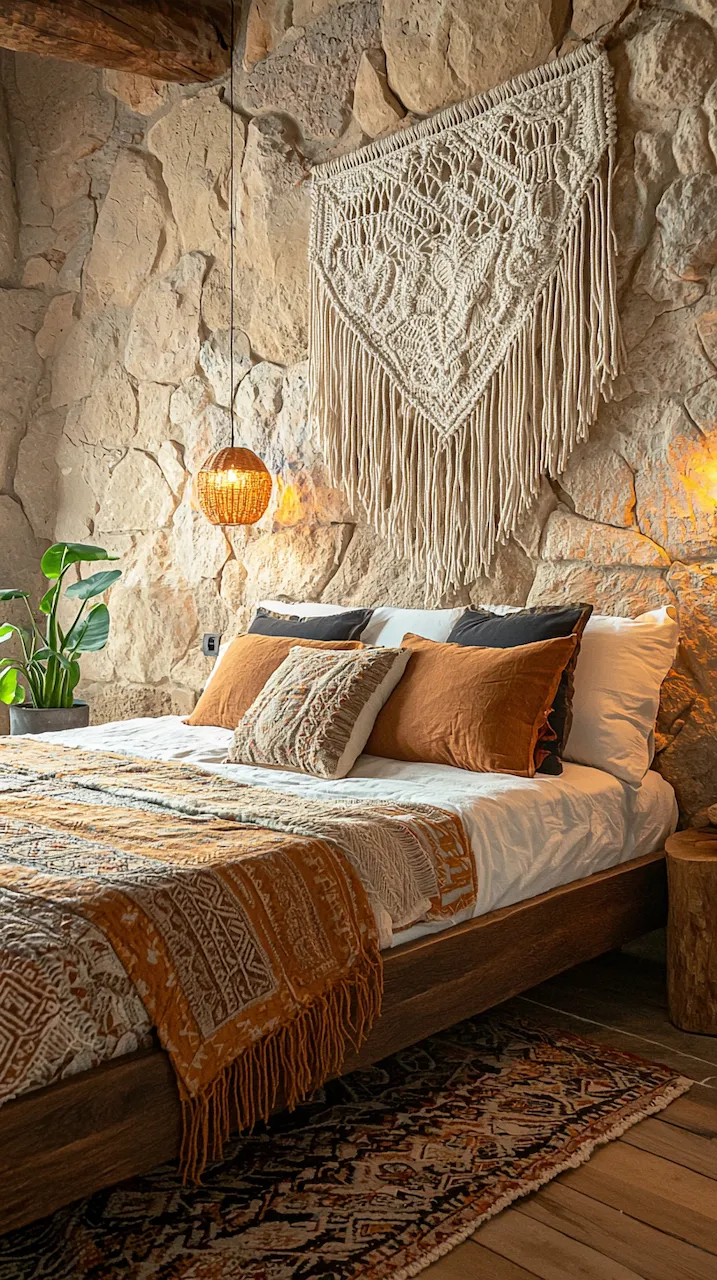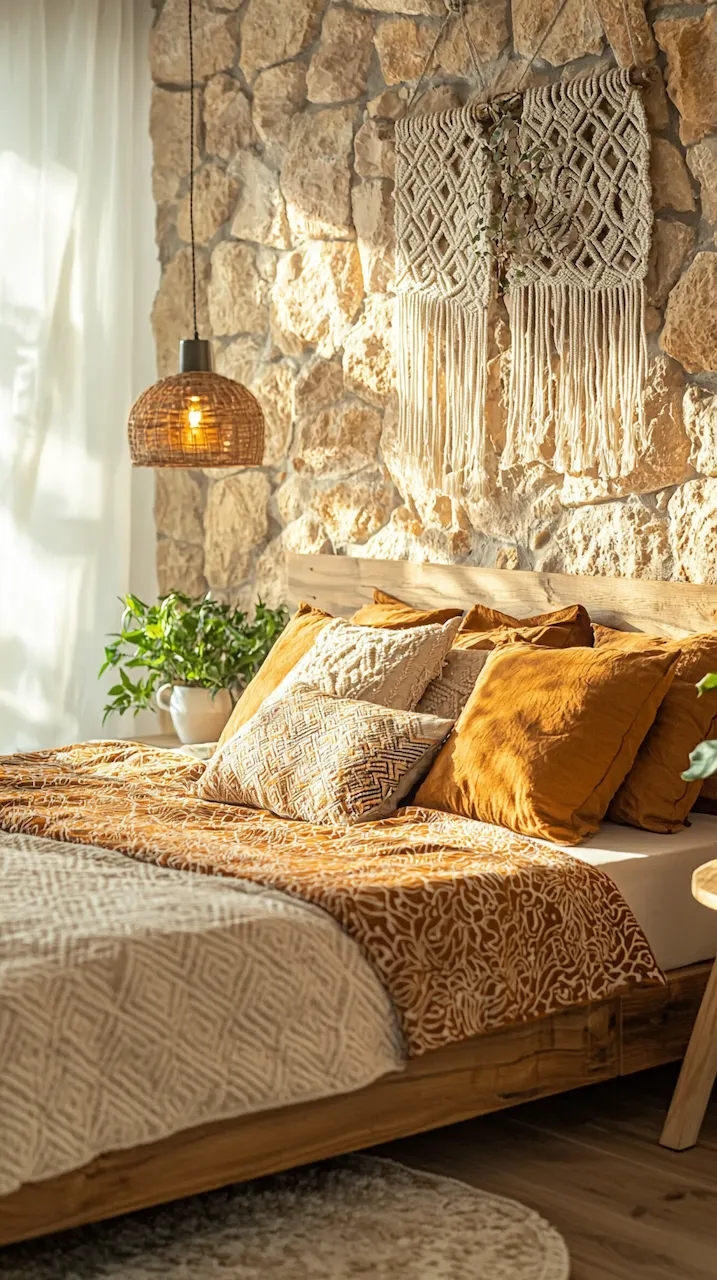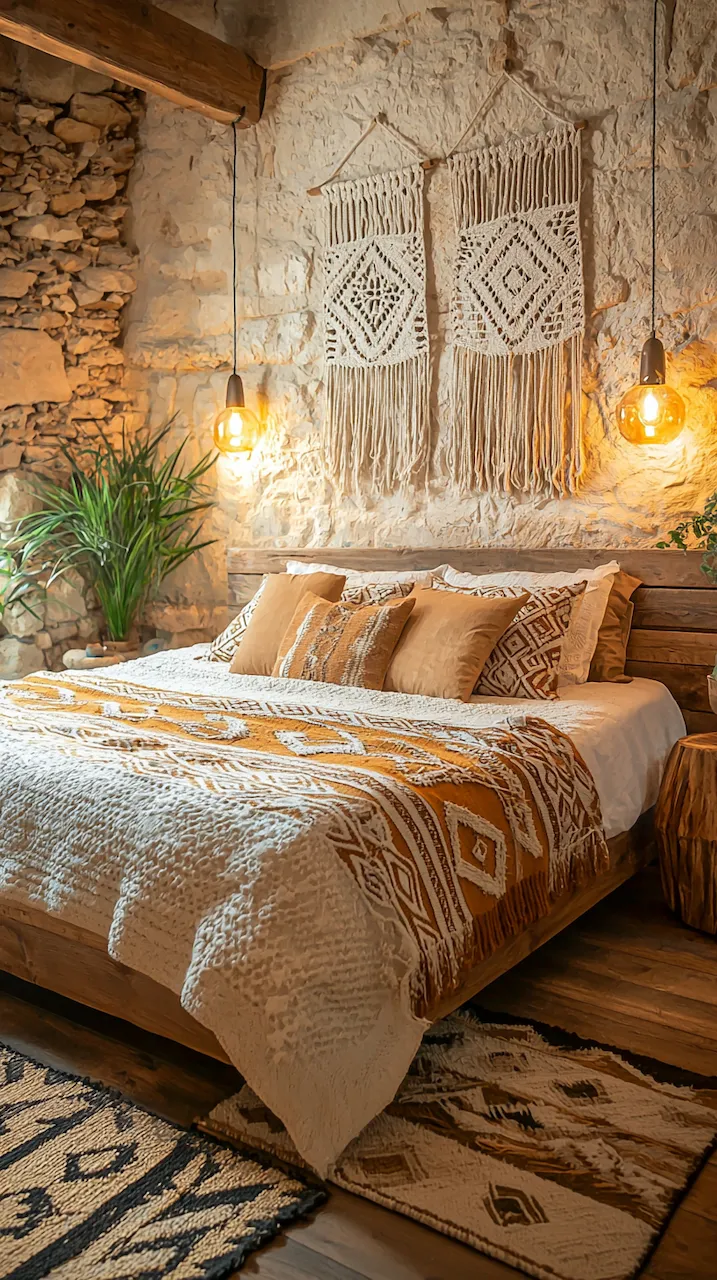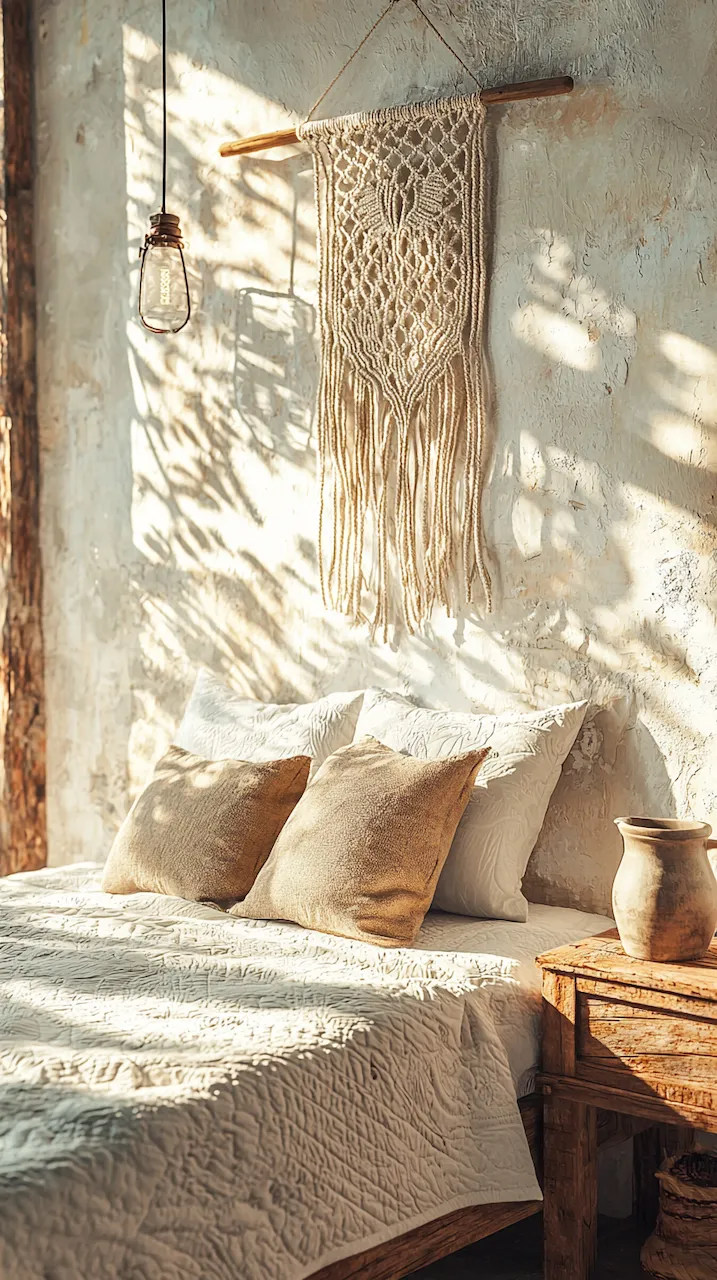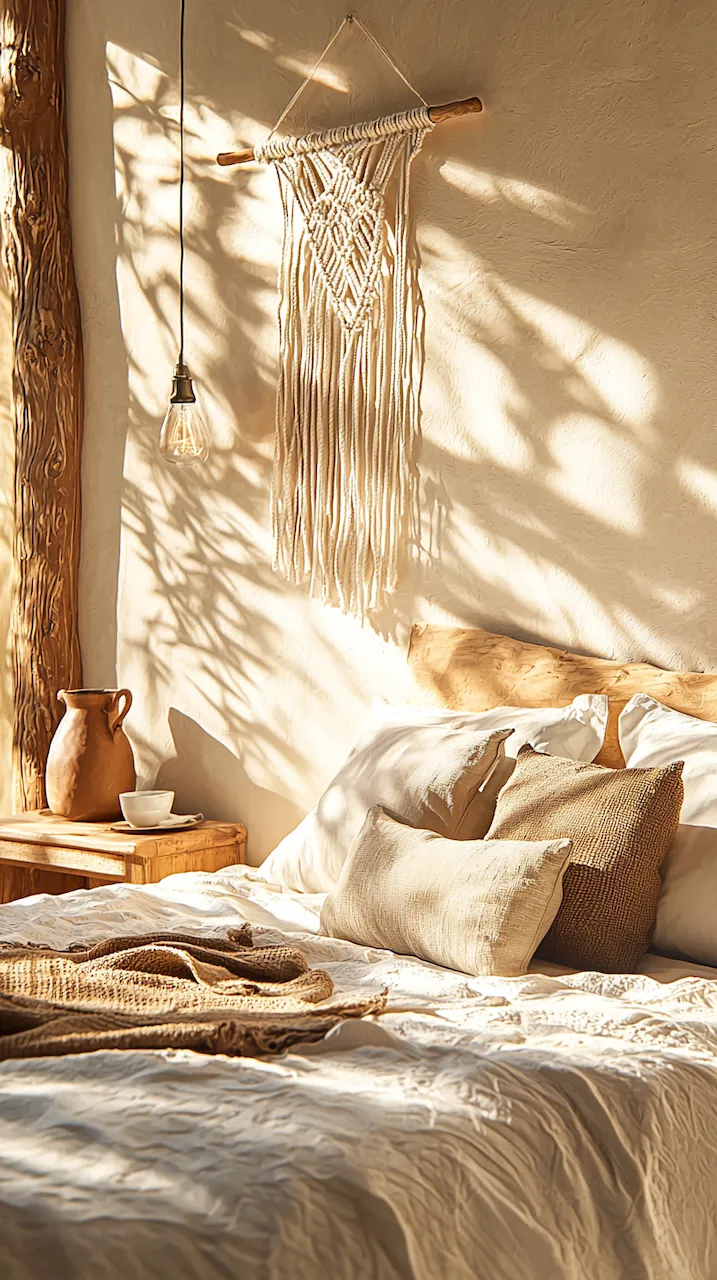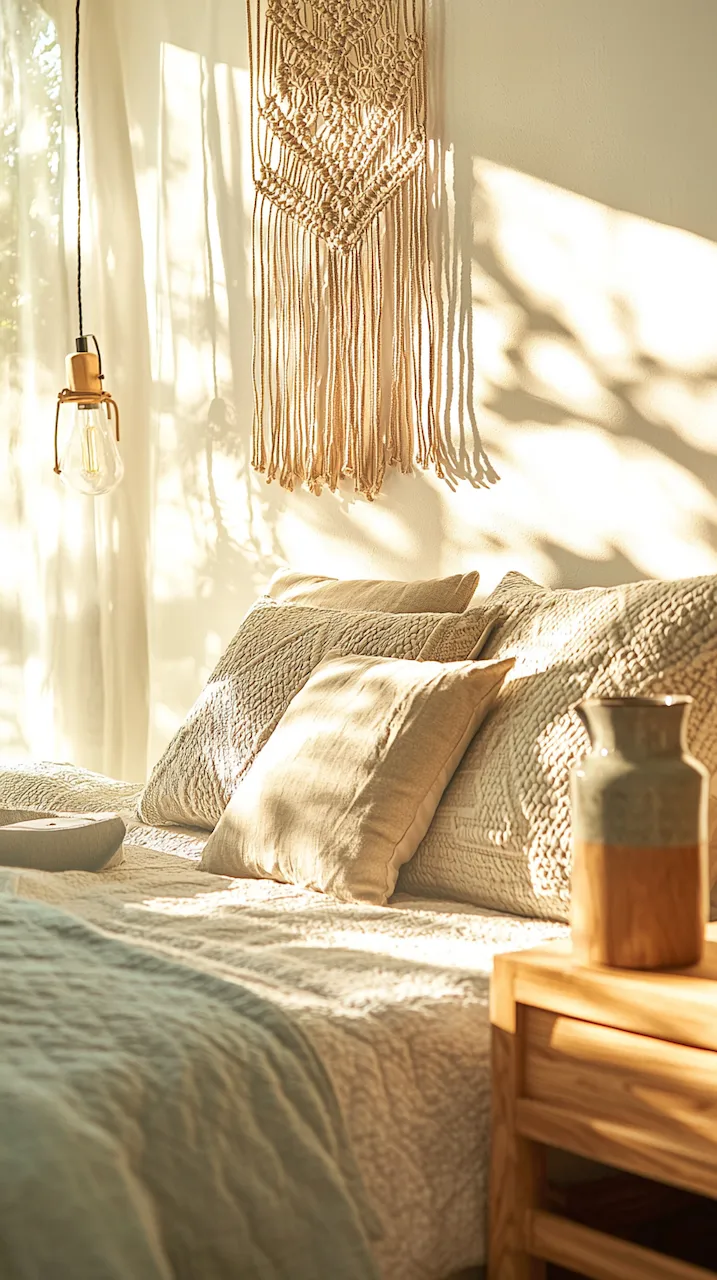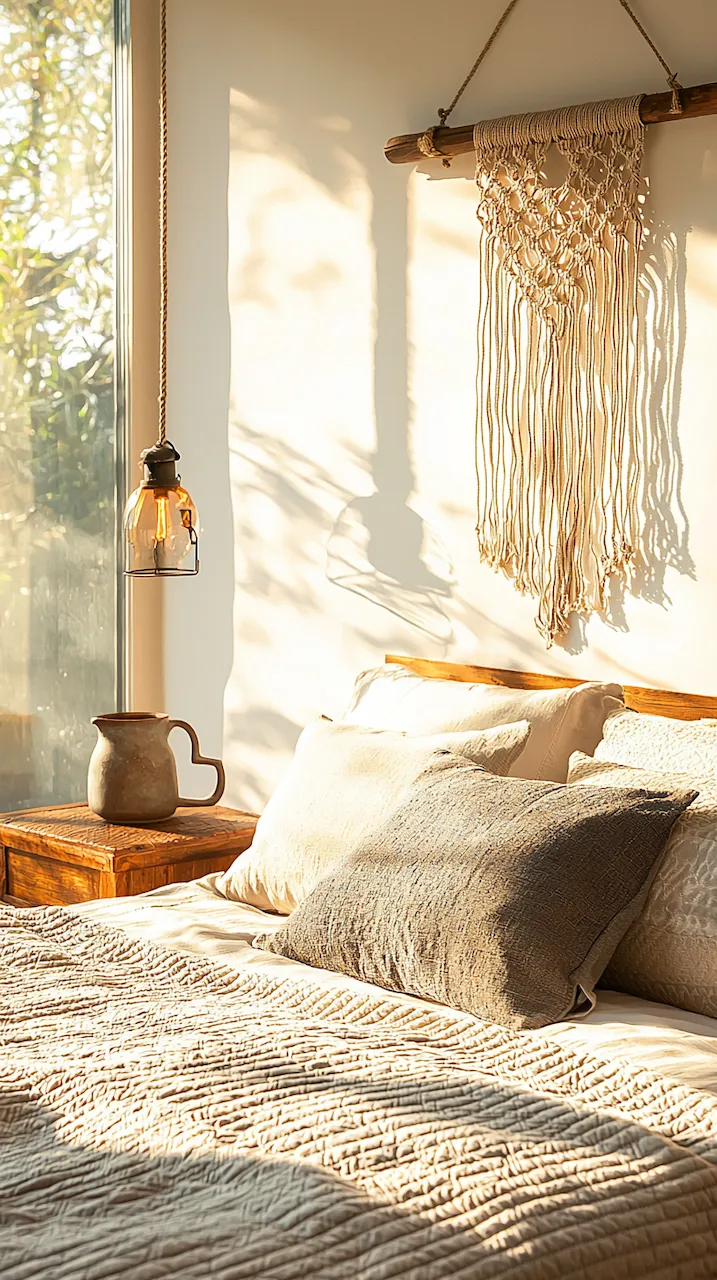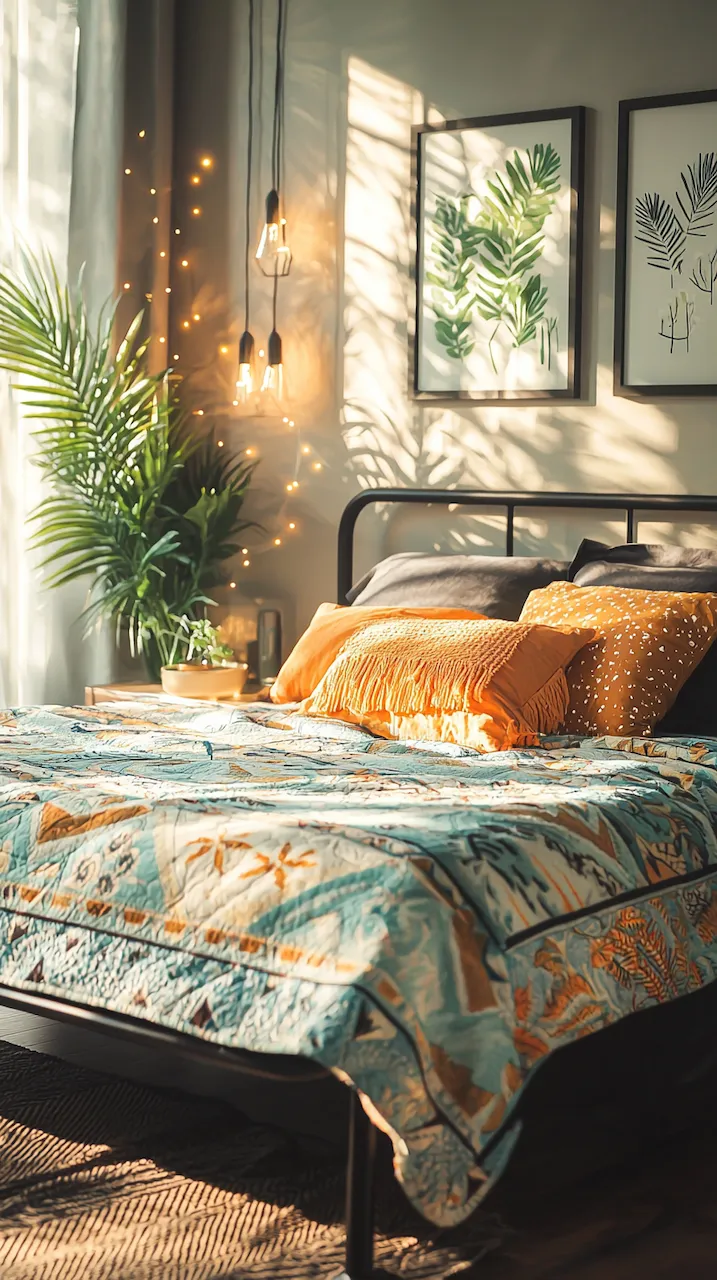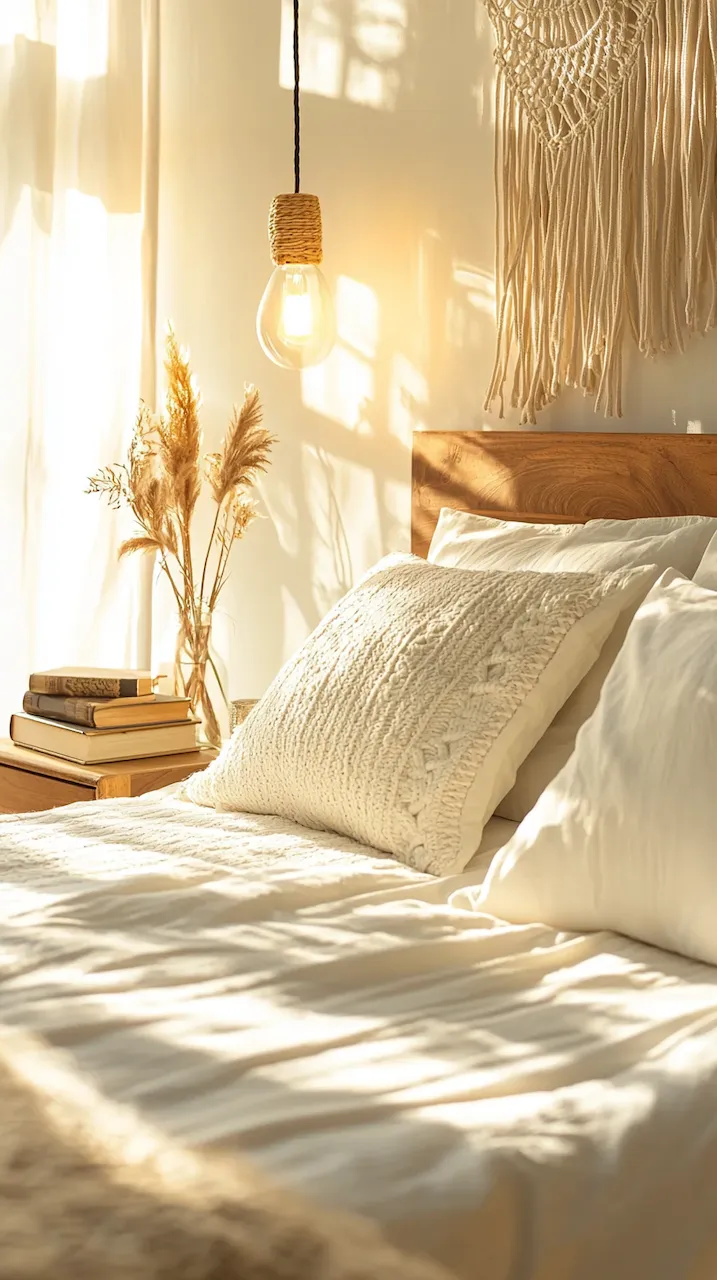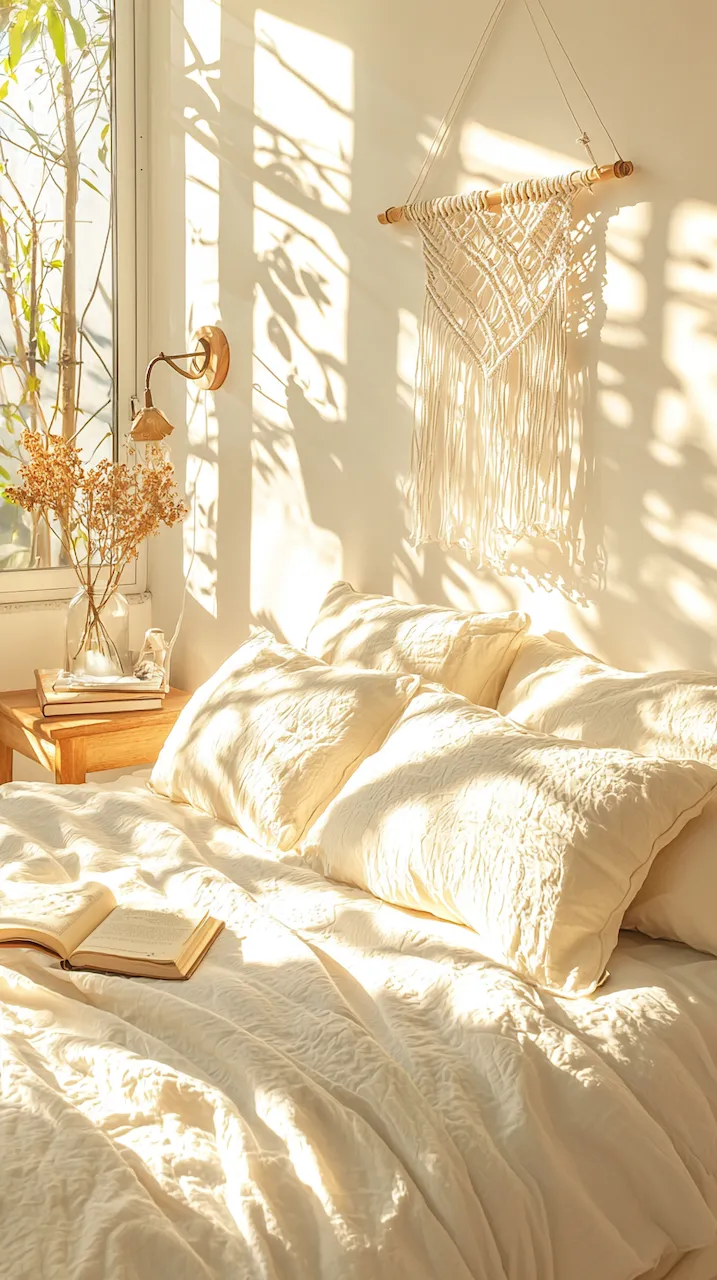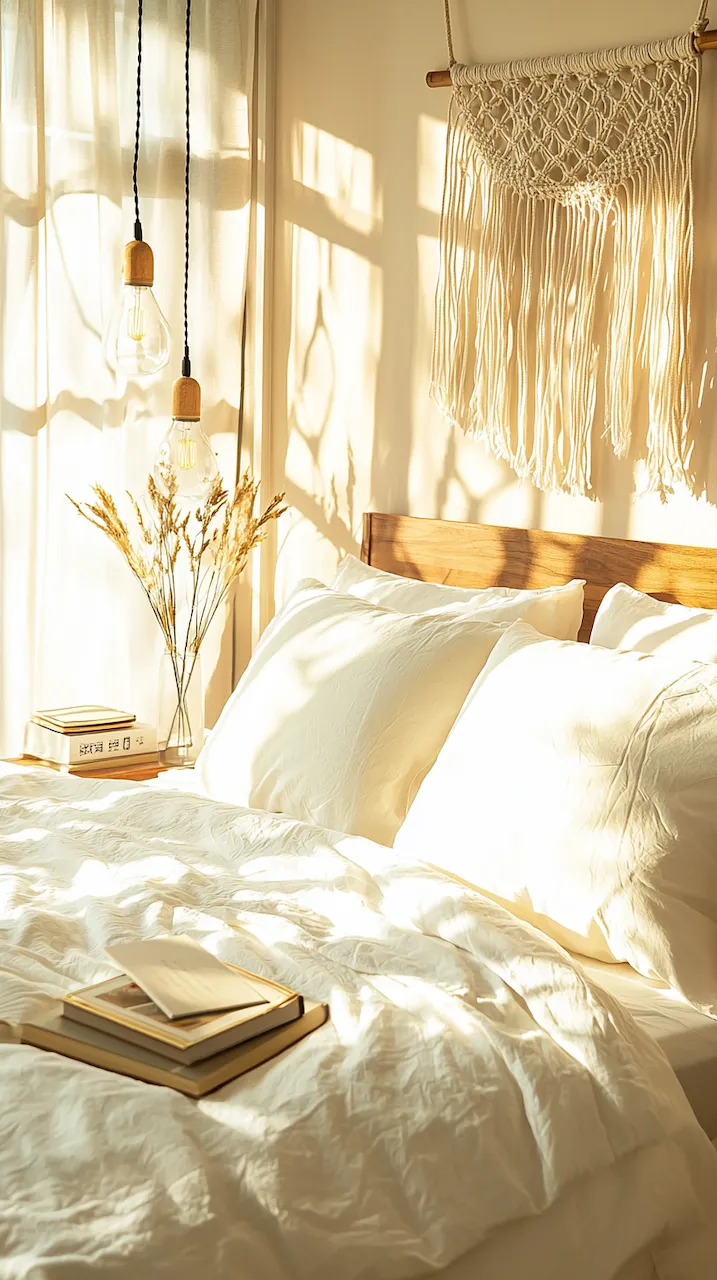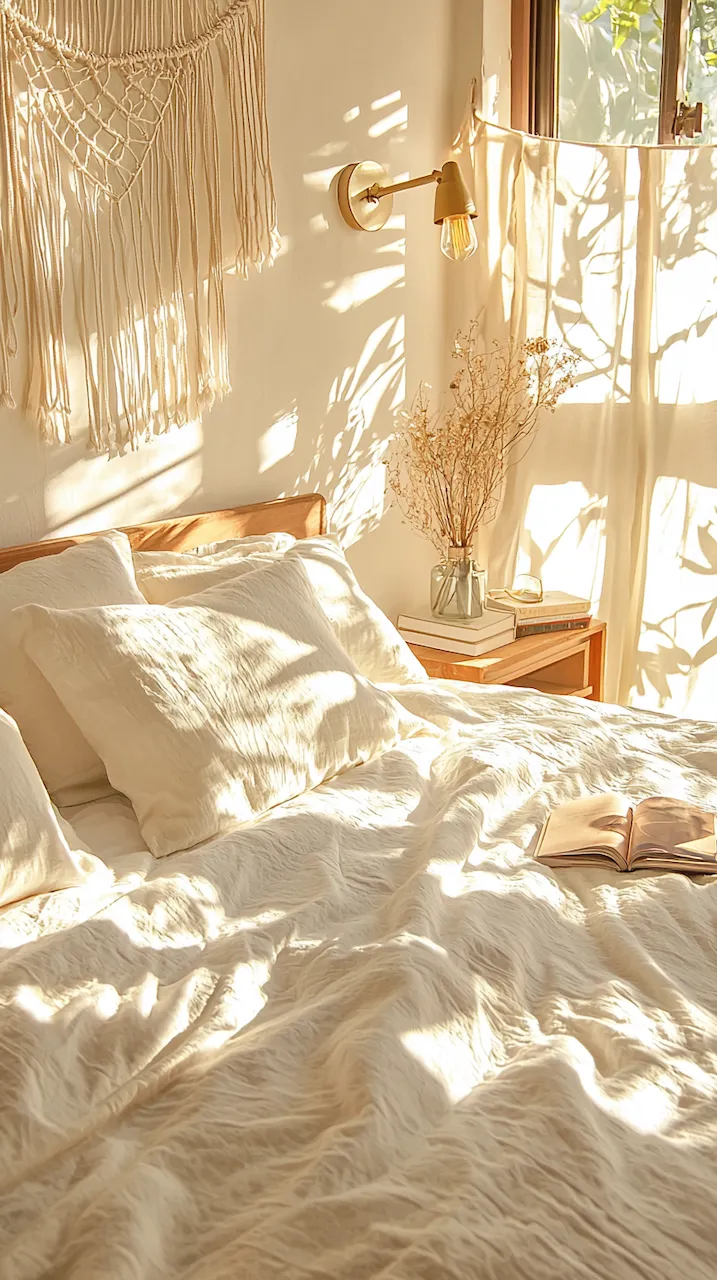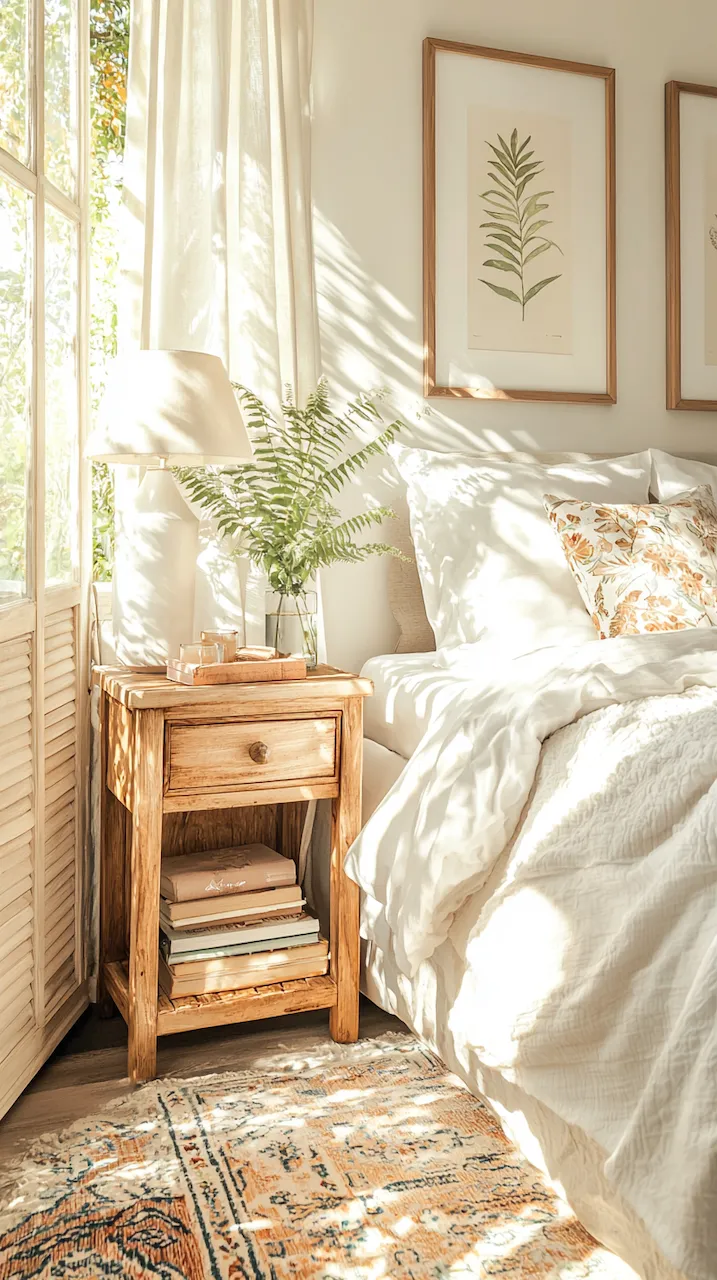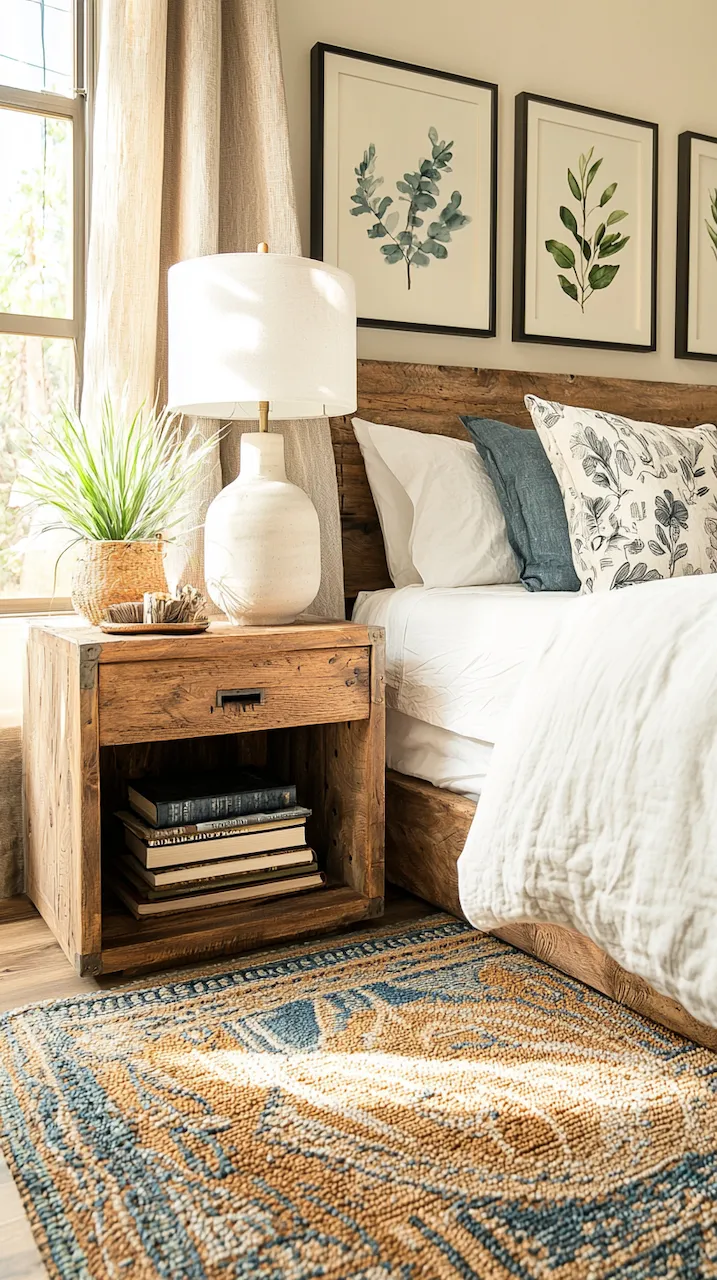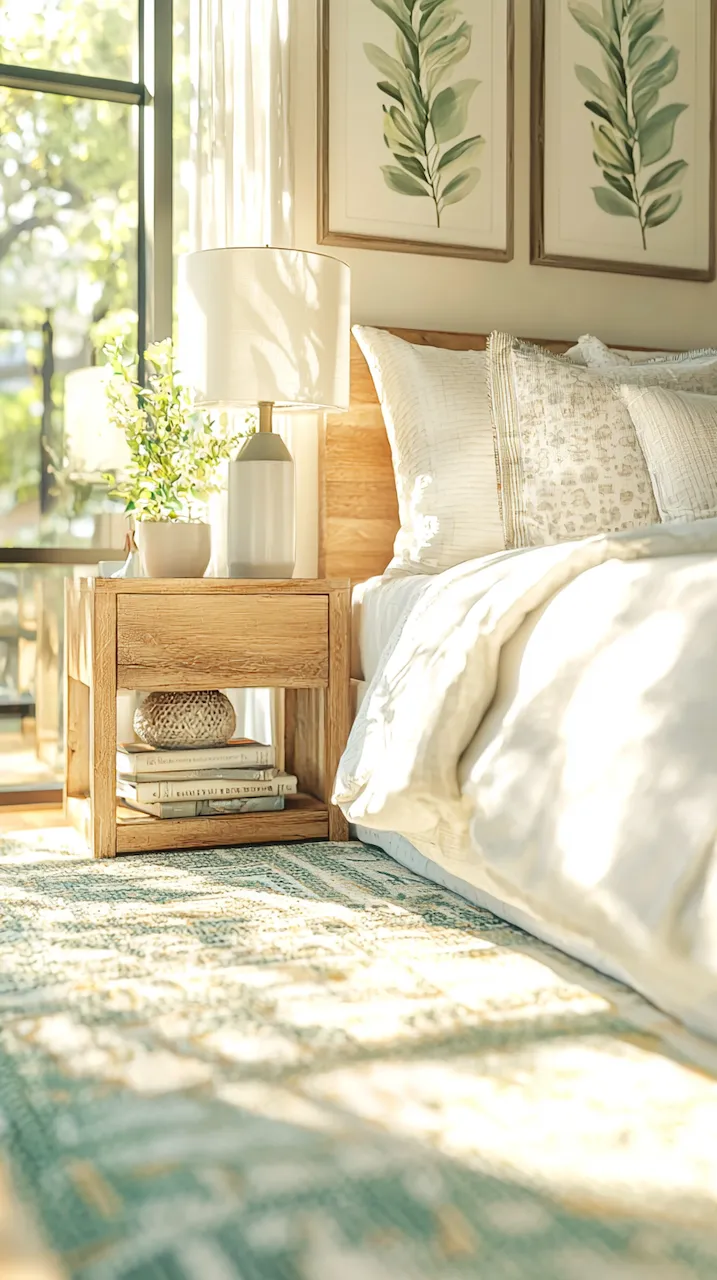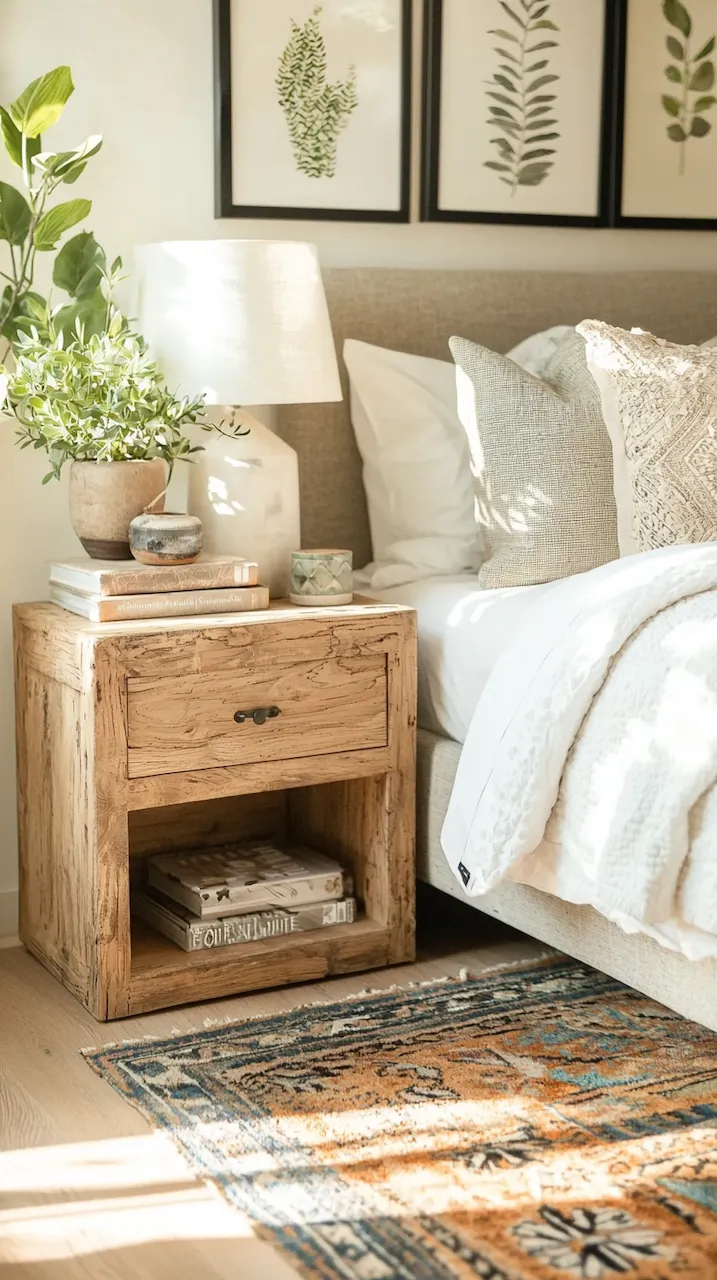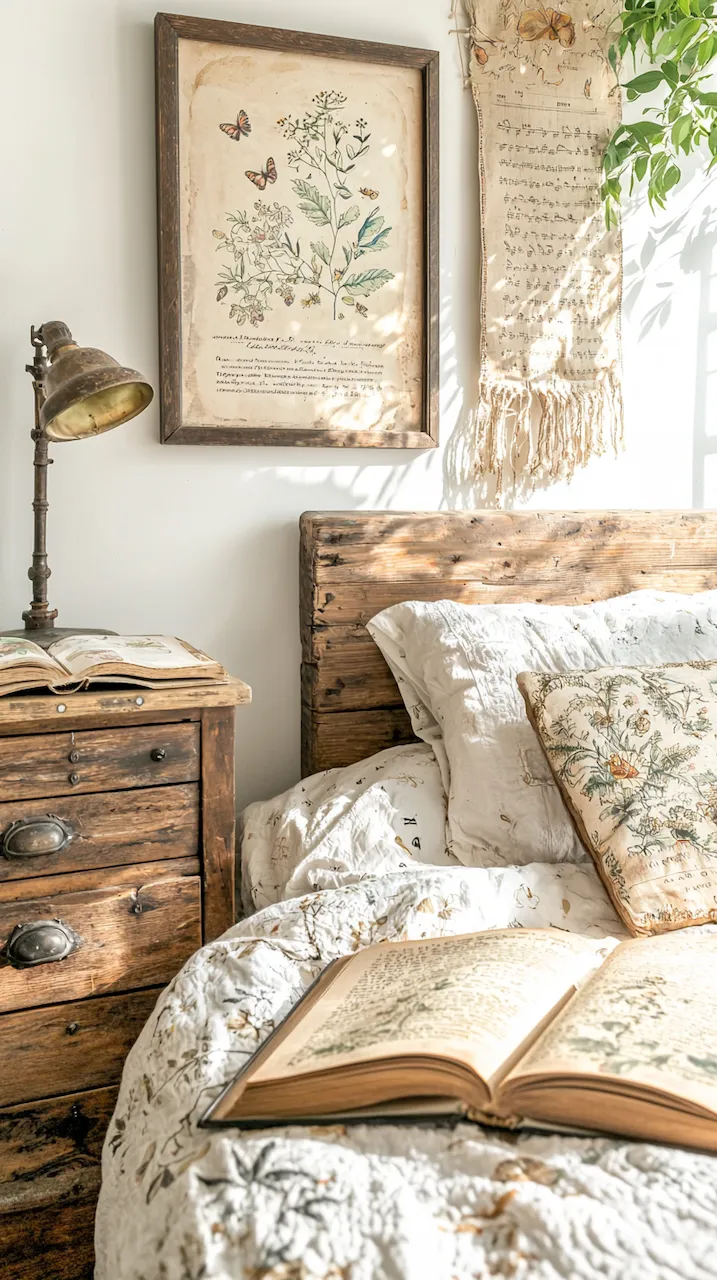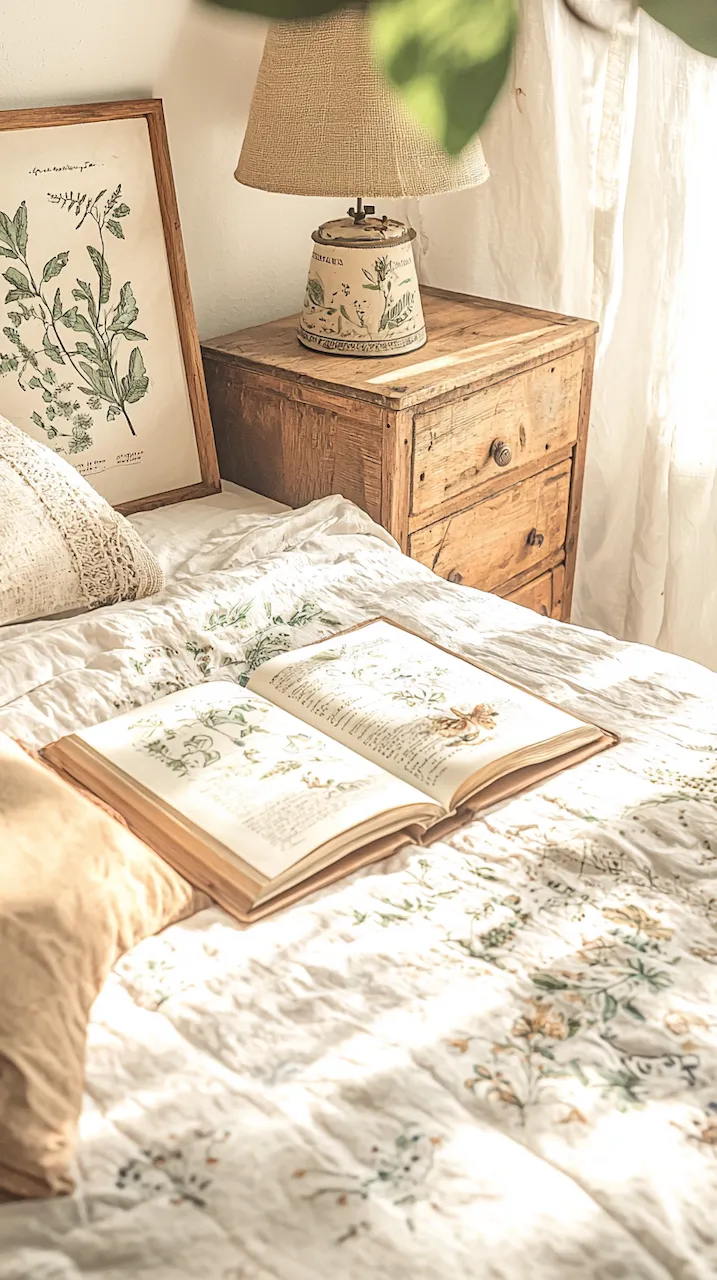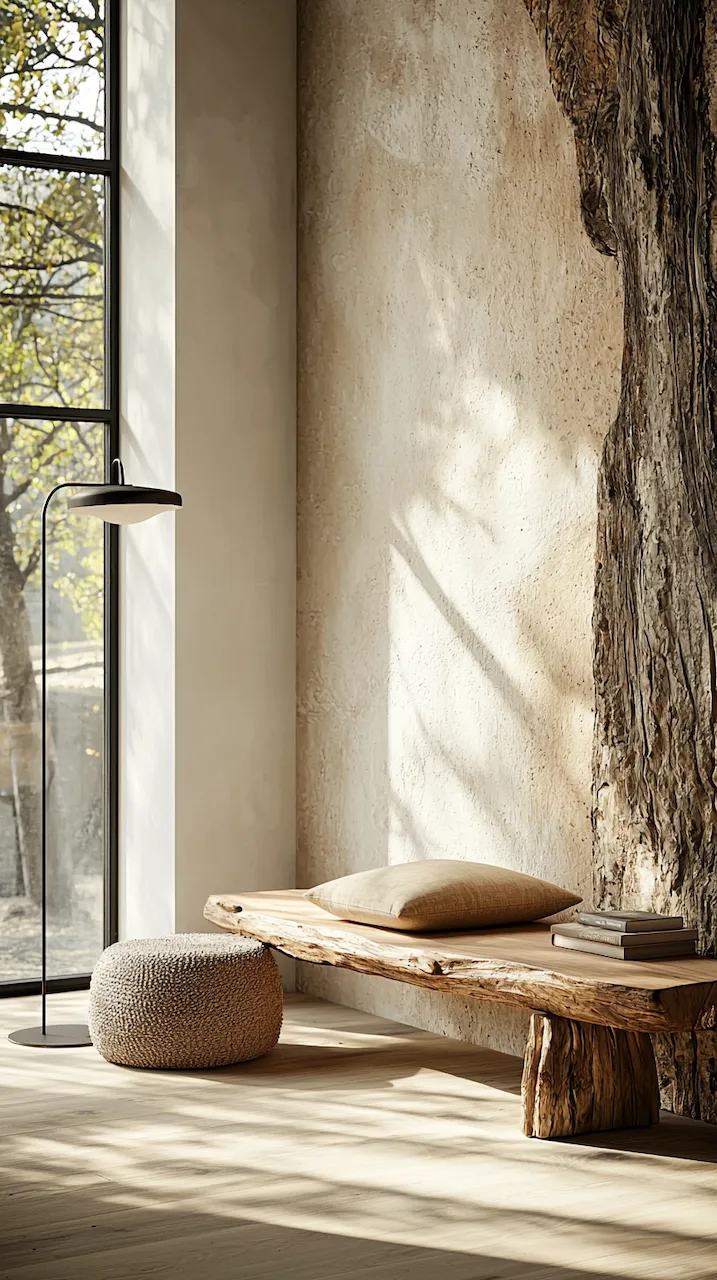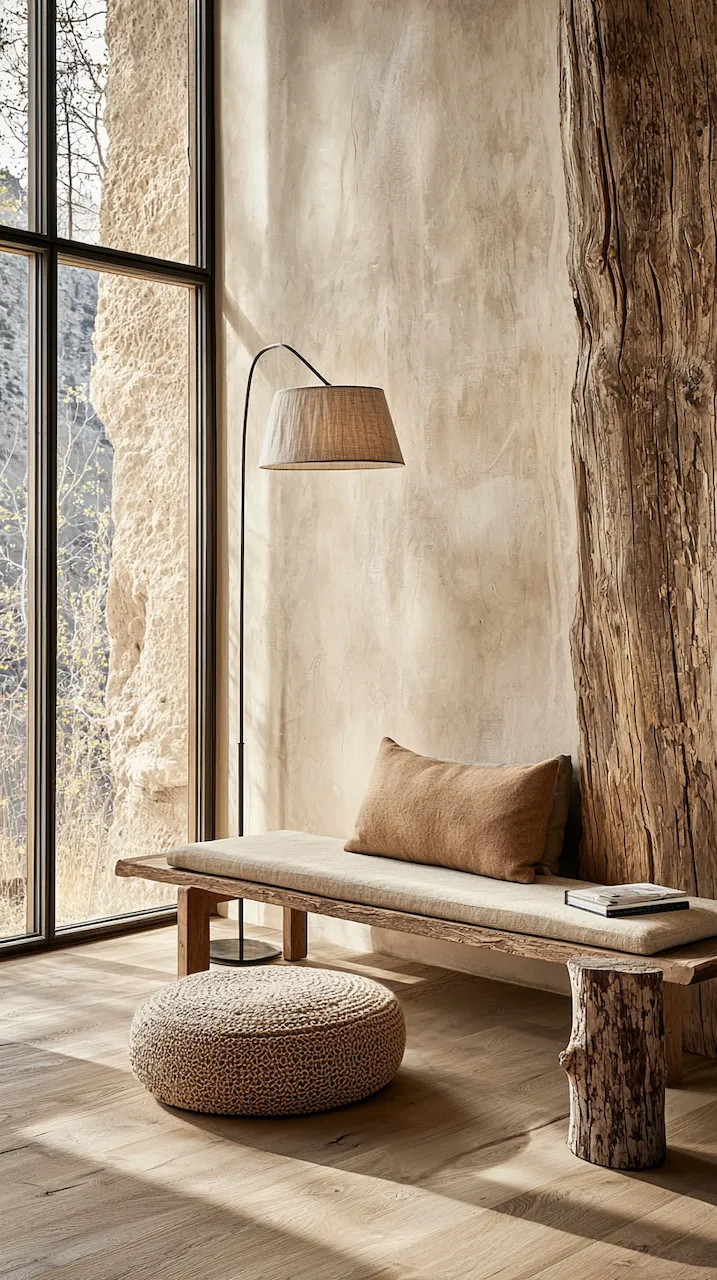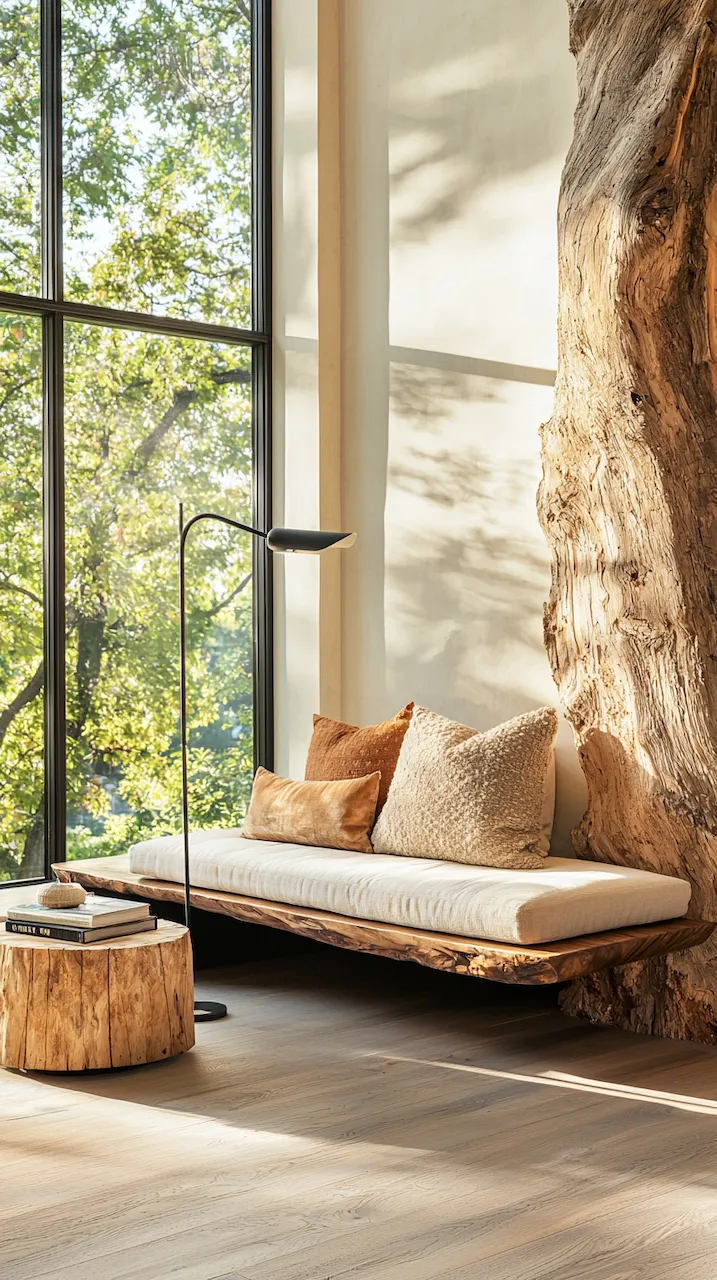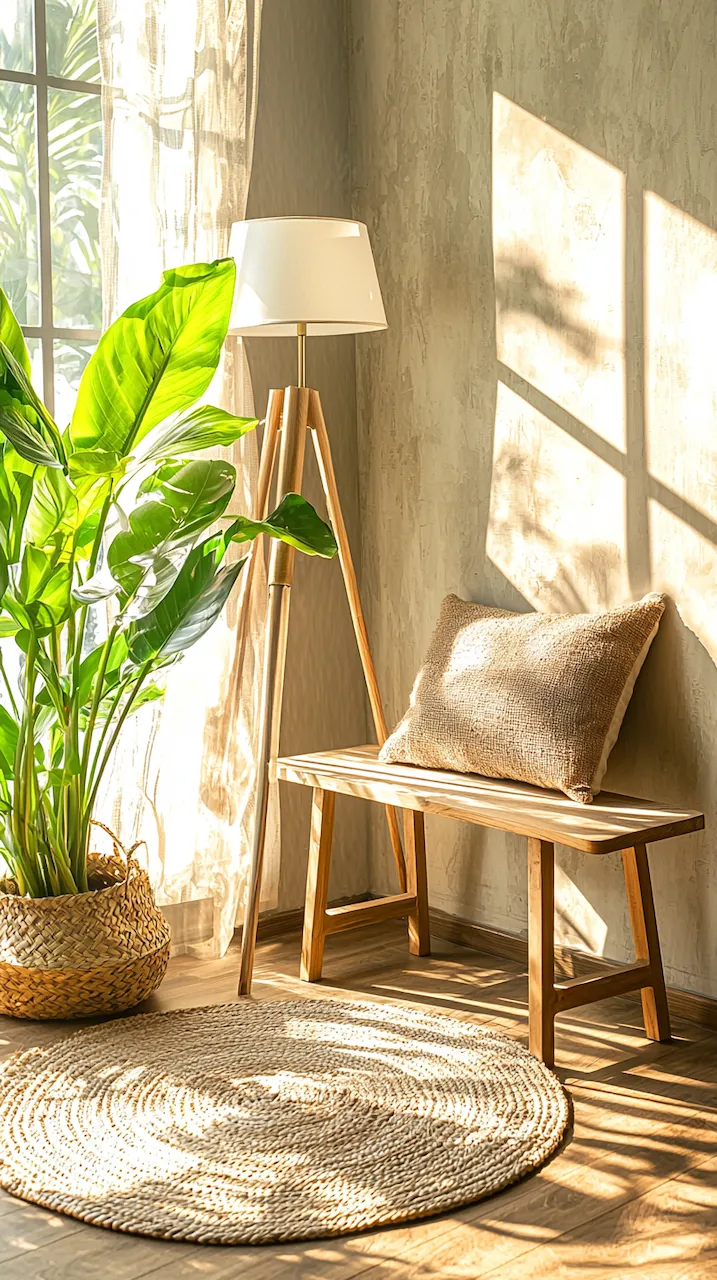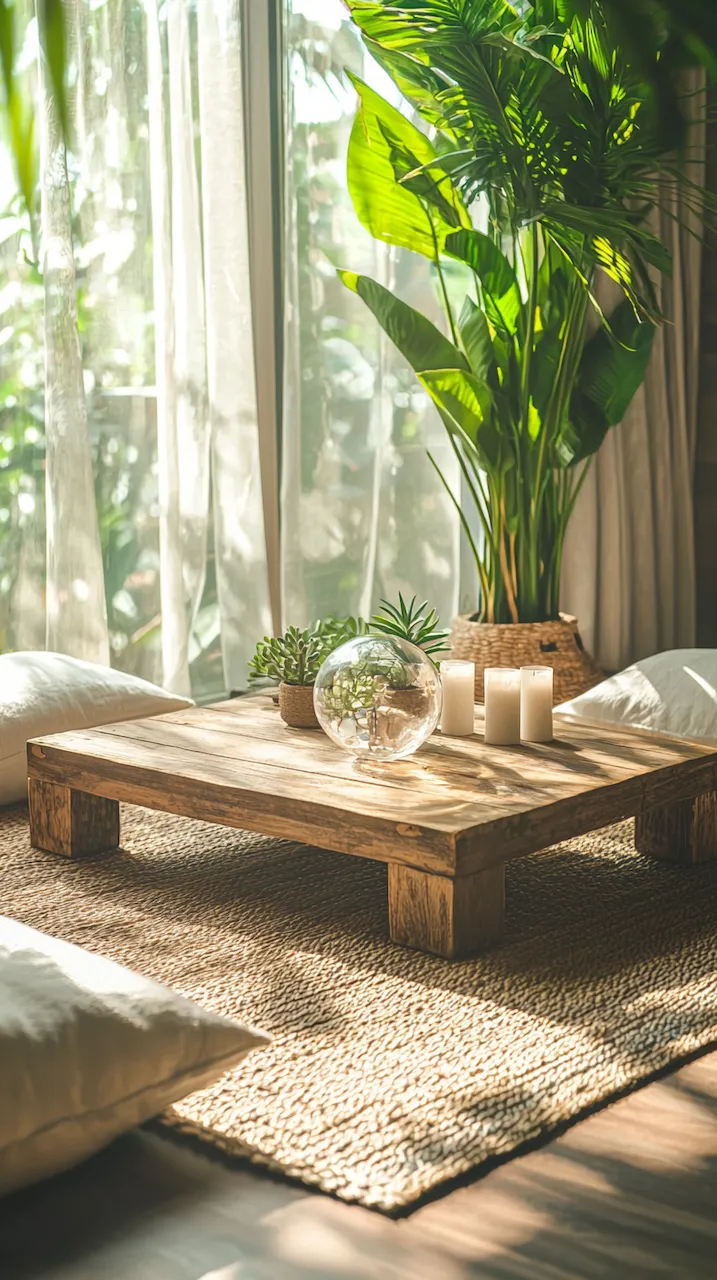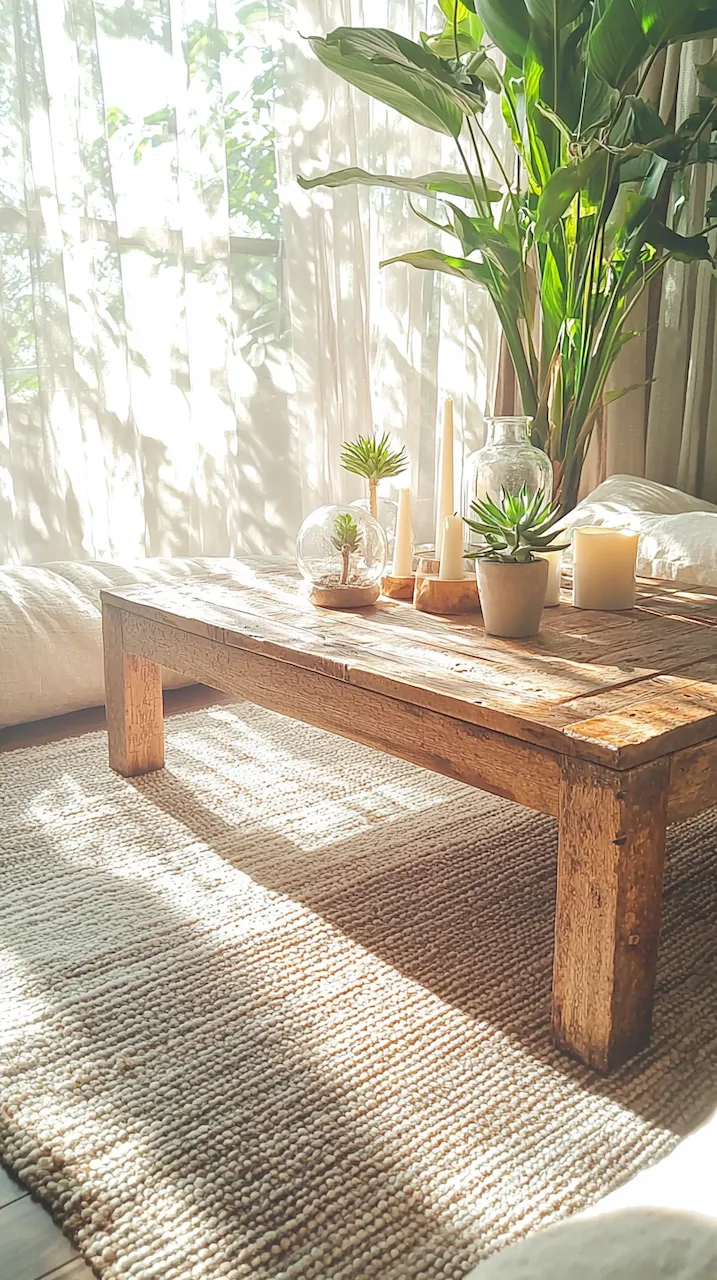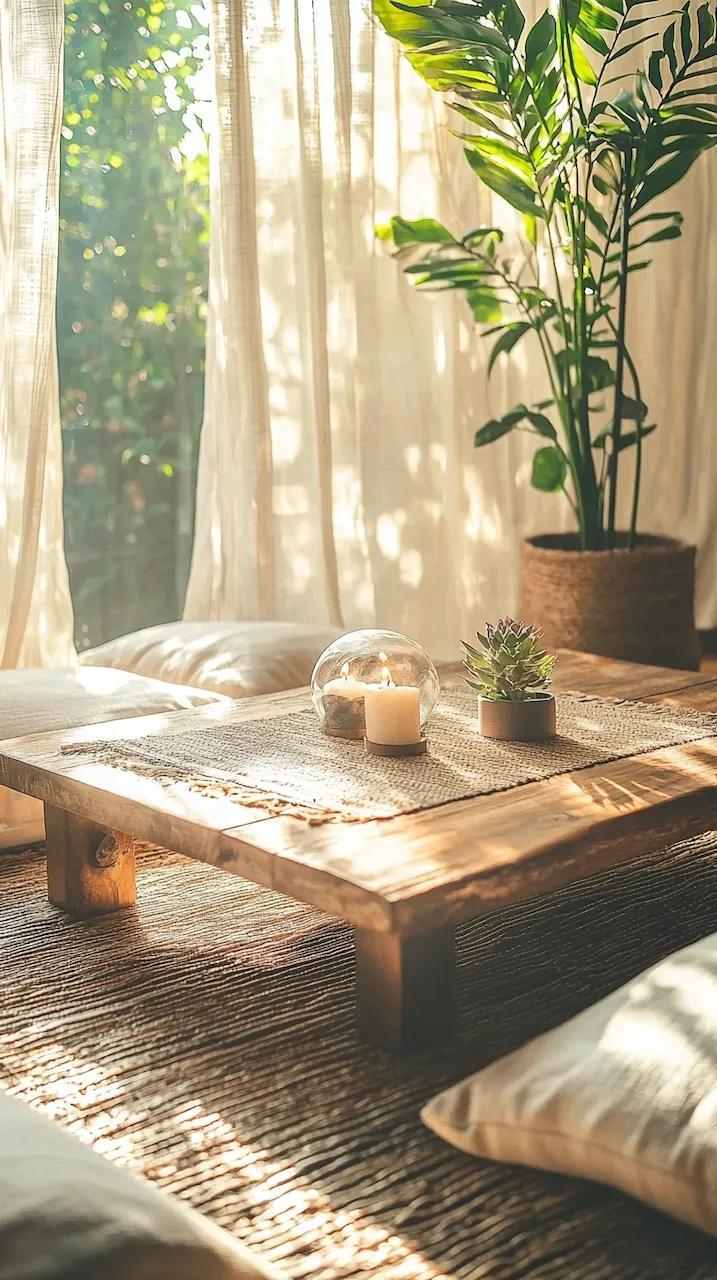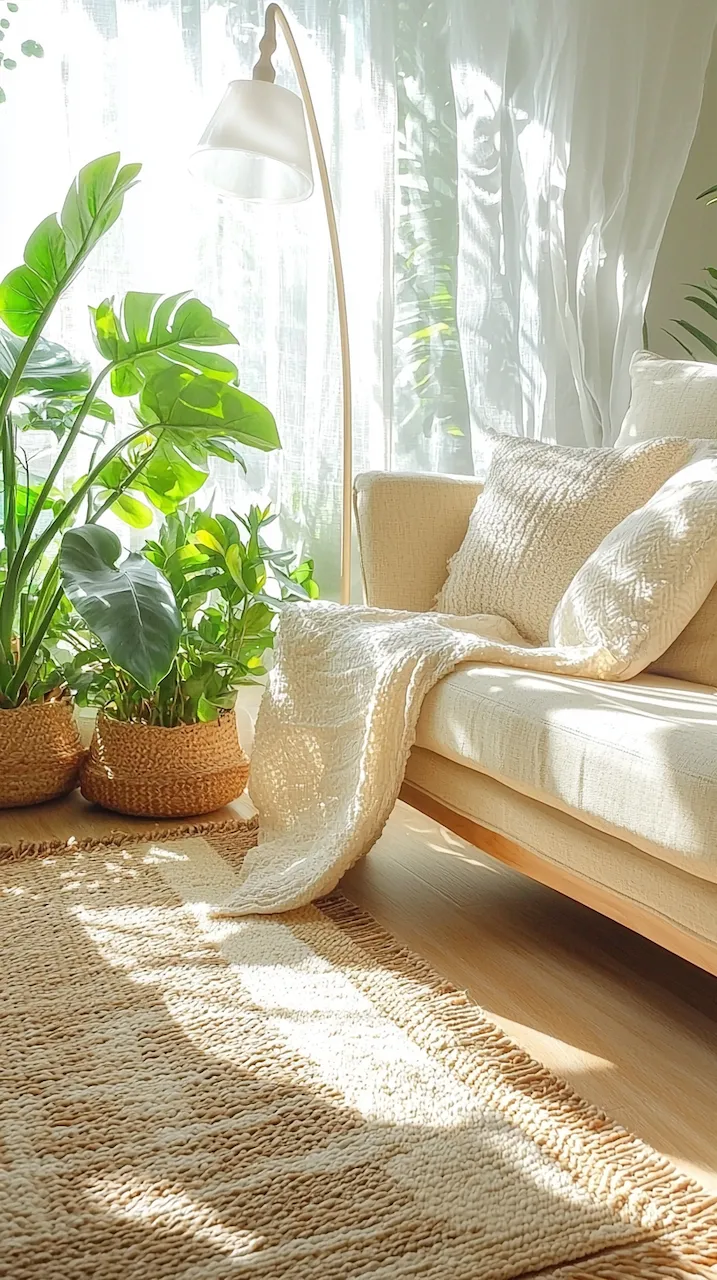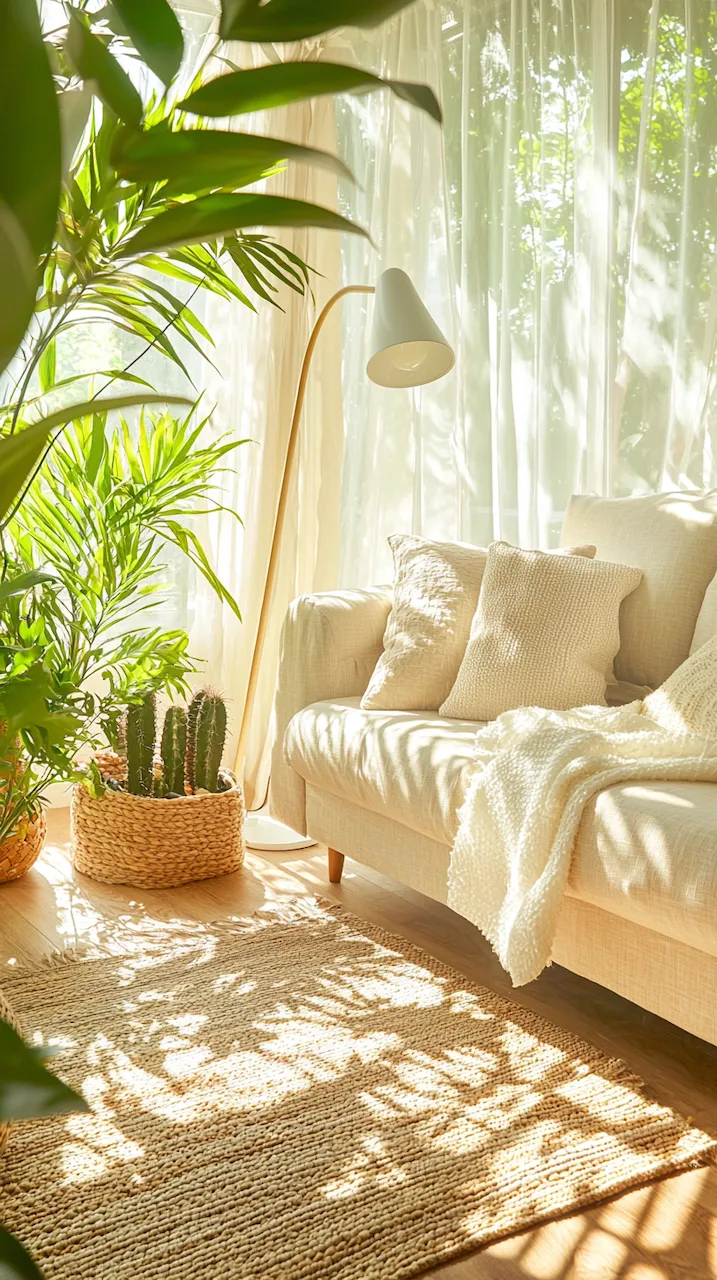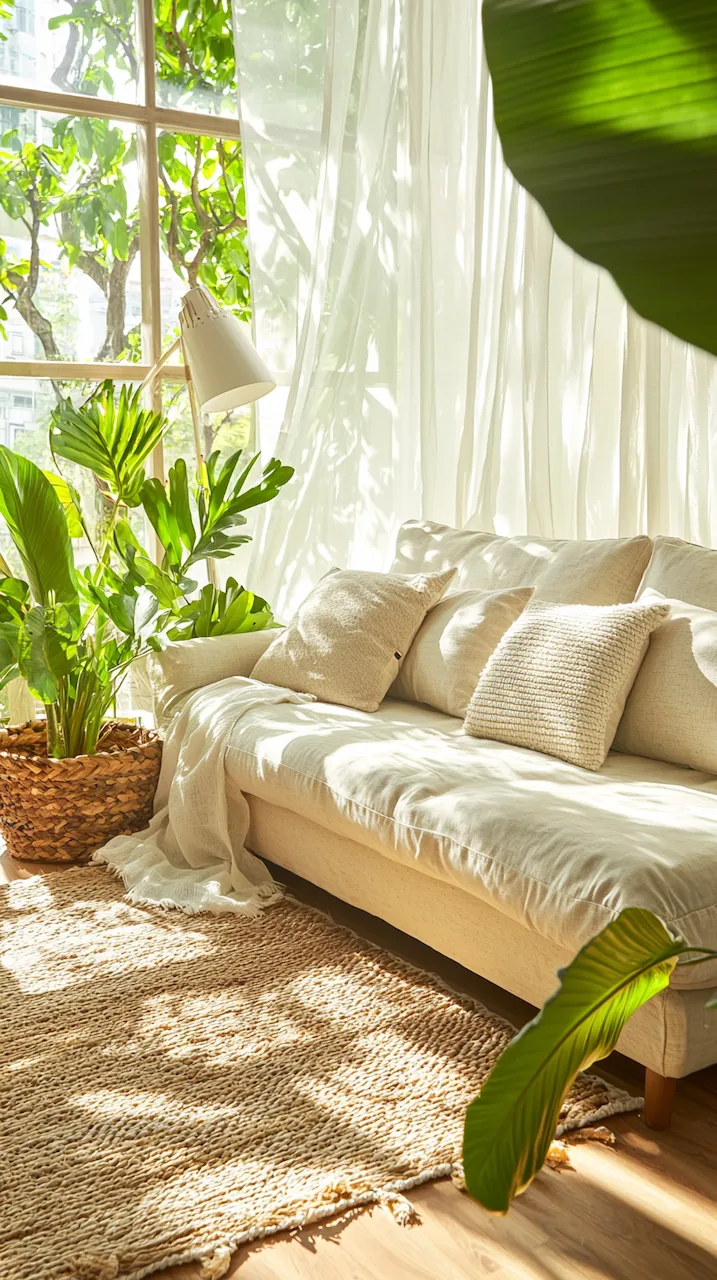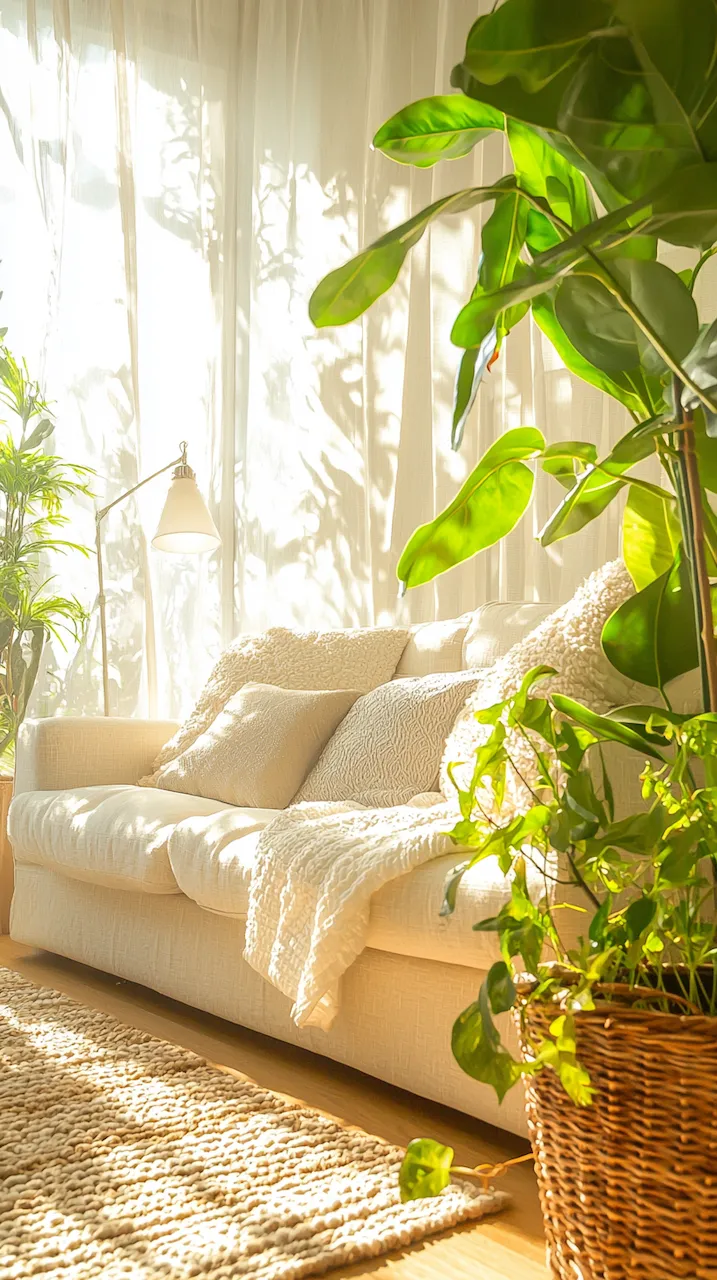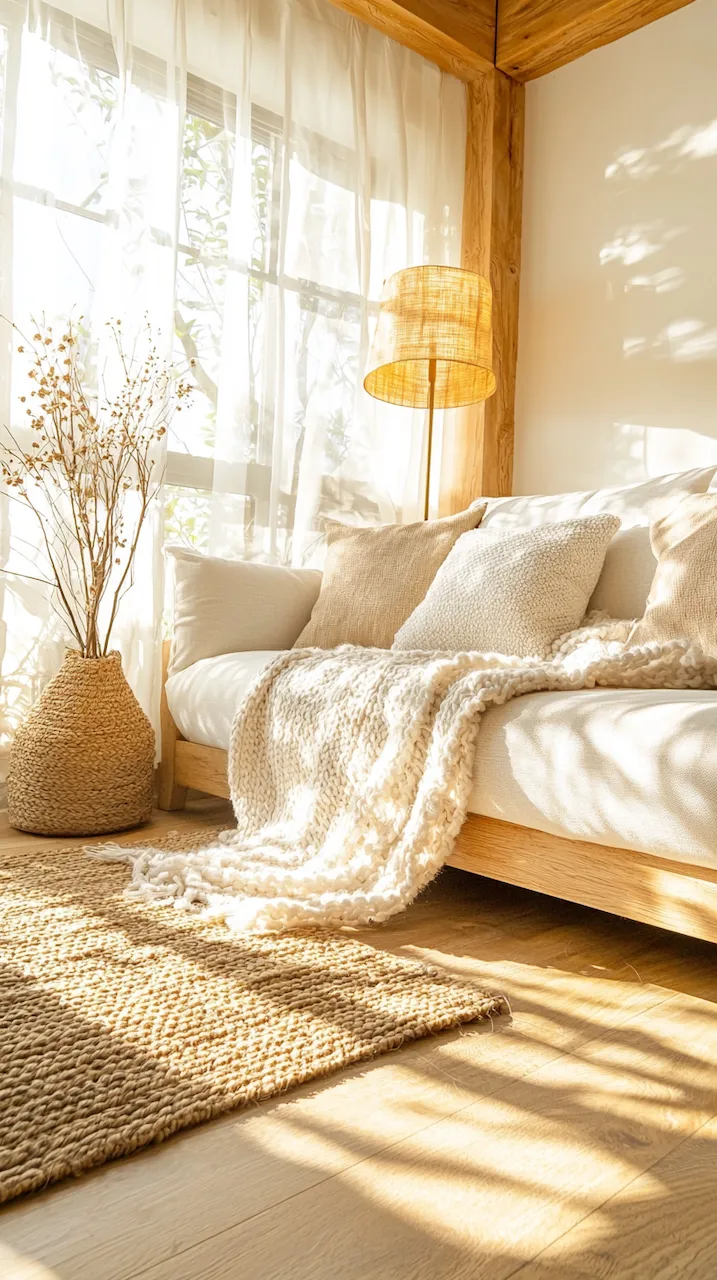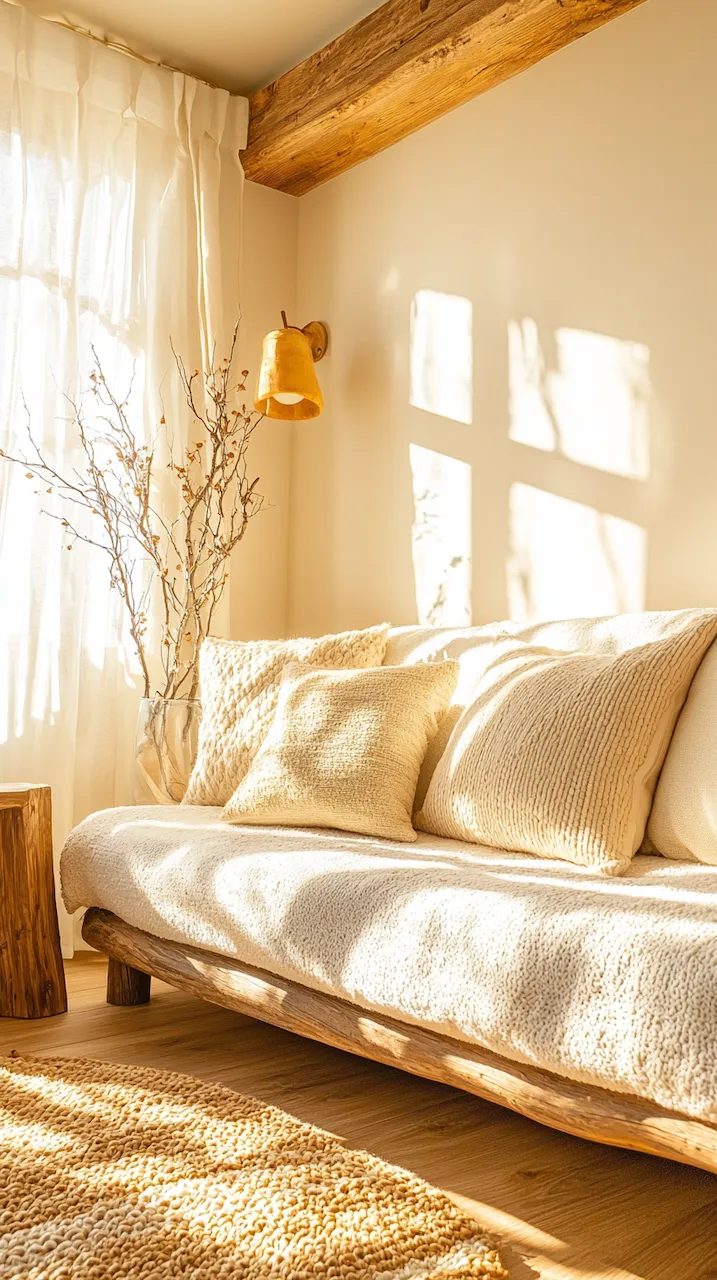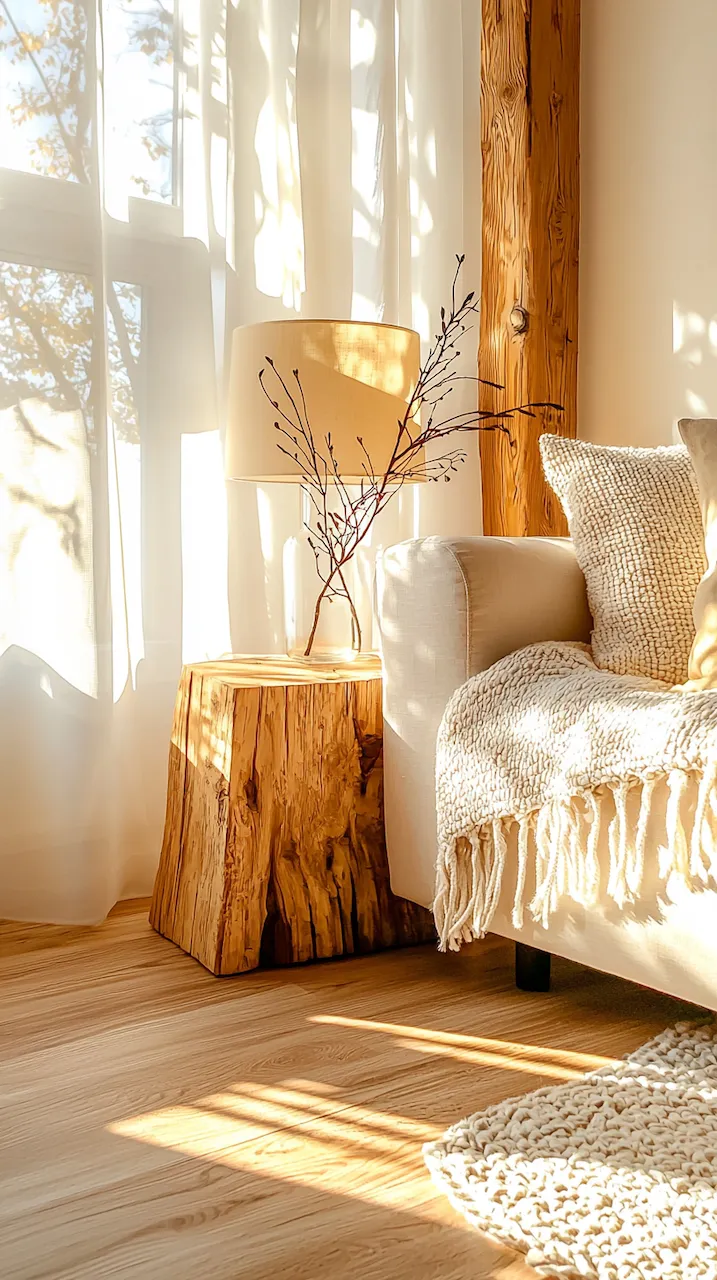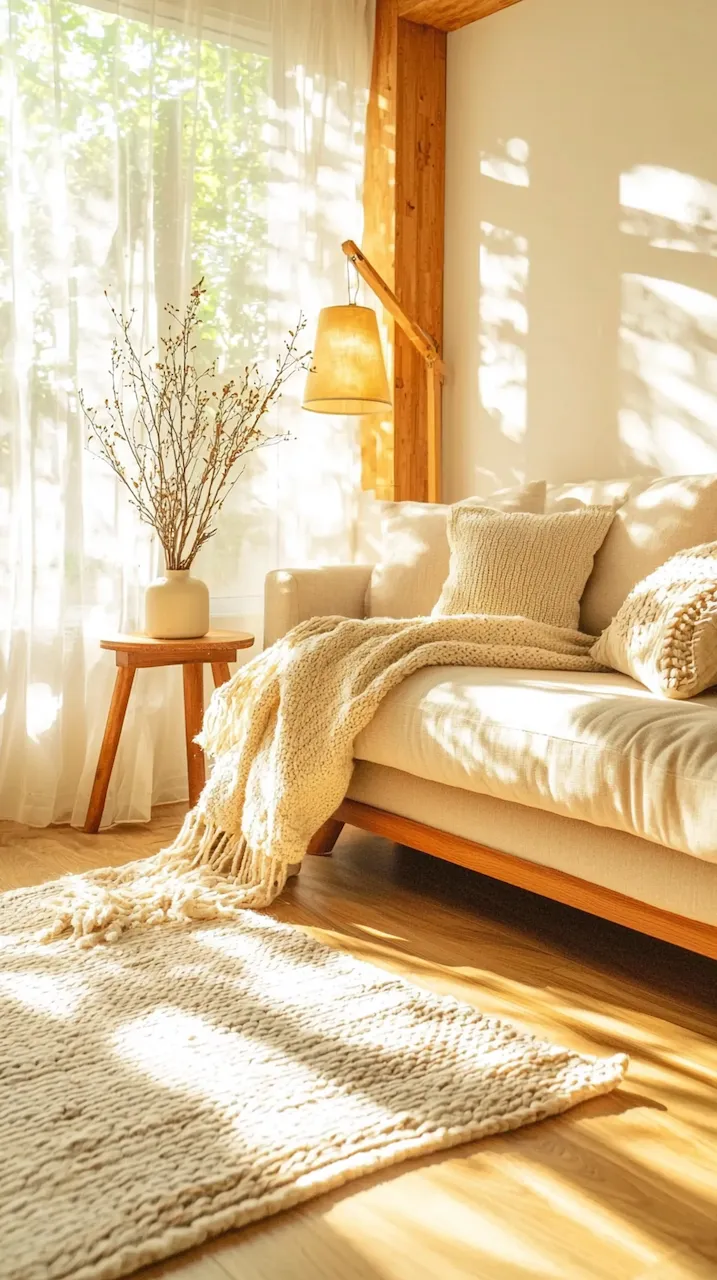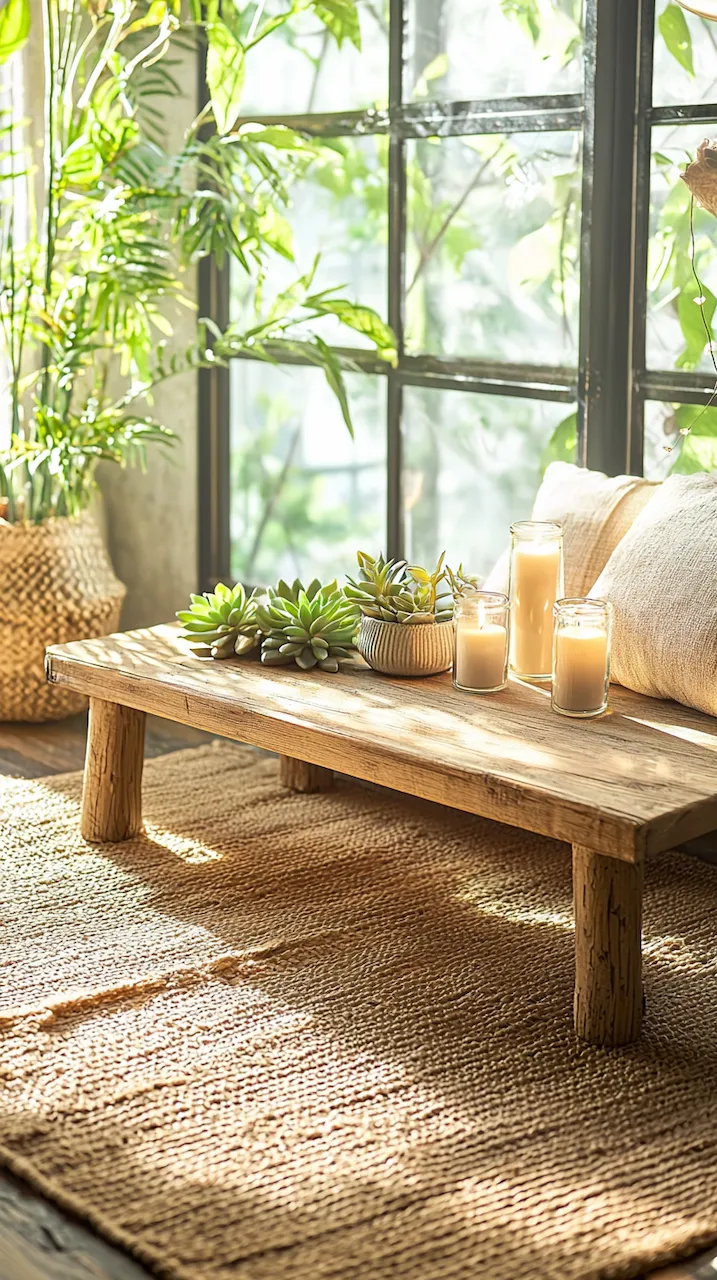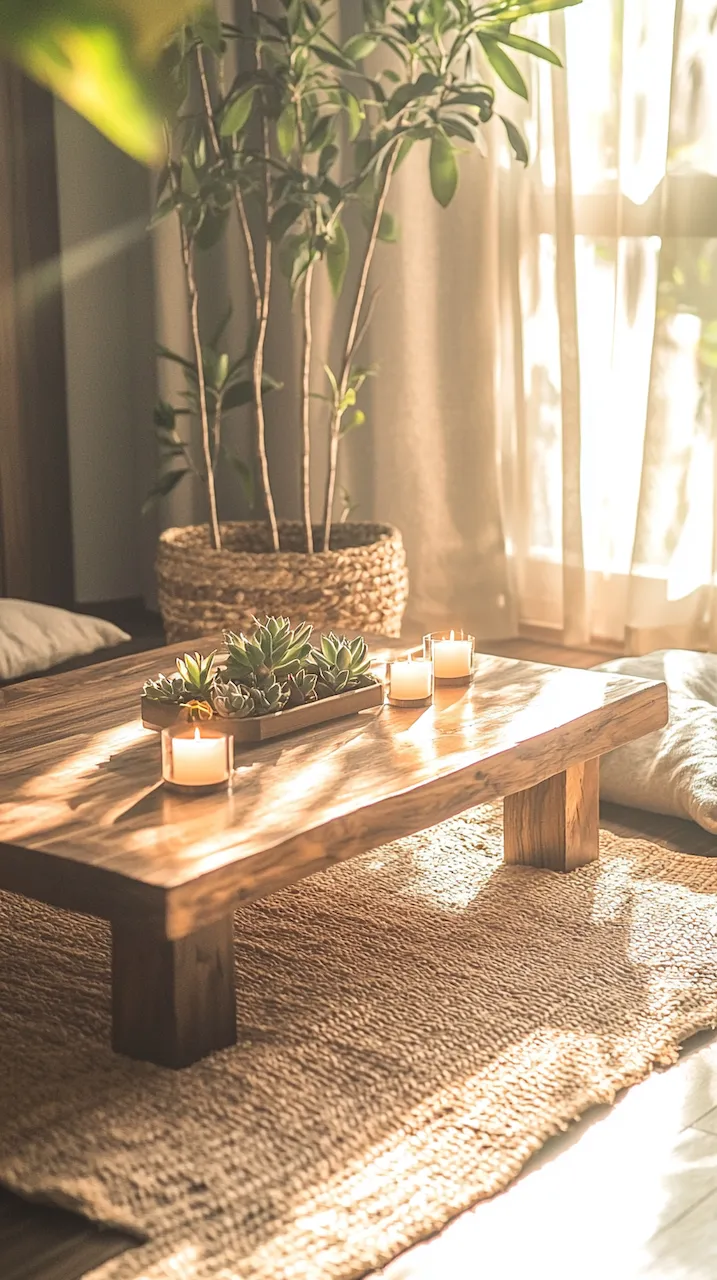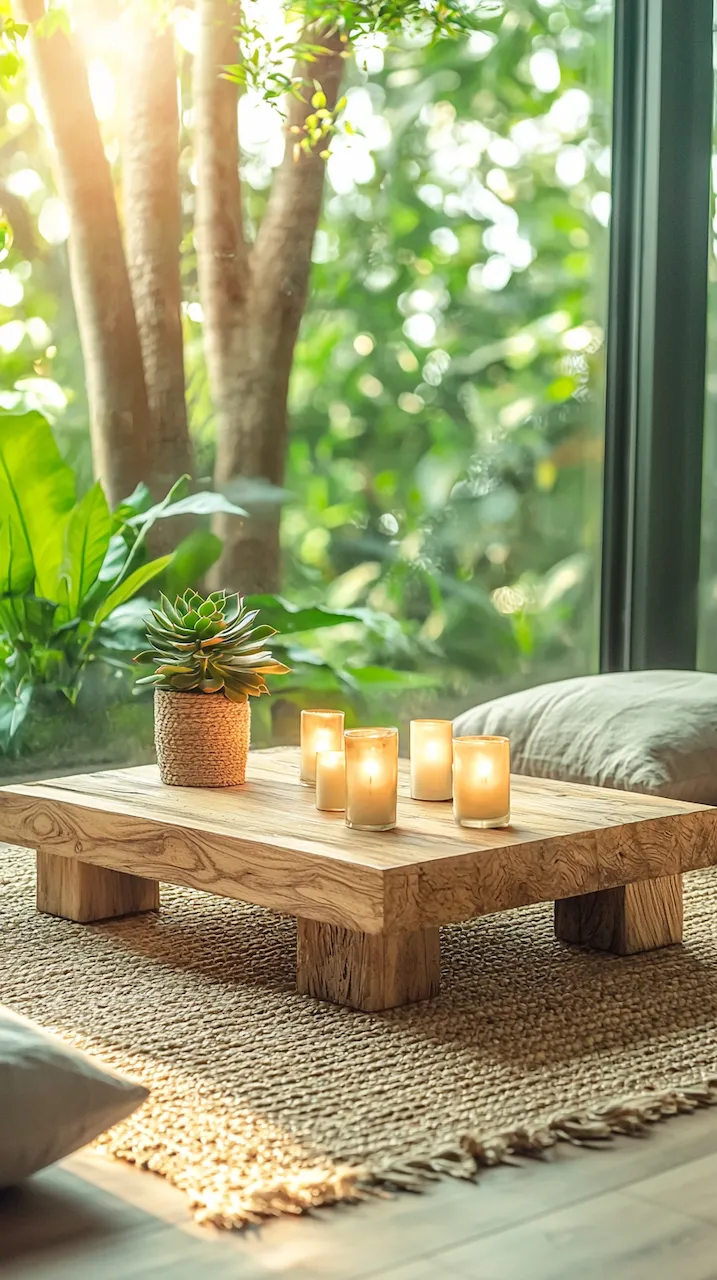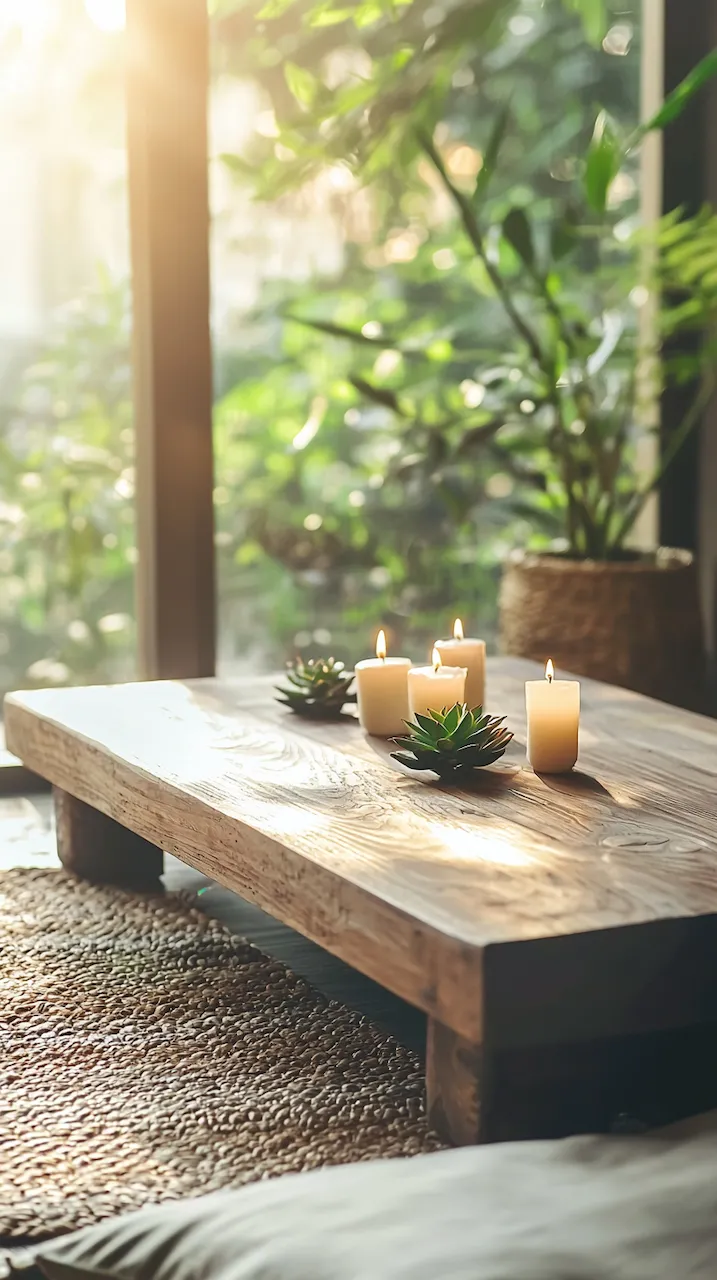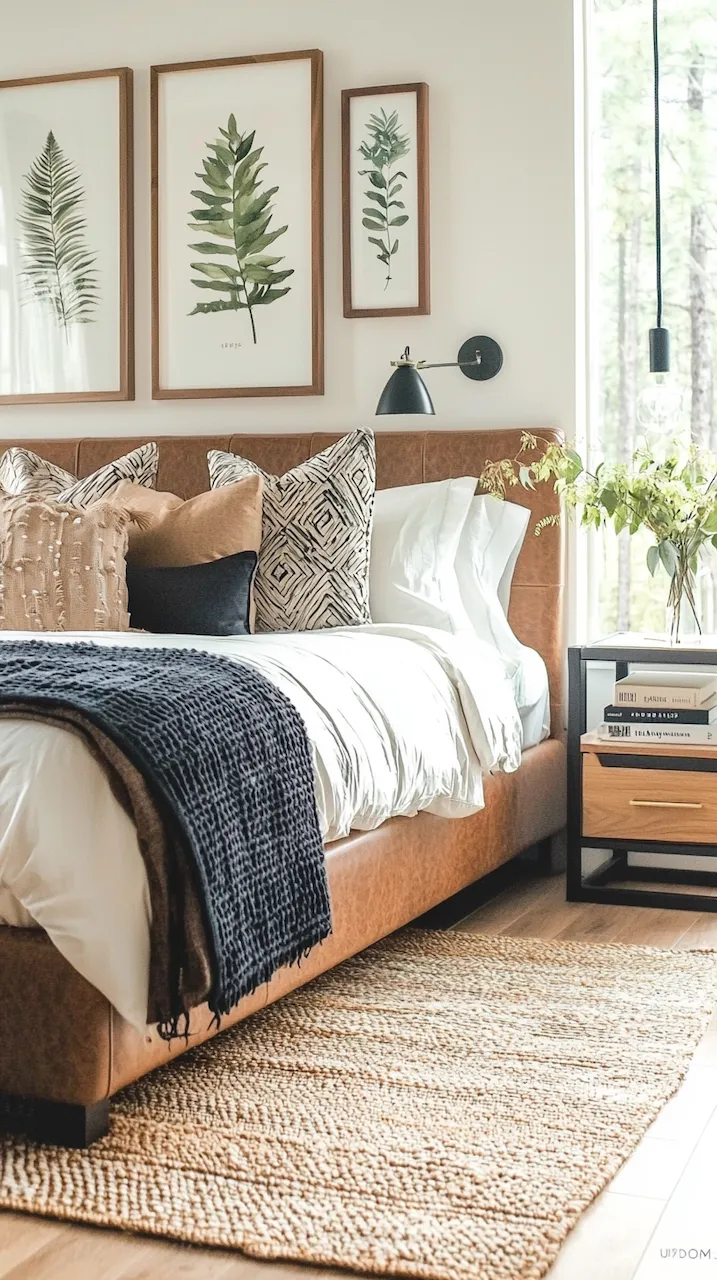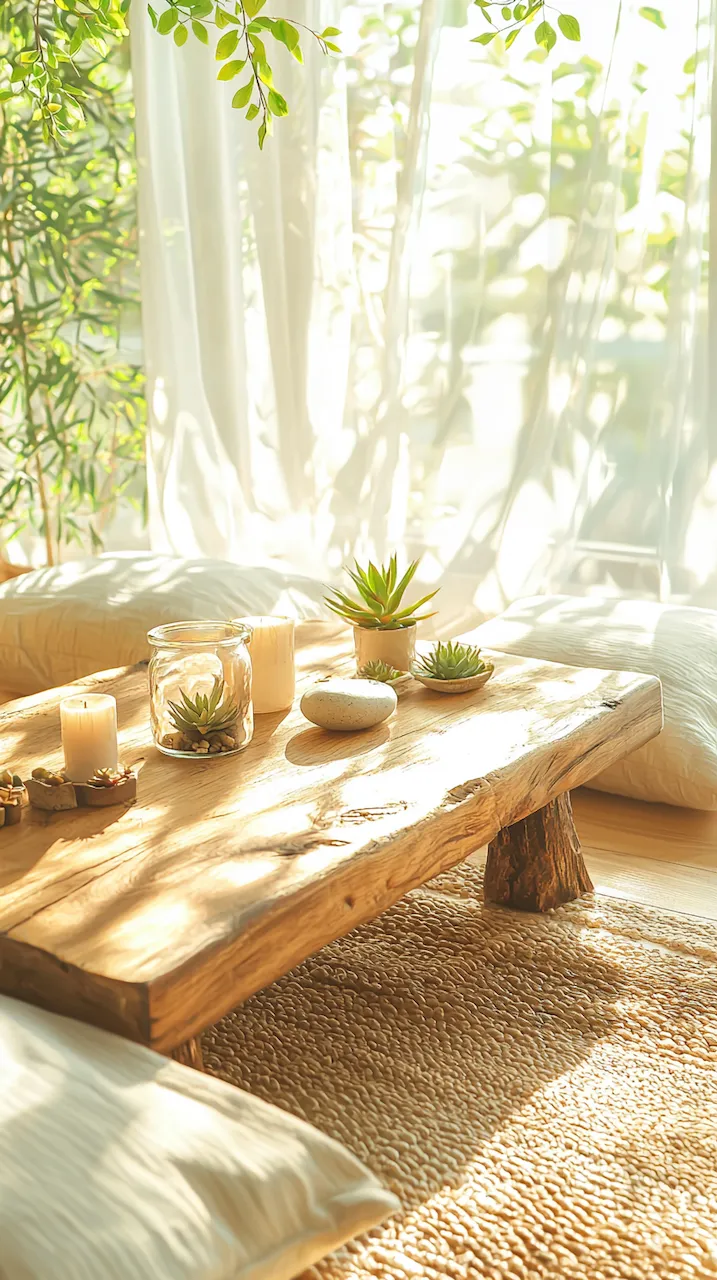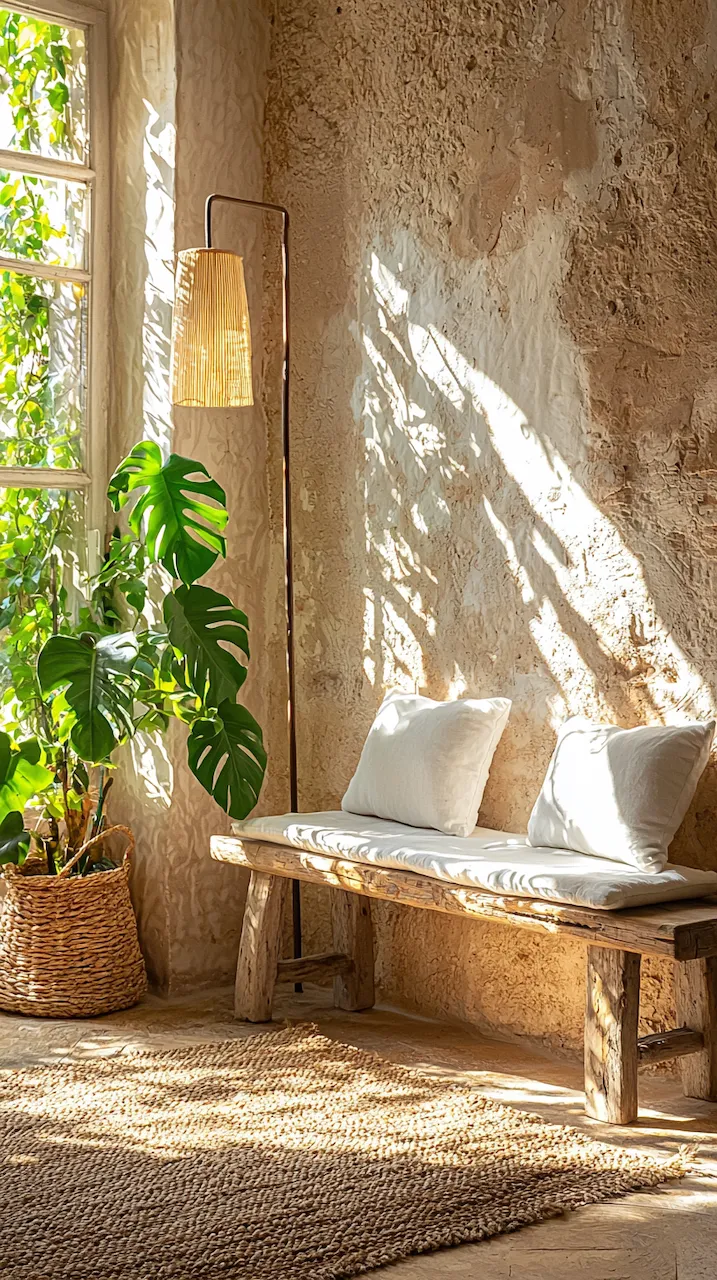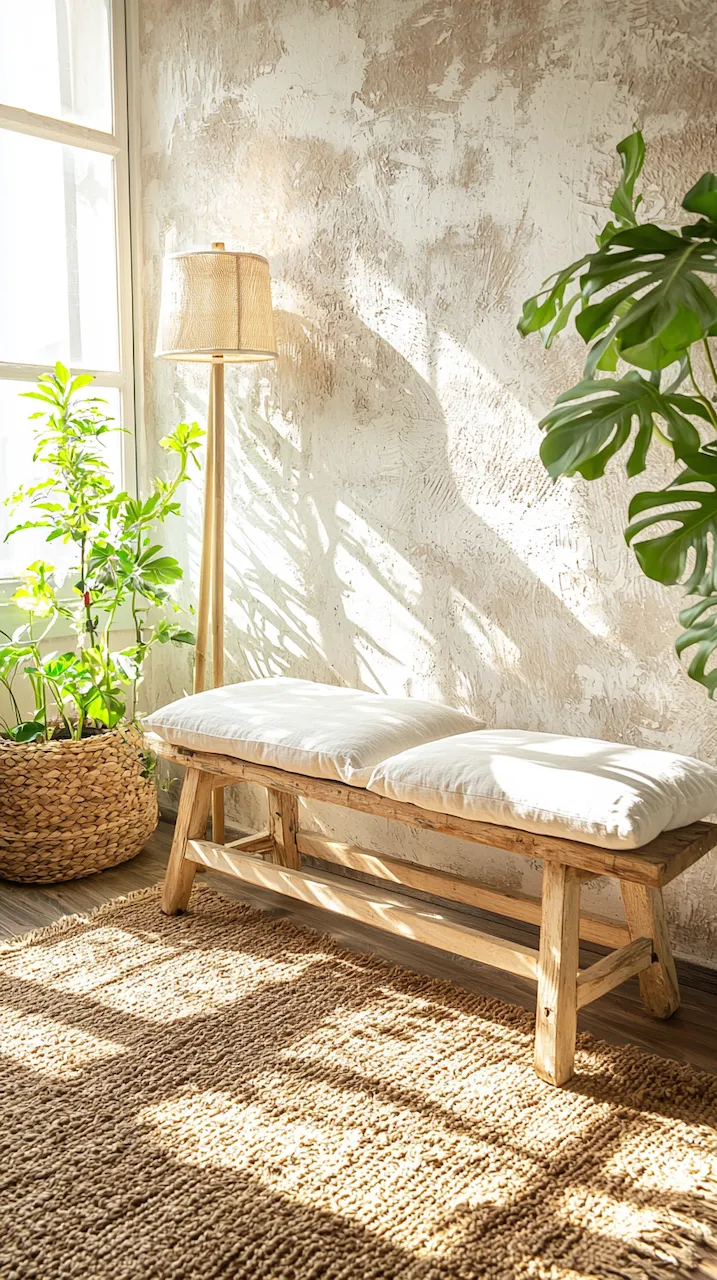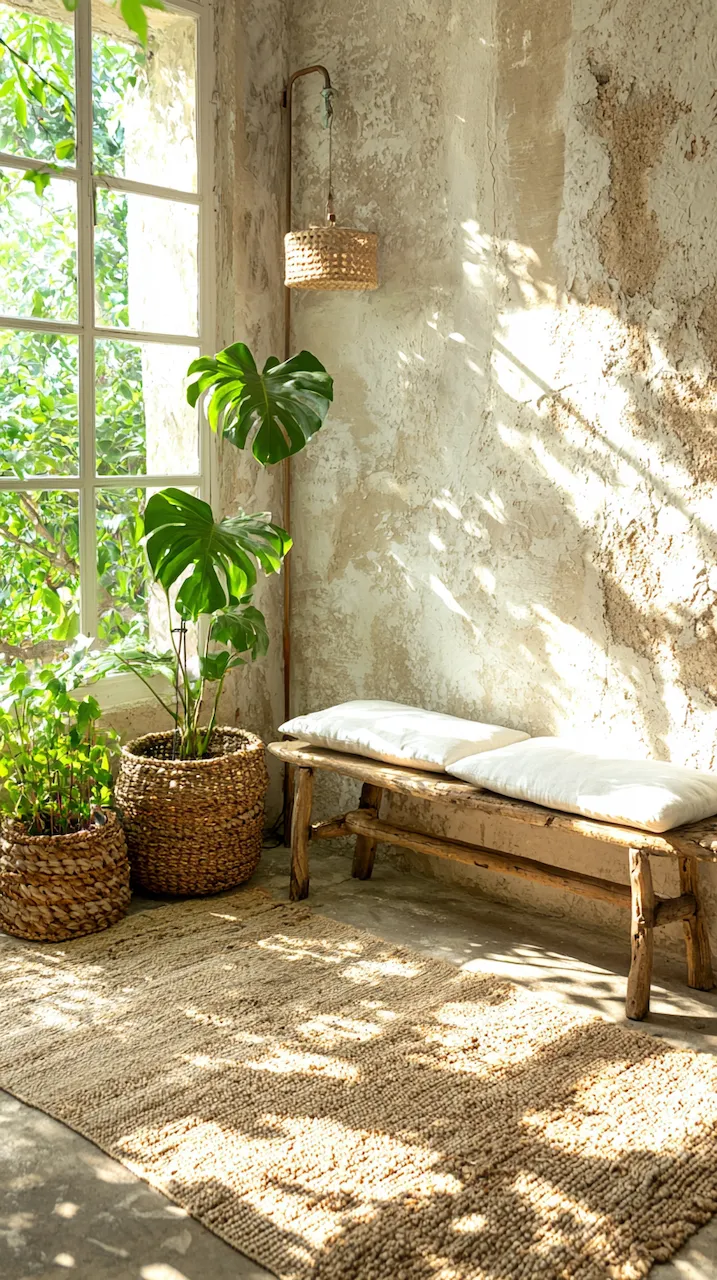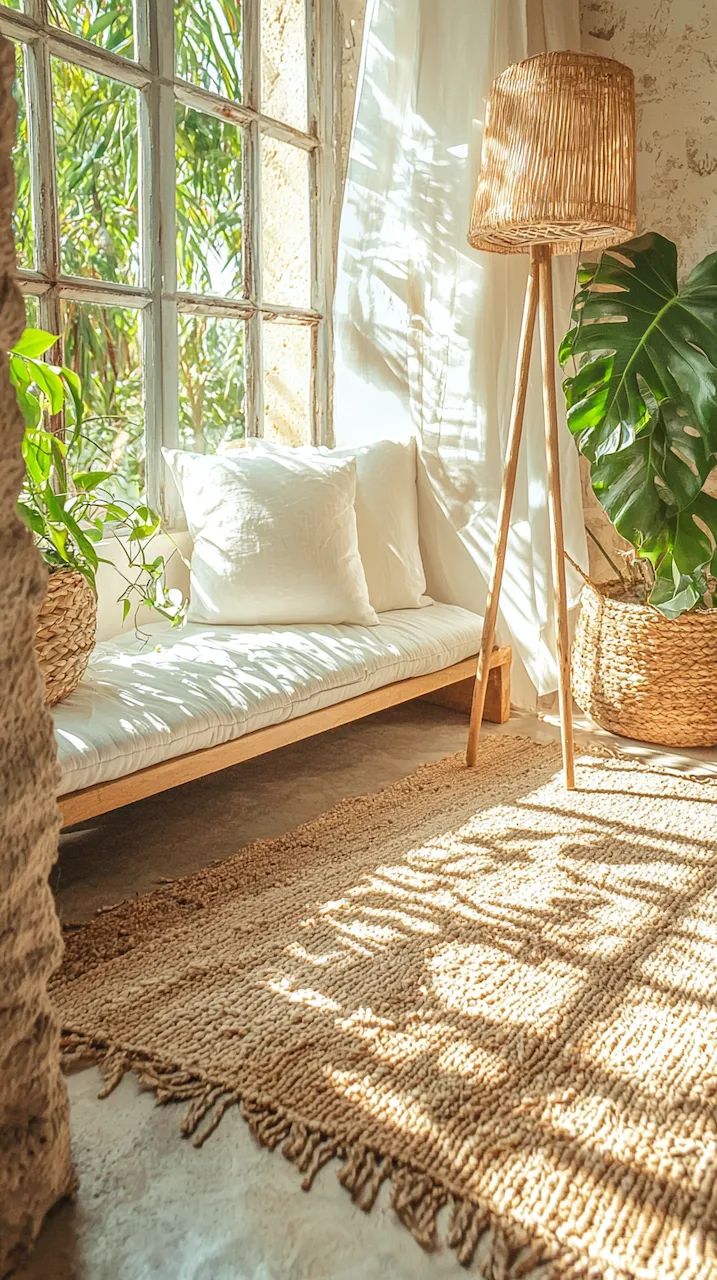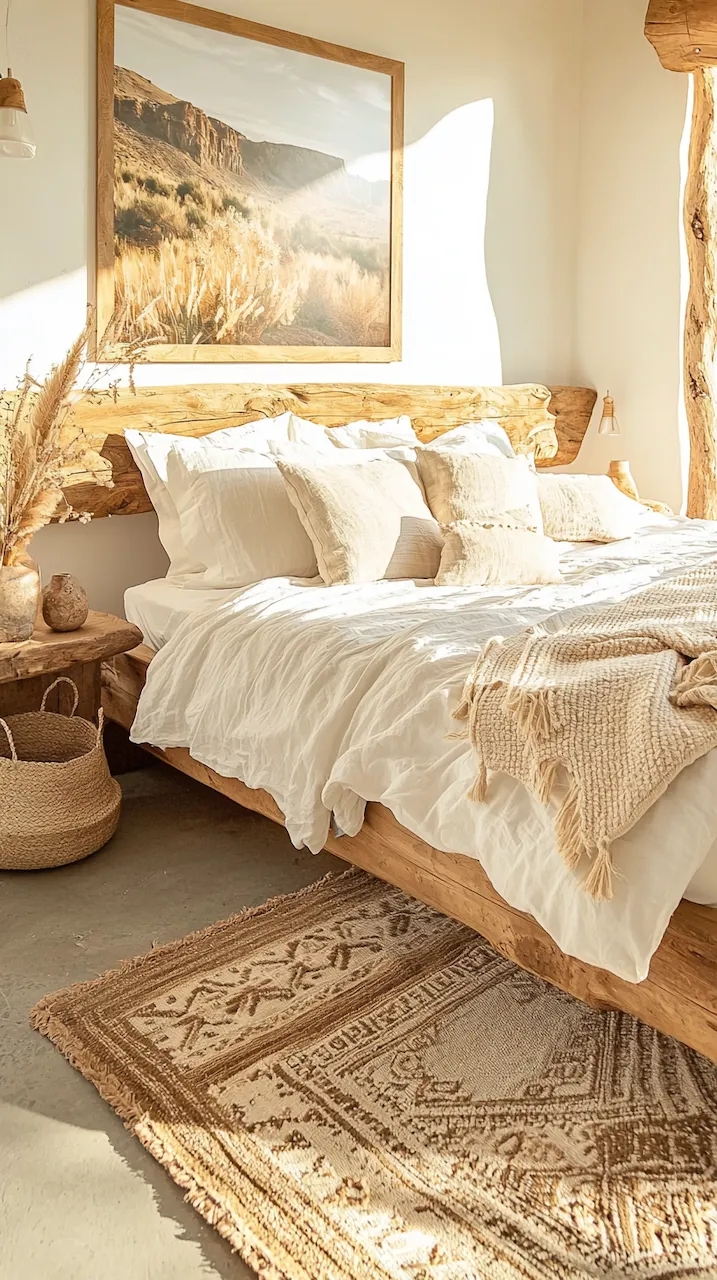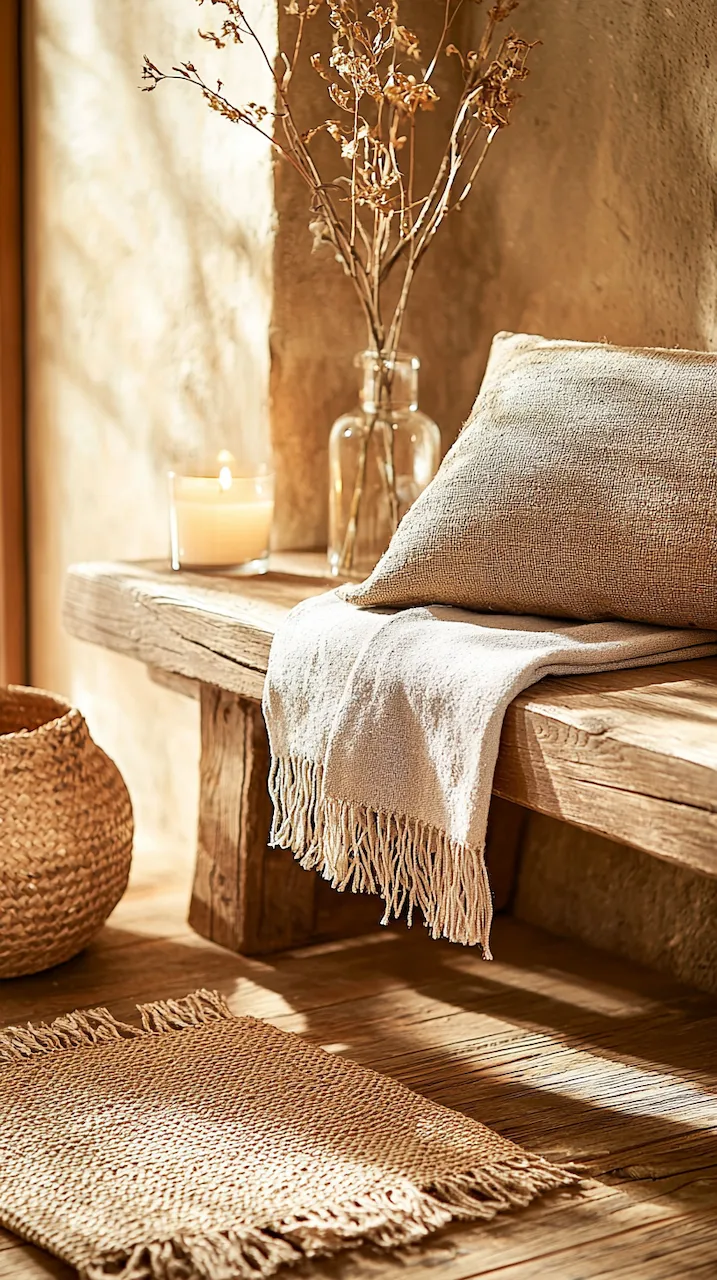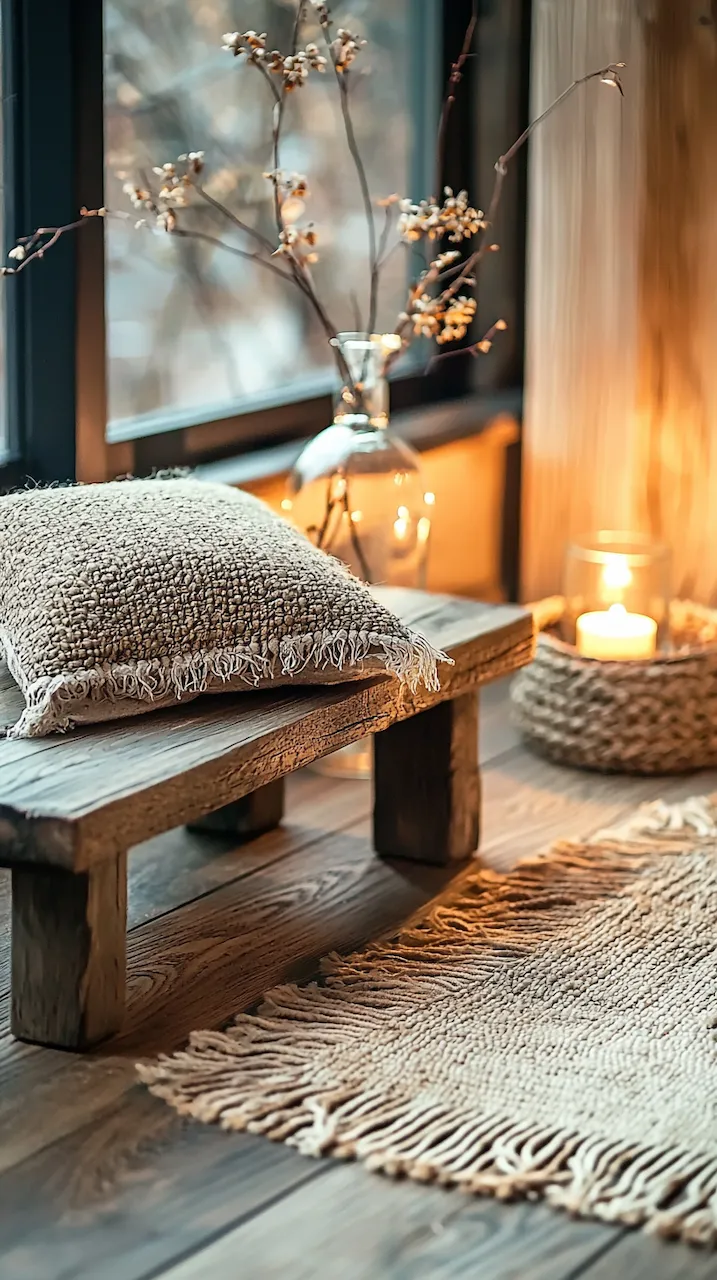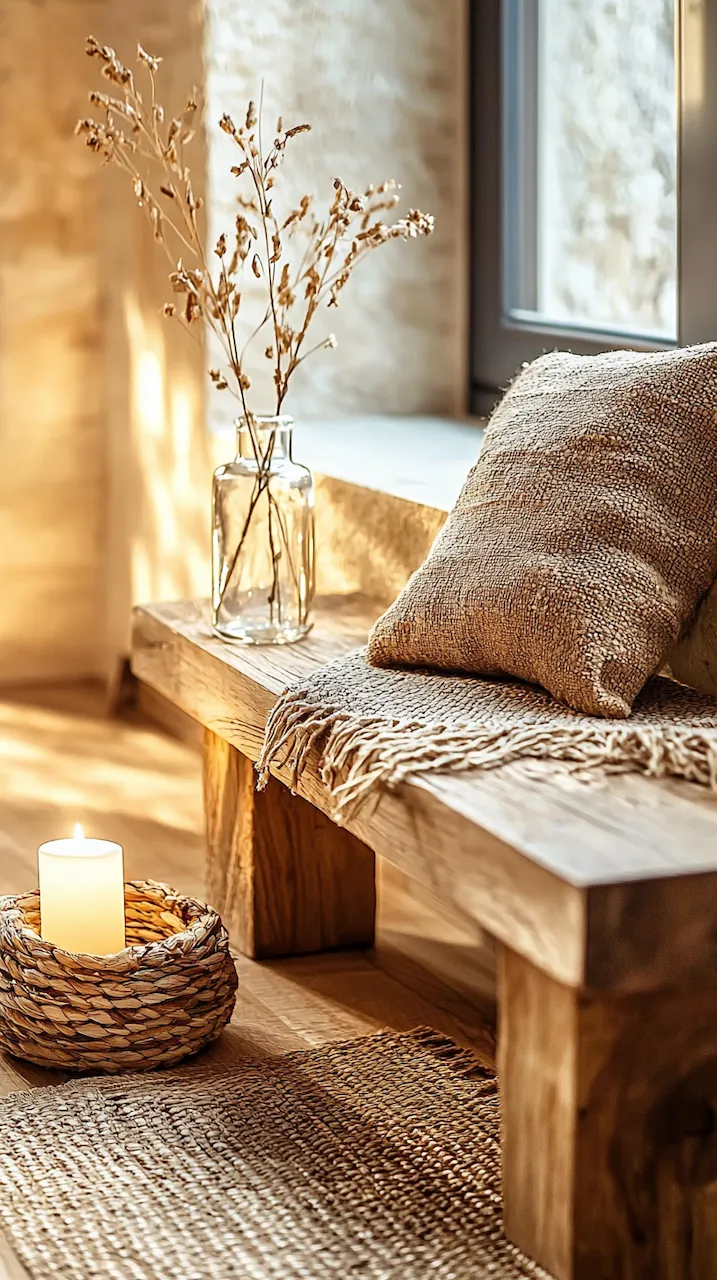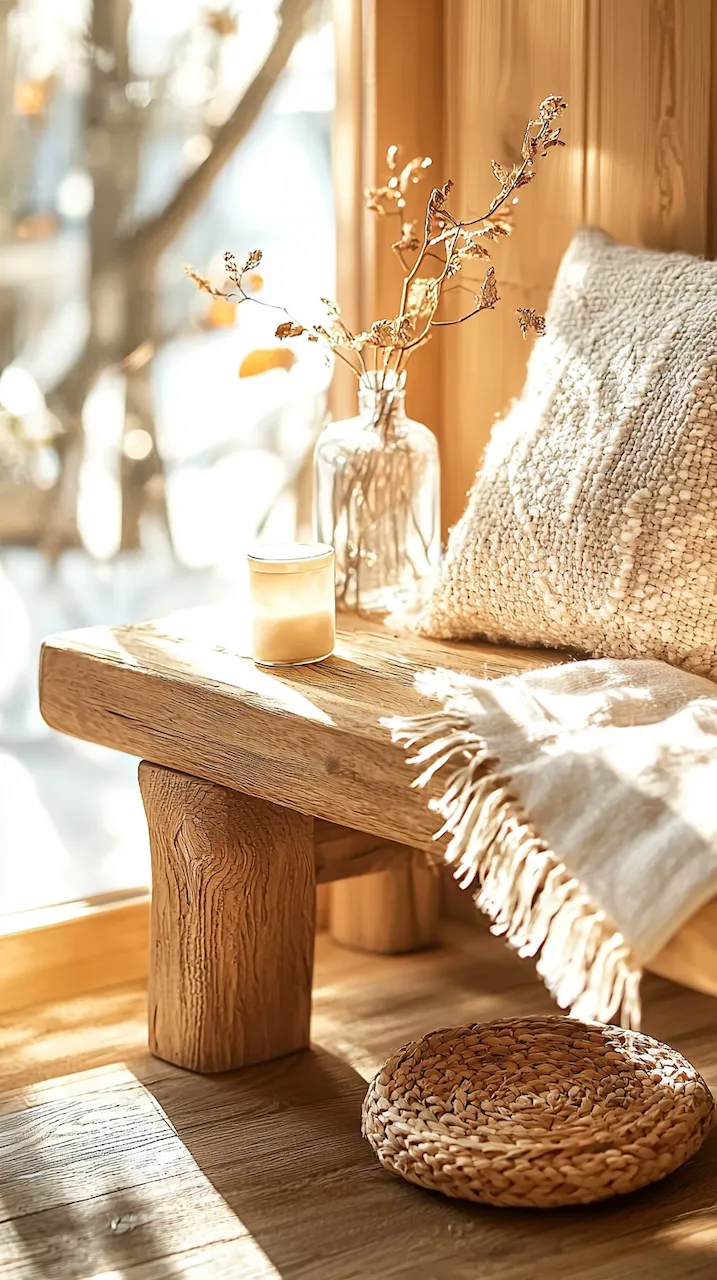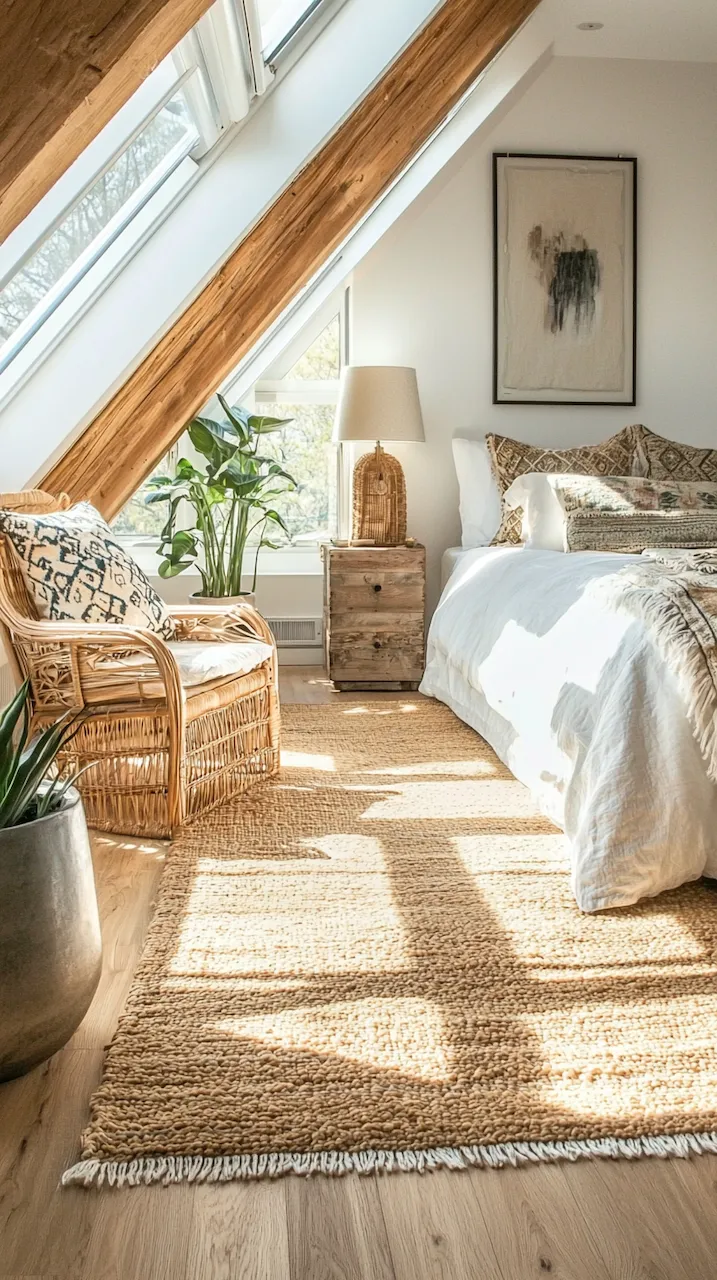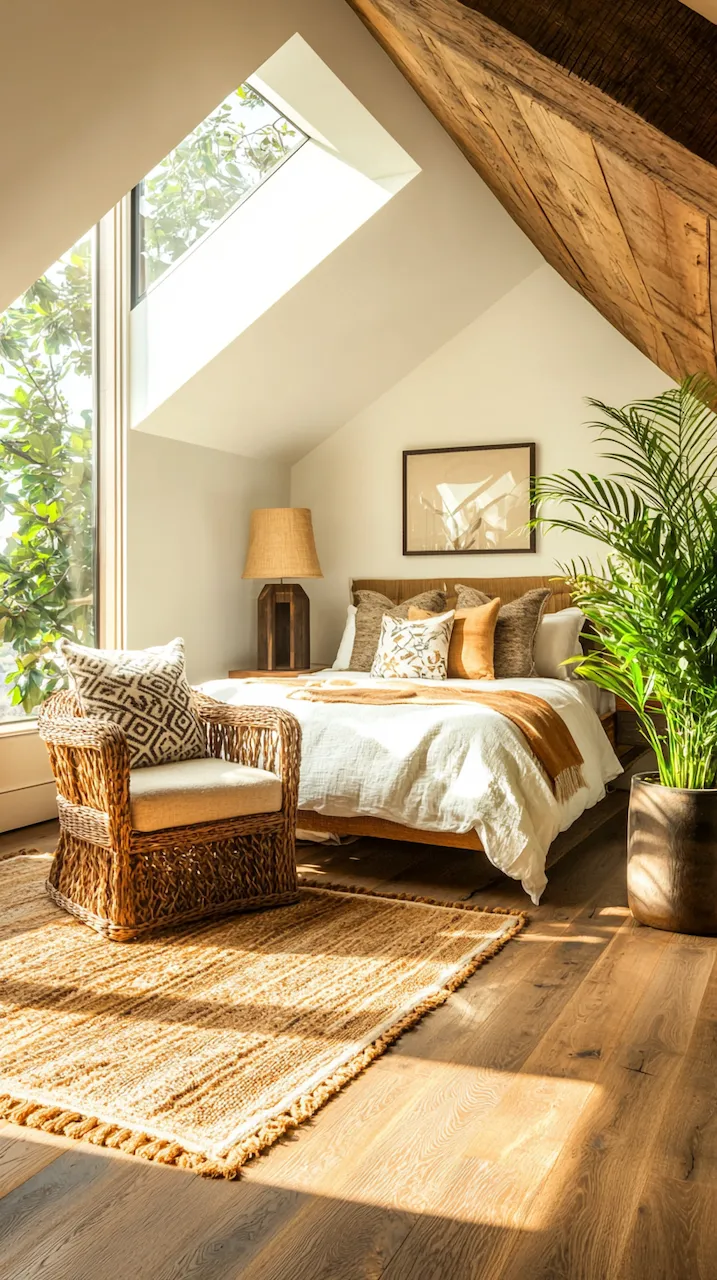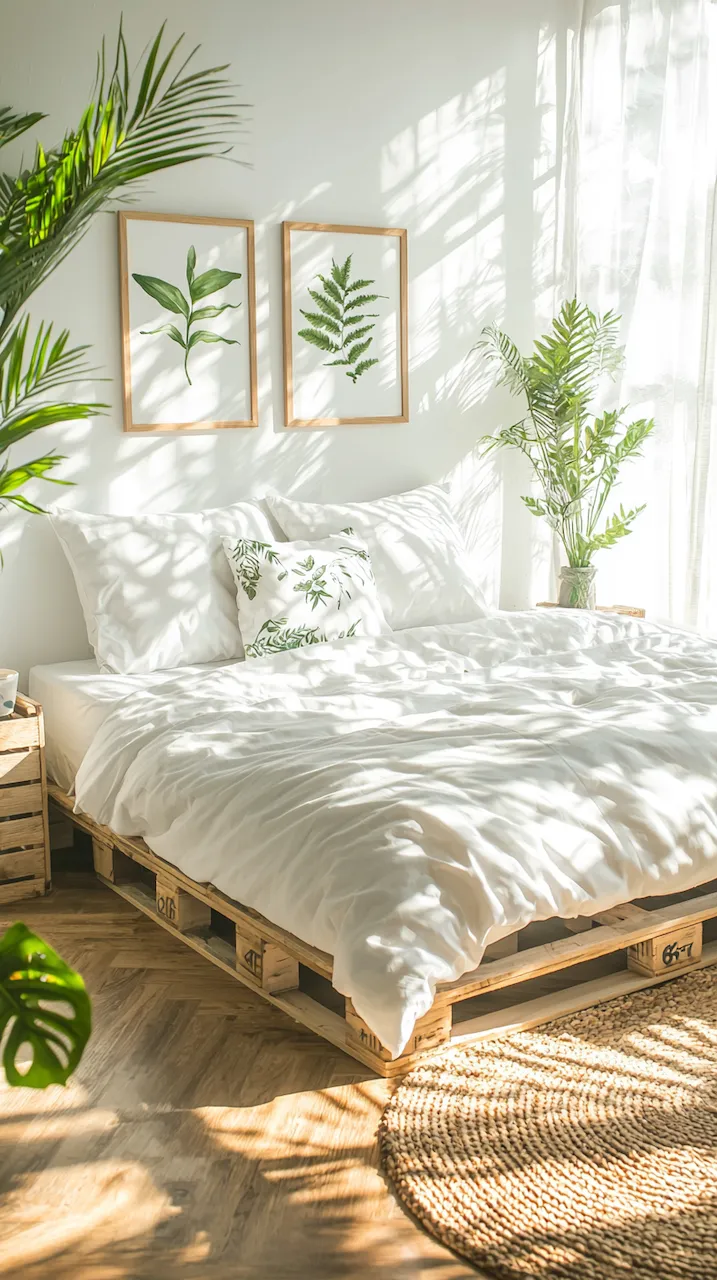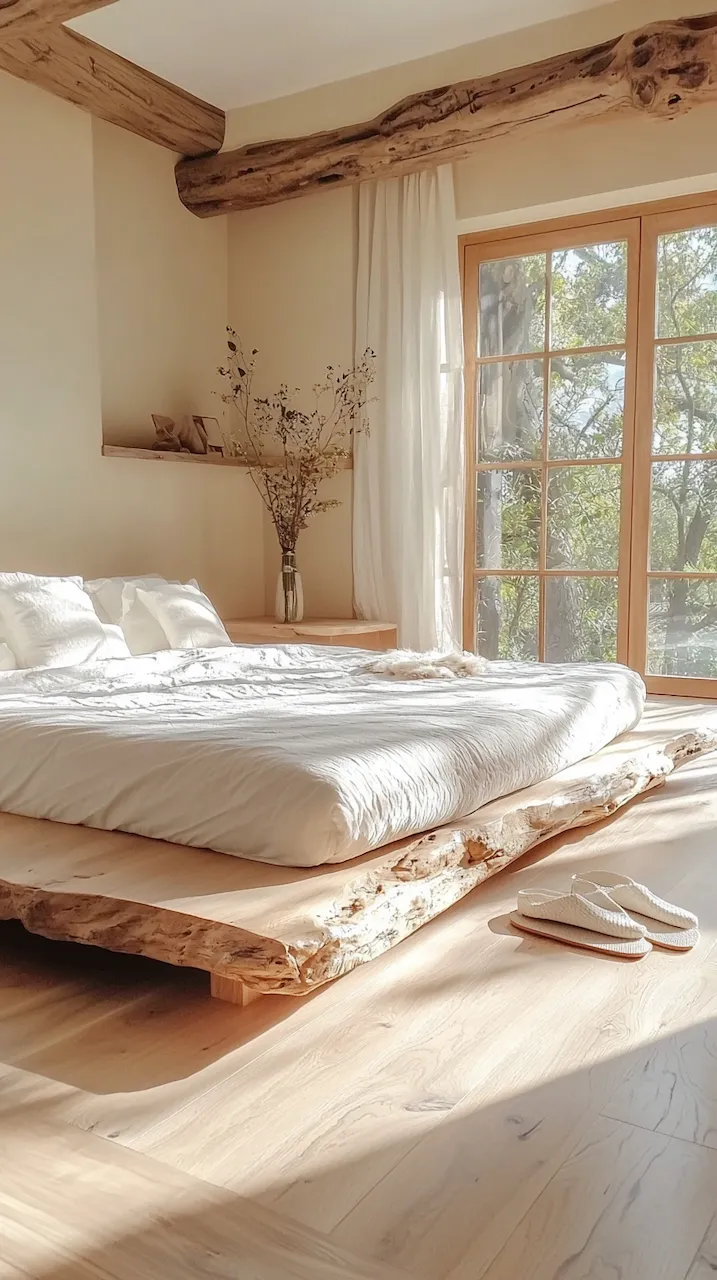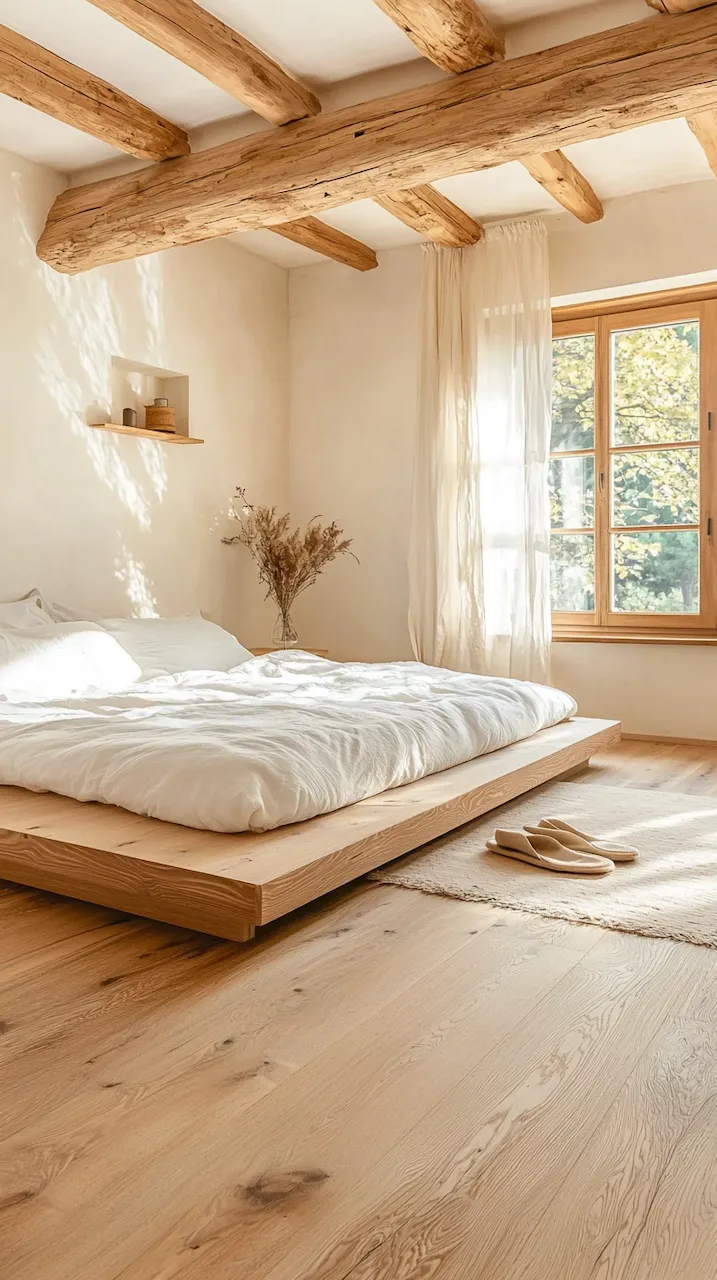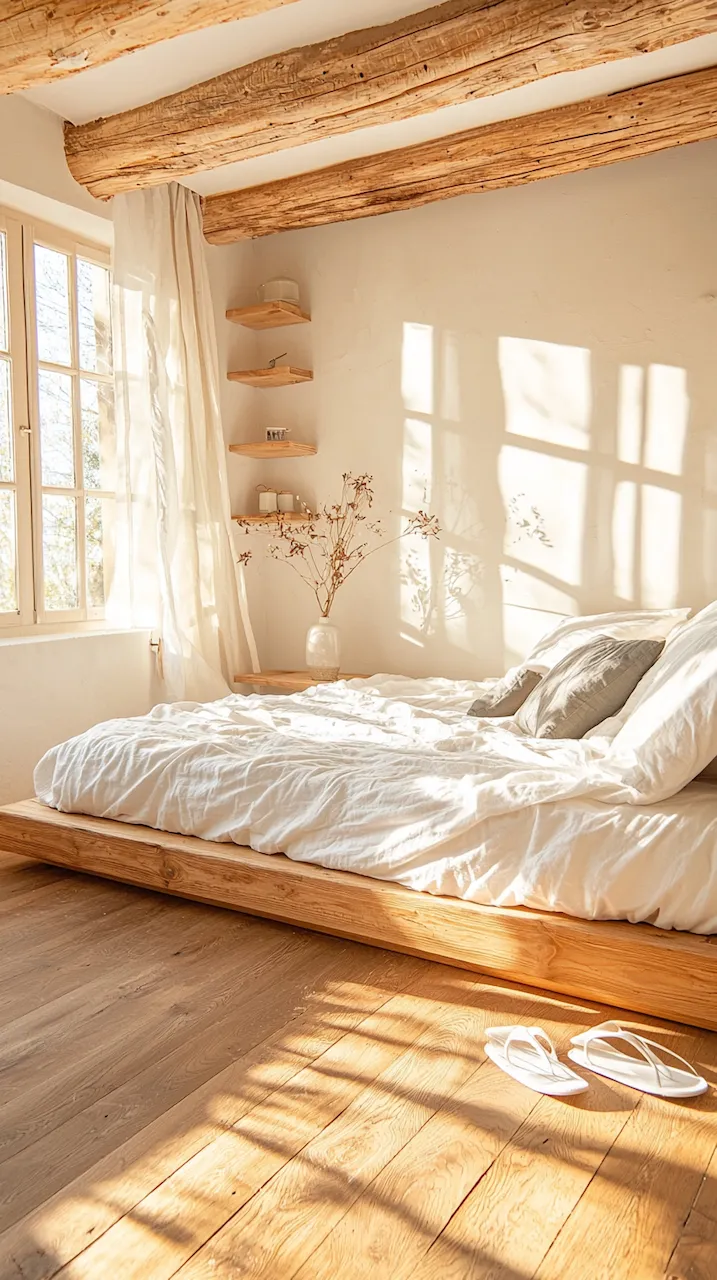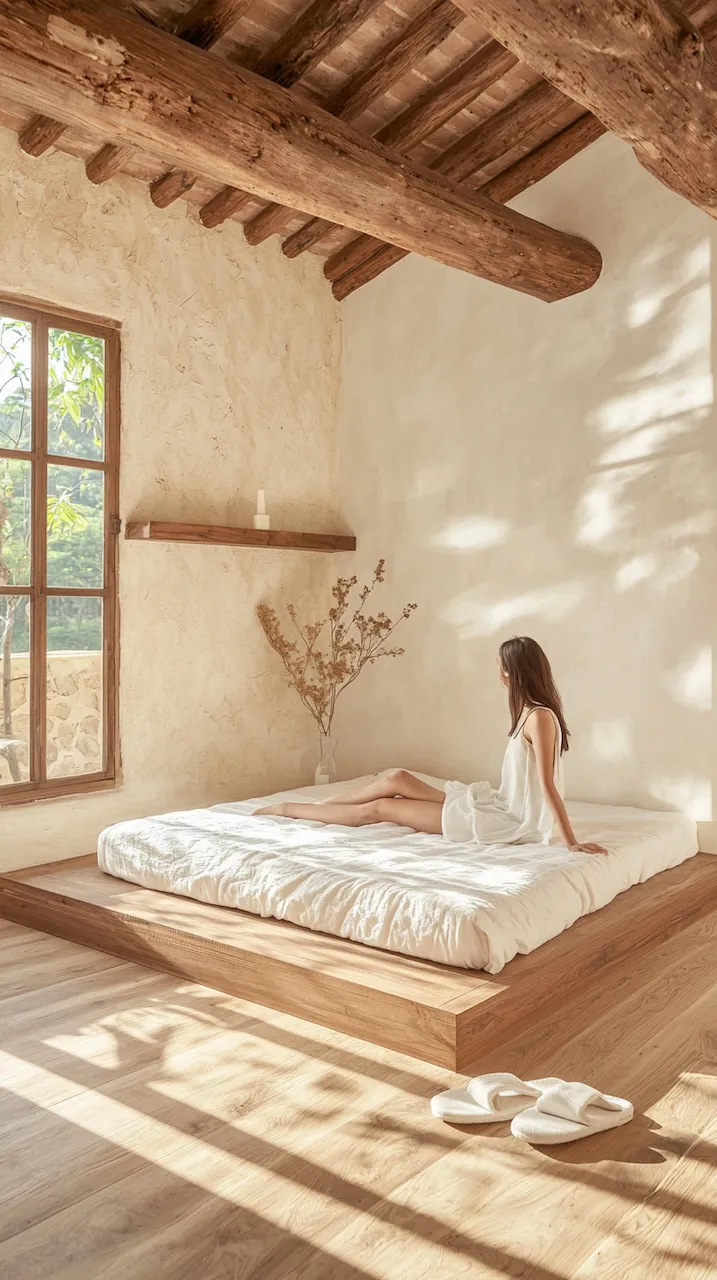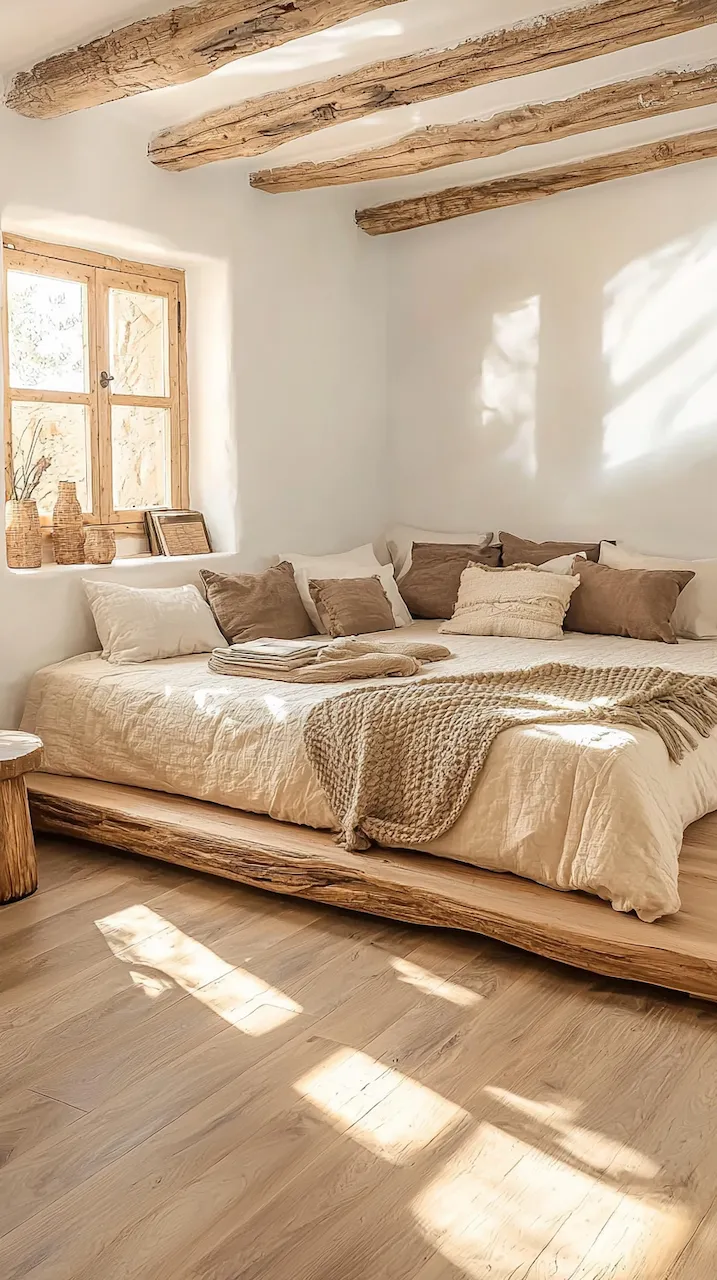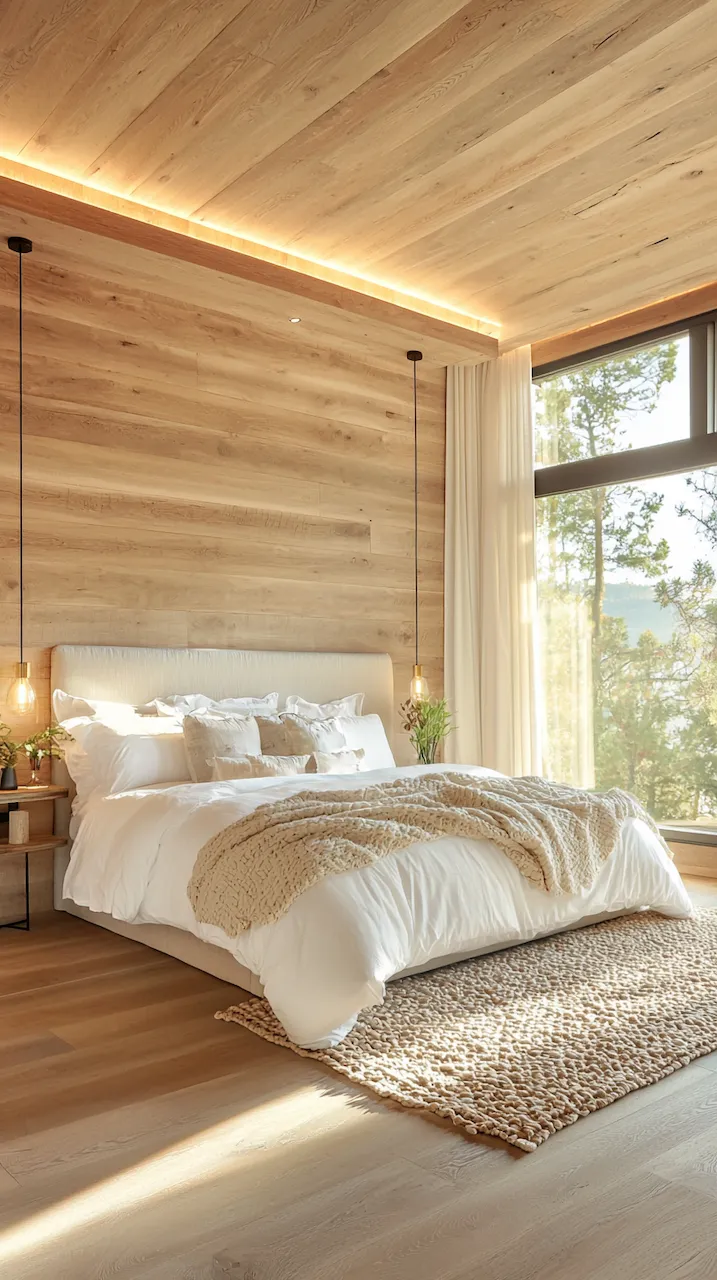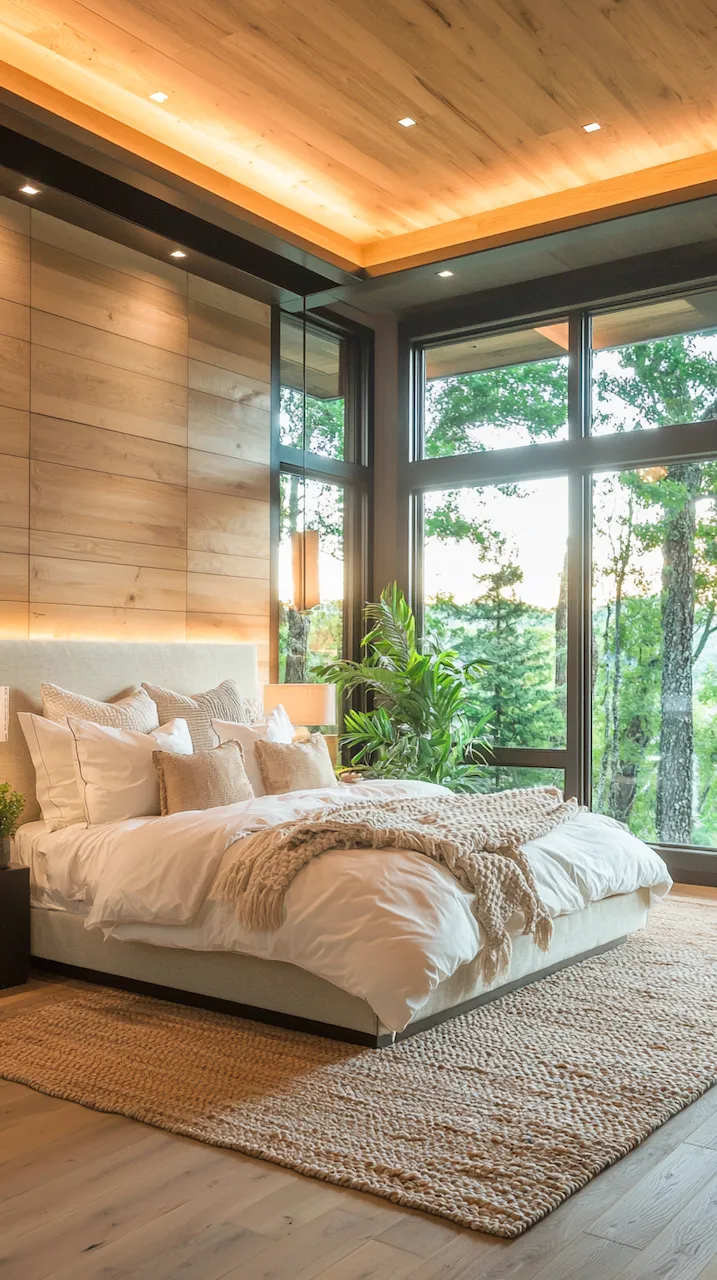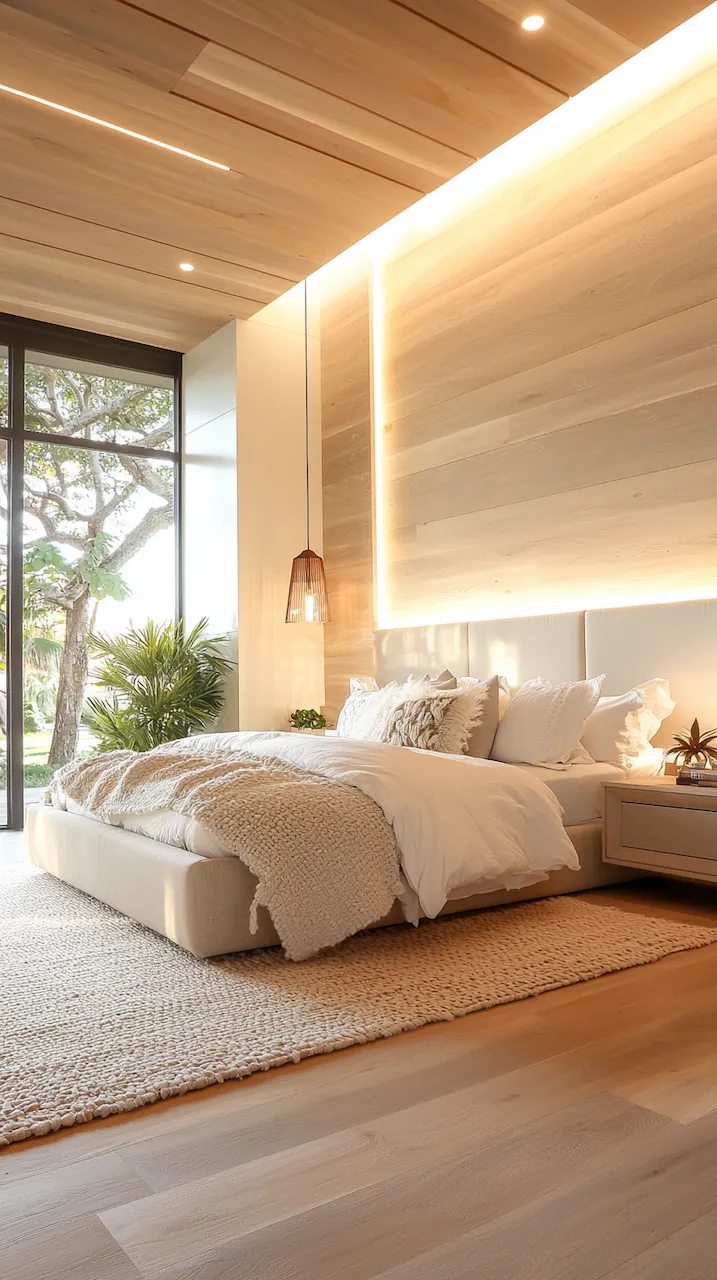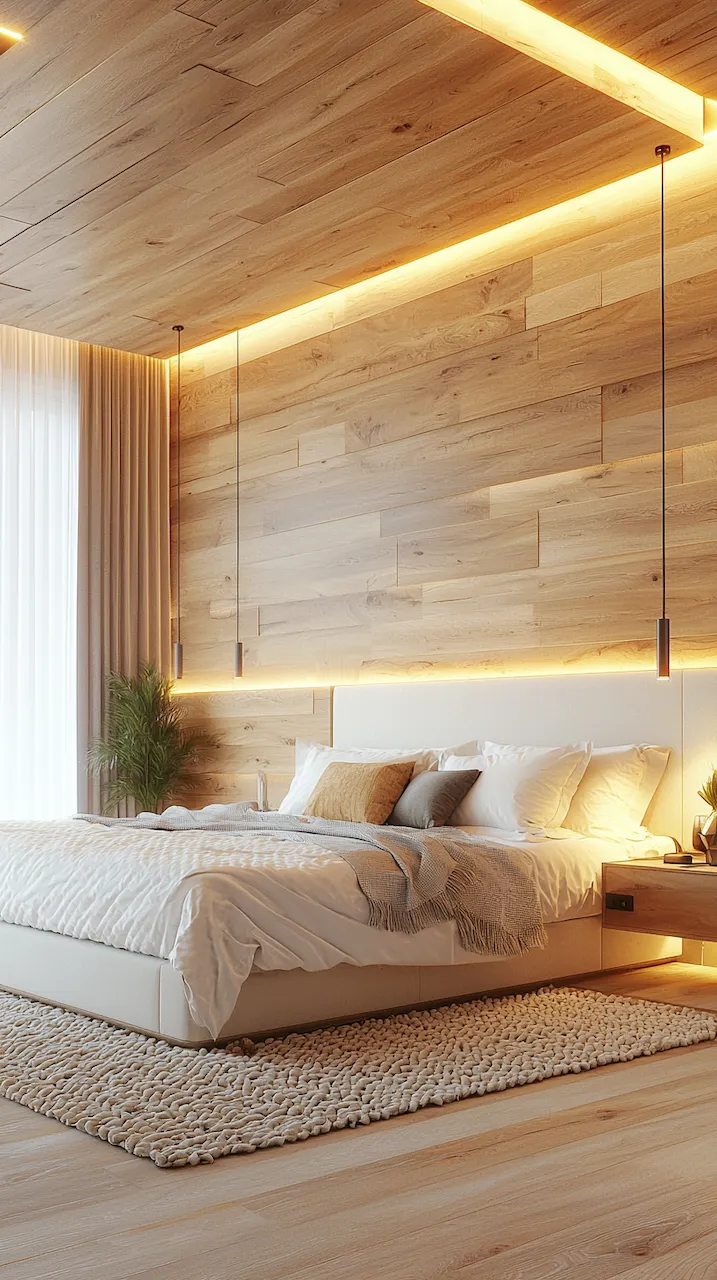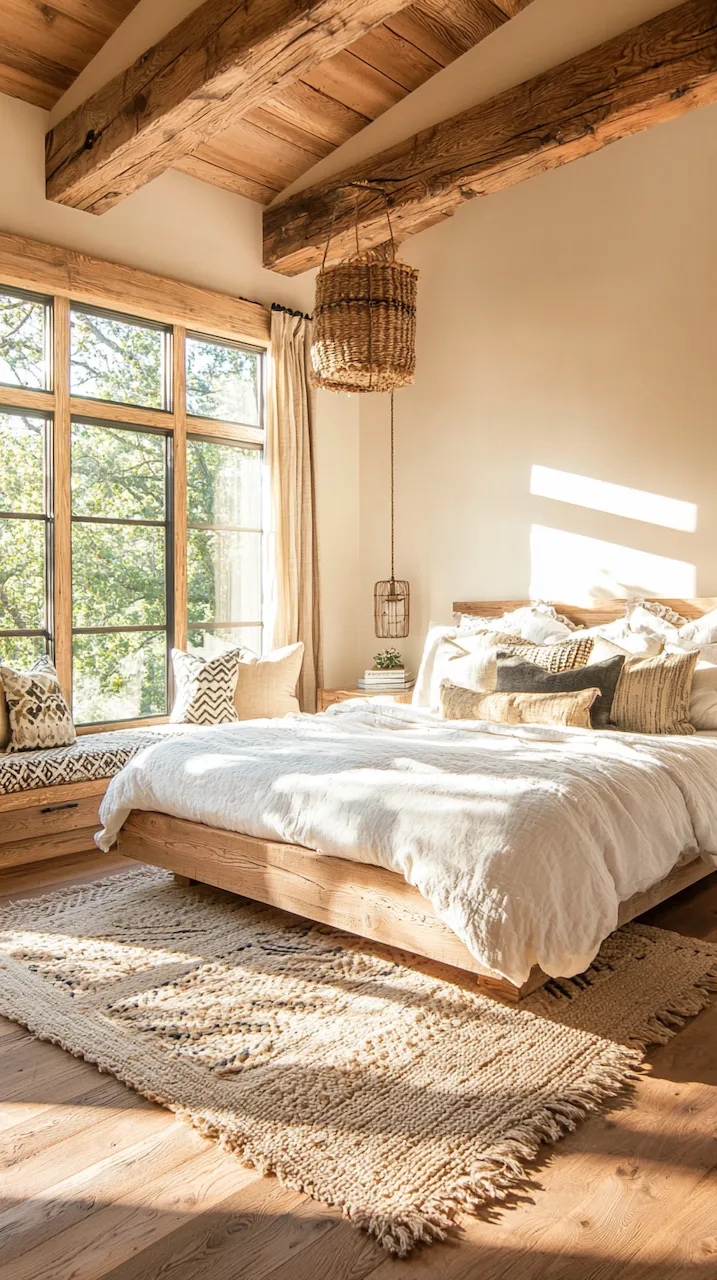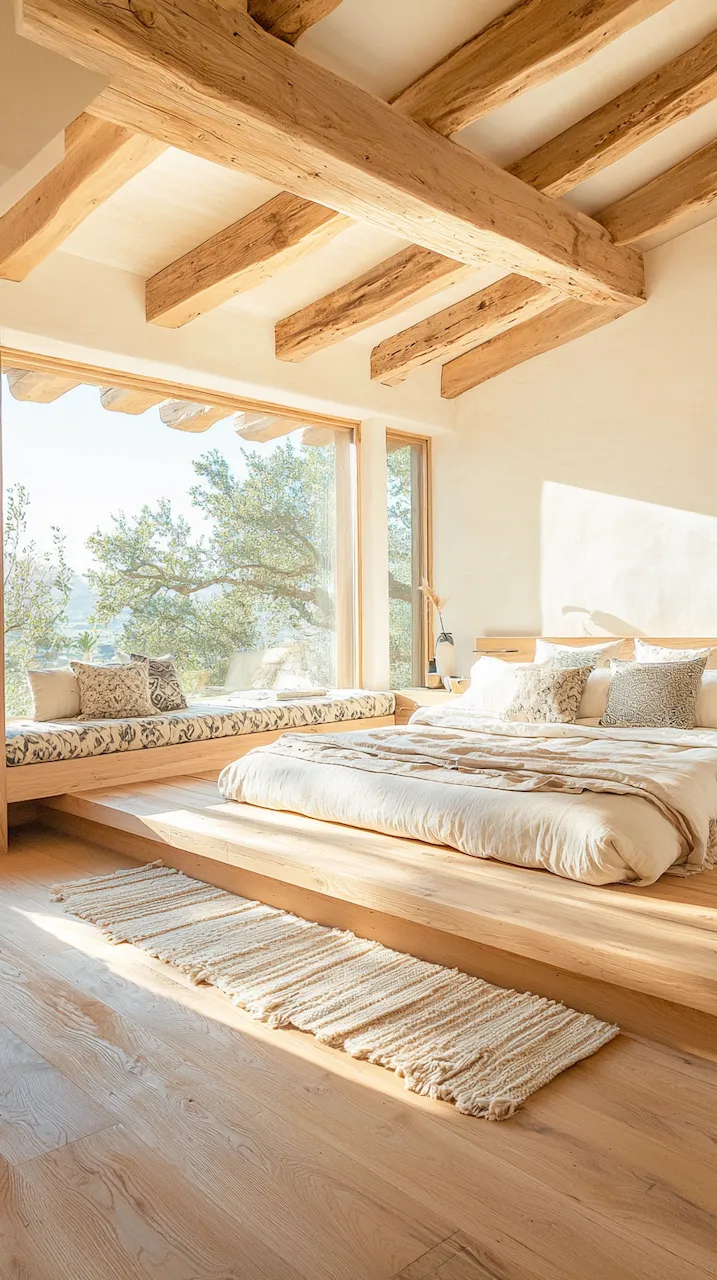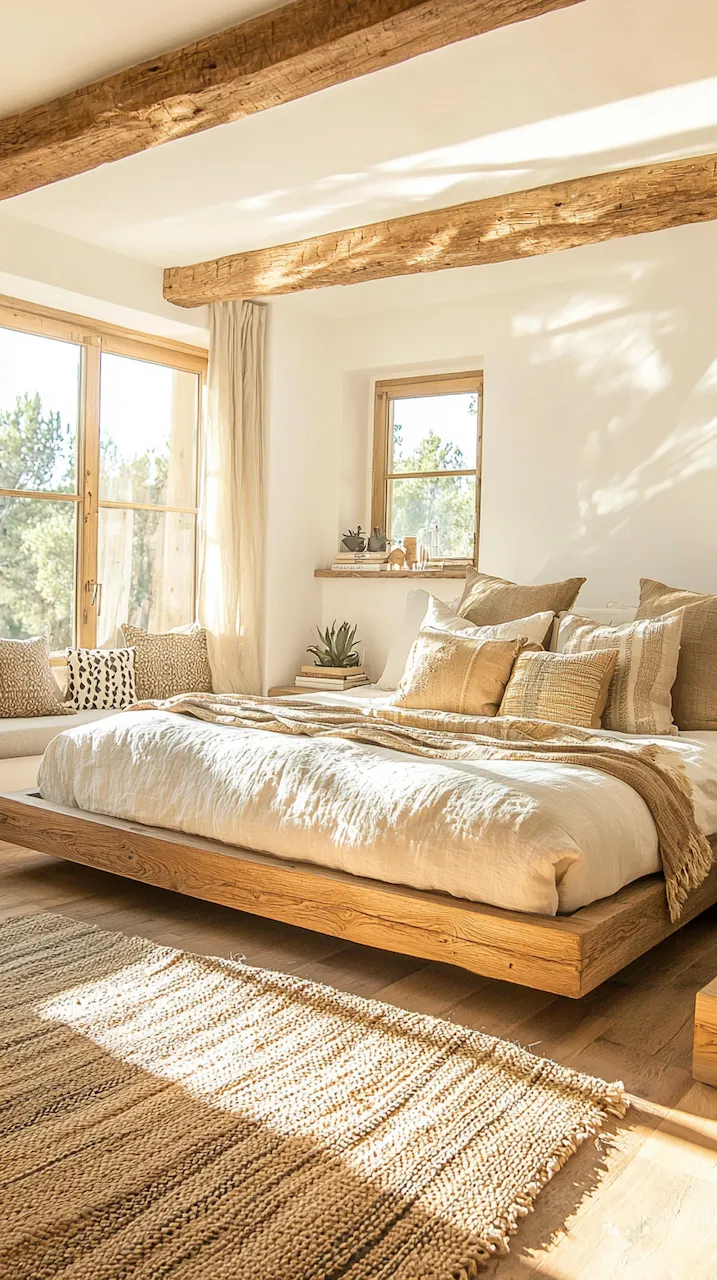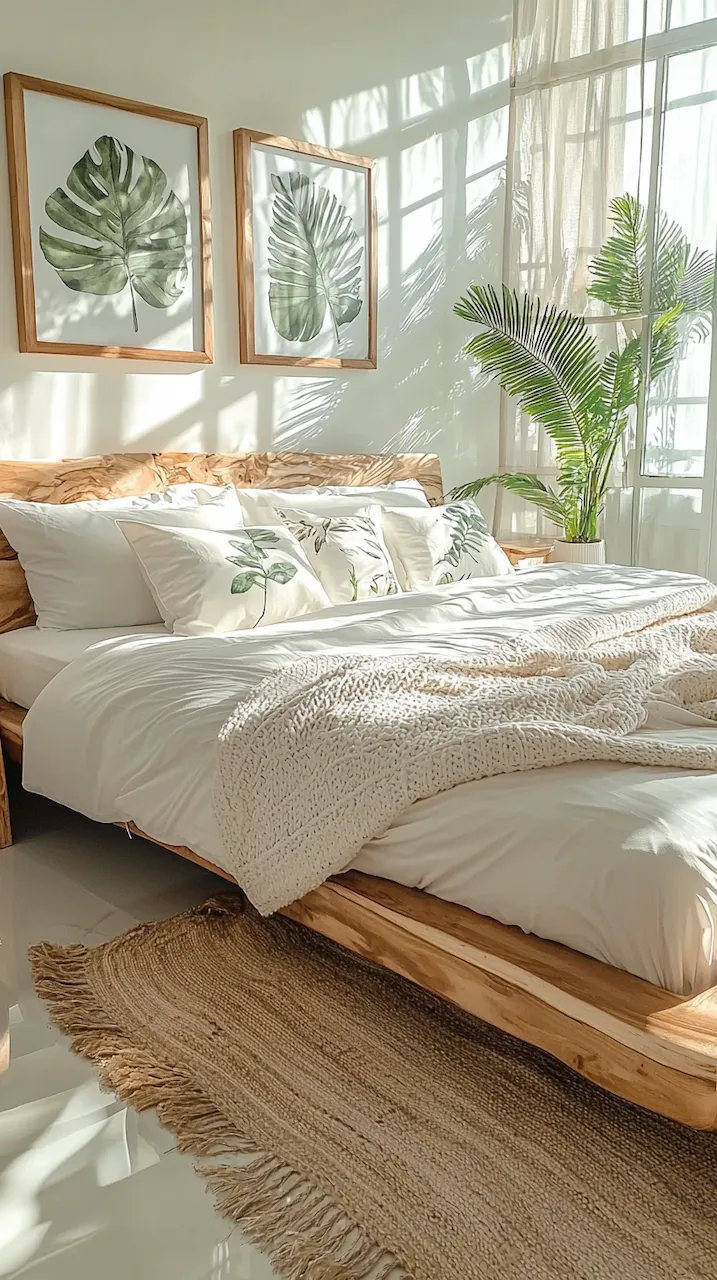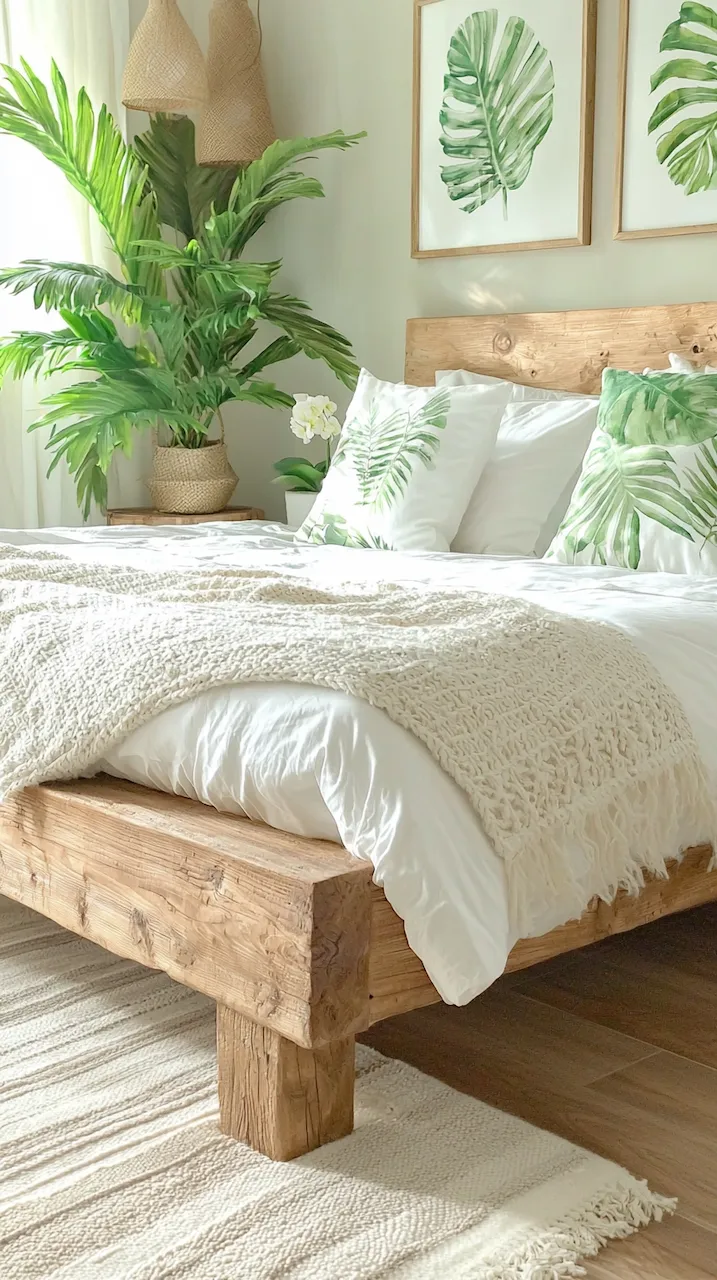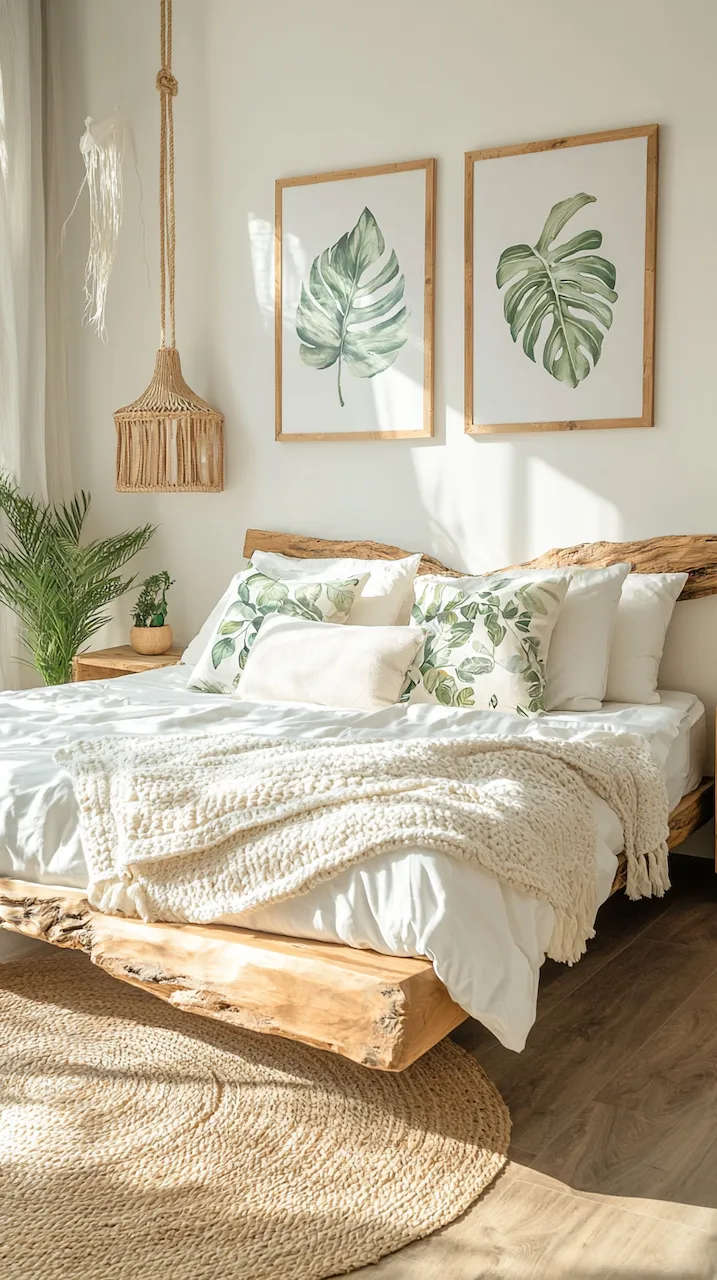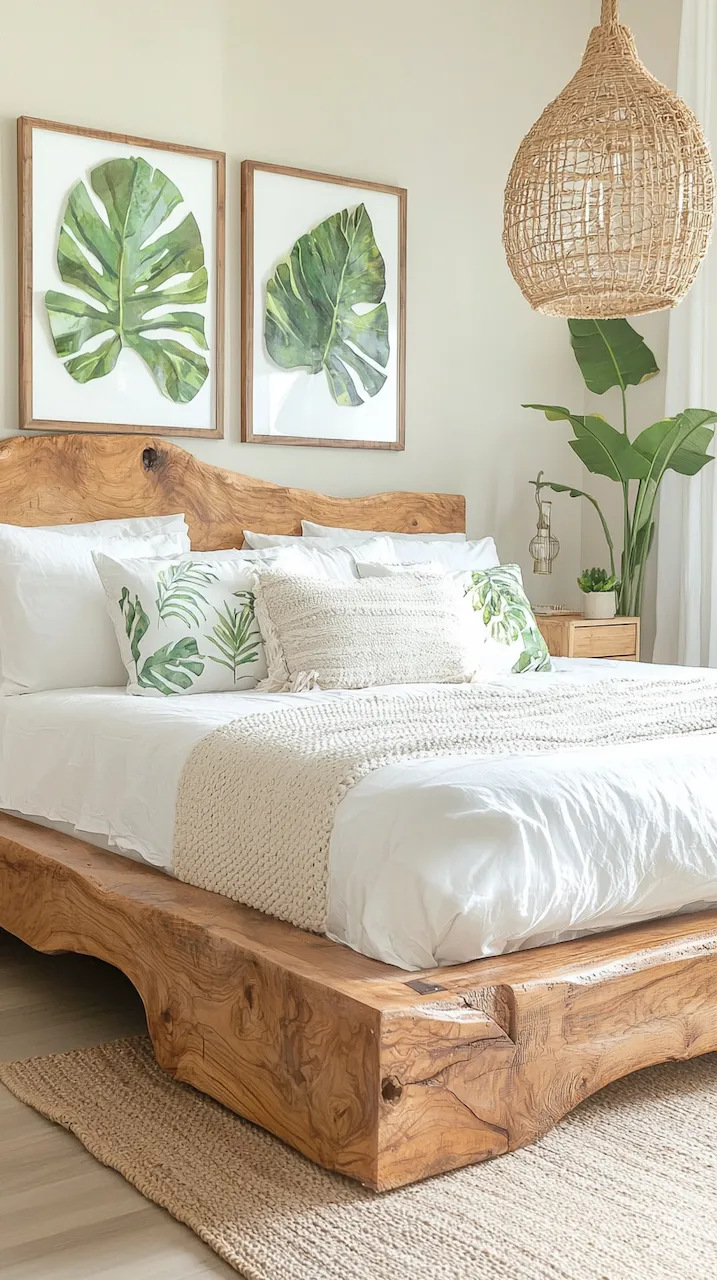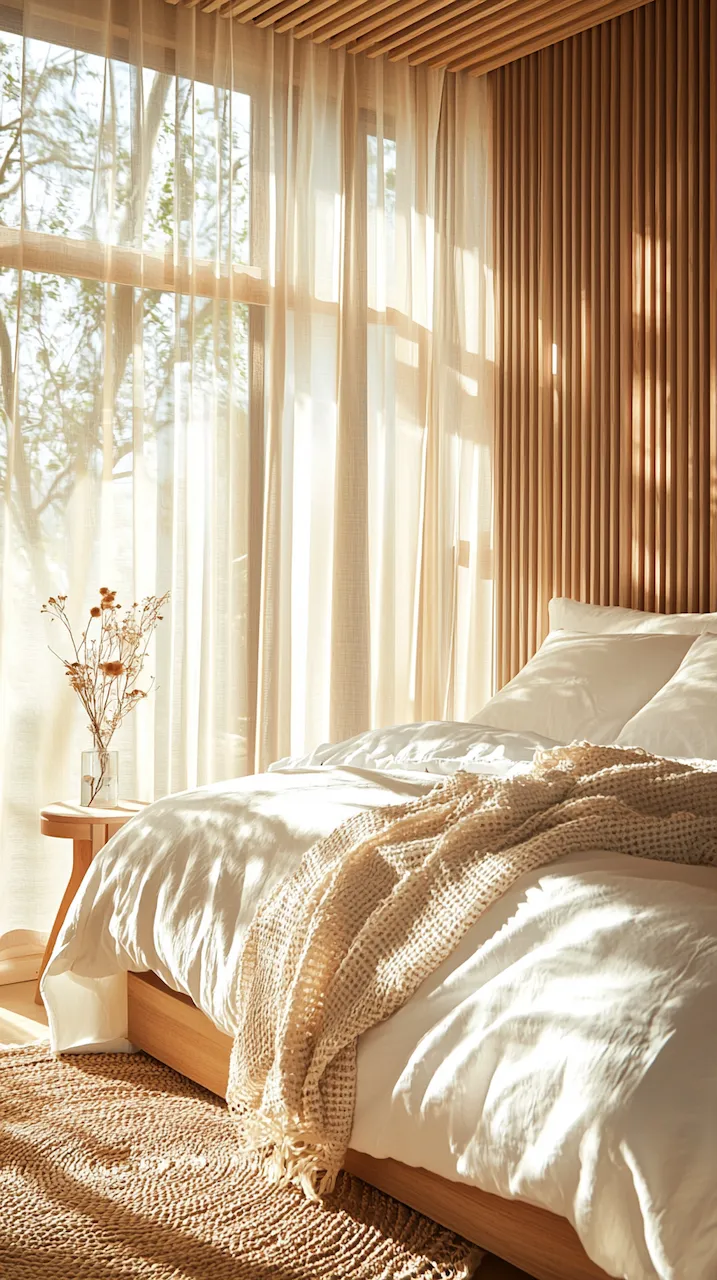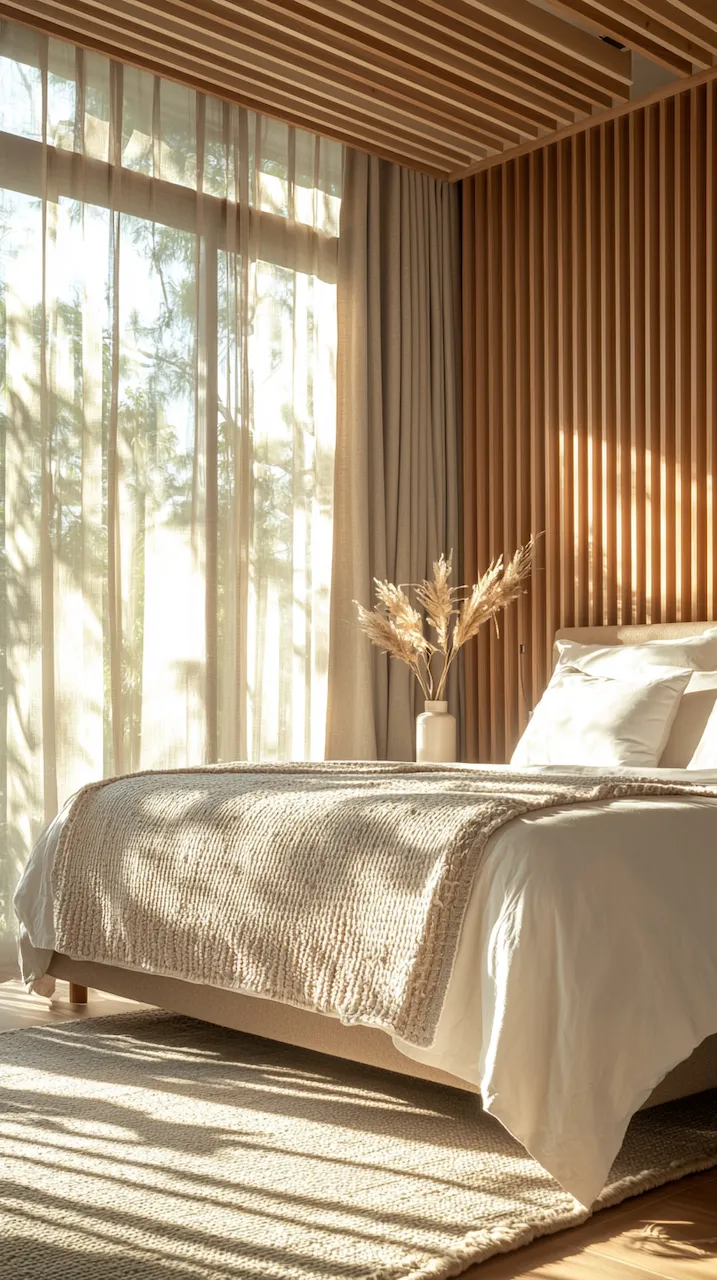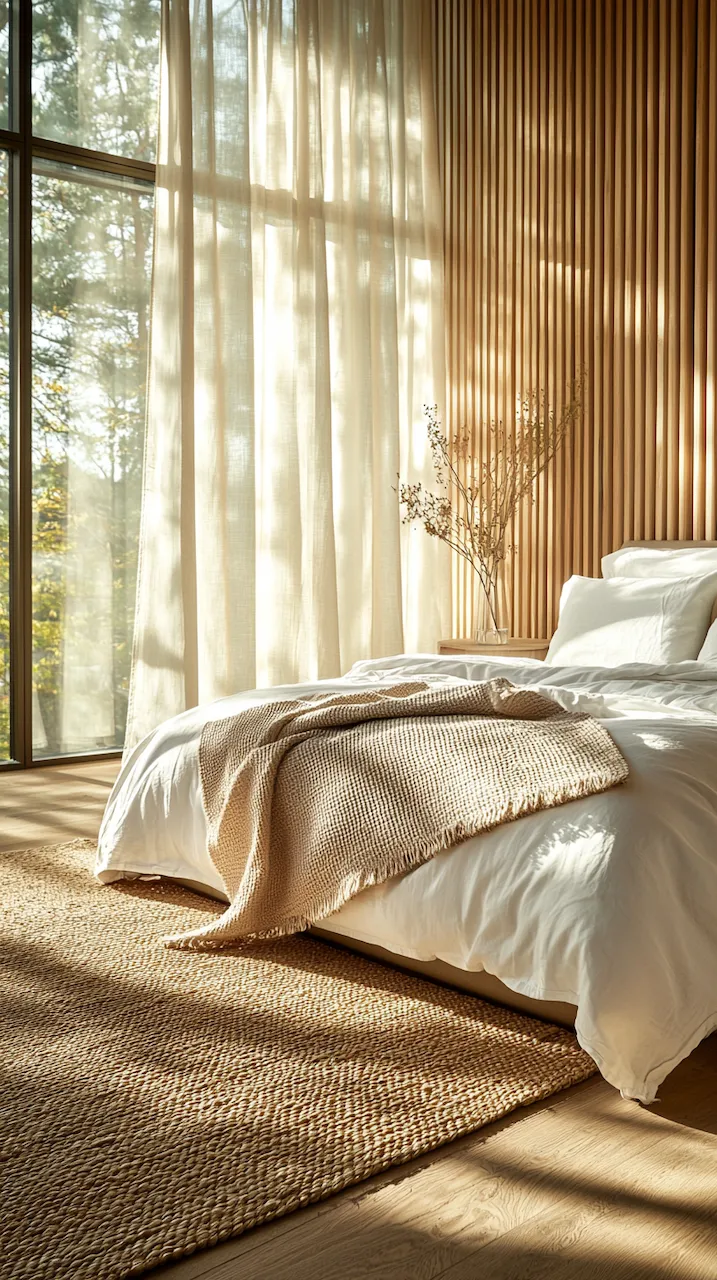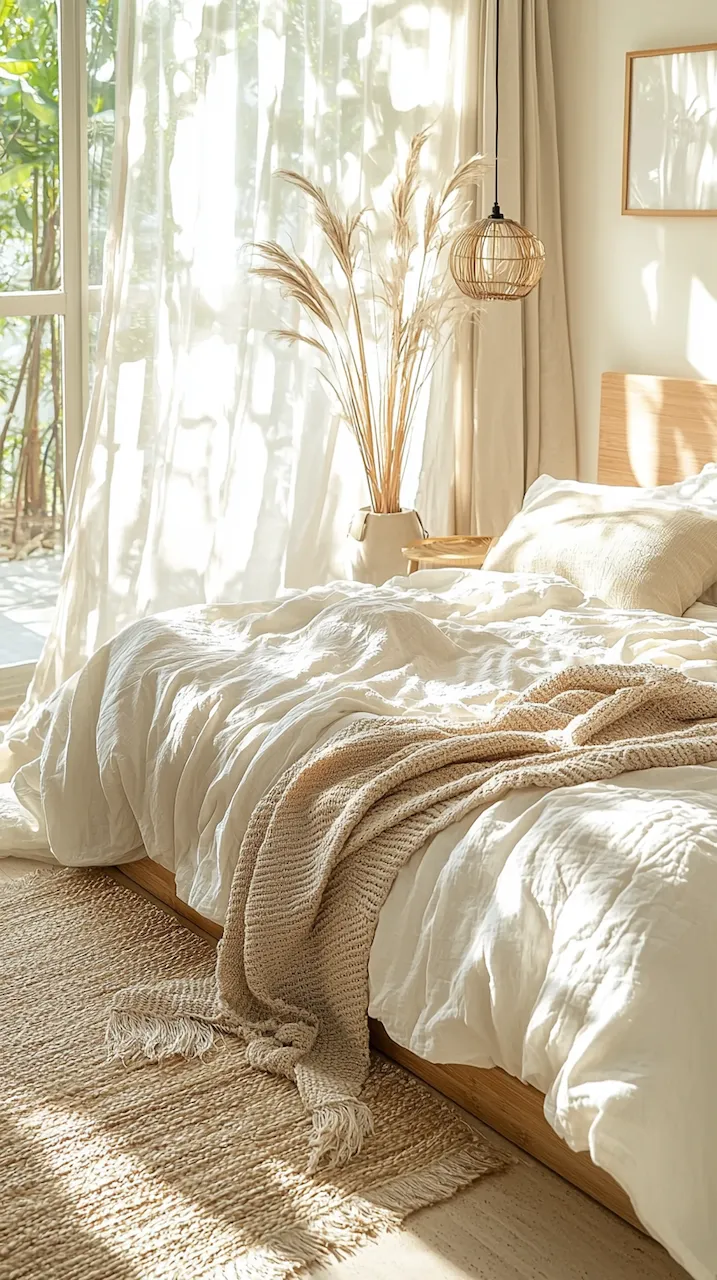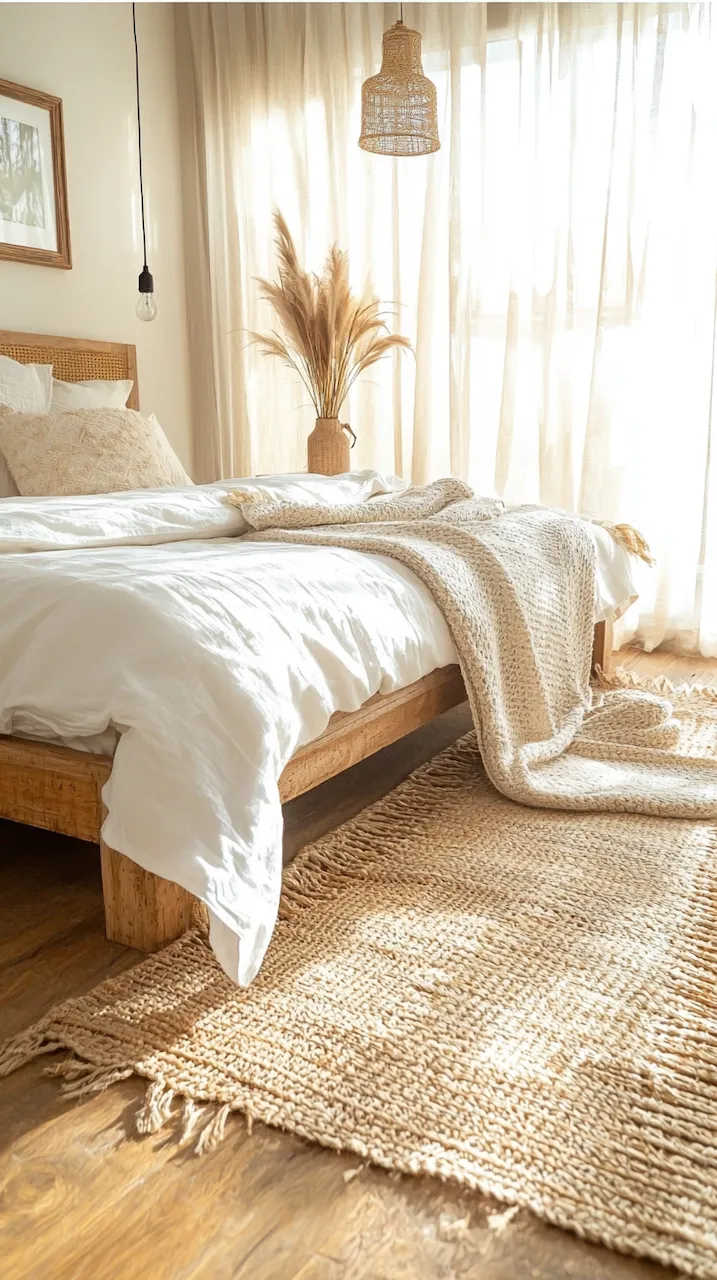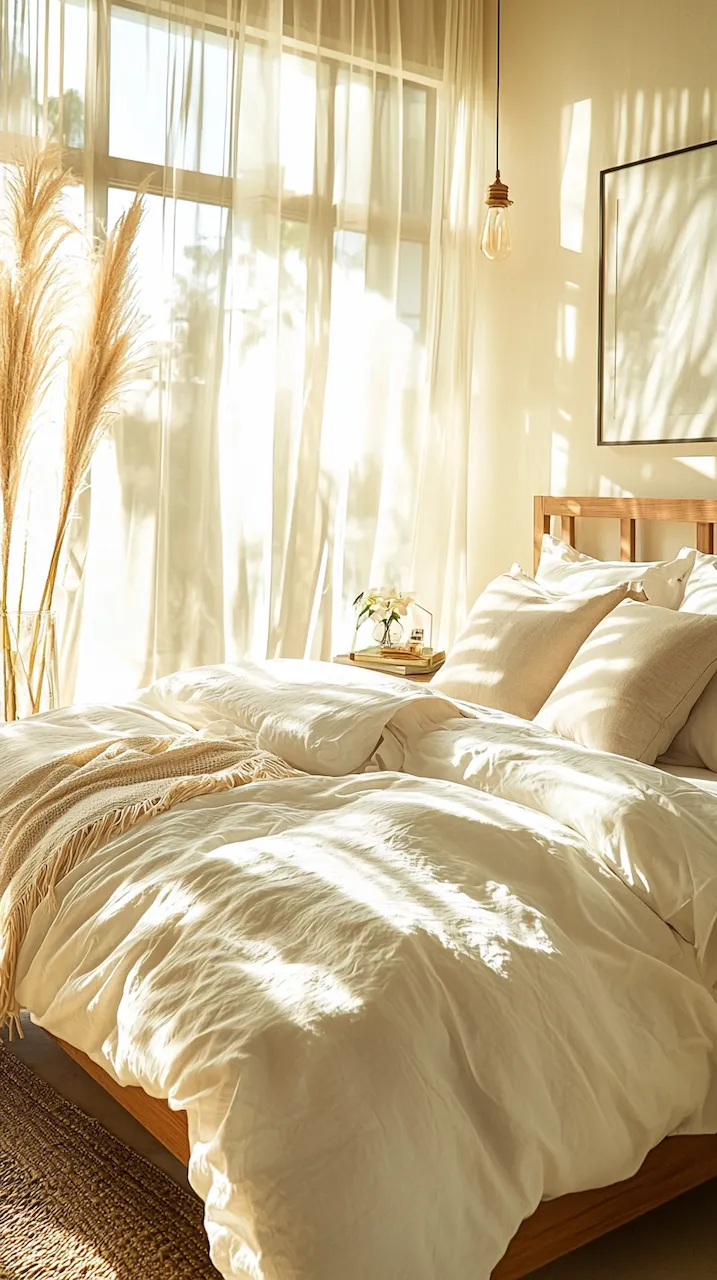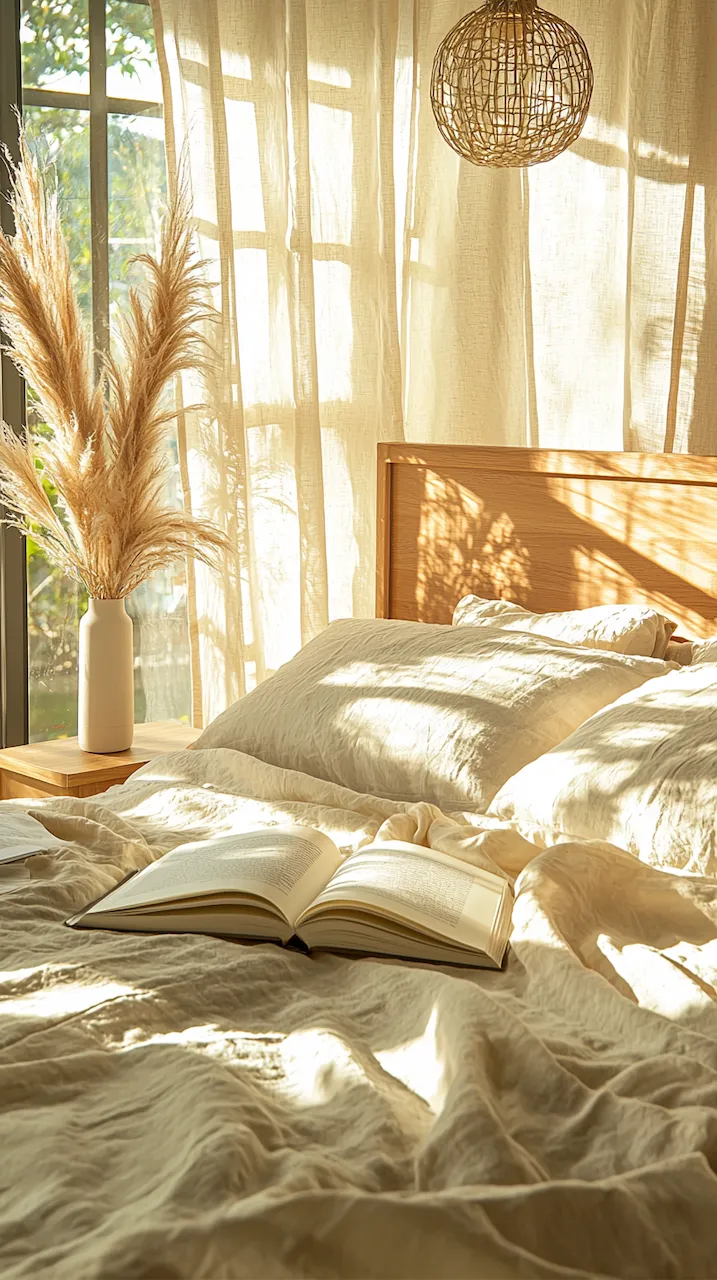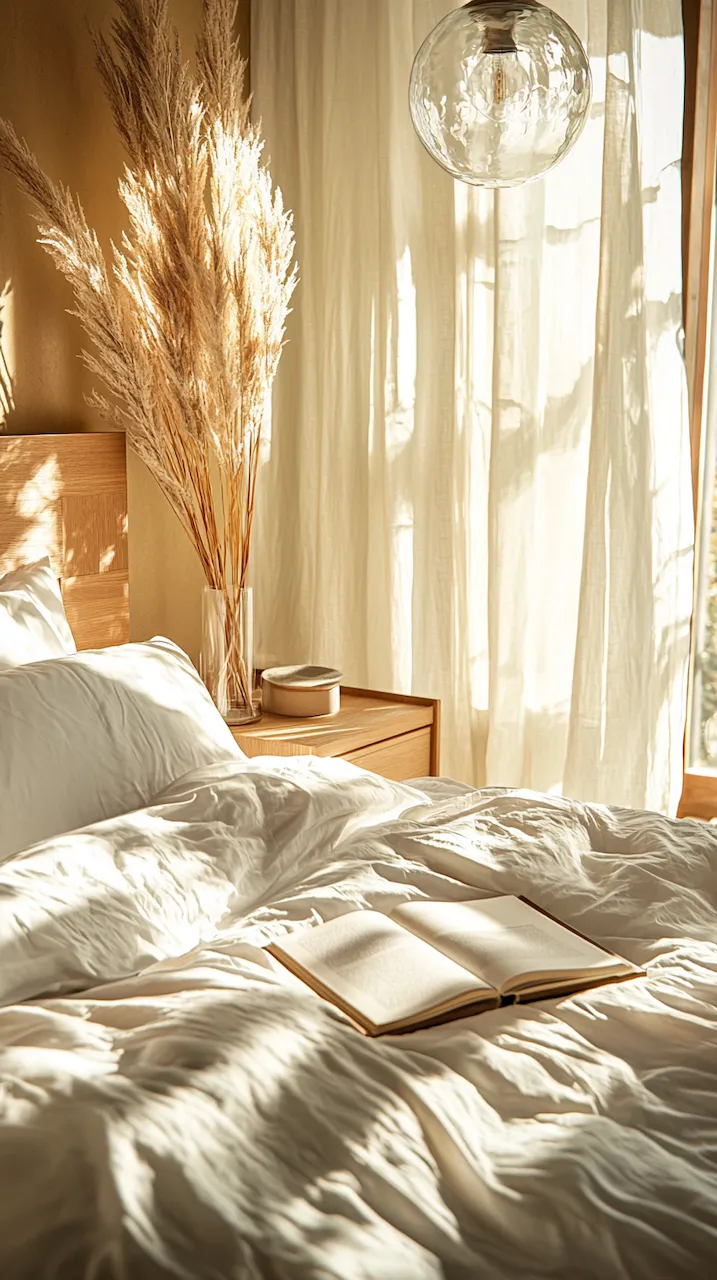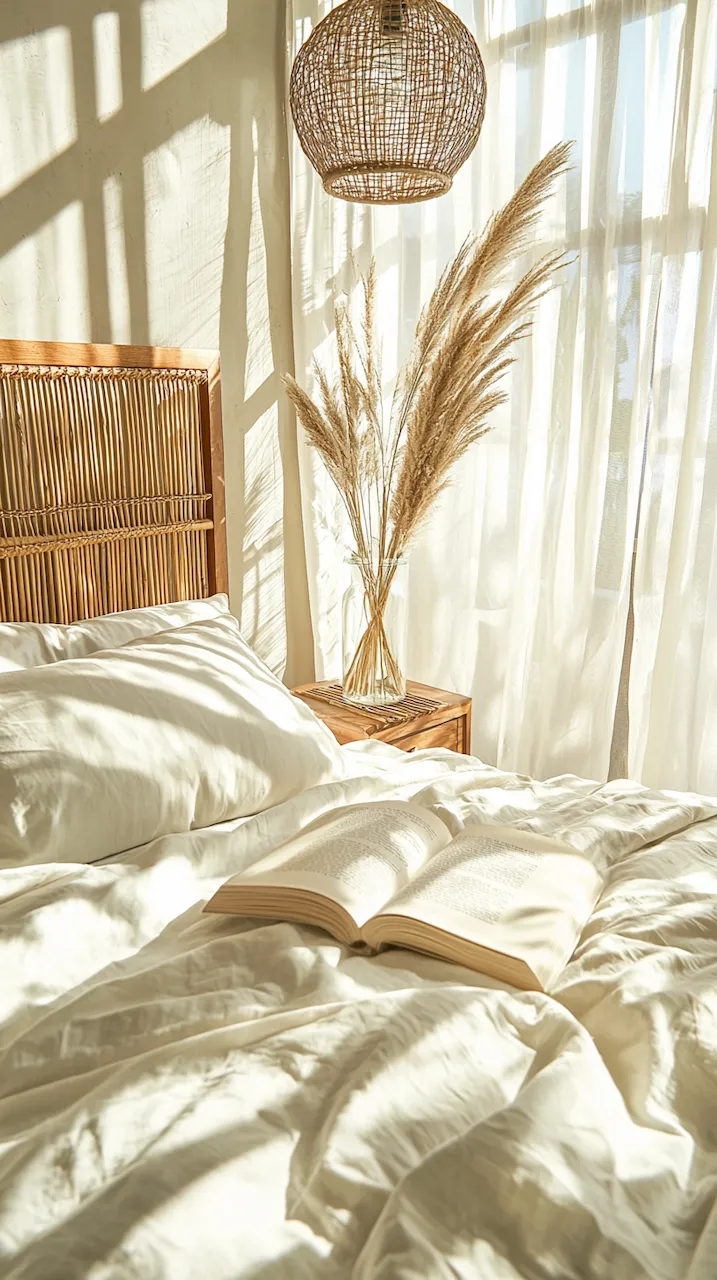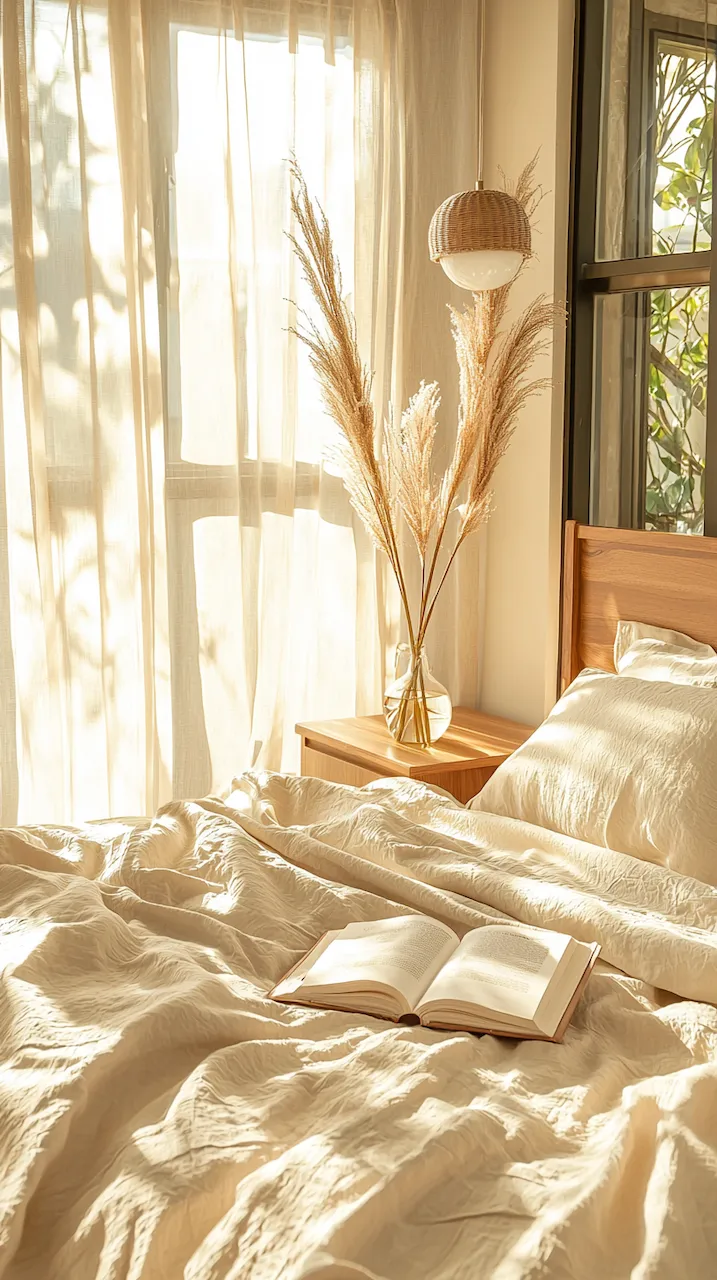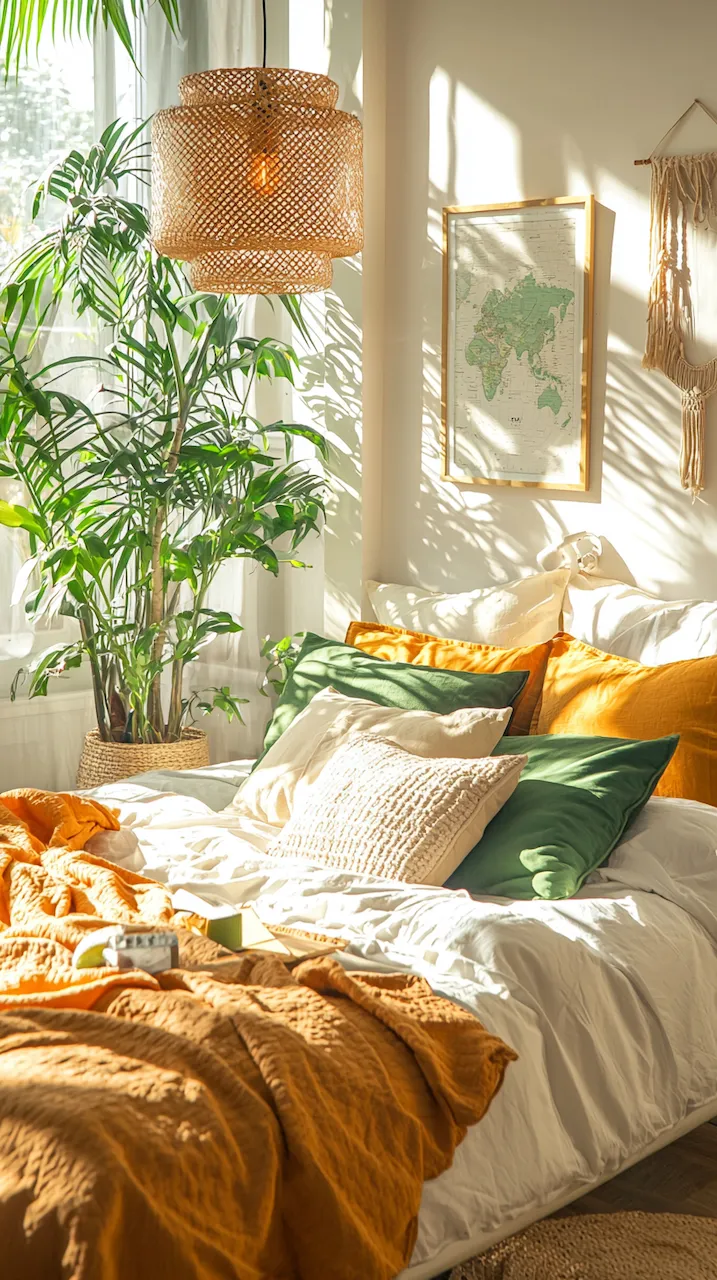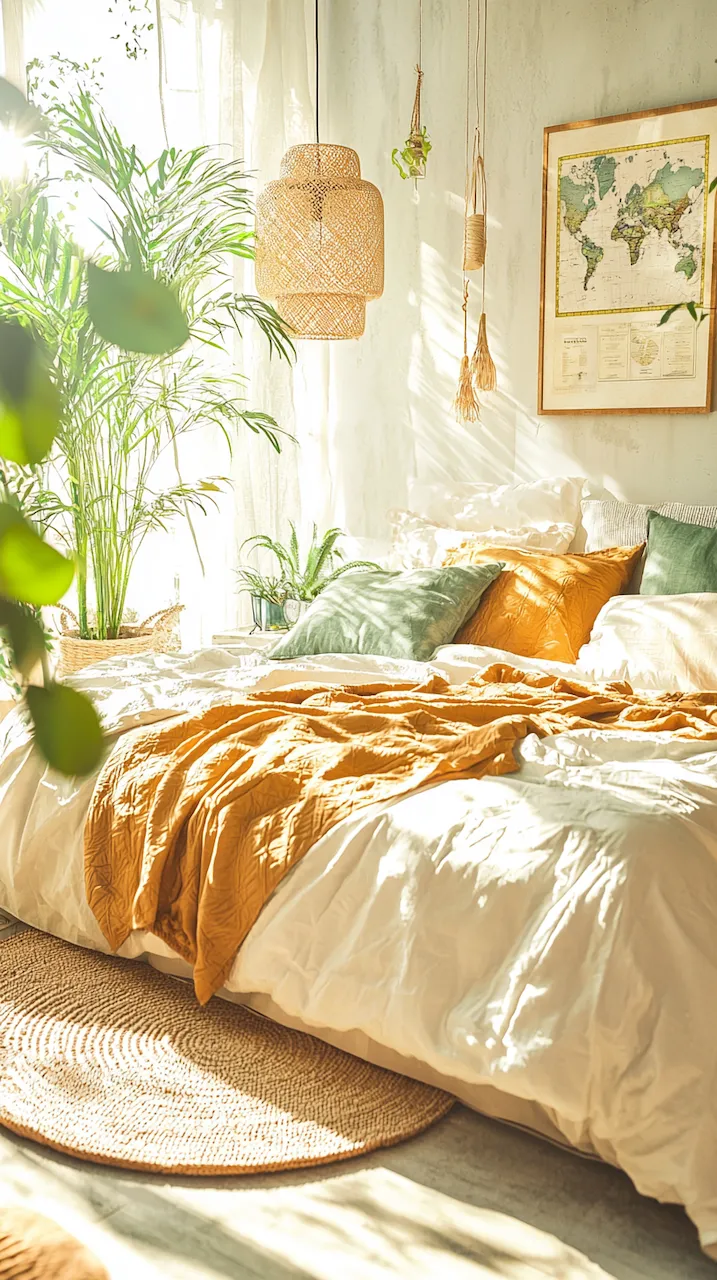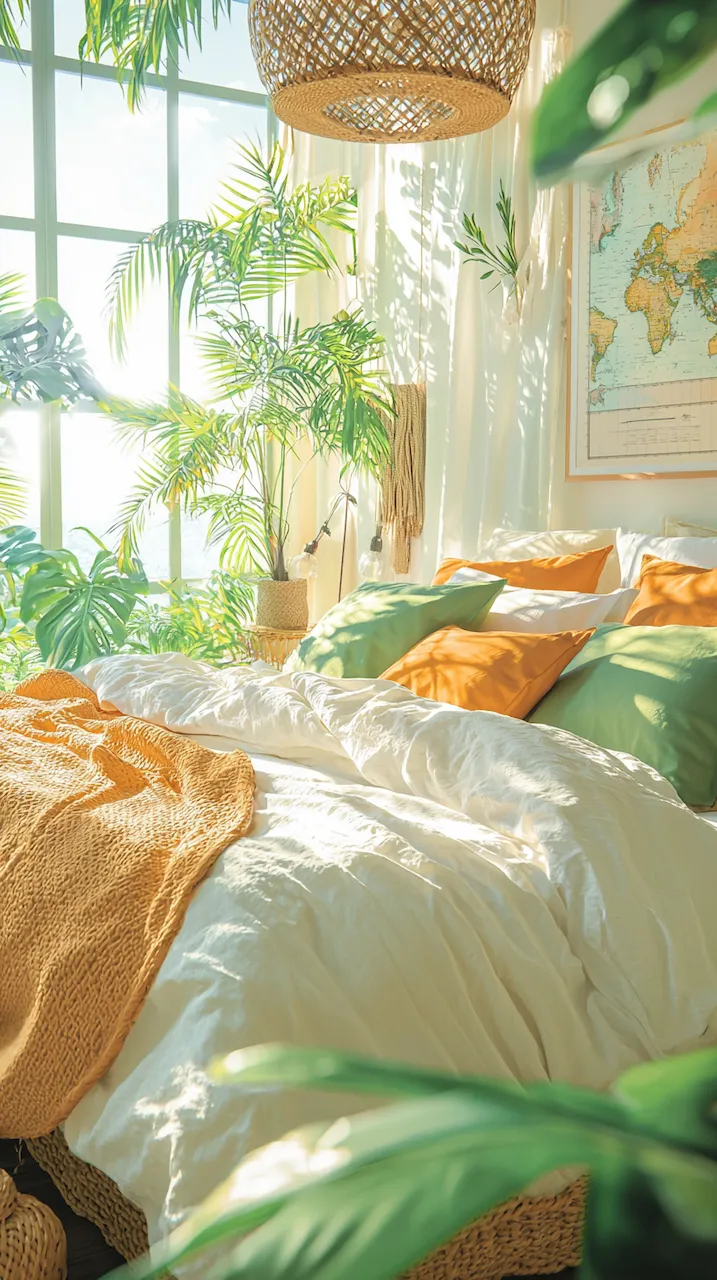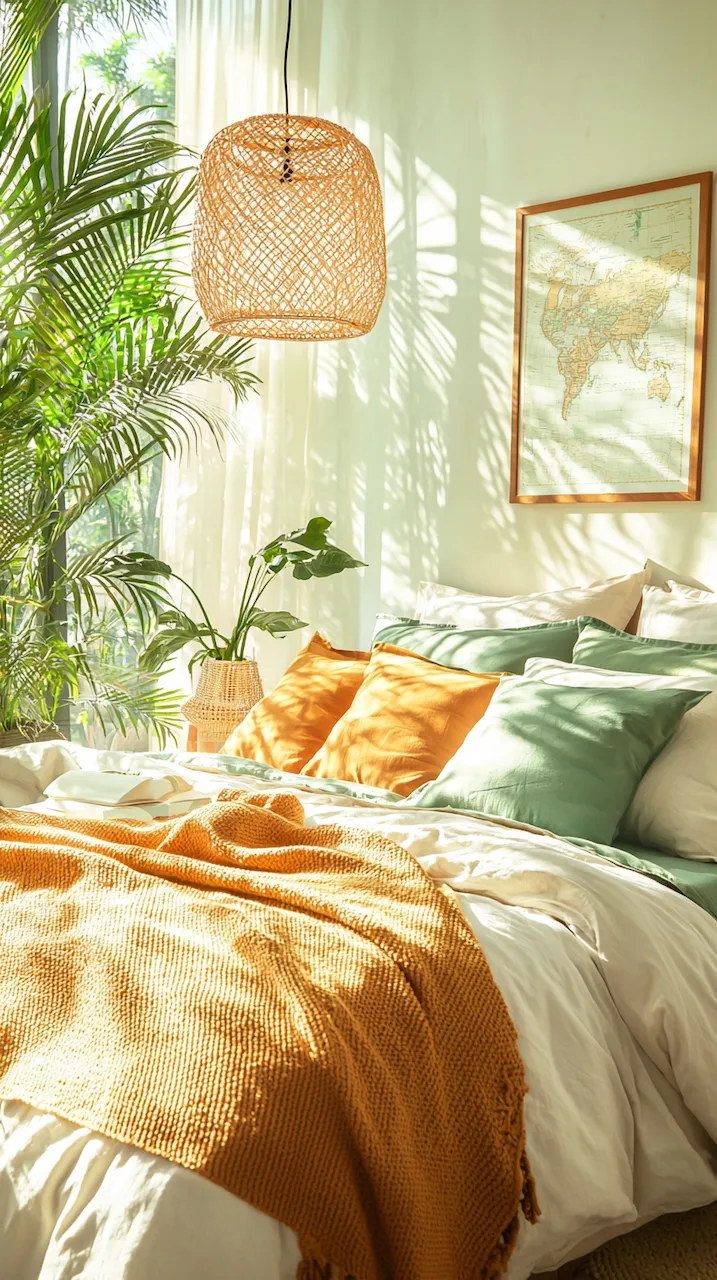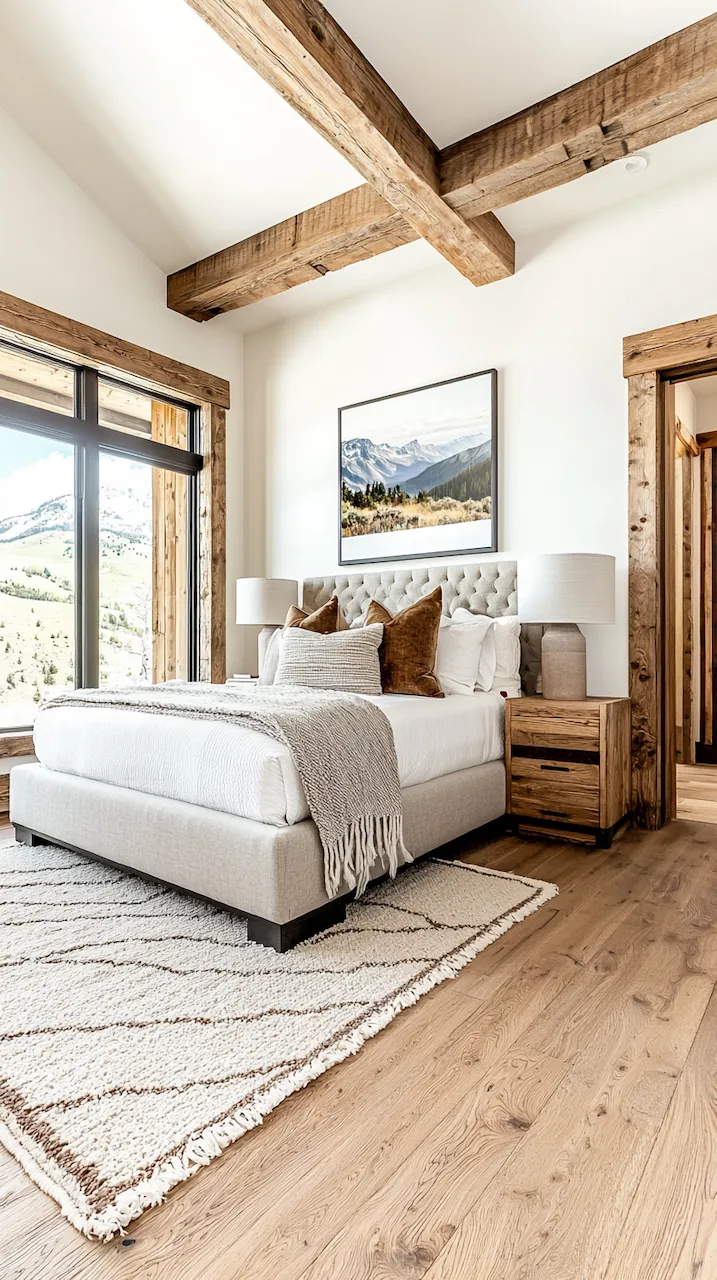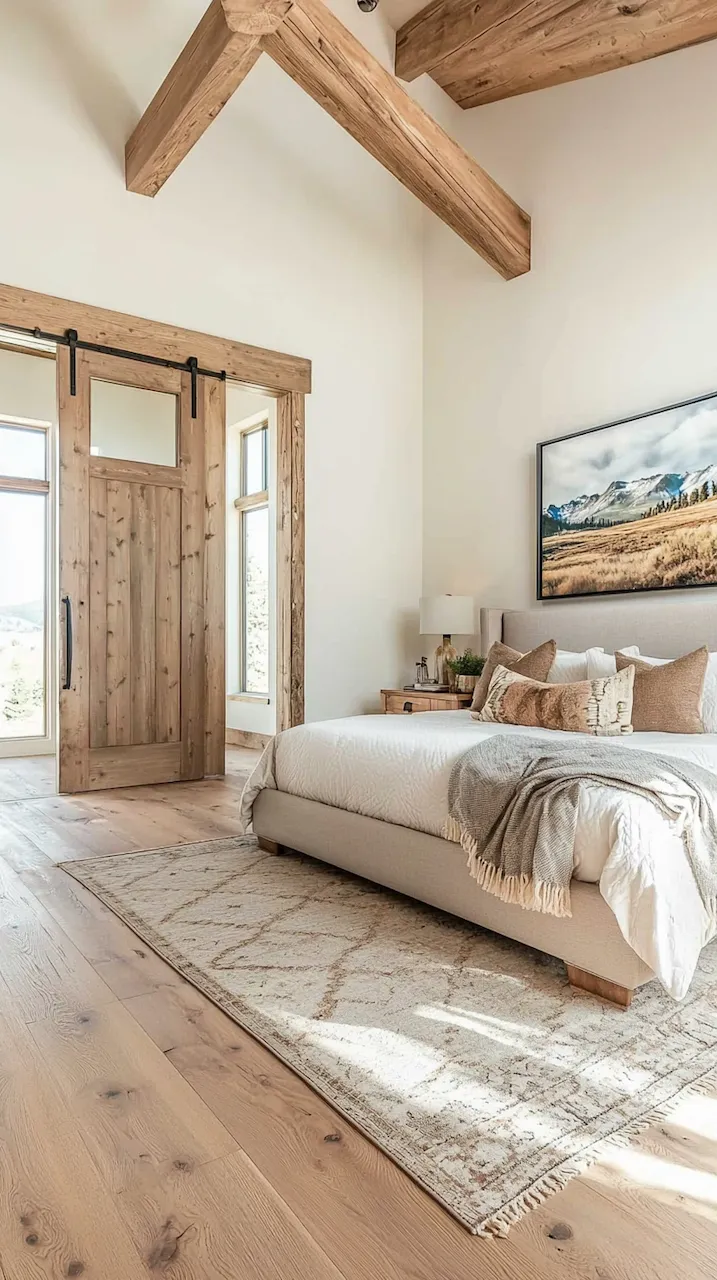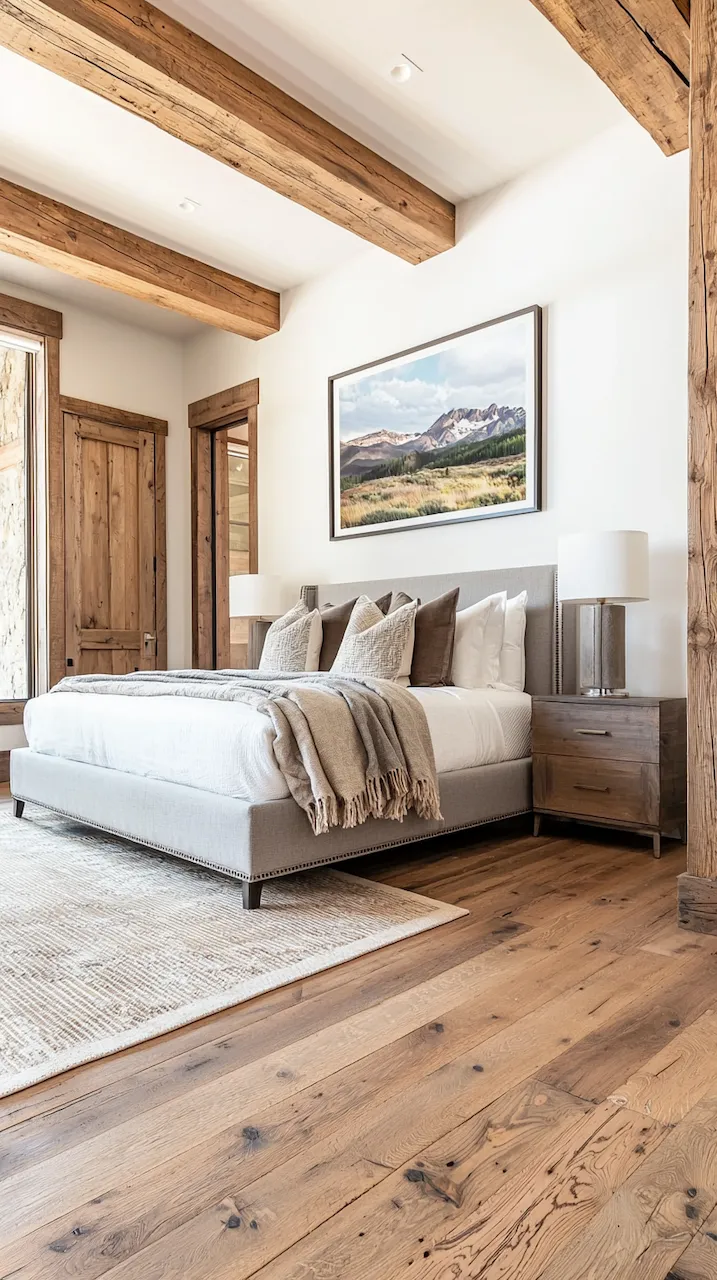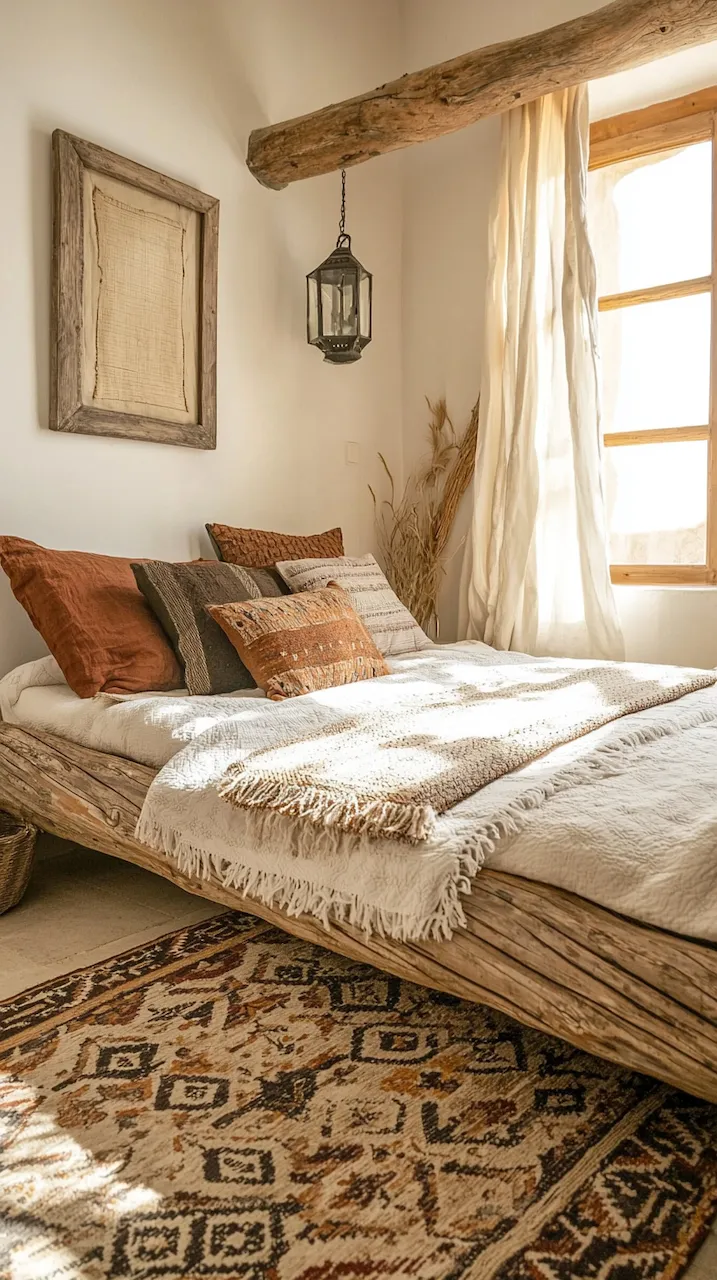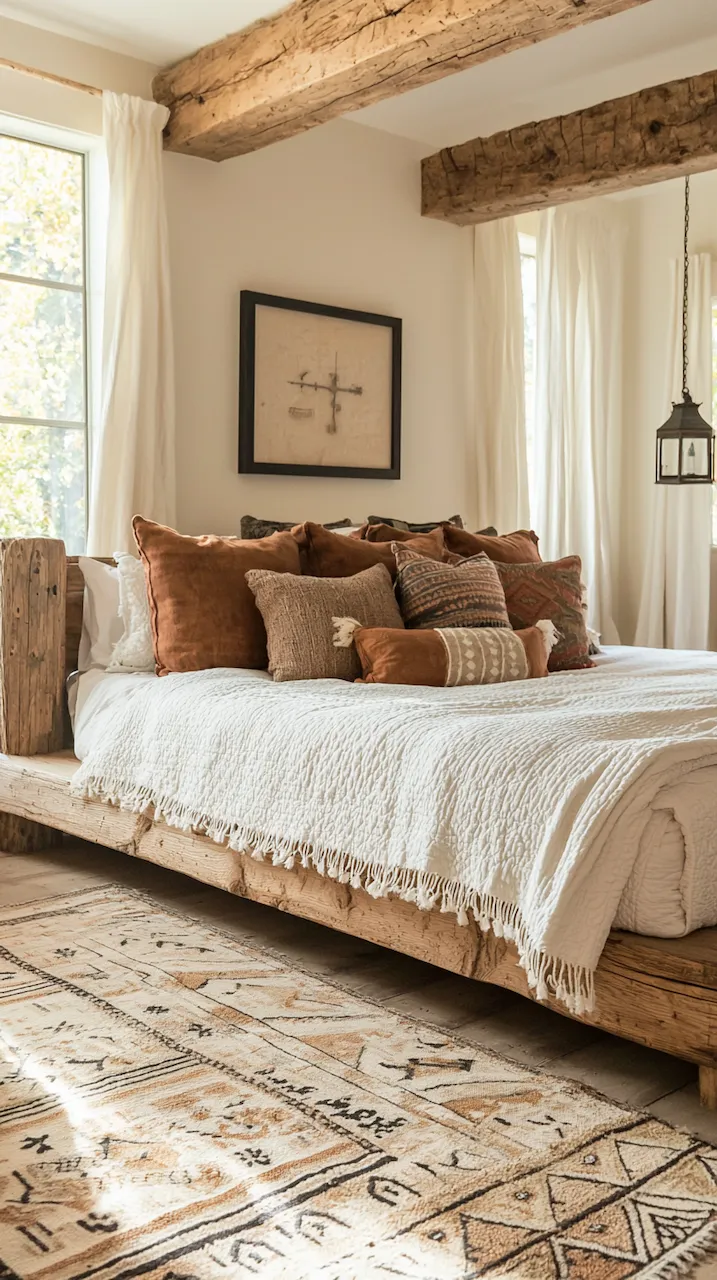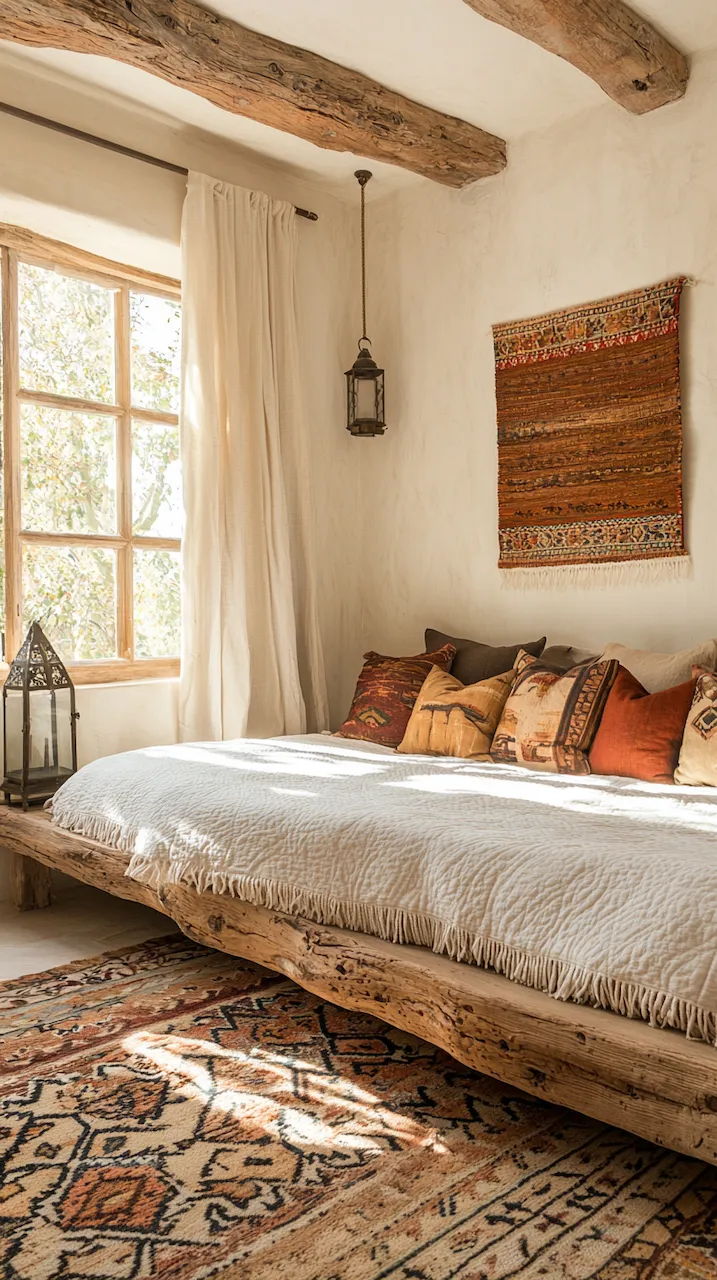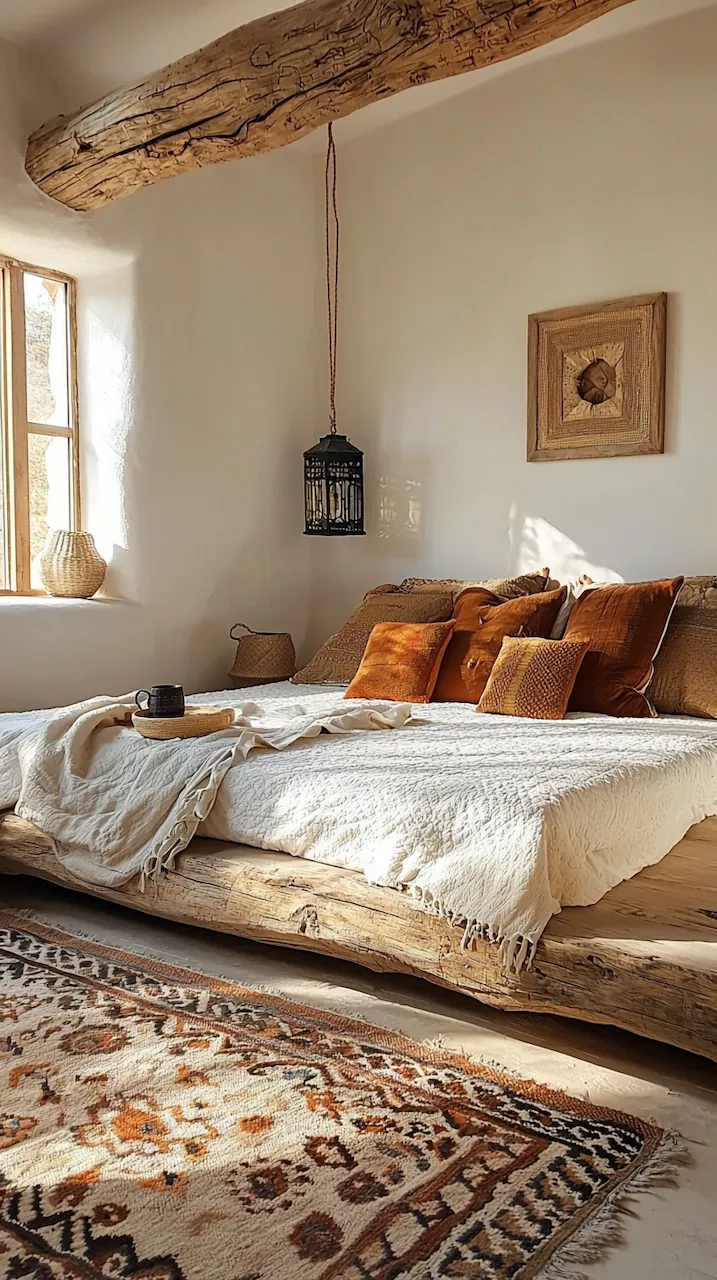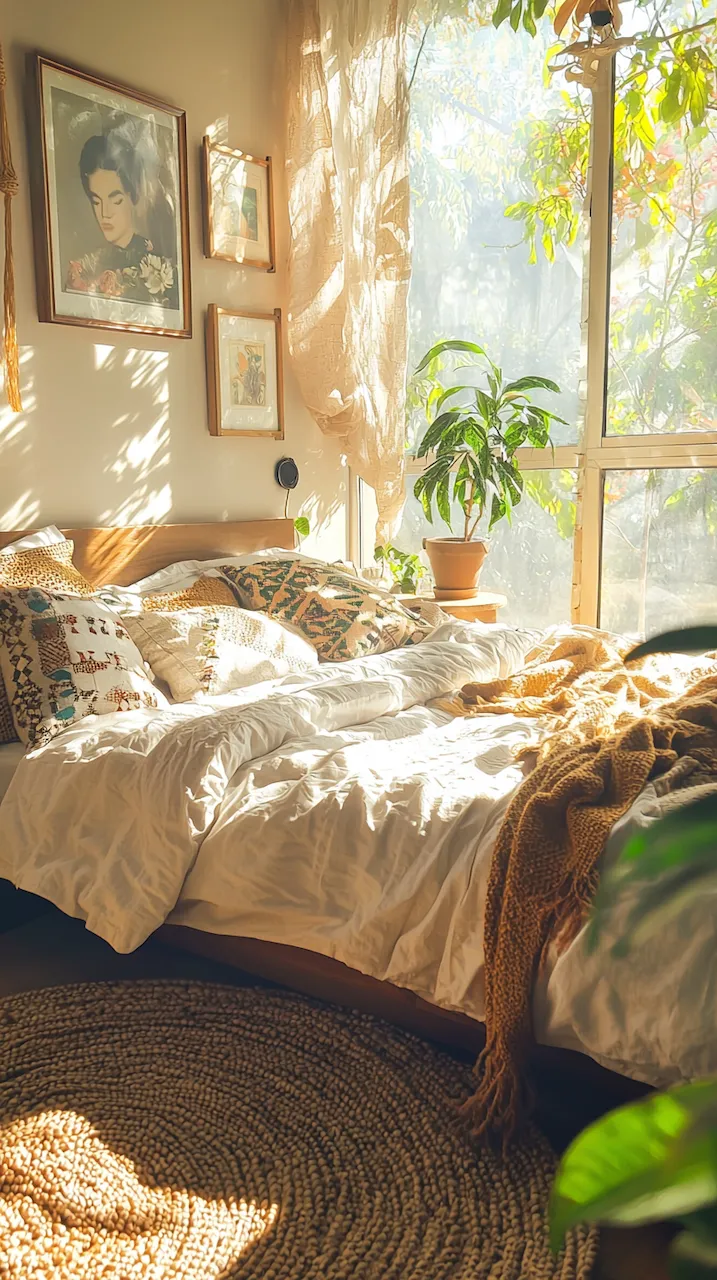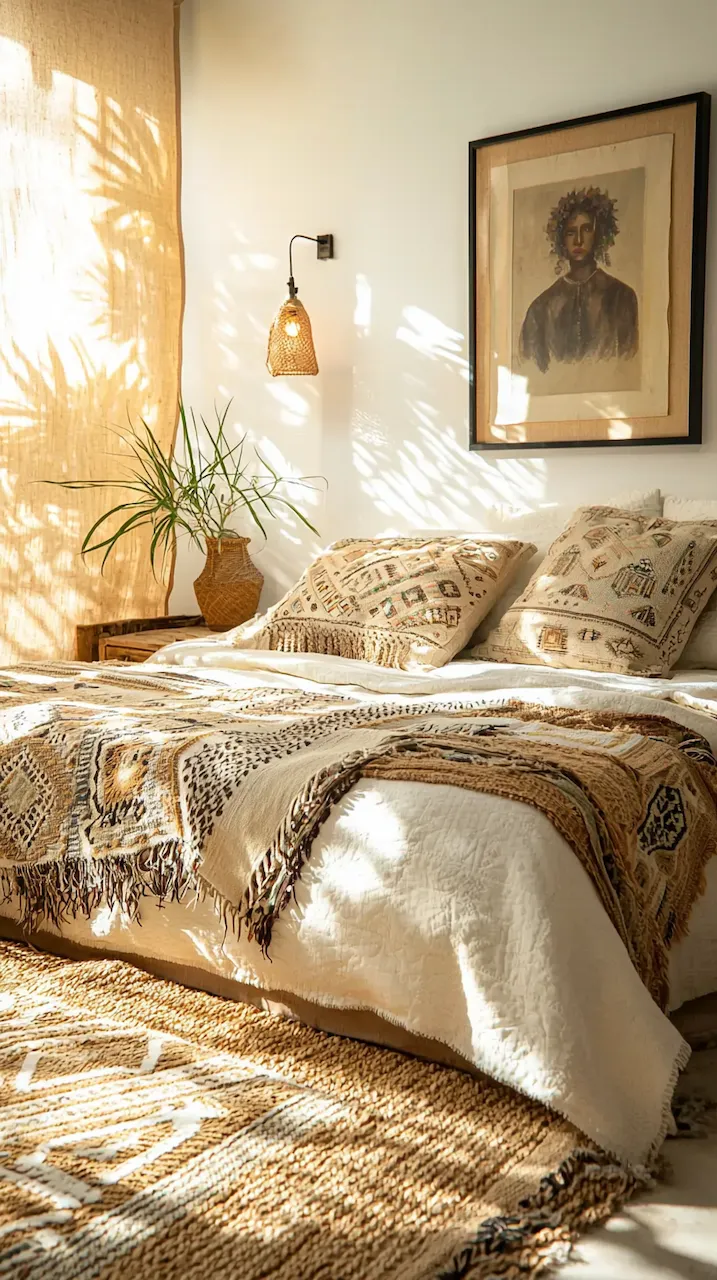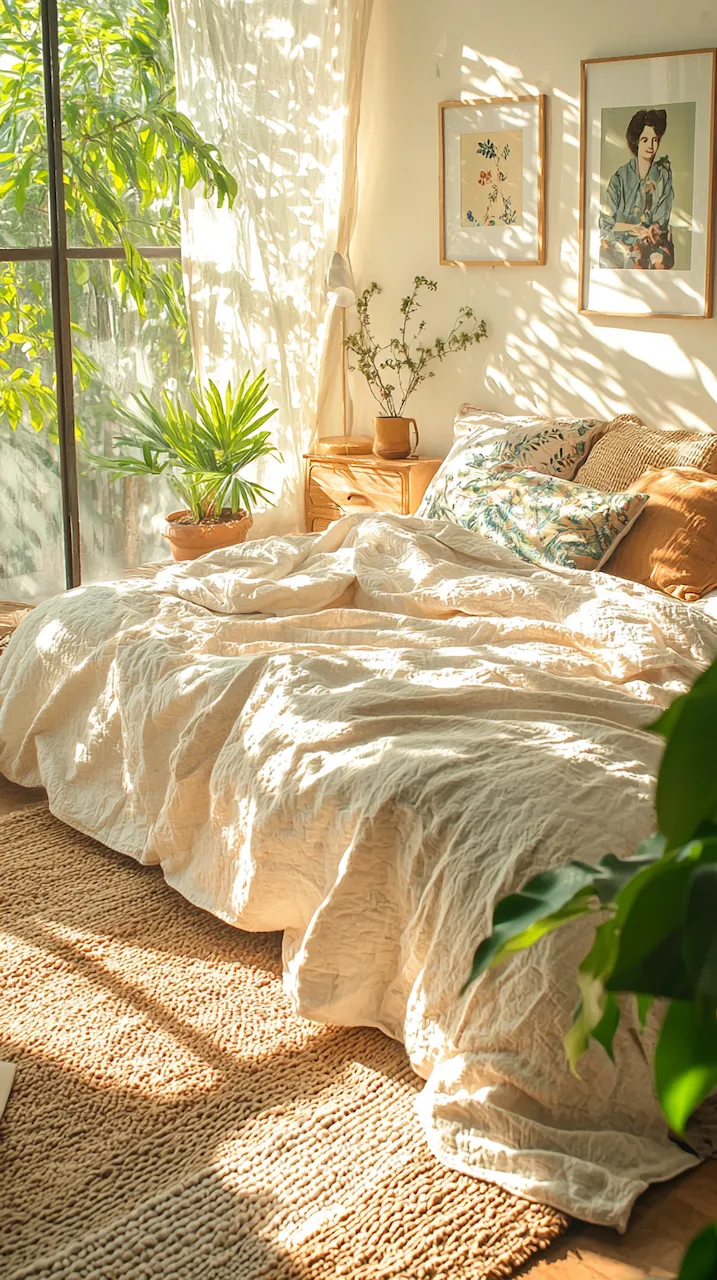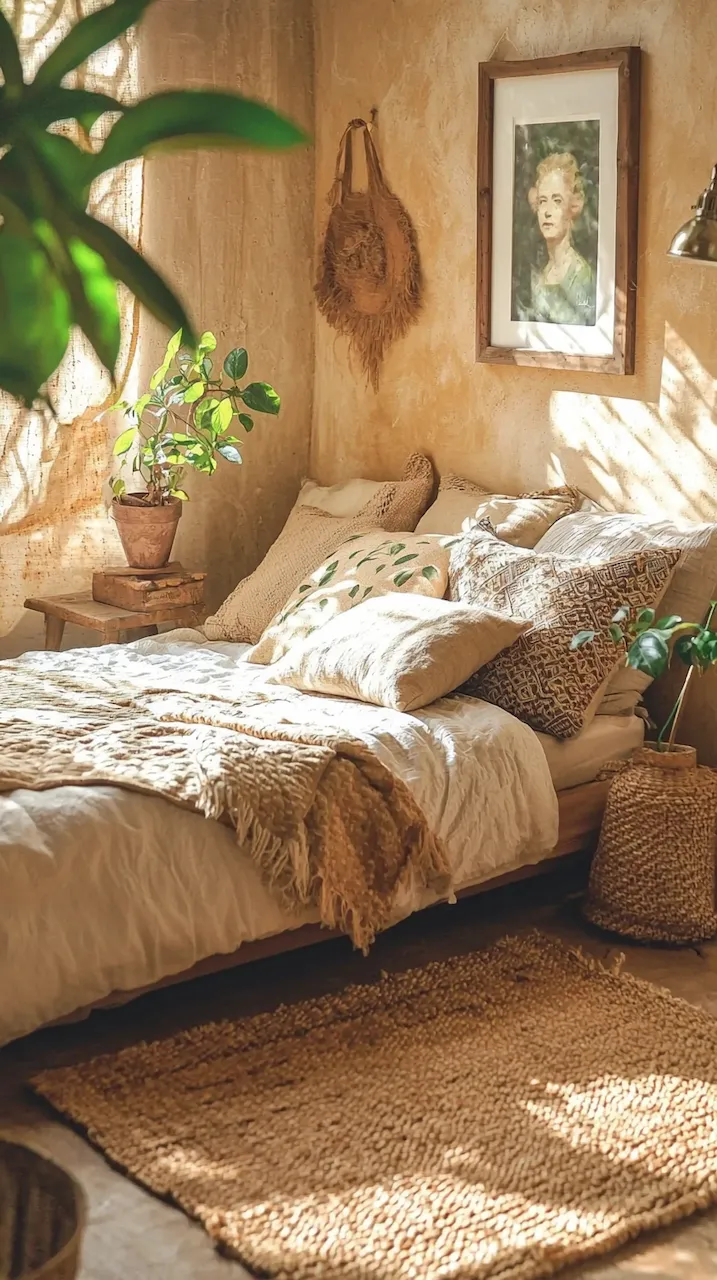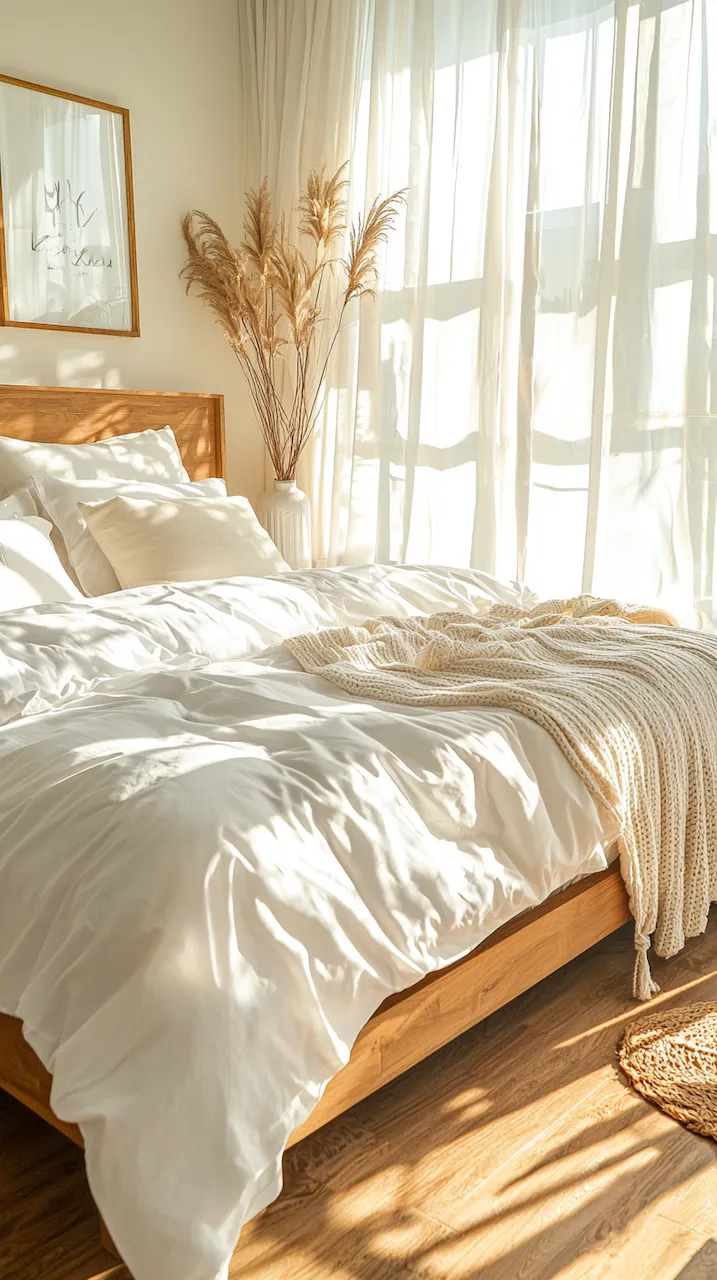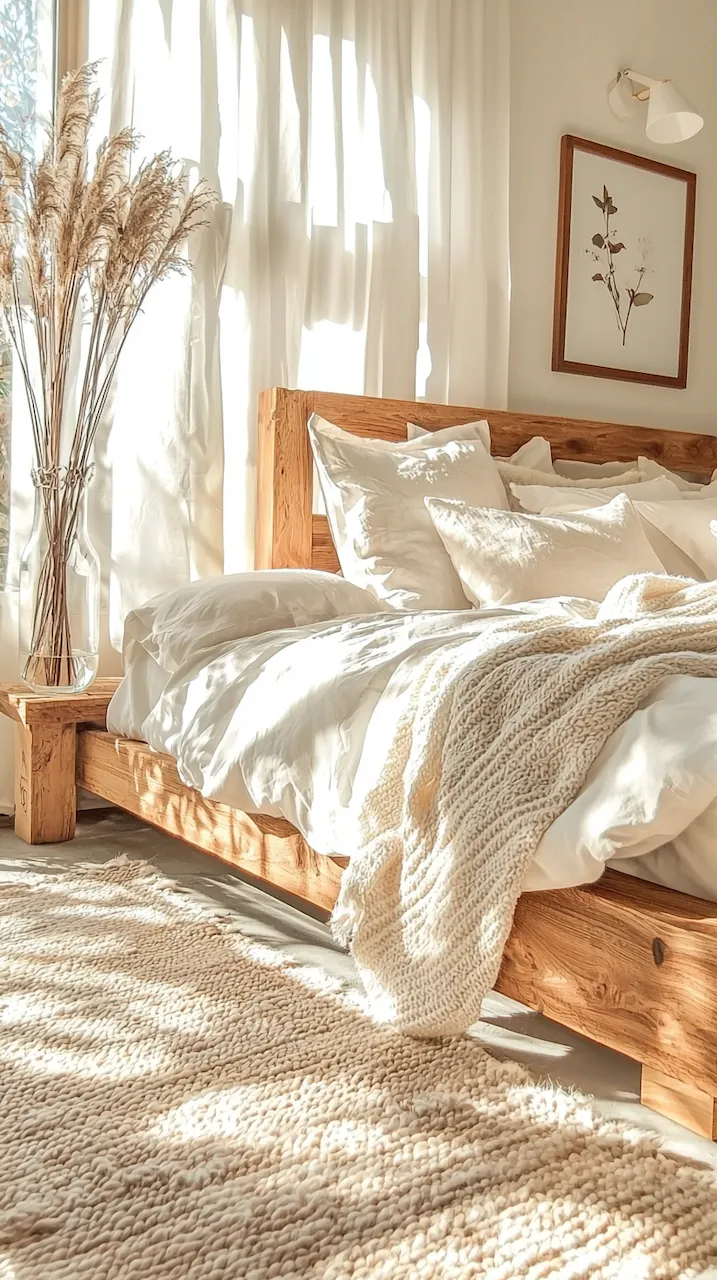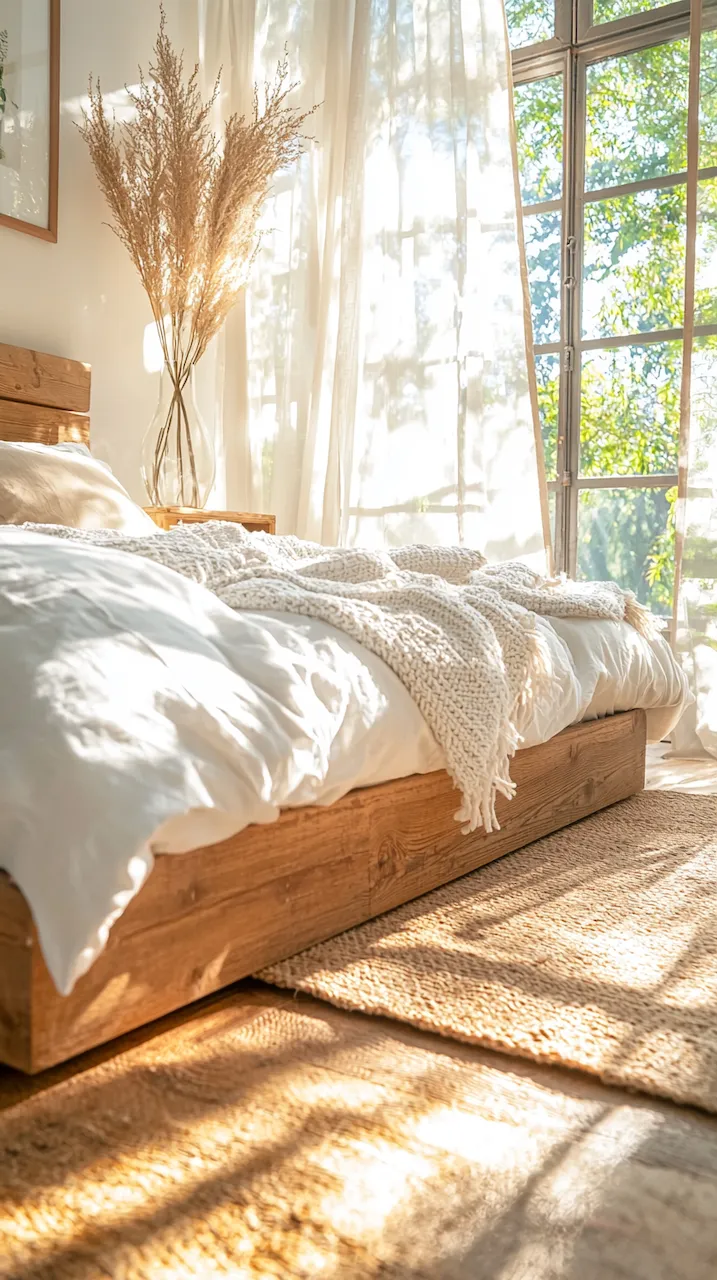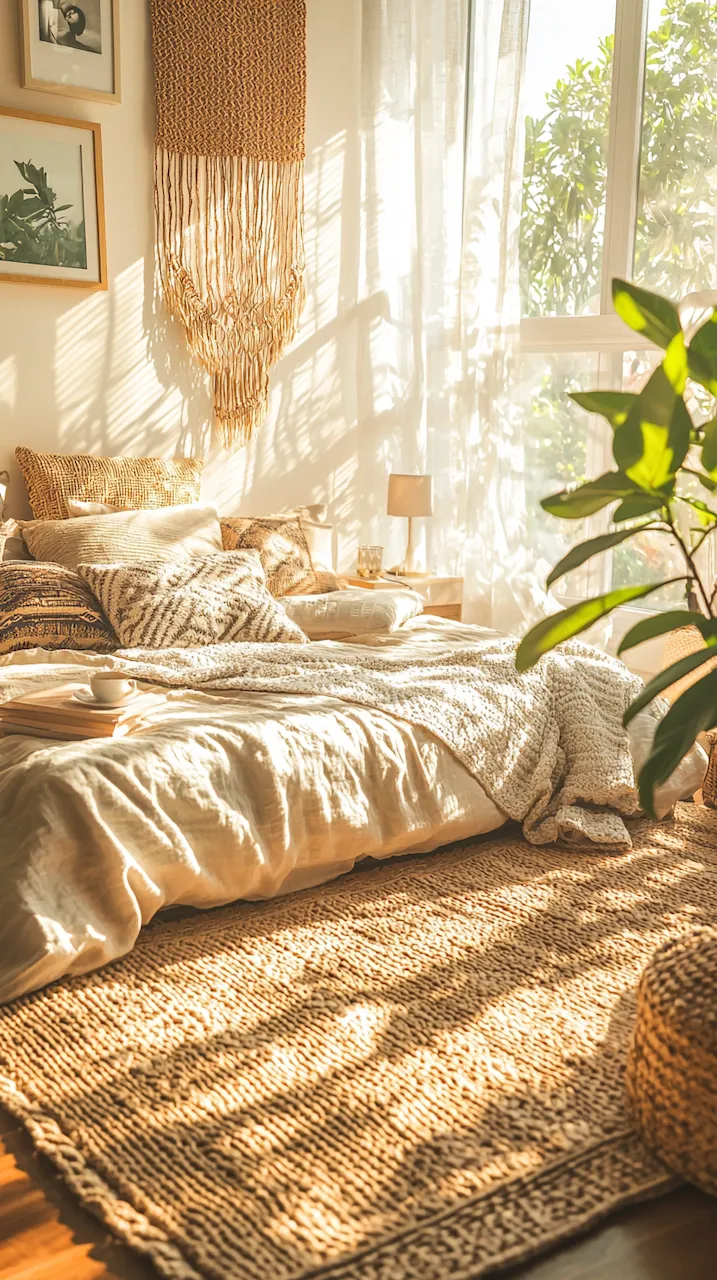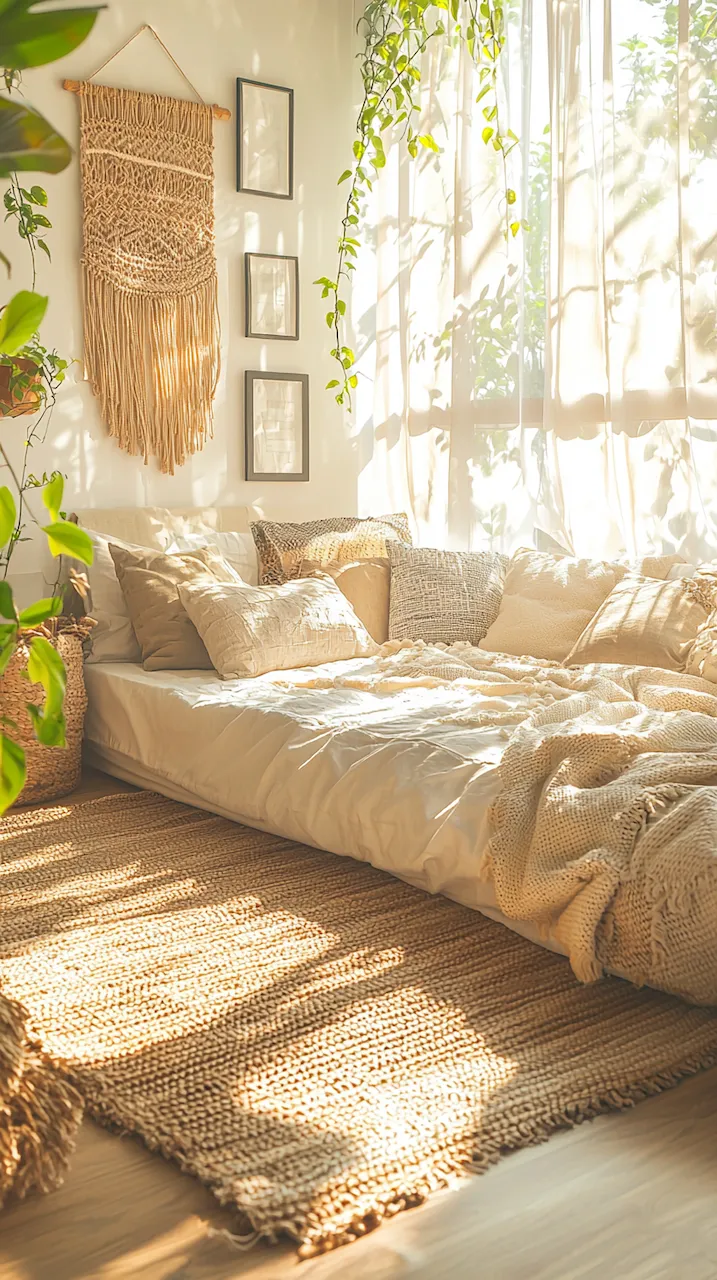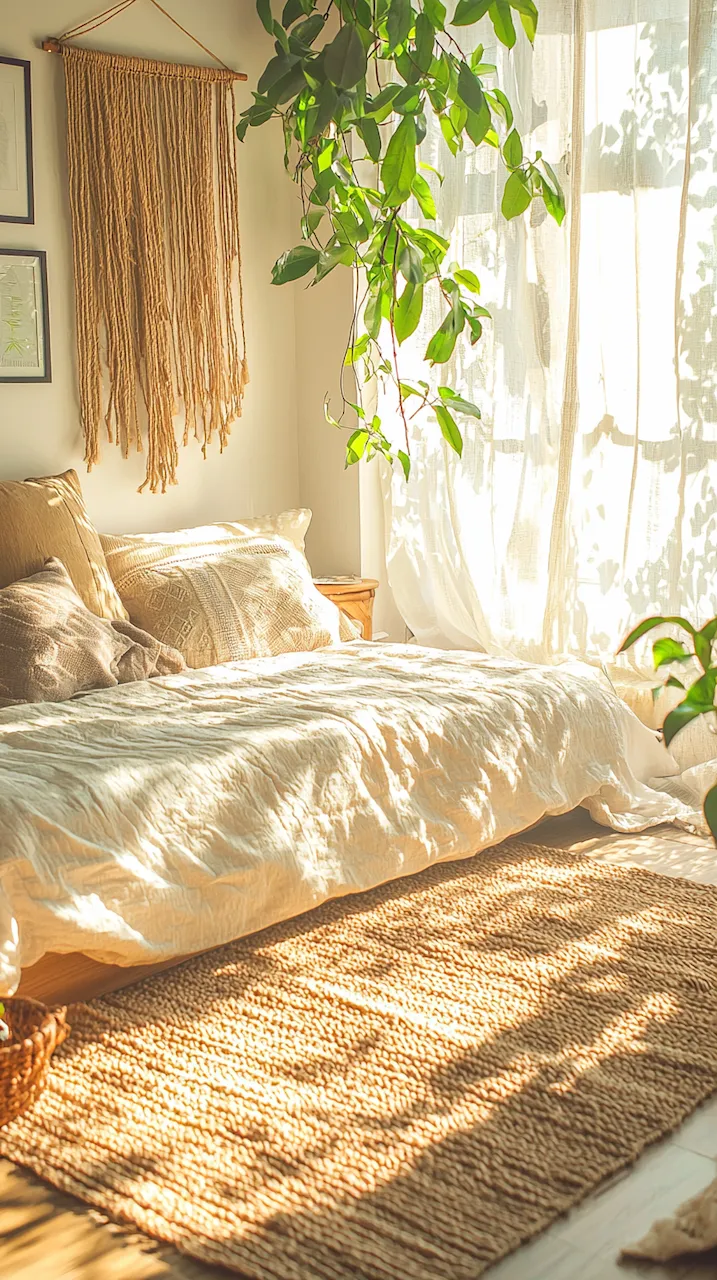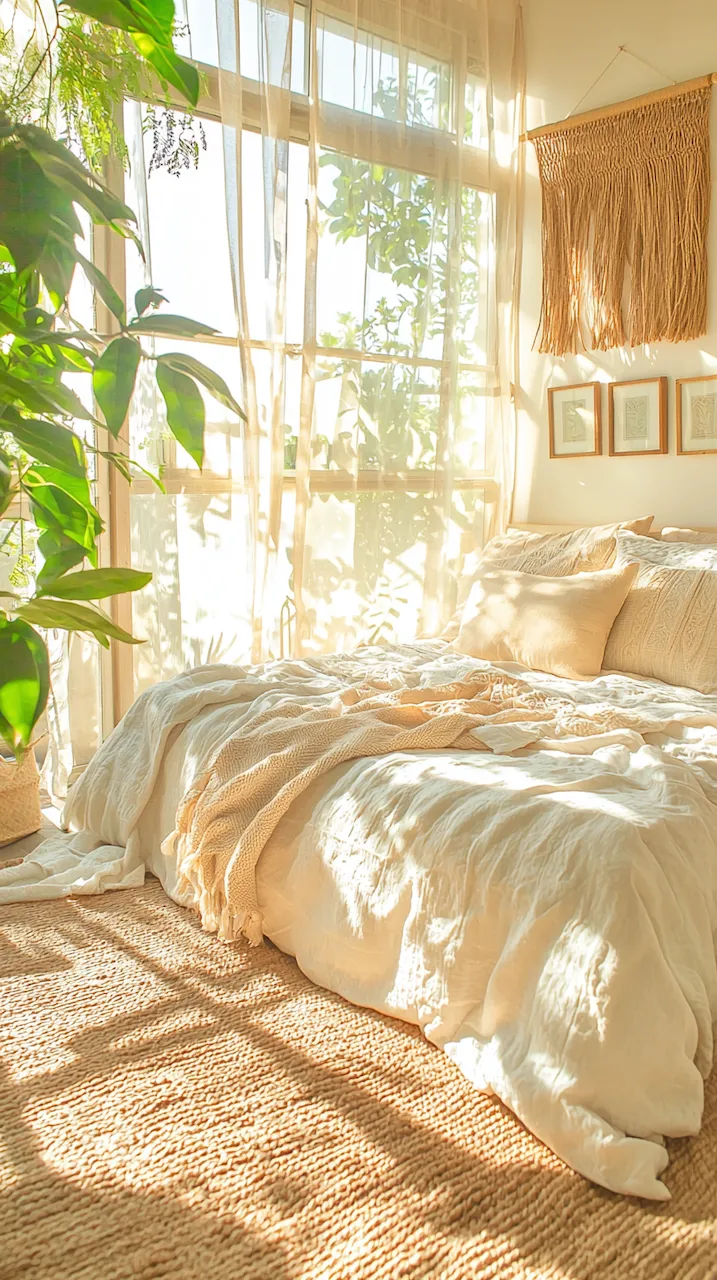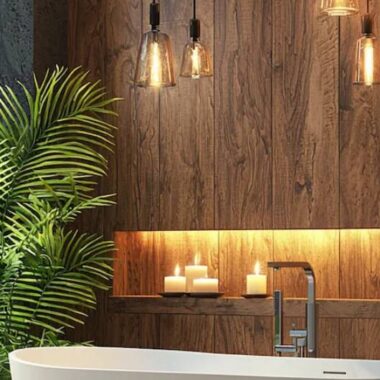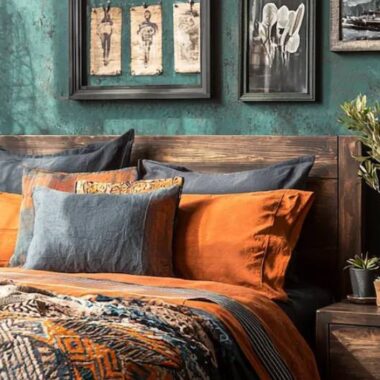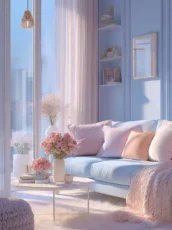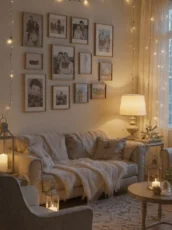Minimalist Cottagecore Bedrooms: Where Quiet Meets Clever
In a world shouting for attention—algorithm-driven aesthetics, hyper-customized feeds, maximalist everything—there’s something deliciously rebellious about restraint. A well-edited bedroom says, I know who I am, and I know when to stop. But don’t mistake minimalism for absence, or cottagecore for nostalgia-drenched whimsy. When these two sensibilities meet, they form a space that is intentional, emotionally resonant, and quietly subversive. Smart design isn’t about good taste—it’s about why you chose that hand-turned oak sconce or let the linen drape just so. It’s a manifesto whispered in hushed tones of cream, ash, and brass.
Statement Meets Structure
Minimalist cottagecore bedrooms operate on the tension between simplicity and soul. They aren’t just designed—they’re curated, edited, lived-in. When structure meets statement, the result is a harmony between architectural discipline and emotional softness. The most compelling rooms don’t scream with decorative excess but make an impact through spatial intelligence and material nuance.
Start with the foundation: the bed. In many minimalist cottagecore interiors, the bed is both focal point and quiet anchor. Picture a spindle-frame bed, raw wood subtly stained, elevated just enough to feel airy. The bedding is deliberately unfussy: hand-dyed linen in a barely-there ivory, perhaps a single quilt passed down from a relative, folded at the foot. This bed doesn’t just function as a place to rest—it tells a story of legacy, of intentional simplicity, of rejecting throwaway culture. Surround it with structural pieces that feel like sculpture. A nightstand in lacquered oak with subtle joinery, a reading lamp with a matte black stem and brass toggle switch, a chair that is more silhouette than seat. Each piece pulls its weight.
Yet structure alone isn’t enough. These rooms thrive on what we might call “functional sentimentality.” A small basket beside the bed might be hand-woven in the South of France or purchased from a local co-op—what matters is the conscious choice. Furniture becomes narrative when it has lineage, when it’s built to last or bears the imperfections of handcraft.
Shelving becomes architectural as well as expressive. Consider floating shelves in ash or white oak, their slim proportions echoing traditional millwork but stripped of ornament. Here, the curation is key. A first edition novel with its spine gently cracked. A handmade candle in stoneware glaze. A framed cyanotype of a native plant from your region. Minimalist cottagecore doesn’t shy away from personal history—it just chooses to express it in quieter, more focused tones.
Even the floorplan speaks. Built-in benches under a window double as storage and reflective spaces, turning overlooked corners into meditative nooks. The integration of form and function becomes a quiet protest against the throwaway, the temporary, the overly ornate. This is design with ethics as well as aesthetics.
Lighting, too, plays a starring role. A singular pendant, deliberately placed and proportioned, becomes a kind of sculptural punctuation. Overhead lighting is often softened with diffused glass or natural fiber shades—think flax, rice paper, or woven rattan—keeping the mood contemplative rather than clinical. Wall sconces are small, architectural moments in and of themselves: metalwork that feels like modern relics, their patina growing more beautiful over time.
Contrast this structure with tactile softness. A handwoven rug grounds the room, its fibers worn and nuanced. Curtains made of raw silk or unbleached muslin puddle slightly on the floor—a detail that speaks to the imperfect perfection of a lived-in space. These are rooms that prize slowness and sensuality, where everything has a purpose and a past.
Ultimately, the marriage of statement and structure in a minimalist cottagecore bedroom is about anchoring beauty in utility, and elevating utility to the realm of the beautiful. Nothing is purely decorative, but nothing is purely utilitarian either. This is design for people who think deeply, who live with intention, who seek a kind of cultivated stillness. Here, each line, each object, each negative space is considered. This isn’t a room that tries to impress with extravagance; it whispers its brilliance through restraint. It doesn’t try to be trendy. It tries to be true.
The Power of Asymmetry
Asymmetry, in the minimalist cottagecore lexicon, isn’t an accident—it’s a language. It eschews the neat-and-tidy binaries of matching nightstands, symmetrical pillows, and perfectly centered frames in favor of something far more soulful: visual rhythm that mimics nature, imperfection that feels intentional, a kind of poetic imbalance that makes a space feel human.
The traditional bedroom layout—bed in the center, nightstands flanking either side, lamps mirrored like bookends—has its merits, but it doesn’t invite curiosity. Asymmetry, by contrast, draws the eye differently each time. Place a single side table on one side of the bed, and on the other, a low, stacked arrangement of books topped with a ceramic lamp. Mount a wall sconce on only one side, leaving the other bare or adorned with a hanging plant suspended from a barely-visible brass hook. These design choices disrupt expectation gently, making a room feel alive.
Asymmetry also offers a spatial solution for small or irregular rooms. Perhaps one side of your bedroom is longer than the other, or a window interrupts the space where a nightstand might go. Rather than force symmetry, lean into the room’s natural idiosyncrasies. A narrow desk beneath a window becomes a writing nook. A tall plant in the corner balances the visual weight of a lower dresser on the other side. Shelving can cascade in a stepped arrangement, mimicking the rise and fall of melody in music.
And it’s not just about where you place things—it’s also about how you display them. Gallery walls become visual essays when you resist the grid. Let frames float in a pattern that mimics a constellation rather than a spreadsheet. Use different materials and shapes: a round mirror beside a rectangular painting, a small pressed flower framed in brass adjacent to a raw-edged textile sample. This blend of scale, shape, and placement creates a kind of visual counterpoint—unexpected, engaging, and deeply personal.
Asymmetry is also a powerful tool in color play. Instead of color blocking both sides of a room, introduce contrast subtly and unevenly: a deep olive green painted on two-thirds of the wall, leaving a band of white above. Let the tones shift across the space rather than contain them in mirrored applications. The palette moves like a landscape, not a blueprint.
Texture benefits from the same approach. On one side of the bed, a linen curtain floats like a sail; on the other, exposed plaster or painted brick grounds the composition. Drape a quilt diagonally across the bed rather than centered. These moves, however small, create a visual tempo that encourages the eye to wander and rest.
In a philosophical sense, asymmetry honors the imperfections of real life. It resists the sterility that often comes with strict minimalism by injecting a note of unpredictability. It leaves space for evolution. As your tastes shift, as you collect new objects, your asymmetrical layout can adapt without shattering.
Ultimately, asymmetry in a minimalist cottagecore bedroom is about authenticity. It invites expression without artifice, beauty without rigidity. It reminds us that rooms, like lives, don’t need to be perfectly balanced to be deeply satisfying. They need only to be honest, and to hold space for the beautiful irregularities that make us who we are.
